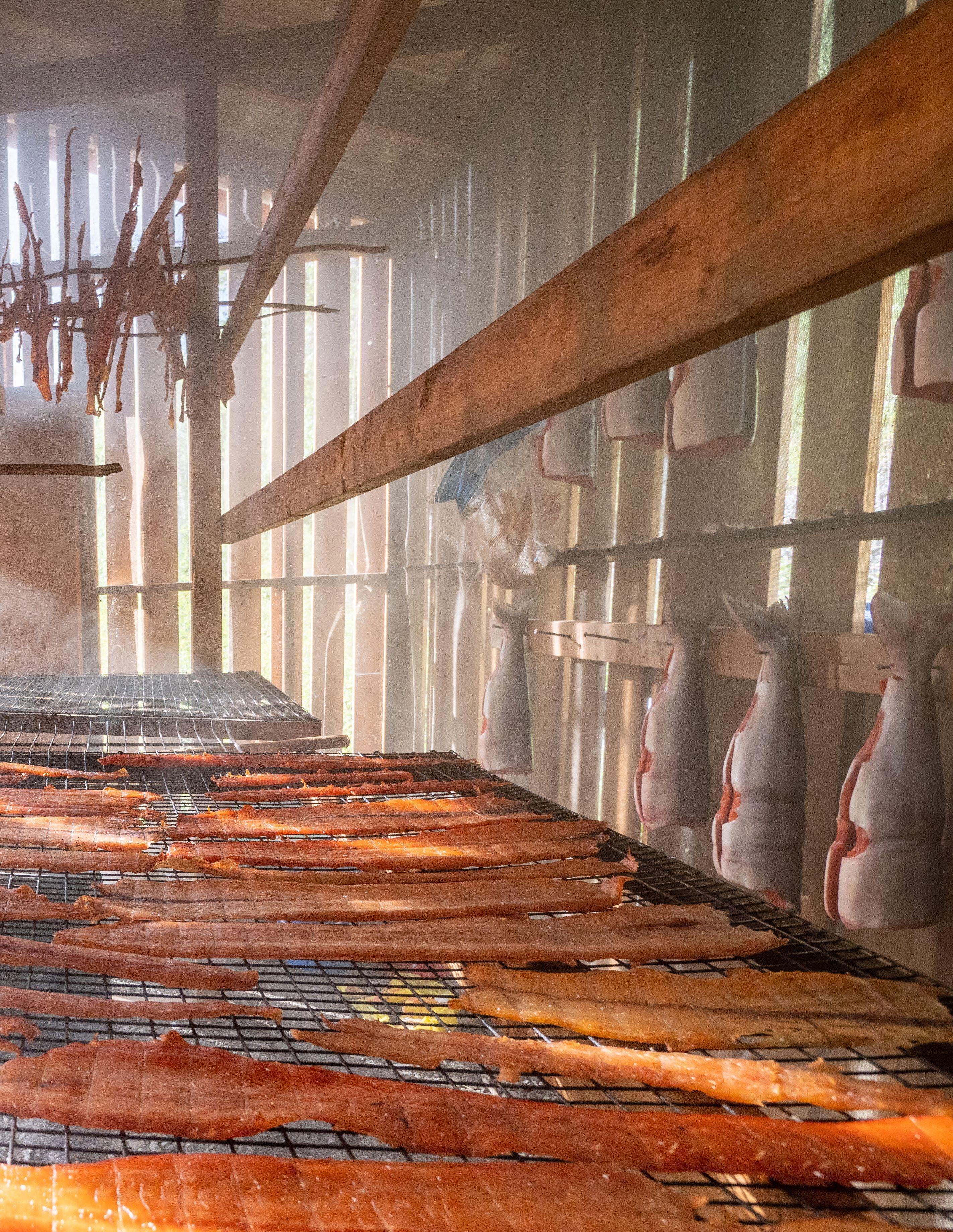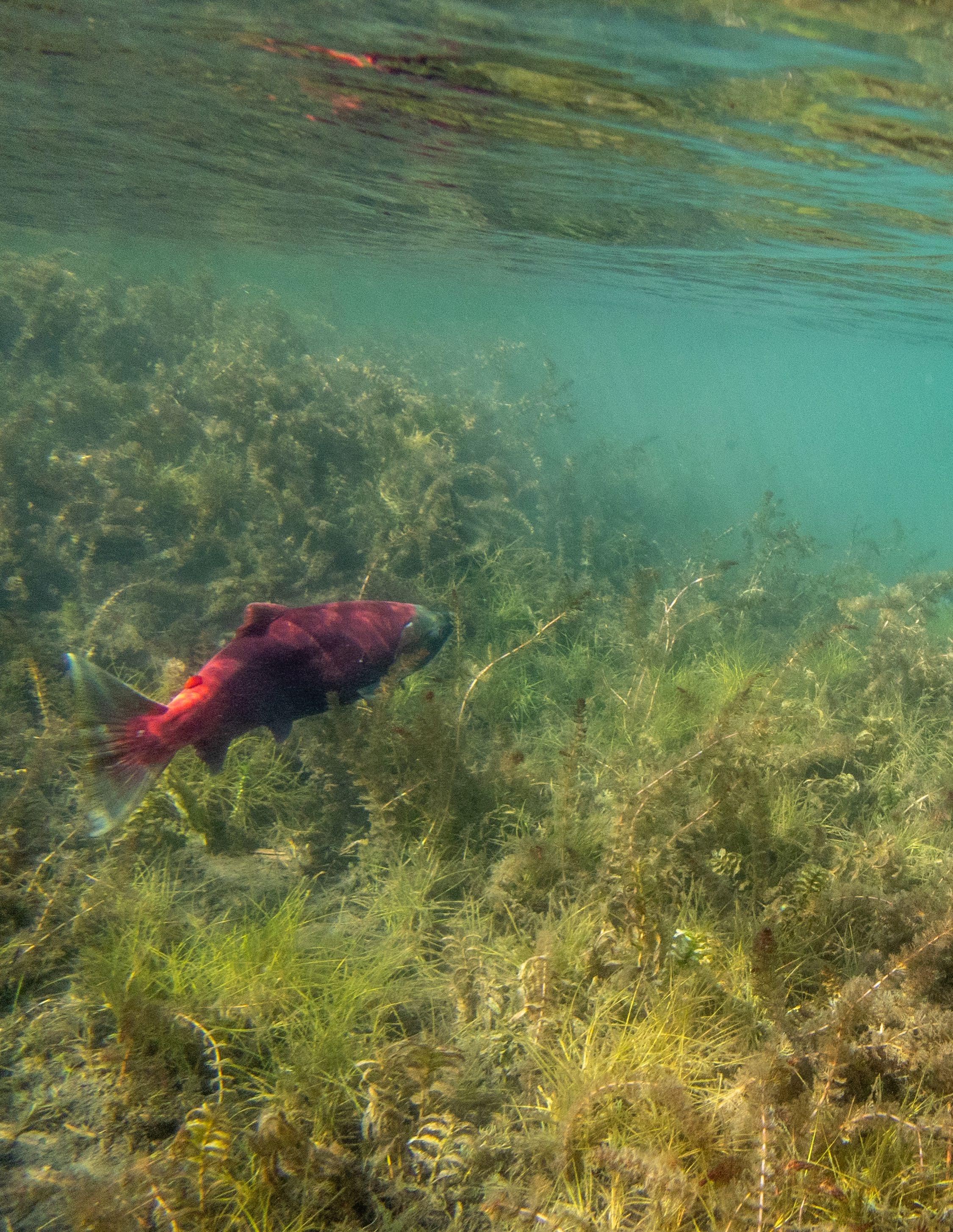Fish & Wildlife
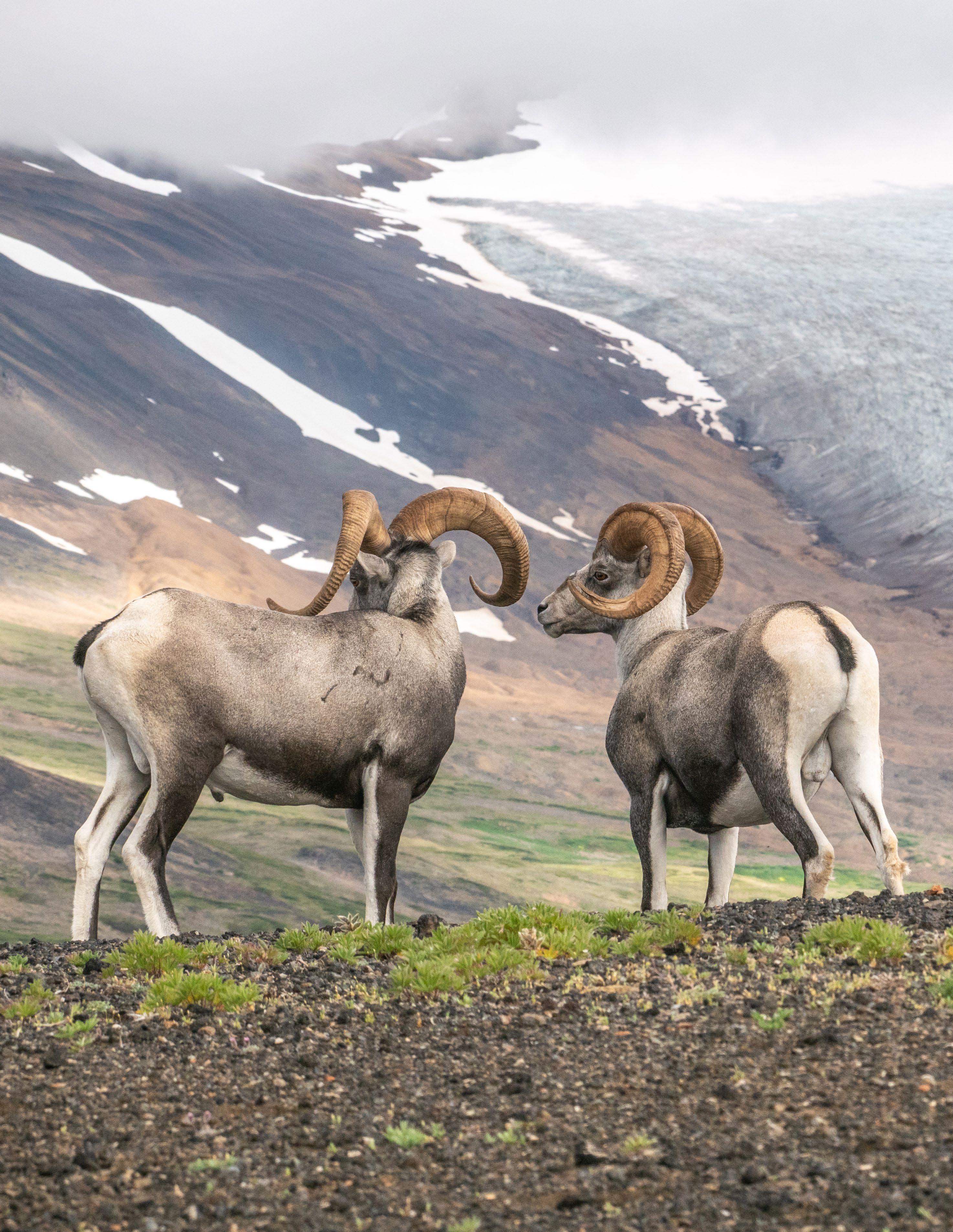
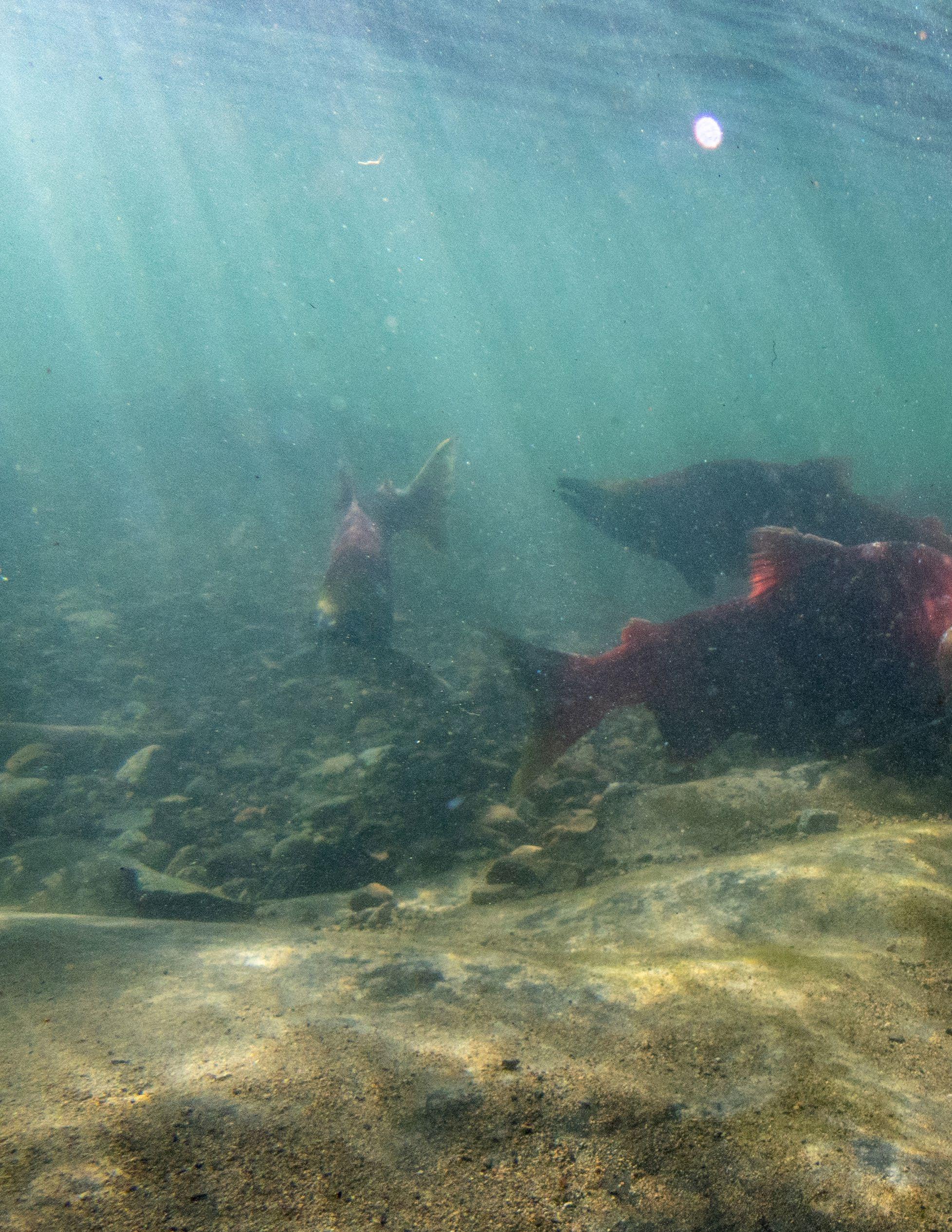
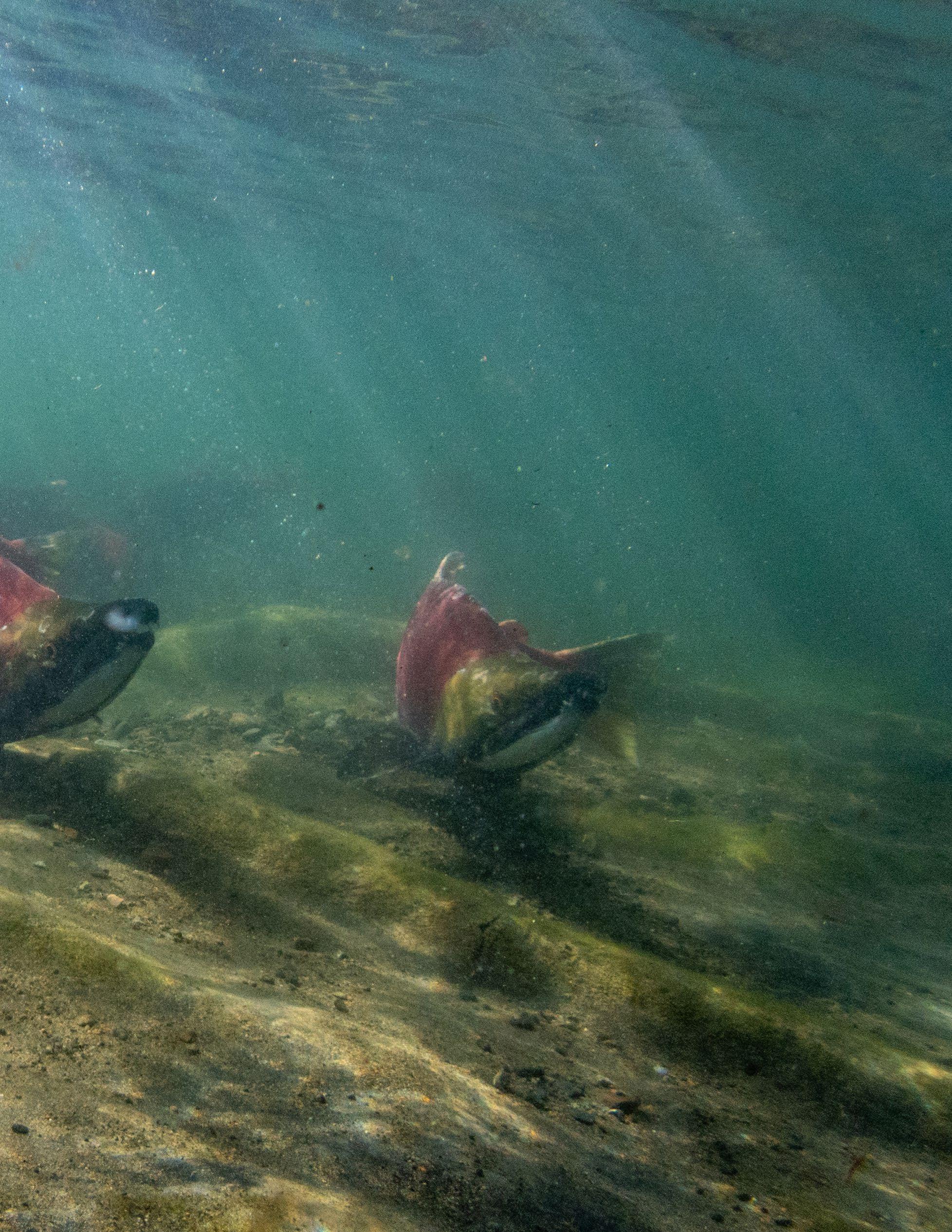






Welcome to our third annual Tahltan Central Government (TCG) Fish & Wildlife Newsletter. I have enjoyed seeing all the fantastic photos submitted by Tahltans of their successful harvests over the past year. I hope you enjoy them too and that you have submitted your own. It brings me joy to see our people on our land as our Tahltan ancestors have done since time immemorial. I particularly enjoy seeing the involvement of our Youth. As this next generation grows, offering these experiences and sharing the values that have been passed down to us is crucial.
Being on our land is physically and mentally healing. It connects us with the past and those who came before us. Wherever we may live, returning to our homeland is a way of grounding us and connecting us to our culture and heritage. We must continue sharing these experiences with our children so they can enjoy the same benefits and relationship with our beautiful Tahltan Territory.
It has been a privilege and so humbling and fun to take my own children to different parts of our homeland to hunt, fish and walk along the trails established by the wildlife and our Ancestors. I wish I had been more heavily involved in these cultural activities sooner, but it is never too late to learn and incorporate more Tahltan culture and teachings into our lives.
 Right: Fishing for Bull Trout.
Right: Fishing for Bull Trout.
TCG’s Fisheries Department and Wildlife Department serve to protect and steward our land in a way that cannot be matched or understood by provincial and federal entities. By combining western science and Tahltan knowledge we can manage our wildlife and fisheries in accordance with Tahltan practices and laws in a respectful and progressive way. Fisheries and Wildlife staff spend a significant amount of their time on the land collecting data and observing so that we can be responsive and act quickly to the everchanging environmental needs.
A significant step was taken this year in advancing our role in wildlife management with the signing of the Tahltan Central Government – British Columbia Accord on Wildlife Management. We have worked collaboratively with the Province in the past on joint programs such as the Caribou Stewardship Project under the Tahltan Stewardship Initiative (TSI), Stone’s Sheep monitoring, Klappan Moose population monitoring and stewardship planning, communitybased moose action plans, and wildlife health as part of the 3Nations - BC Collaborative Stewardship Forum. The newly signed accord will allow TCG and BC to work together toward the development and implementation of a world-class wildlife regime led by Tahltan knowledge and expertise. It will
advance the already ongoing work of TCG’s Wildlife Department focusing on caribou restoration and predator management.
Predator management is a critical issue and TCG has developed a Predator Management Plan and Predator Management Policy. Our Wildlife Department has hired full-time Predator Management Technicians to support this work through animal monitoring and population control, data collection, wildlife research, and working with Elders and knowledge holders. The goal is to respond to dwindling ungulate species populations. Through this program we encourage Tahltans to exercise their hunting rights to harvest predatory species such as wolves and grizzly bears that pose a high risk to ungulates in various areas, particularly during the calving season. We want to revive and strengthen our cultural hunting practices, increase local food security and safety, and provide monetary incentives while protecting our culturally significant species.
I would like to thank those who dedicate themselves throughout the year to managing our wildlife and fisheries. Cheri Frocklage, our Fisheries Director, and Kerry Carlick, our Fisheries Manager, and their team are an incredible group. They work in all weather
 Above: President Day's Grizzly bear harvest with son, Malakai.
Above: President Day's Grizzly bear harvest with son, Malakai.
conditions, which are often extremely unpleasant at different times of the year, to continue monitoring and protecting our fisheries. Their contributions are invaluable, and we are fortunate to have such a committed group working for the TCG.
Thank you to our Wildlife Department Director, Lance Nagwan, and Westin Creyke who served as Interim Director during Lance’s time on paternity leave. Mēduh to the rest of the Wildlife Department crew for their dedication and tireless work in implementing our various programs and policies to keep community members safe, restore ungulate populations, and reduce the threat from predators.
n recognizing our Wildlife Department, I would like to again acknowledge the passing of Jarett Quock last September, the first ever TCG Wildlife Guardian. Jarett helped to establish the Guardian program in 2016, recognizing that Tahltan local knowledge was essential in decisionmaking around wildlife management. Jarett’s contribution is reflected in all the projects we carry out and we will forever be grateful for the work that is part of his legacy.
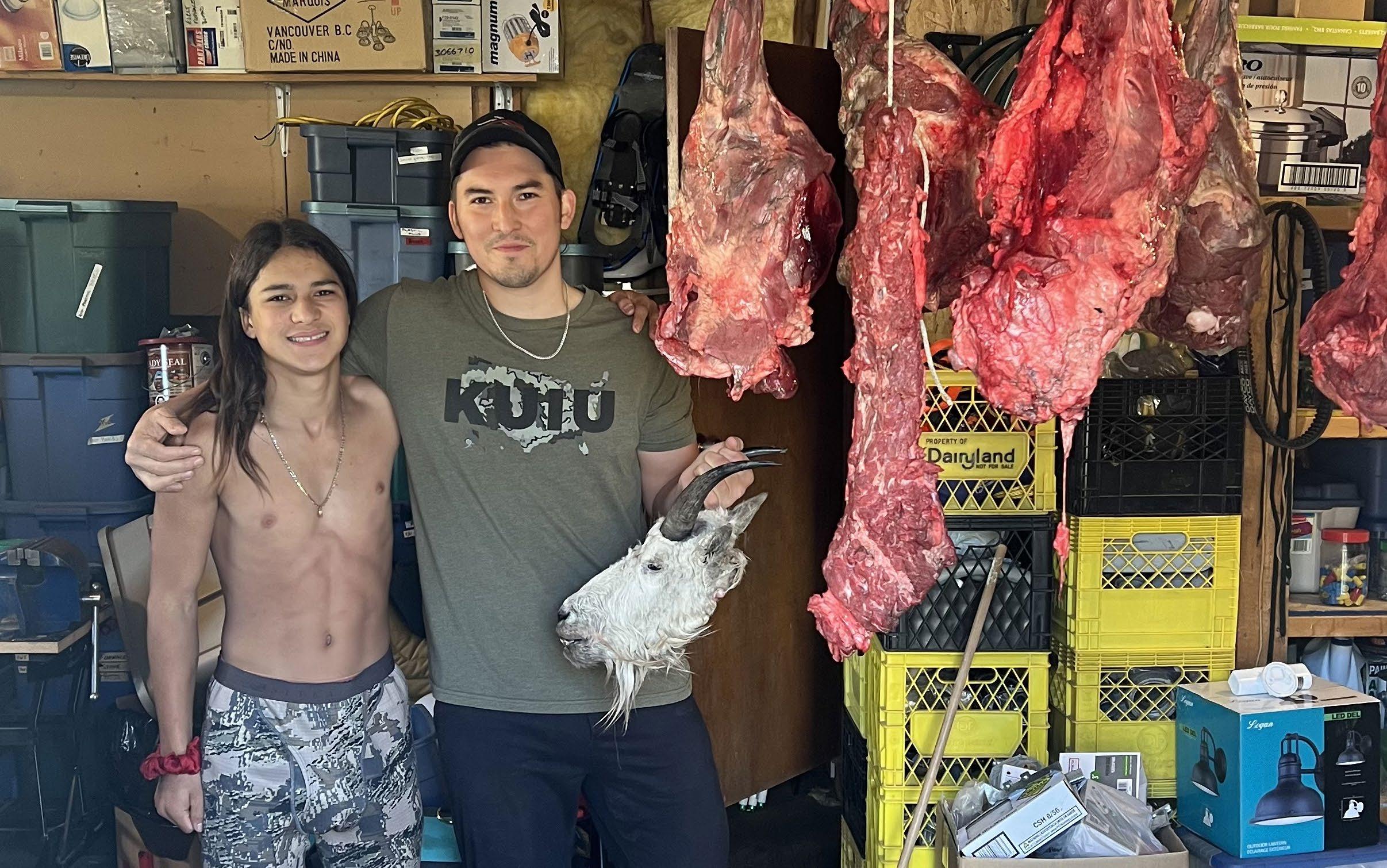
Outside of the TCG, Jarett was recognized for his work as a Guardian by the Indigenous Leadership Initiative in 2021 with the inaugural Outstanding Individual Leadership Award. He had given a presentation to 300 Guardians at the 2019 Gathering in Vancouver and was a tremendous inspiration in building the national Indigenous Guardians movement. His story was described as a “powerful, honest, riveting personal story of hardship, triumph, dedication, and proud accomplishment” and those who had the privilege of hearing him speak noted that the fulfillment he gained from his time as a Wildlife Guardian, being on the land of his ancestors, using traditional knowledge and modern science and tools to protect and nurture, was palpable. Jarett’s memory will be honoured by the Indigenous Leadership Initiative leaders who wish to rename the award to the Jarett Quock Outstanding Individual Leader Award. I know that he would be incredibly proud to know that he had such a positive impact on so many.
In closing, I would like to thank the Tahltans who contribute to our Fisheries and Wildlife departments and those who continue to practice their hunting and fishing rights in a respectful, informed, and responsible way. This includes those who refrain from hunting and fishing various species who have been struggling. You help us maintain our distinct Tahltan rights and title, and help us ensure that our fish and wildlife populations remain healthy. I express my gratitude to those of you who do your part and act as stewards of the land.
Klane Nedischā.


Is it just me or does anybody else find that time is just moving by much too quickly these days? Maybe it comes with age, I do not rightly know, but I have found myself in this exact same position for the past few years. It is mostly the early winter onset that always brings me back and centers me in the moment. The field season is so hectic and it seems that the fast pace required to keep up somehow accelerates the clock, and the months seemingly merge and pass by in a flash. I have never been so conscious before, as I am now, that my time is valuable, and thus, should be spent wisely. It is during these moments of awareness, the calm after the storm so to speak, that a feeling of peace and genuine happiness creeps over me, a reminder of how very blessed my life is. A reminder to myself to slow my roll and enjoy the simple things a little longer.
With each new season, the landscape undergoes a magnificent transformation. From the onset of the spring thaw, when the land awakens revealing the rebirth of green grasses and pussy willows, to summer greens with splashes of florals, to the oranges and reds of the fall fauna, into the winter’s stark white snowscapes, pastel skies, sparkling frosts suspended in the cold air, and blue green ice formations blanketing the rivers and lakes. Each passing season brings new wonders and new opportunities as the changes unfold. Our Tahltan people live in parallel to these changing seasons; we harvest berries, medicines, fish, and animals of all sizes depending on the season of their abundance. Our relationship with the land and everything on it is well ingrained and this knowledge has been passed down from past generations. There is no greater gift than the tools gifted to ensure our survival. When the cold weather sets in, our pantry is well stocked, and we are wealthy and secure for the cold months ahead.
2022 was a rough year for many who experienced the profound loss of loved ones. The losses hit our small communities very hard this year and left so many with very heavy hearts. My thoughts remain with you. I encourage people to turn to the land to find some peace; that comfort, and that strength that you seek.
Sit by the river or lake, take that hike, visit that special place, and feel the connection to your ancestors and your loved ones; they are ever present, for they walk with us every day. Talk to them, they are listening.
increasing the capacity of new and long-term staff. And beyond this, the friendships established with these gentlemen is solid and extends beyond the reaches of work-related relationships.
There is a remarkable amount of time and effort put into planning and logistics to deliver the various stock assessment and monitoring projects conducted on the Stikine River. The Tahltan Central Government Fisheries Department (TCGFD) staff diligently attended meetings throughout the busy season, planned and executed all our projects, and have completed another successful season of data collection.
Firstly, I want to extend my deepest thanks to our Fisheries Manager, Kerry Carlick, for his tireless efforts every single day during the busy season. It is not an easy task to maintain, and yet, he executes it with such efficiency, and I commend you for this, young man. He has a vision for our department and for our staff, and it shines through in how he delivers their annual training. He consistently provides them with the appropriate health and safety training to be expected of individuals working in the conditions that are required in this field of work. This includes bear awareness and shotgun training, fisheries technician training, ATV certification, first aid, and swiftwater rescue, to name a few.
This year, in response to the more recent COVID-19 related isolation, he focused on not only the abovementioned training but also made space to deliver a wellness training session. Investments like this reflect the leadership qualities he is known for and the care and compassion that he has for our staff. Great job, Kerry, brilliant work, my friend. He is my go-to, he is my voice of calm and reasoning, and he is always ready to lend me a helping hand with anything and everything that I ask of him. He truly is my best friend.
Mēduh to our Hydrologist, Patrick Hudson, and our Science Advisor, Richard Erhardt, for your ongoing mentorship, guidance, and support for the projects and at the various boardroom tables. It is your ongoing support and the sharing of your knowledge that have assisted in expanding our scope of work and
We are coming up on one year now since our Aquatic Protections Officer (APO), Naia Newton, joined our staff in January 2022. Naia has settled in and taken on many tasks that help support the department and its initiatives. It has been a slow progression to get to where she is able to provide her expertise to the major project reviews. Following the hiring of the new Lands Director and the evolving changes from this, Naia is spending more time on doing just that and it will not be long until she is completely immersed in this work. Naia has enrolled in an online course this winter which will add many new tools to her everincreasing capacity in her role as our APO. I will add that in addition to these duties, she single-handedly set up the school salmon egg incubation project at the three local schools. She has some great ideas on how the Fisheries Department will increase our presence at the schools and how to engage with the students and teachers to make the learning experience meaningful and enjoyable. Congratulations to Naia and her partner, Clancey, who exchanged their wedding vows in August.
To our devoted field staff, I just cannot thank you all enough for your contributions and your continued dedication to the fish and salmon resources. Our field staff this year consisted of Michael Nole, John Nole, Kyle Inkster, Drew Inkster, Maggie Asp, Sheldon Dennis, Fabian Vance, Raina Feldman, Derek Louie, Noreen McLean, Clint Callbreath, and Shenoa Asp. Combined, they contribute over 130 years of experience to our field projects. I have said it before and I will say it again, you are the very backbone of this department and without you we would be flailing. Without each and every one of you showing up and providing your expertise and enthusiasm to the job, we would be sitting still in the water. Mēduh chō, I love you all so very much.
Juggling the sheer volume of meetings and engagements remains overwhelming at times, but this is necessary to ensure the long-term success of our stewardship of the water and aquatic species. Again, it does not happen overnight, often, it takes weeks, months, and sometimes years of discussions, investigations, conceptual development, and the consistent hard work and dedication of the team to reach the destination. I remain both proud and excited to be part of such a team here with the TCG, and I remain dedicated to leading my team forward in our endeavors.
My sincere gratitude to all my staff, both the core management staff and the many field technicians that make up our department. Every single one of us brings our own personalized set of skills, experience, and knowledge to work with us every day, and combined, we are a winning team.
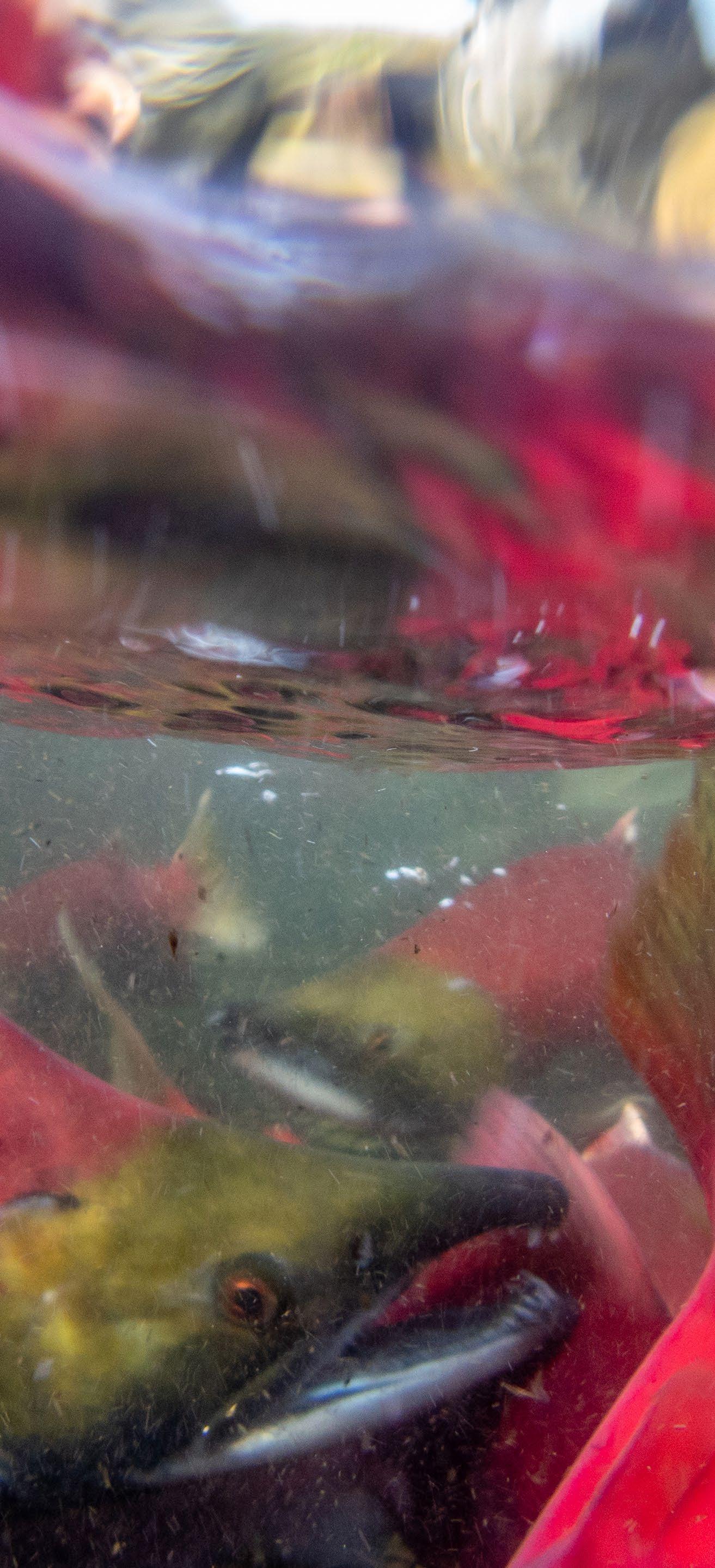
2022 was a whirlwind year for me. As I wind down from a very busy season with our team, I can reflect on the year that has passed. It feels like yesterday that it had just begun but the last crew has come out from the field and now it is reporting and preparation season for the Fisheries management team.

The year was very busy and difficult as it included a lot of loss for my family. My two cousins and an uncle all passed this year. Along with the other losses in the community, it was heavy at times, but I found comfort working with my team and being out on the land as much as I could for field work. From Tahltan to the Lower Iskut, I found myself looking around and remembering how lucky I am to be able to do the work I do.
The year started off with our annual safety and compliance training in Terrace, which is always a good way to get everyone together after a winter off for our field staff. We did our bear shotgun safety course, Ichthyology course and for the first time in our department’s history, I have made mental health and well-being training a part of our training package. I put all the staff through the MORE Course by BeMoreU. Given the difficulties and stress of the past two years, I felt this was very important for our staff to take this training.
This started the year off on a great note and with high team spirit, and soon the projects started rolling out and moving of staff began. This year was a return to a more normal roll out of projects, meaning more working with our partners in the field again and doing joint projects together, as we have done for decades. There are still COVID-19 protocols in place to protect staff in remote field camps, but we are in a much better place now than a couple of years ago when our staff was staying behind and unable to do work due to COVID-19.
Some of my highlights for this year were incorporating mental health/well-being into training. As First Nations, many of us have traumas that are passed down or ways of communicating that might not be healthy or serving us well. The training I sought was designed to help us develop the tools to communicate better with ourselves and others, and work towards living our best life. I feel everyone would benefit from this type of training and learning.
Another highlight was getting our Fisheries Guardian on patrols with Fisheries Officers from the Department of Fisheries and Oceans Canada (DFO). This is a huge step towards better protection of our resource, a resource that has been trending downwards overall. Just having a presence with enforcement powers will help deter those who might be engaged in illegal fishing practices. It is known that some individuals are making upwards of $10,000 a season from selling our fish. A majority gets taken out of territory to be sold to other First Nations and other non-Indigenous buyers. These individuals are misreporting their catch, and this directly leads to the mismanagement of the fishery. The Tahltan Central Government Fisheries Department (TCGFD) and the Tahltan Band will be working very closely together with the help of the DFO Fisheries Officers to help fight these practices going forward.
It has been three years since the Fisheries Department joined TCG, and initially it felt like we were figuring out how we fit. This adjustment was slowed down by the COVID-19 pandemic and the business of our busy work season, but I am ending this year with a lot of excitement and hope for our team and TCG. TCG’s aim to have world-class environmental, fish, and wildlife protection is so motivating. As someone who has spent seventeen years working to protect fish and fish habitat, this is music to my ears. We have had mining take such a focus, and while it is very important, I am glad to see the emphasis on protection for our lands, waters, and animals moving forward.
Mēduh chō, Tahltans!

Over the past three years in my position as the Wildlife Director, I have been fortunate enough to say that I am still continuously learning, and I relish the opportunity to work on such diverse and multifaceted projects for the Tahltan Nation. Throughout the course of my work, I personally have always maintained a great respect for the land, water, and animals; I promise that I will continue to voice my opinions for those animals that do not have a voice in a government setting.
My traditional upbringing plays a huge role in the perspectives that I bring forward and I have often felt those perspectives have been left out of science-based decision-making, taking the back seat to interests such as economics and development. Continuously, I must remind myself to allow such varying opinions from people who do not share a First Nations’ point of view. However, over the past year, a paradigm shift in the way things have been done in the past has been occurring and I am extremely optimistic that we are at the precipice of major changes in the territory. The future looks bright, and I am excited to see what the year will bring.
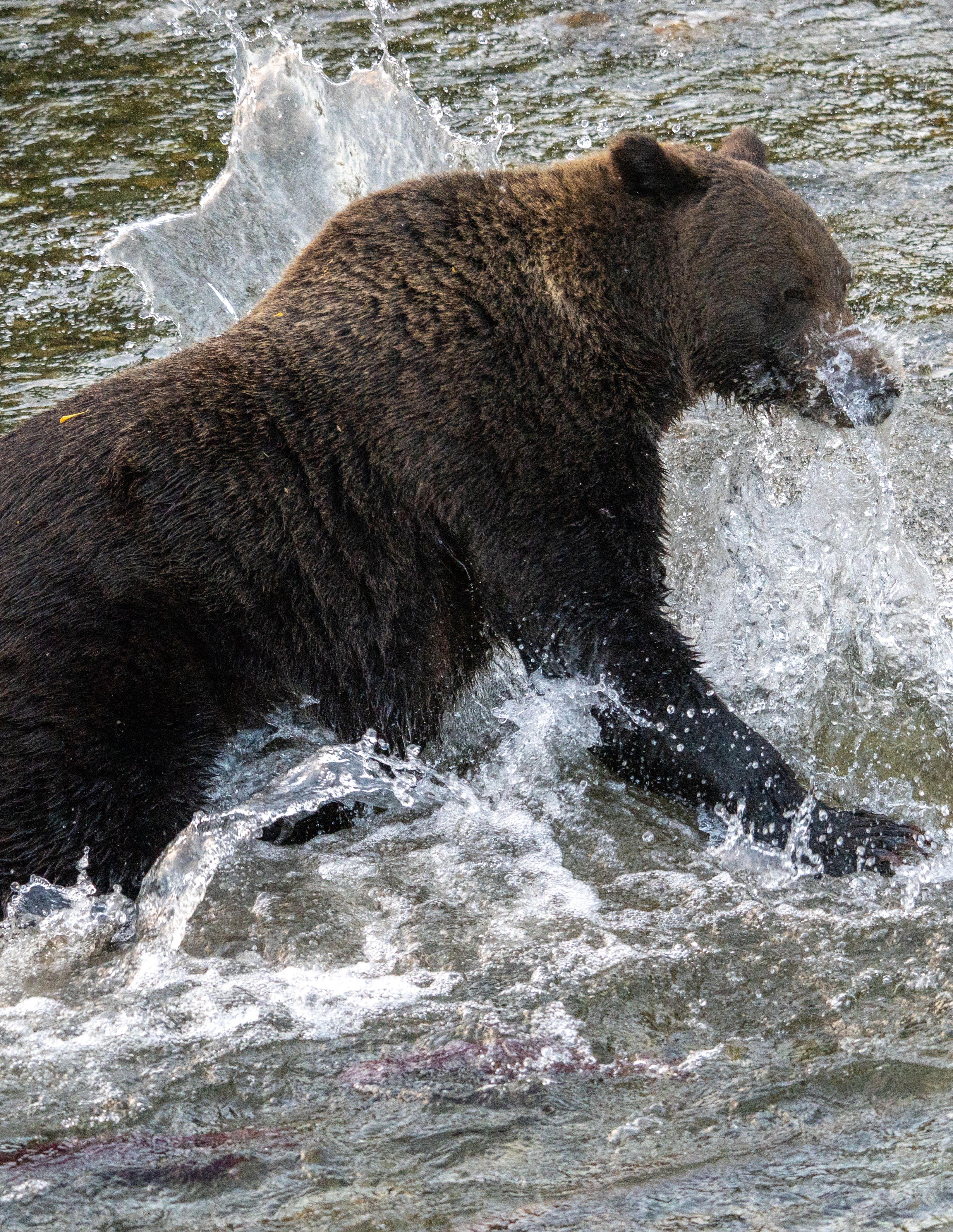
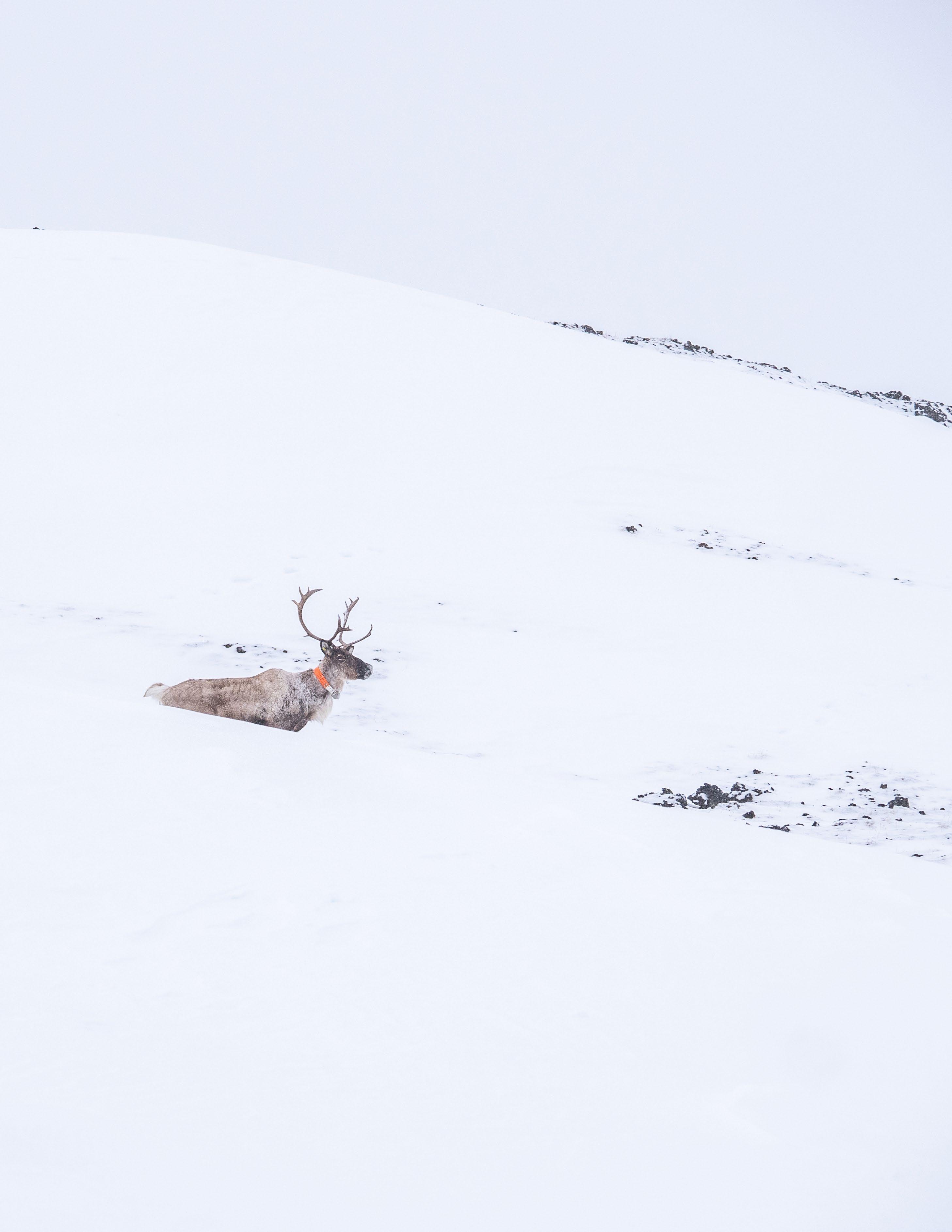
The Tahltan Central Government (TCG) – British Columbia
Accord on Wildlife Management (the Accord) was signed in the fall of 2022 by Tahltan Nation Leadership and the Government of British Columbia. It is a commitment to jointly establish a world-class wildlife stewardship regime (WSR) for the Tahltan Territory.

The Accord is an opportunity to resolve foundational wildlife management challenges with the goal of having greater Tahltan decision-making for wildlife in the Nation. This will be achieved by developing joint governance bodies, and making co-management decisions based on Tahltan knowledge, local knowledge, and science, respective of each government’s laws, policies, and practices.
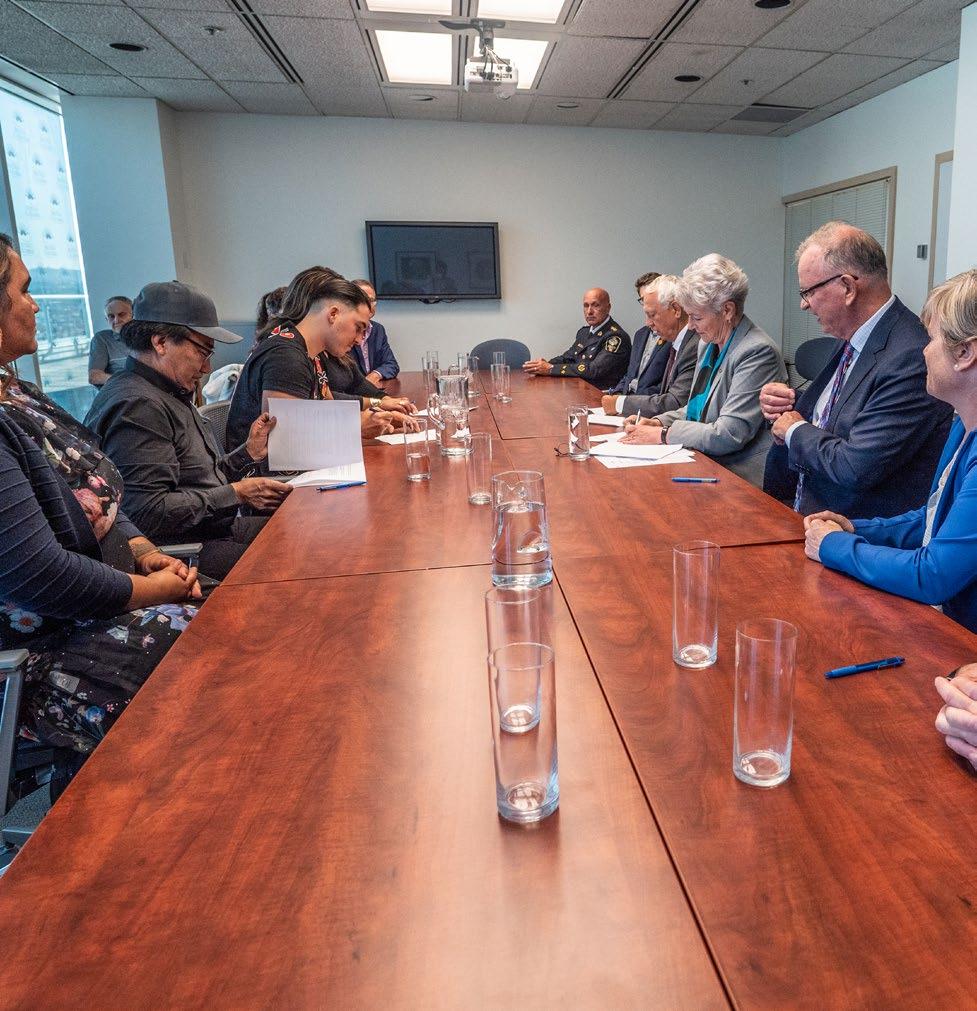
The Accord consists of three core elements:
Ȗ Joint wildlife governance
Ȗ Co-management
Ȗ Joint information and data collection
The Accord is a five-year commitment to resolve our existing challenges and will enable both governments to meet the goal of having greater joint decisionmaking for wildlife in the territory. The TCG and B.C. agree to work together to identify policy, as well as regulatory barriers to advance co-governance. The parties will also work together to reduce conflicts with licensed hunters and land users in Tahltan Territory.
Recent activities included the implementation of joint patrols and the increased presence of TCG Guardians and B.C. Conservation Officers within the territory this last summer. In addition, the two governments are working together on interim measures around caribou

and moose management decisions, monitoring, wildlife regulation, information sharing, and moose stewardship planning. It is important to reiterate that this work is being driven by Tahltan knowledge, local knowledge, and science.
Longer term work on designing a world-class wildlife stewardship regime, joint governance, and co-management has started with B.C. and the TCG. Both governments have committed to working together toward sharing wildlife stewardship and to further reconciliation.
The TCG’s Wildlife Department will be coming to the communities in territory to provide details on the Wildlife Accord, and to discuss how the Accord will be implemented with the communities’ direction and involvement over the next five years.
October 18, 2022
Ministry of Forests, Lands, Natural Resource Operations and Rural Development
Tahltan Central Government
To read about Tahltan Central Government –British Columbia Accord on Wildlife Management in Tahltan Territory, visit:

VICTORIA – The Tahltan Central Government and the Province of B.C. have agreed to work together toward the development and implementation of a worldclass wildlife regime, led by Tahltan knowledge and expertise that will protect and preserve Tahltan wildlife, culture and way of being.
reflected in this accord and thank him for all that he has done for the Tahltan Central Government, our Wildlife Department and the Tahltan Nation. I am grateful to our Wildlife Department and our guardians who are out on the land working hard to protect our wildlife. Mēduh.”
In the Media
For more information, view the official TCG press release here:
The Tahltan Central Government – British Columbia Accord on Wildlife Management outlines a vision and commitment for establishing a wildlife stewardship regime in Tahltan Territory. The accord highlights the Tahltan Central Government’s ongoing efforts to address the wildlife concerns of Tahltan people by protecting wildlife populations in Tahltan Territory with a focus on caribou restoration and predator management. It builds on and continues years of efforts to collaboratively advance enhanced wildlife stewardship in Tahltan Territory with the Province, including regional approaches achieved through the current Collaborative Stewardship Forum.
“The Tahltan Central Government – British Columbia Accord on Wildlife Management recognizes Tahltan title and rights, Tahltan local knowledge and Tahltan values. Since time immemorial, the Tahltan Nation’s identity and the essence of who we are as a distinct society has been connected to our land. We are the land. We are our wildlife,” said Chad Norman Day, president, Tahltan Central Government. “Tahltans have reiterated that there will be no world-class mining in our territory without world-class wildlife management and stewardship. This accord echoes our view. We have been standing up for our rights as Tahltan people, demanding respect of our knowledge and values, and fighting for our future generations. As a Nation, we are grieving the loss of our first Tahltan Wildlife Guardian, Jarett Quock. I am proud to see his passionate work
Katrine Conroy, Minister of Forests, said: “British Columbians value the incredible variety of wildlife and supporting ecology in our province. Wildlife is crucial to protecting the Tahltan’s Aboriginal rights, culture and way of life. This accord creates opportunities for expanded collaboration on wildlife stewardship that respects Tahltan needs and offers clear opportunities for resident hunters, guide outfitters and shared benefits throughout the region.”
The shared vision and commitment is an integral step along the reconciliation pathway between the Province and the Tahltan Nation. The accord parallels other efforts to foster resource development founded on recognition and respect of Tahltan Aboriginal title and rights, fostering sustainable economic growth, rigorous environmental standards and social responsibility.
The new wildlife management system will have three core elements:
• joint wildlife governance;
• co-management; and
• joint information and data collection.
There are also immediate measures to be implemented that include caribou and moose monitoring plans and support for Tahltan predator monitoring and management.
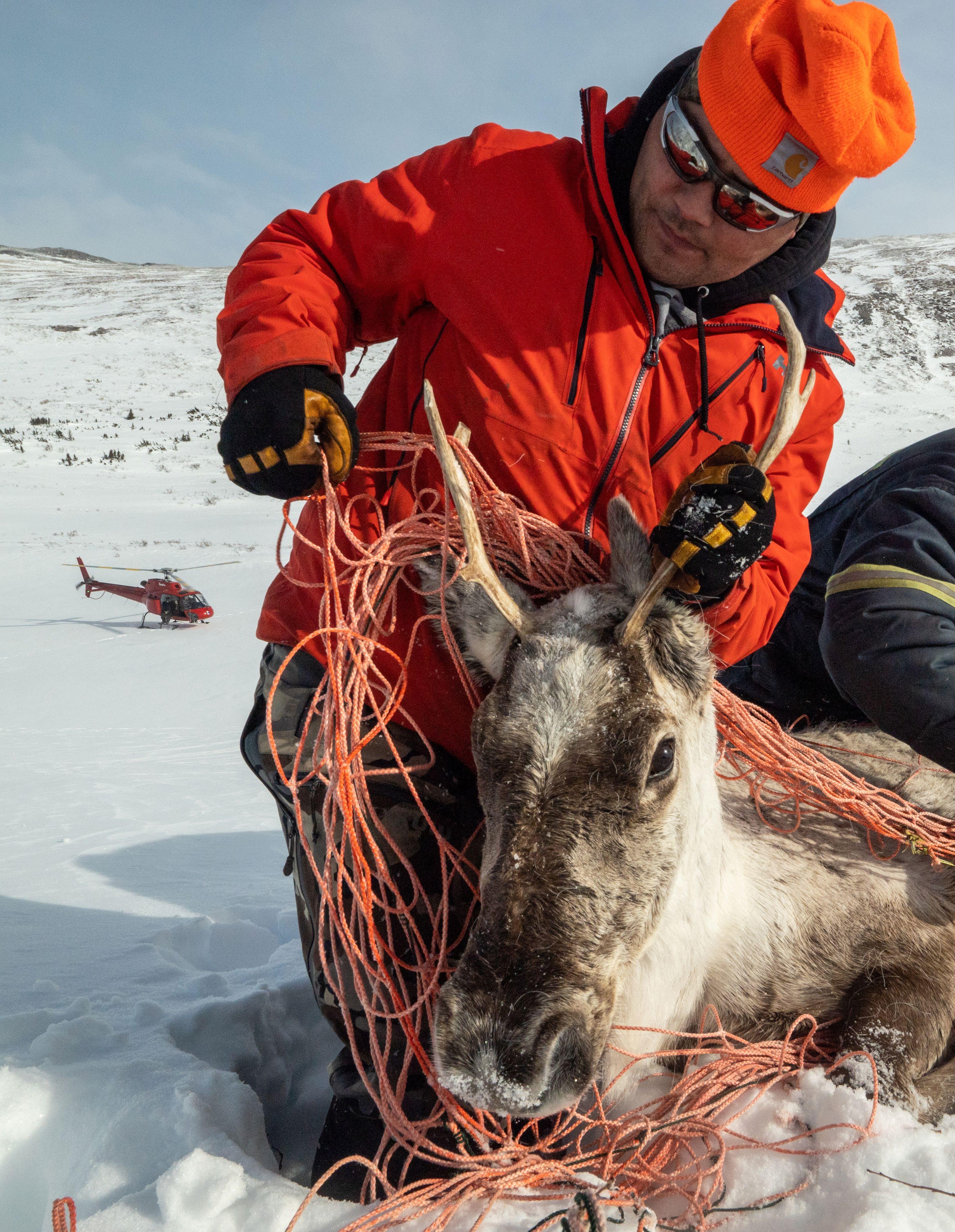
It is with great sadness that we, as a Tahltan Nation family, grieve the loss of our beloved friend, family member and colleague, Jarett Quock. Jarett served our Nation and people as our first Wildlife Guardian. He devoted himself to the protection of our land, animals and way of being. Known for his love of family, his kindness, energy and passion, he will be greatly missed by our team and everyone who has had the pleasure of knowing him.
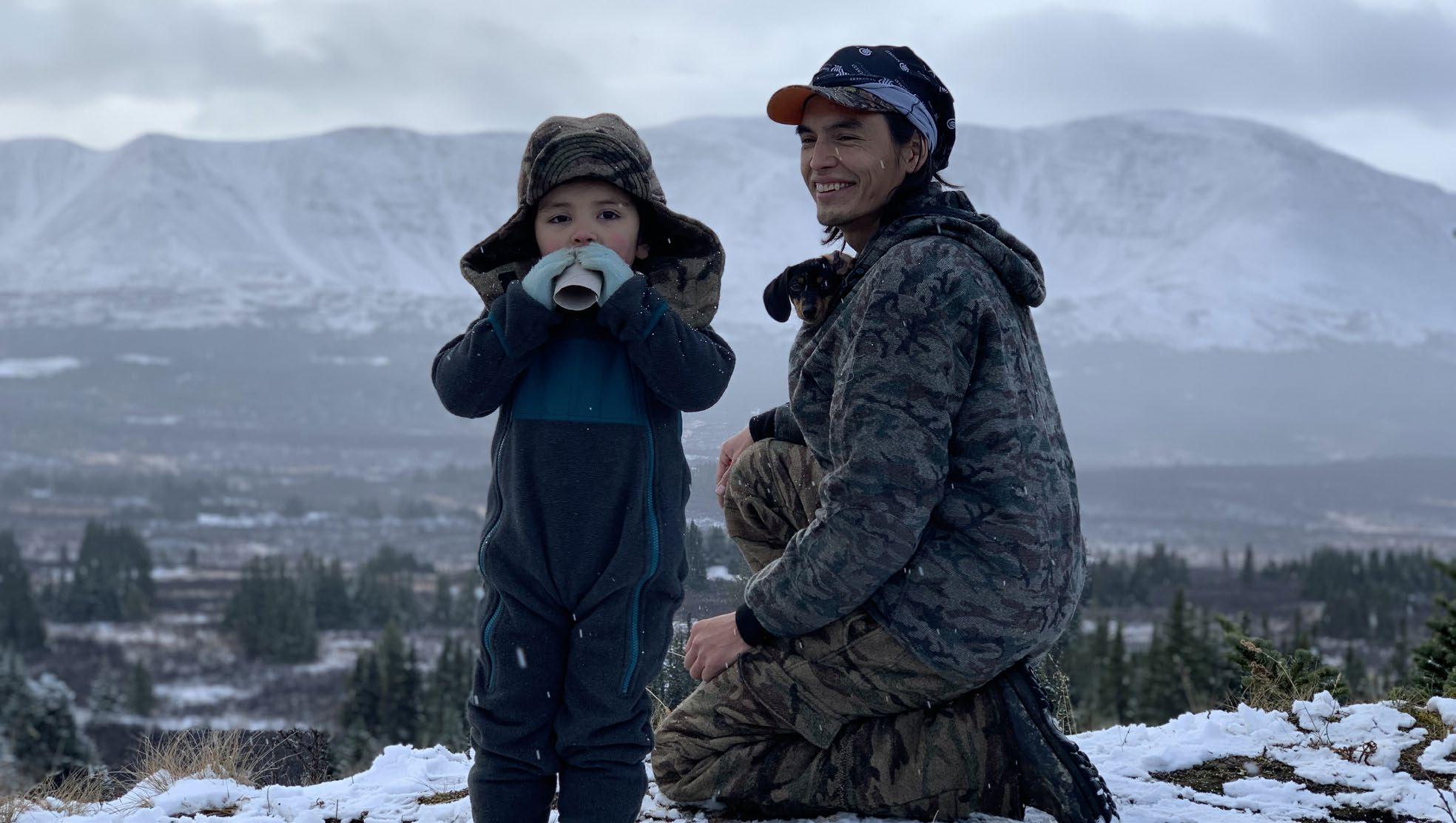
Our hearts go out to everyone grieving. We stand with you and honour his memory together.
Mēduh
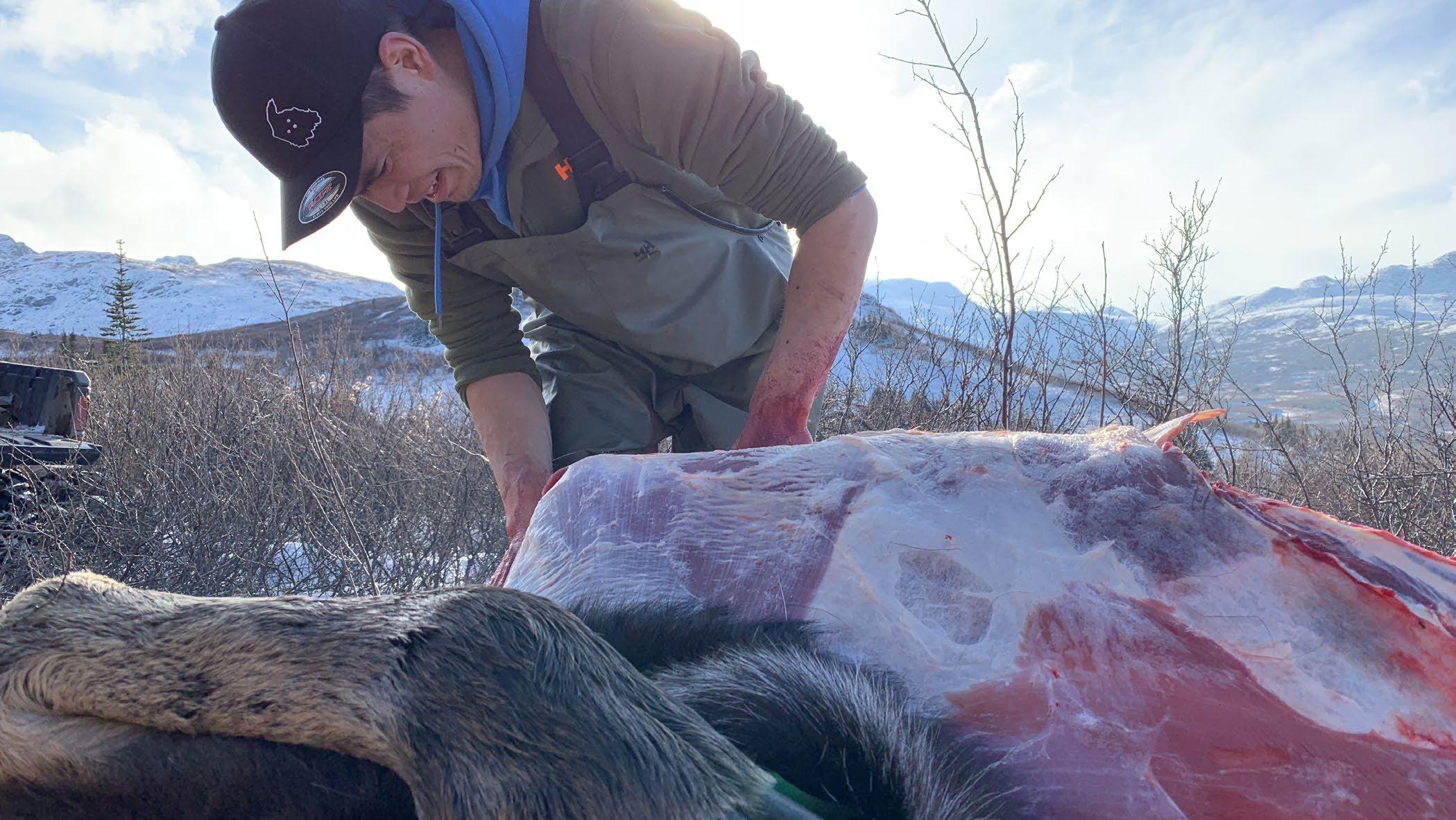


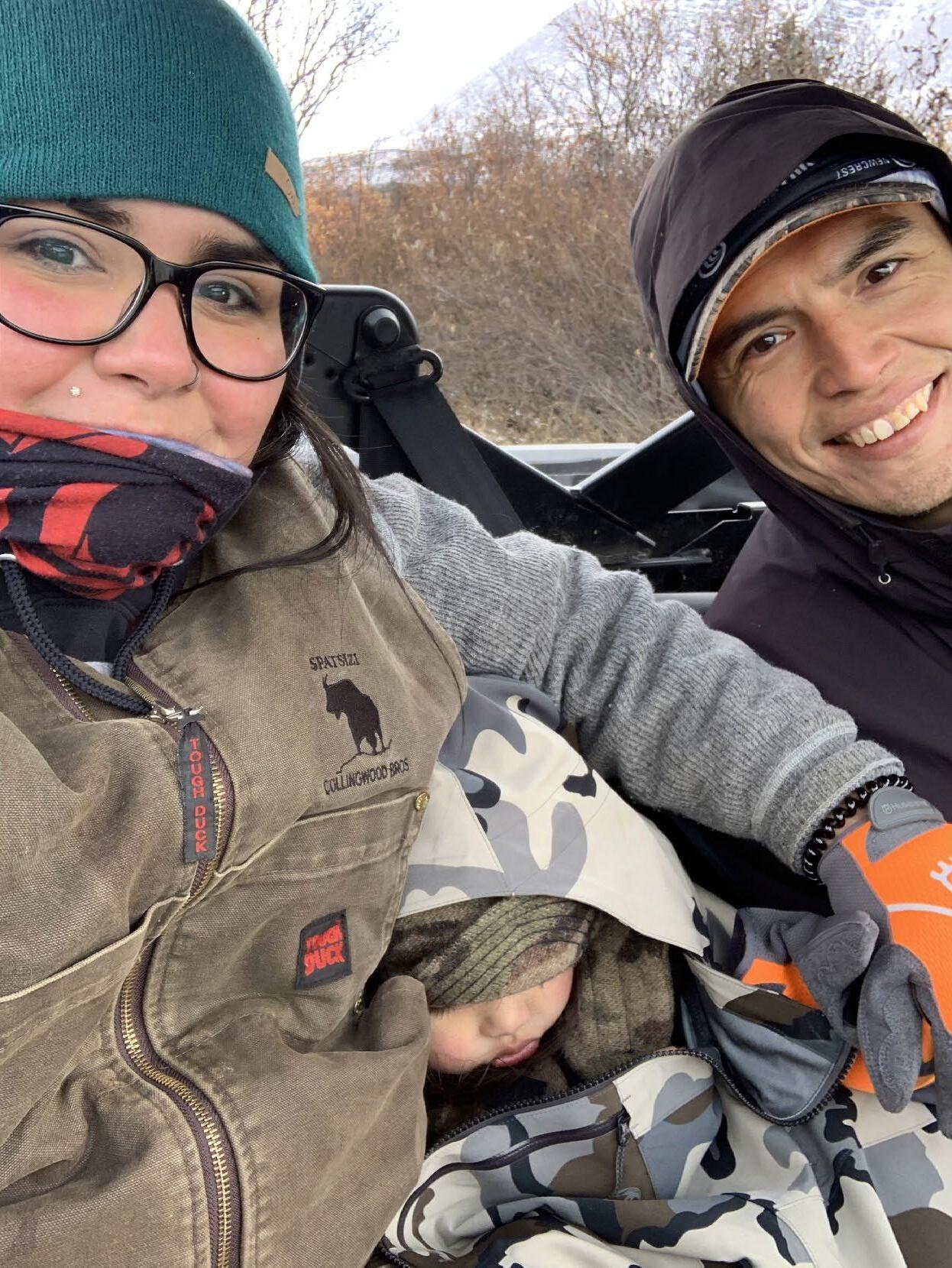

The 3Nations Society – British Columbia Collaborative Stewardship Forum (3NBC-CSF) is an initiative through which the Kaska Dena Nation, Tahltan Nation, Taku River Tlingit First Nation and B.C. are building capacity to deliver on shared outcomes in environmental stewardship. The forum, funded as part of the broader provincial Collaborative Stewardship Framework (CSF), is one of five CSF cross-ministry pilot forums across B.C.
Together for Wildlife Program:
The 3Nations Society and the Government of British Columbia renewed their relationship through a fiveyear partnership agreement in September 2022. This new agreement establishes a stable, predictable longterm partnership and funding arrangement. In addition, the Government of B.C. has provided new mandates for the CSF forums and regional Environmental Stewardship Initiative under the provincial Together for Wildlife program.
The new partnership agreement brings increased funding for guardian, environmental stewardship, and the 3NBC-CSF programs under one agreement with the funds being available each spring to support earlier implementation of guardian and wildlife programs than in the past where the funds were tied to year to year availability.
Some recent outcomes from the Together for Wildlife initiative are changes to the Wildlife Act where the following were incorporated:
• Definitions for “First Nation”, “governing body”, “guest”, “host First Nation” and “sheltering agreement”;
• Incorporation of Indigenous Knowledge in decision-making under the Wildlife Act, and protection and confidentiality of that Indigenous Knowledge; and
• Establishing jurisdiction for the Province of British Columbia, through the Minister, to enter into agreements with First Nation governance structures regarding Protocol Hunting and Sheltering.
In addition, new policy for provincial decision-makers identifying how they must consider Indigenous Knowledge, when provided by a Nation, is being finalized.
The 3NBC-CSF is focussed on collaborative wildlife management. The projects being undertaken through the forum fall into three categories: Governance and Capacity, Specific Projects, and the Guardian Program.
Governance projects have been focussed on supporting the development of joint decision-making for wildlife stewardship. For example, research into co-management models and a report with recommendations have been completed. Indigenous Knowledge Information Sharing Agreement templates are in development.
A key project is underway to develop moose stewardship plans for each of the three priority moose populations for each of the respective Nations (e.g., Klappan is the first being considered for Tahltan).
Currently funded 3NBC-CSF project work in the Nation for this year includes Moose Stewardship Planning, Klappan Moose Population Survey, Dome Mountain Stone’s Sheep Study, logistic support for Level Mountain and Spatsizi collar deployment, and wildlife health sampling.
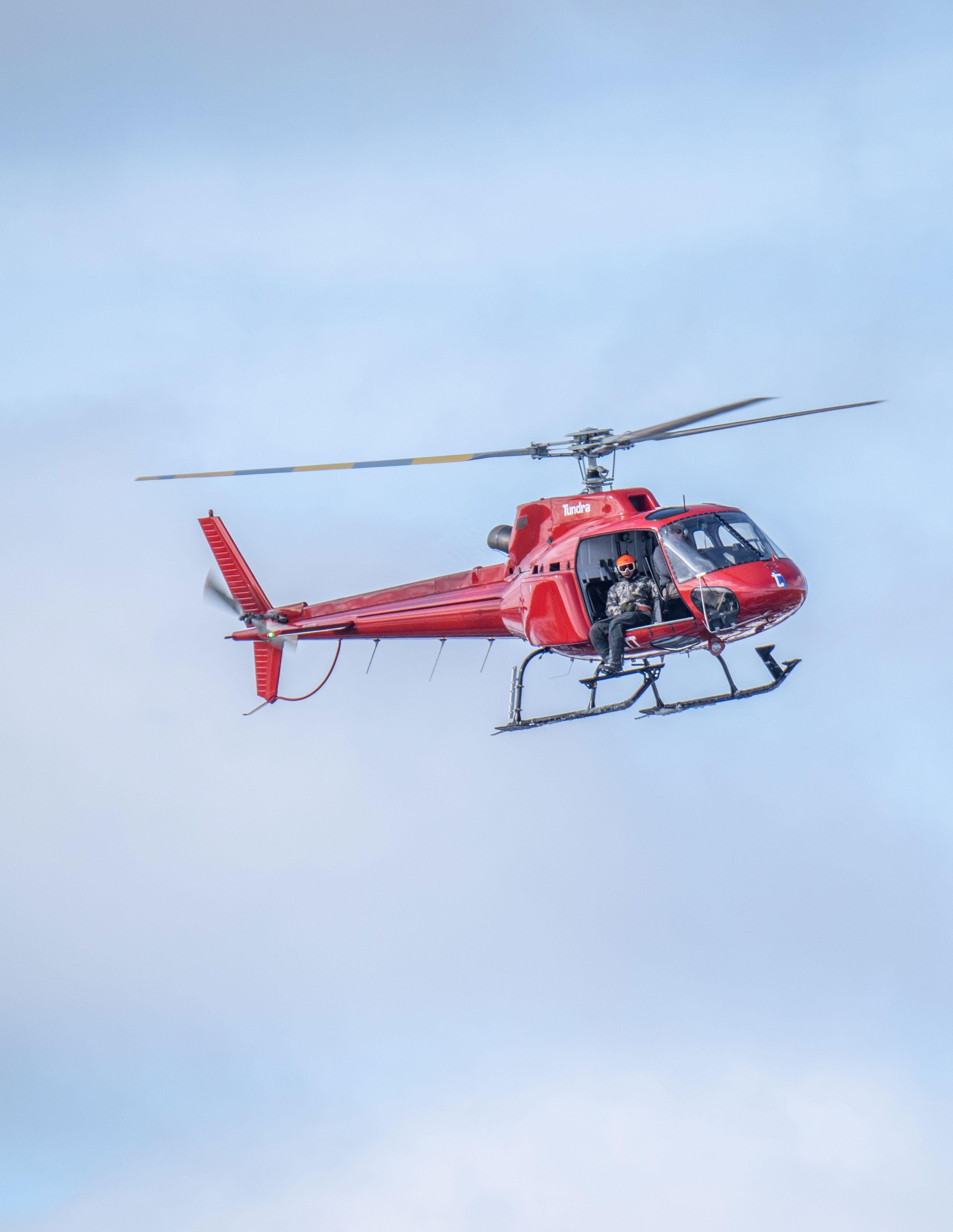
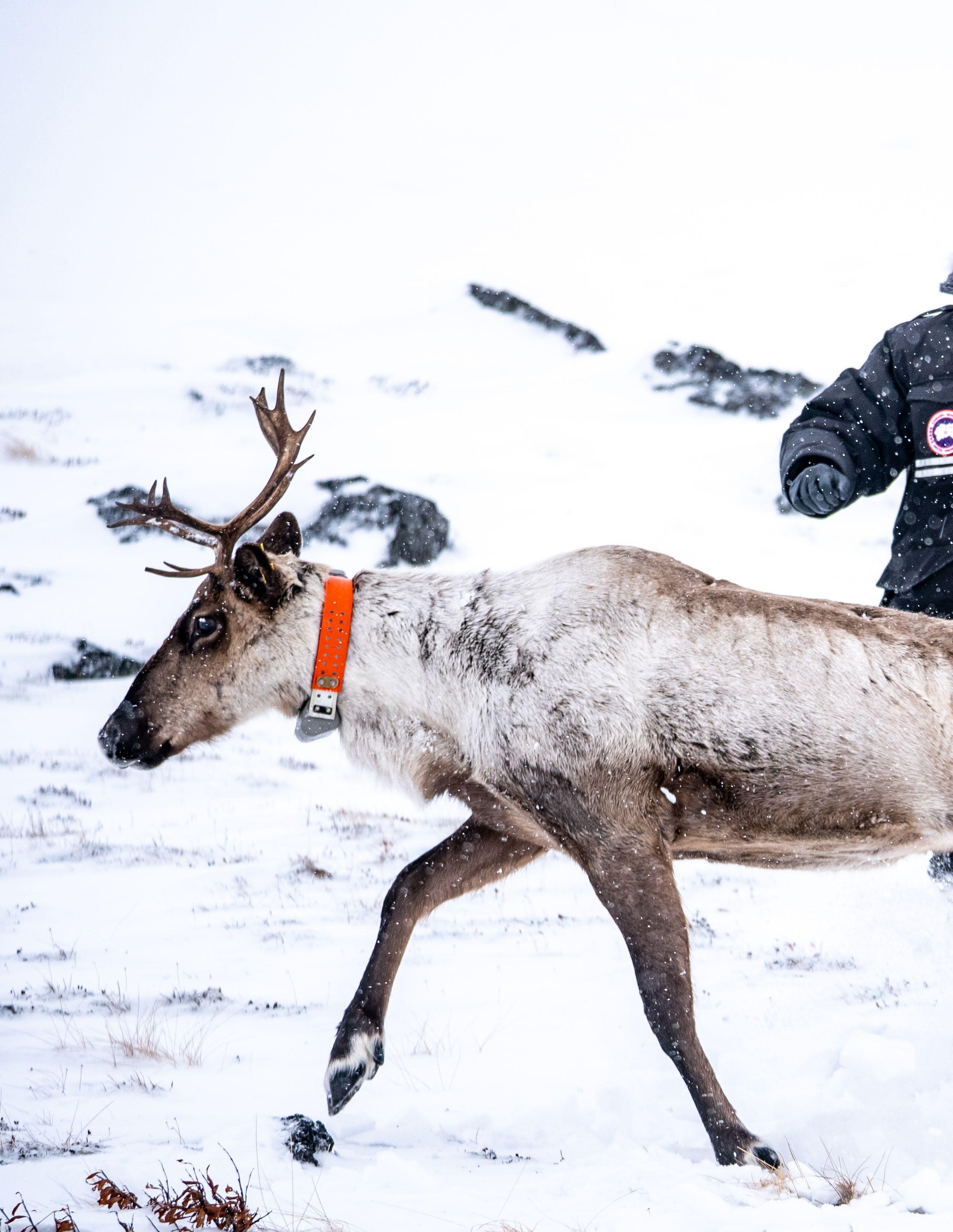
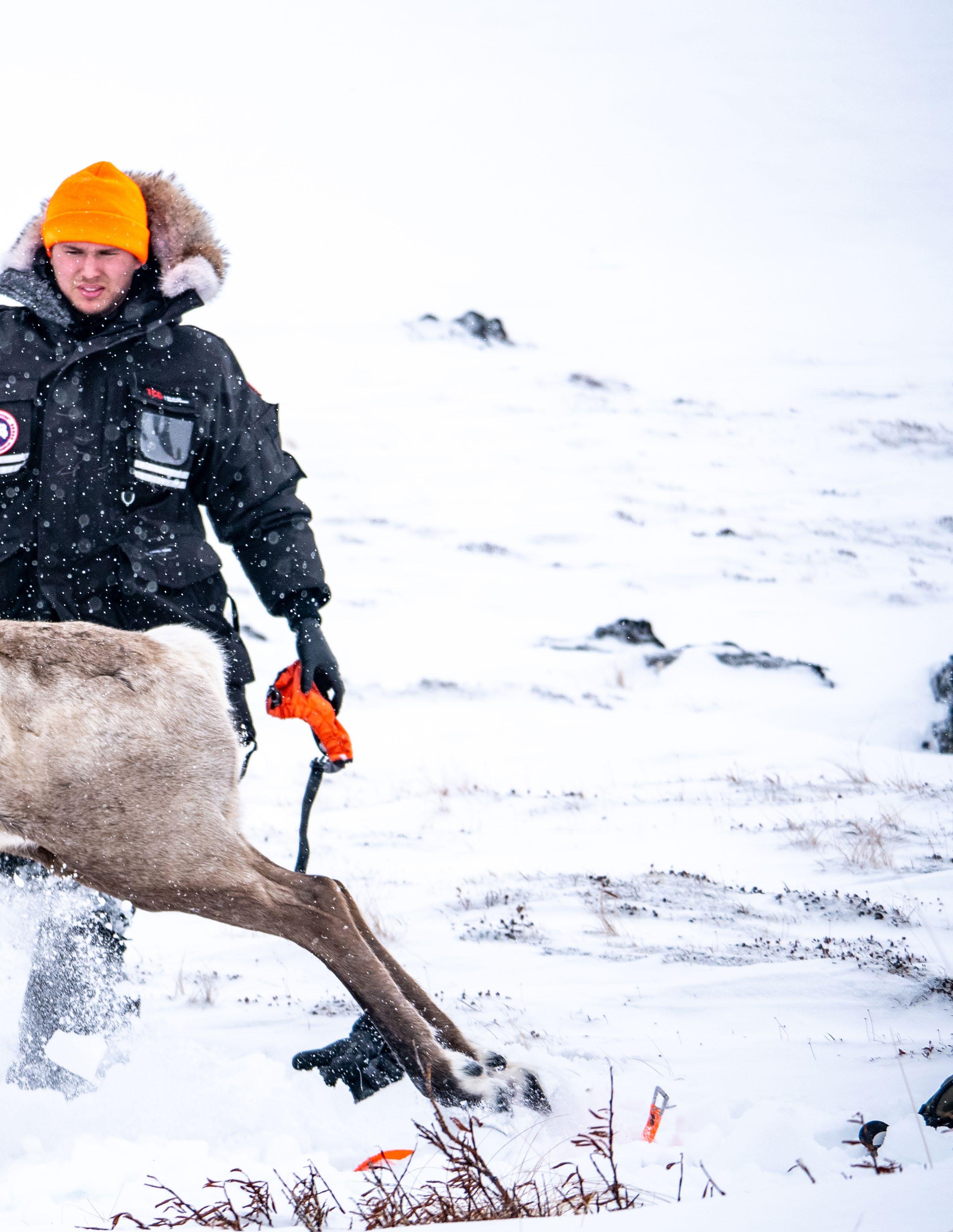

The planning process for the Klappan Moose Stewardship Plan (MSP) commenced in 2020 but has been delayed due to the pandemic and COVID-19 restrictions. It is being supported through the 3Nations Society– British Columbia Collaborative Stewardship Forum (3NBC-CSF) and it is being delivered through the Tahltan – B.C. Fish and Wildlife Working Group. Up to the summer of 2022, most of the work has been focused on compiling available information, and developing the planning framework, with more recent activities including:
• review of existing information and management plans;
• assessing licensed hunter harvest trends; and
• community-based surveys to gather community knowledge and perspectives.
Recently, in November 2022, the 3NBC-CSF held a moose management objective setting workshop in Whitehorse. It brought together B.C., Tahltan, Kaska, and Taku River Tlingit First Nations’ technicians and TCG Guardians to review past community concerns and directions on moose numbers, habitats, predators, hunting, and management. The workshop outcomes
will assist in bringing together the information, feedback, and community directions provided to date to develop draft management objectives for the communities to review and approve.
The next step in the planning process is to look at bringing all this information back to the communities in the winter of 2022/23 for their review and direction, including:
• Tahltan, local and scientific knowledge to develop the plans;
• setting community-based population, habitat, harvest, predator, and land use objectives consistent with provincial and Tahltan moose management requirements;
• a moose stewardship plan consistent with moose management direction from Tahltan land use plans and conservation initiatives, the Klappan DecisionMaking and Management Board, and legal higherlevel plan objectives; and
• community-based review and approval process for the Tahltan Nation.
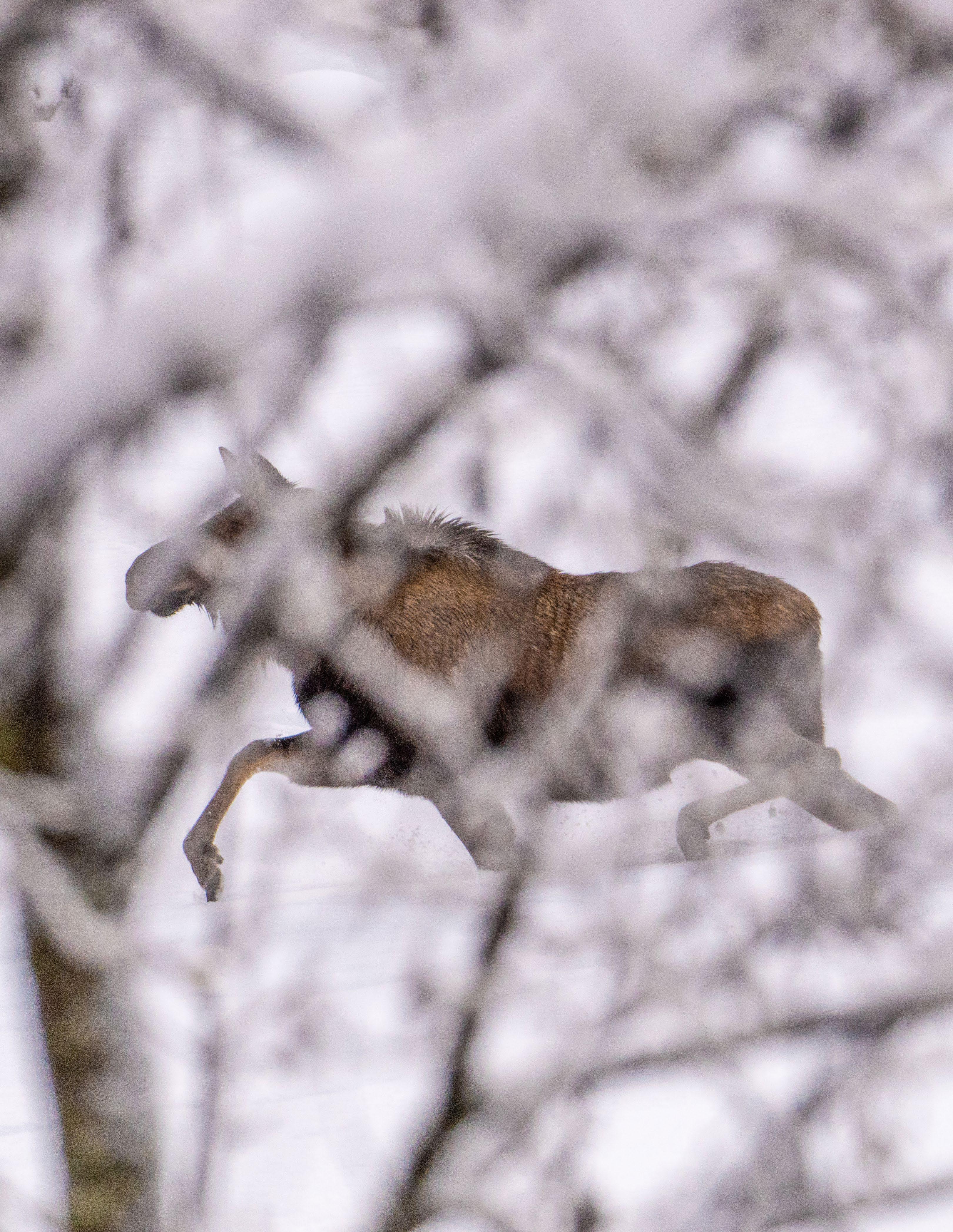
The Wildlife Department has acquired funds to continue the moose survey work that occurred during the COVID-19 pandemic. A population estimate survey for the Klappan and in the Dease Lake/Gnat Pass areas will be conducted this winter.
The Tahltan Central Government (TCG) Wildlife Department and Guardians conducted the Klappan classification surveys in the winter of 2019 and observed 351 moose with 94 bulls, 157 cows, 46 calves classified and four unclassified during the survey.
46 + 4
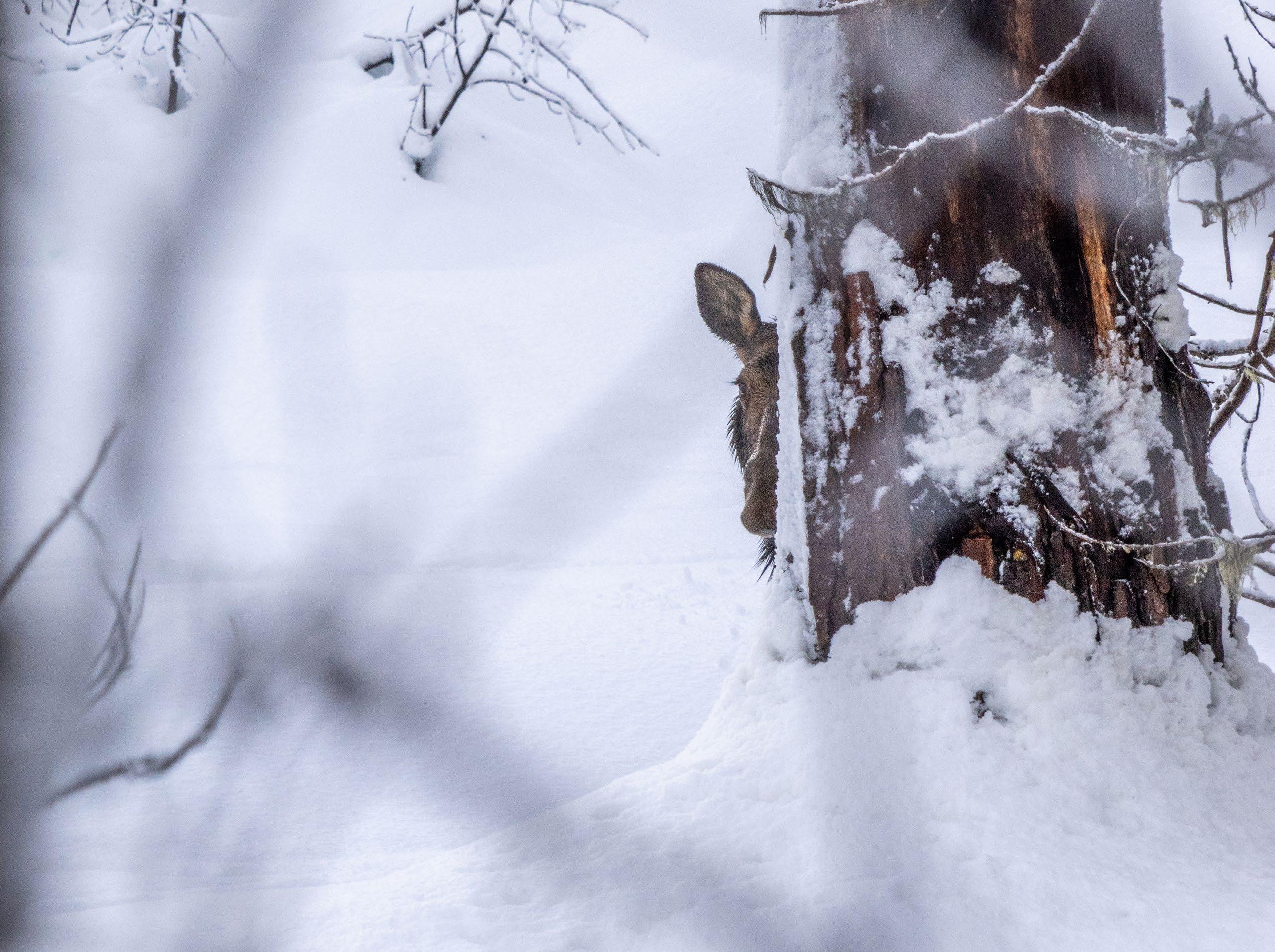
• There were 44 groups with a cow with a calf, and one group of cows with twin calves.
• A bull ratio of 46.5 + 9.6, 90% confidence interval (CI), bulls/100 cows was observed with a sample size of 296 and a precision level of 20.5 % (90% CI).
• A calf ratio of 25.2 + 6.5 (90% CI) calves/100 cows was observed with a sample size of 253 and a precision level of 25.8 % (90% CI).
Another survey occurred in the winter of 2020 flying in similar areas in the Klappan; however, further flying was prevented until February 2021 due to a freeze/ thaw event in December. The survey was led by Guardians and Wildlife Department staff.
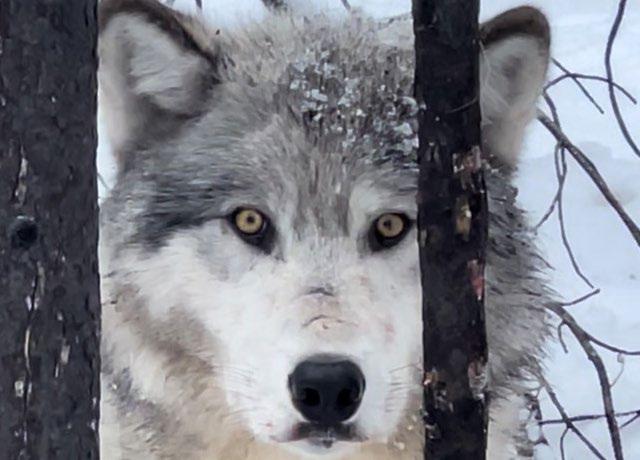
• A bull ratio of 58.5 + 15 (90% CI) bulls/100 cows was observed with a sample size of 186 and a precision level of 24.0 % (90% confidence interval).
• A calf ratio of 28.2 + 9 (90% CI) calves/100 cows was observed with a sample size of 150 and a precision level of 32.4 % (90% confidence interval).
The two surveys are similar in numbers for bulls and calves with both years’ results at or below low-density moose population indicators (50 bulls/100 cows, and 25 calves/100 cows). The slight difference between years could be related to the 2021 survey occurring later in winter where moose begin to group at lower elevations due to snow depth. The move to lower elevations in winter and larger group size could be creating higher bull ratios than just after rut when moose are more dispersed across the larger landscape.
All this information will support the Klappan Moose Stewardship Plan, the Klappan Management Board, and shared decision-making for moose management under the Accord, all of which will support further consideration on Limited Entry Hunting (LEH) seasons and other management decisions.
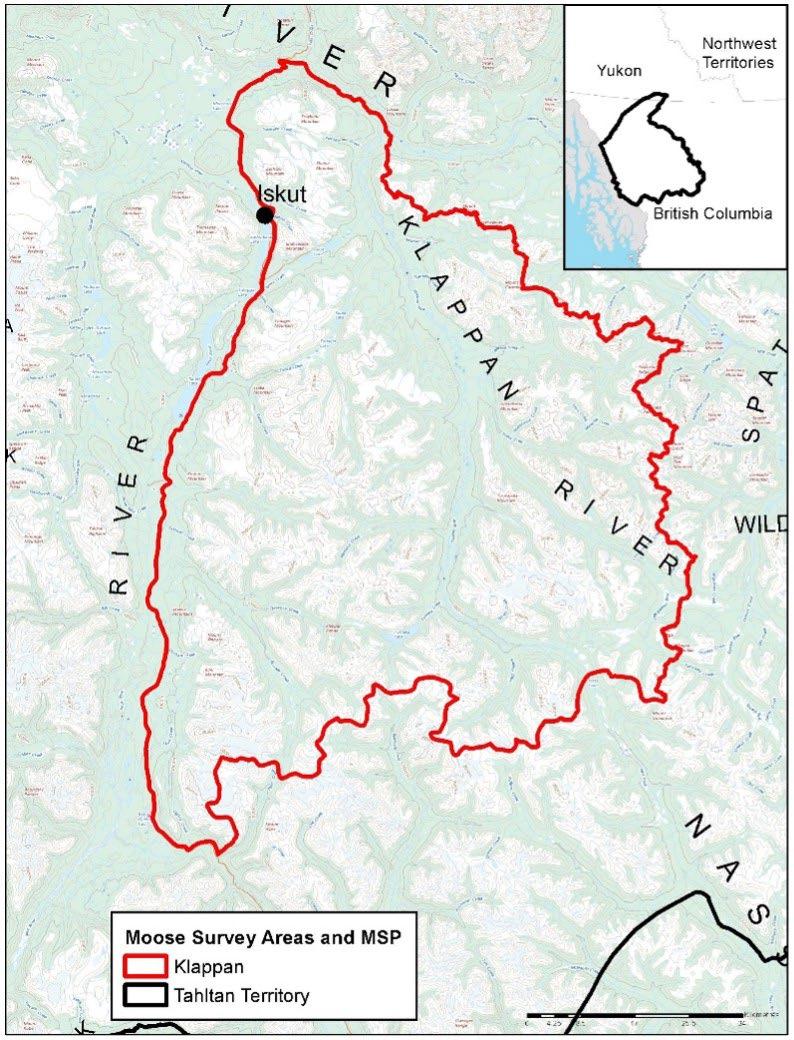
The work this winter will provide a population estimate which will allow for comparison to the 2016 surveys and determine changes in the numbers. This will be compared against Tahltan and local knowledge as well. It will be led by TCG Guardians and Wildlife Department staff.
A combination of Tahltan knowledge and local guide outfitter knowledge had identified a sensitive area where the Dome Mountain Stone’s sheep made an annual movement during summer across the Jade-Boulder Road. The use of the Jade Boulder Road (JBR) for industrial development suggested that it may become a barrier to sheep and increase the vulnerability of the population to predation as well as limit access to key life requisites if traffic increased or the road was developed further.
In 2017 the Tahltan Guide Outfitters Association (TGOA) and Tahltan Central Government (TCG) with substantial contribution from the Wild Sheep Foundation and others set out to investigate and understand the details associated with this annual sheep movement and identify seasonal habitat. We also investigated the current traffic activity of the JBR on sheep as well as the health of the population, and other threats such a predation. Ten adult ewes were collared and subsequently tracked until August 2020. The movement and use of habitat was documented from the tracking of the ewes and this information was supplemented with an assessment of habitat including documentation and evaluation of nutrients and forage quality in the vegetation and soil as well as documentation of nutrients and fecal cortisol in sheep pellets as an indicator of nutritional health and stress.
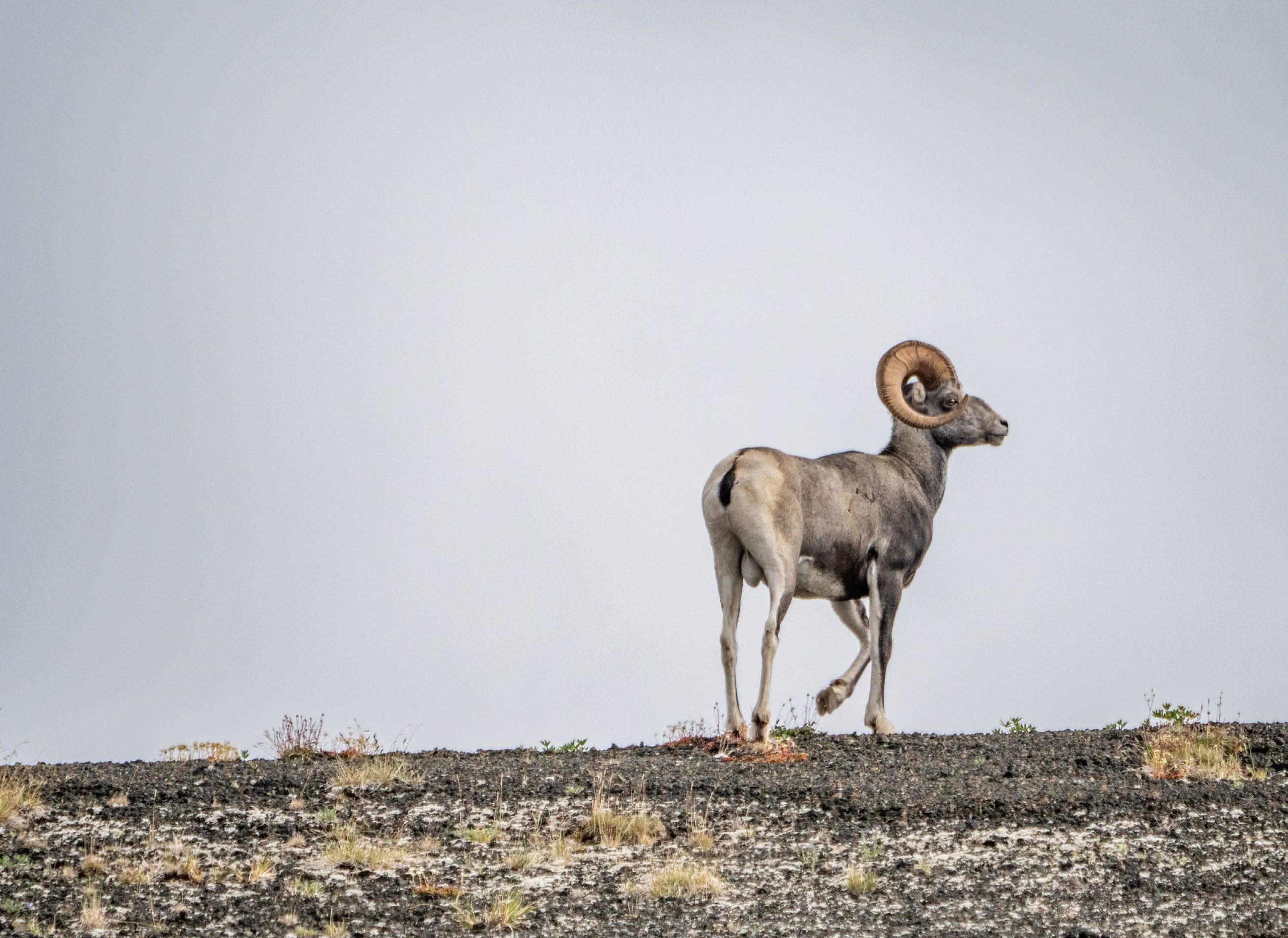
It was concluded that the Dome Mountain Stone’s sheep are a viable, healthy, and productive population and the population is currently sustainable with the quality and availability of the habitat on their range. The sheep population is dependent upon accessing the mineral resources north of the JBR including area associated with the volcanic geology as well as the significant lick. Without access to these minerals, it is unlikely that the sheep can meet their nutrient requirements and would likely suffer from reduced fitness from a nutrient deficit, potentially decreasing their sustainability.
Accordingly, the project’s goal is to define the spatial and temporal extent of the JBR’s influence on stress in the Dome Mountain Stone’s sheep population. Our second objective is to identify other variables –with a focus on forage quality which may influence physiological stress in the Dome Mountain Stone’s sheep population through additive or interactive effects with vehicle traffic.
In 2022, Westin Creyke continued to collect further information on the Dome Mountain Stone’s sheep population through a graduate study being supported by the TCG Wildlife Department and 3Nations Society – British Columbia Collaborative Stewardship Forum (3NBC-CSF) with other funding initiatives. The study is examining vehicle traffic along linear features which may affect wildlife survival, behaviour, and physiology; however, the population-level effects of vehicle traffic depend on the timing and duration of disturbances.
As a species with a restricted range and that migrates seasonally, Stone’s sheep may be particularly sensitive to vehicle traffic within their habitat. In Tahltan Territory, the JBR is a resource road that transects a corridor used bi-annually by the Dome Mountain Stone’s sheep population.
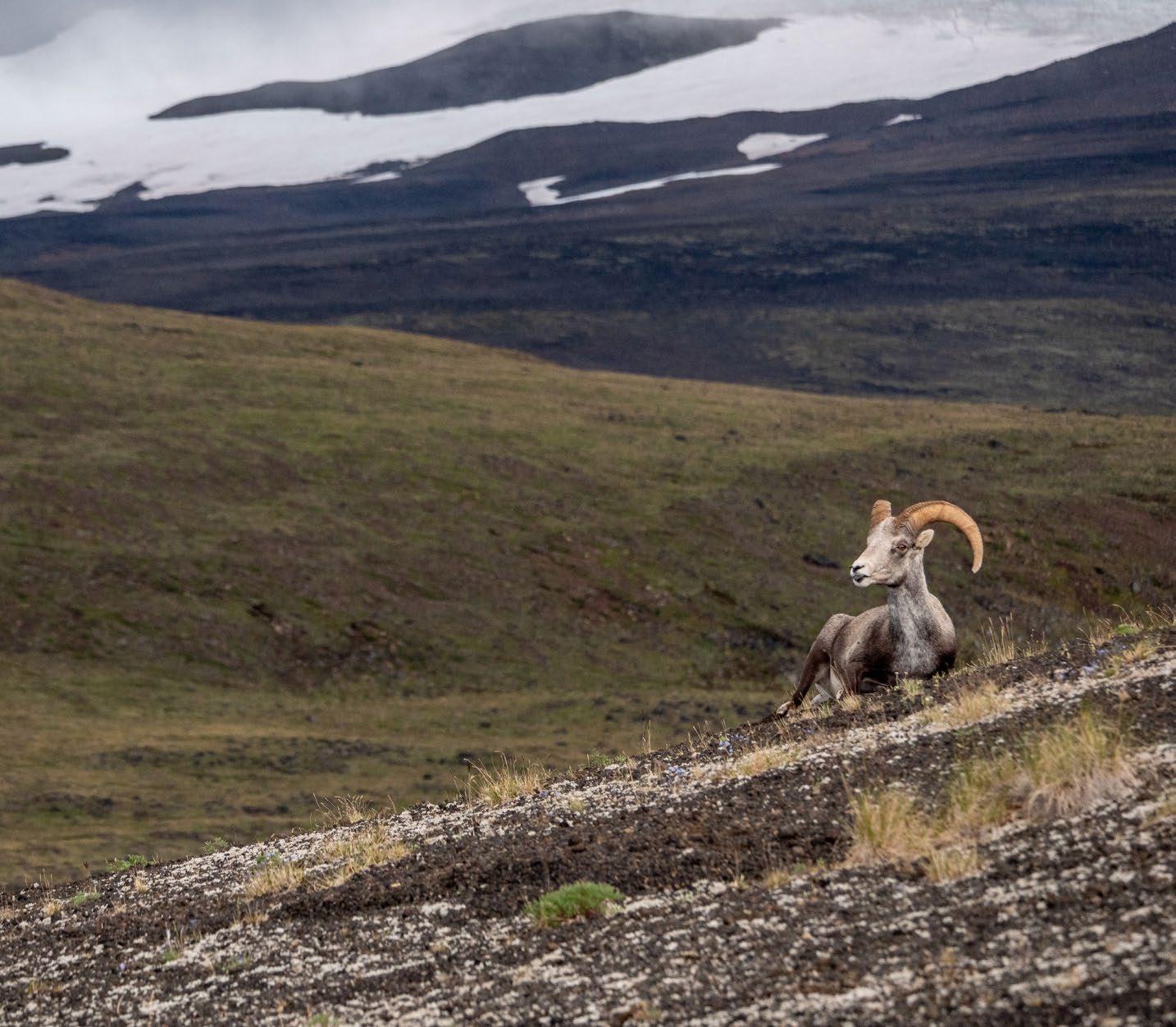
Increased industrial and recreational activity along the road could pose a threat to the sheep population’s seasonal migration. Initial findings have documented elevated levels of physiological stress in the Dome Mountain Stone’s sheep while crossing the road. Although elevated levels of physiological stress may be an adaptive response that helps sheep contend with migration, chronically elevated stress levels may compromise reproductive function and increase susceptibility to disease.
To fulfill these objectives, we will analyze fecal glucocorticoid metabolites (i.e., cortisol) in sheep pellet samples and forage quality (i.e., digestibility and protein content) from six different sampling sessions throughout the year during the following timeframes: winter, spring/summer crossing, lambing, summer, summer/fall crossing, and rut. In addition, we will consider weather and habitat variables when interpreting the data. Our findings will generate information that can be used by the TCG in management of road activity and sheep habitat. Notably, partnership with the TCG, Dease Lake School, and the University of Northern British Columbia (UNBC) will facilitate information-sharing and capacity-building among partners.
A number of recommendations were made, including detailed management of the JBR; traffic activities and the protection of the significant licks were identified. This information has been used in setting initial management restrictions for industrial users on the road.Above: Stone’s sheep, Tahltan Territory.
The Wildlife Department has been advancing the Tahltan Predator Management Framework that is based on defining areas in the Nation to support application of:
• a Tahltan Predator Management Policy - endorsed by Leadership;
• identified management units to support predator management across multiple management scales; and
• predator harvesting programs which support Tahltan member harvesting rights; defense of life and property; Tahltan community areas used to meet sustenance needs; and advancement of a Tahltan-based licenced hunting permit system for Grizzly bears, black bears, and wolves.
The first step to managing predators, specifically Grizzly bears and wolves, has been through Tahltan members harvesting and trapping consistent with Aboriginal law.
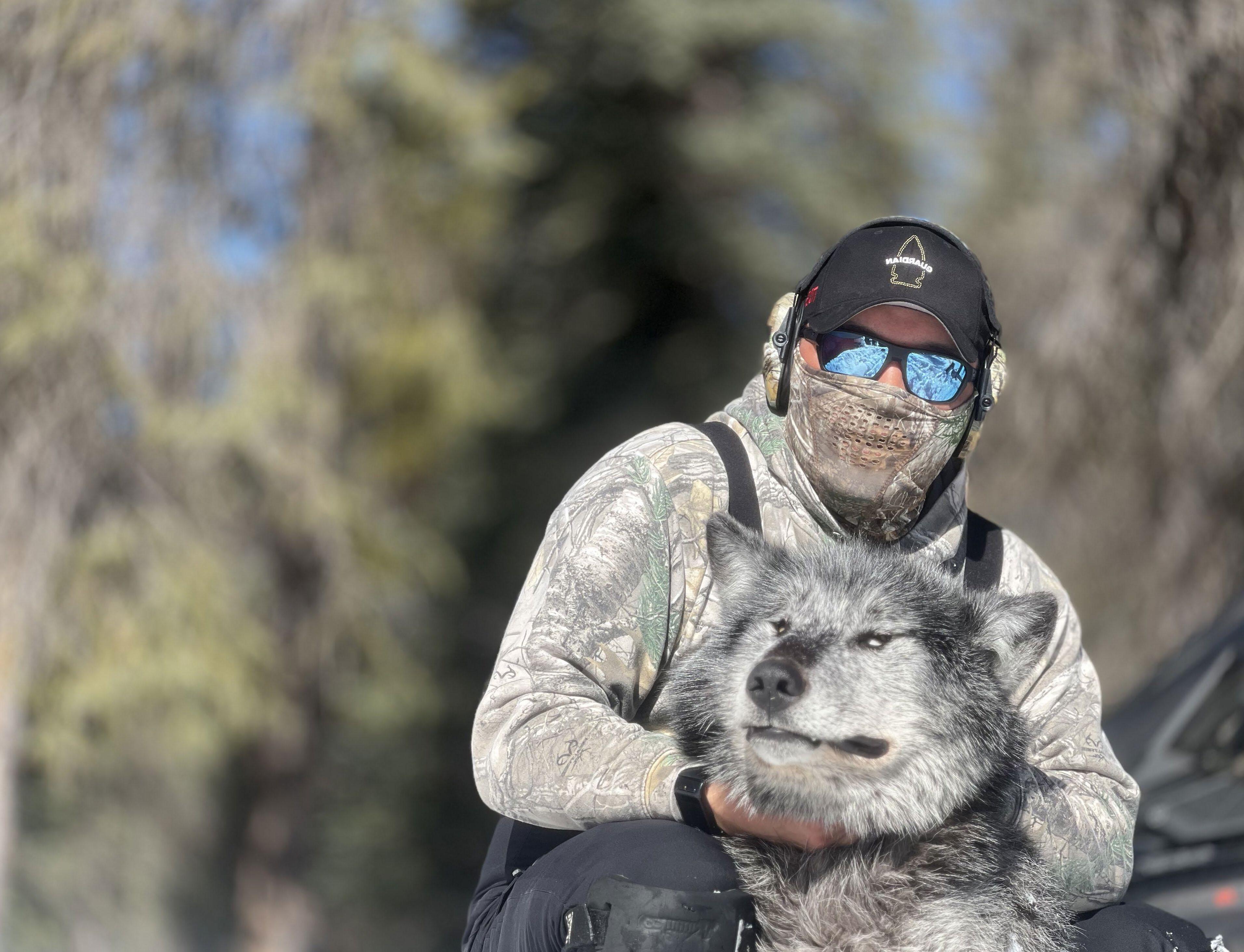
The Wildlife Department and TCG Guardians have also been running harvesting and trapping programs and working with commercial trappers and licensed hunters in the Nation.
The final approach is re-establishing a managed licensed hunt of Grizzly bears as well as predator removal through TCG trapping, snaring, and reduction programs.
Tahltan knowledge, scientific literature, and local knowledge provide information that supports stable to increasing Grizzly and black bear populations in Tahltan Territory. In addition, bear predation has been identified as substantial on culturally important ungulates. Tahltan members have indicated increased numbers for both species.
The current population of Grizzly bears in B.C. is approximately 15,000 as estimated in 2012, with approximately 3,846 bears estimated in Tahltan Territory, of which 90 – 100 (2.3%) were killed by humans with the majority from hunter harvest. Up until 2017 when the provincial Grizzly bear ban came into effect. This indicates a harvest of about 90 –100 Grizzly bears appears to have been historically supported while maintaining a sustainable bear population. Since 2017, only Tahltans have been able to harvest Grizzly bears resulting in fewer than 40 harvested annually.
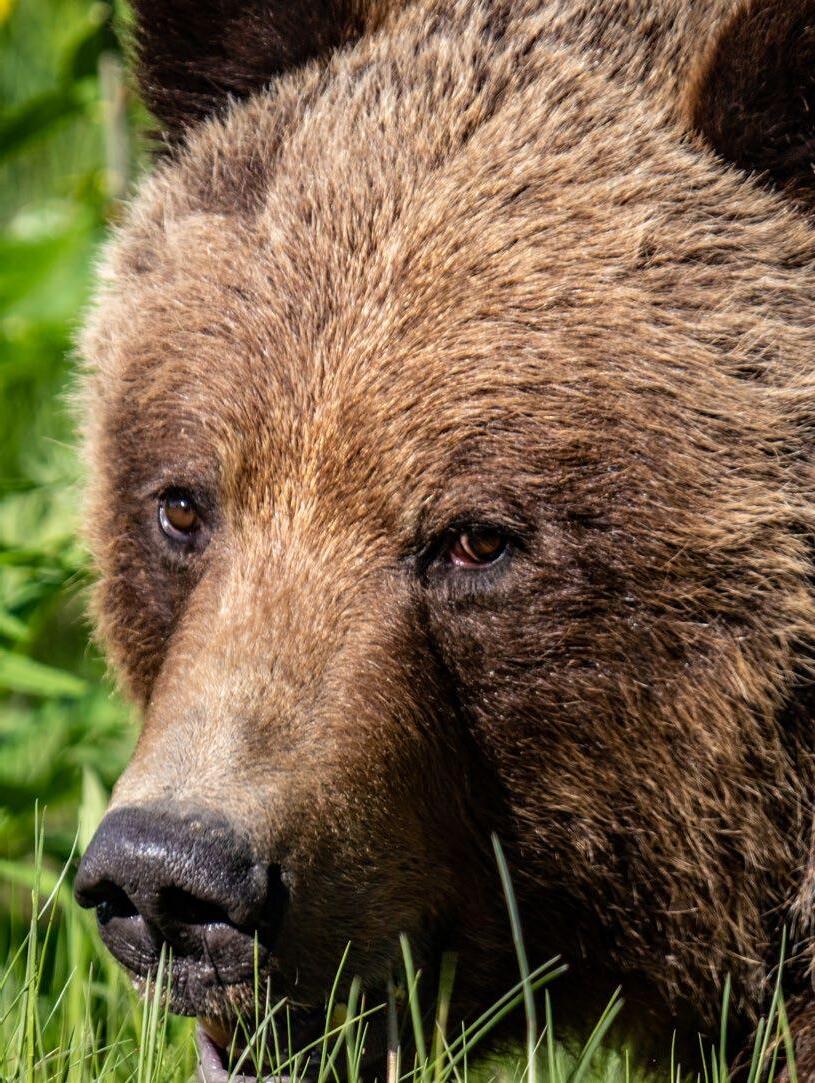
Tahltan knowledge, scientific literature, and local knowledge provide information that supports high density wolf populations in Tahltan Territory. Review of wolf densities specific to the Tahltan Nation estimate wolf densities at greater than 15 wolves/1,000 km2. Recent wolf harvests have, on average, been 64 wolves through licensed hunting and 145 wolves through commercial trapping. These are considered minimums since they do not include Tahltan harvests and hides not commercially sold.
Tahltan knowledge supports higher than reported wolf densities, and Tahltan members have reported higher densities, pack sizes, and numbers for several decades.
3,846
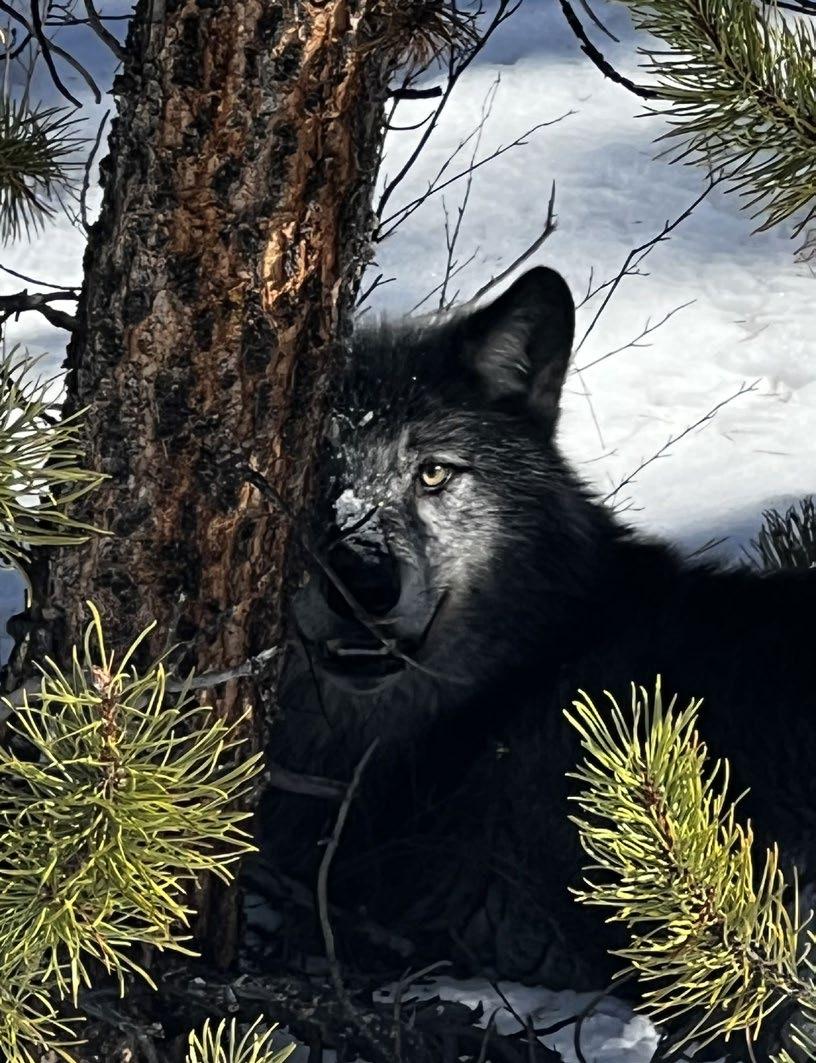 GRIZZLY BEARS ESTIMATED IN TAHLTAN TERRITORY
Wolves ⁄ 1,000 km 2 >15
WOLF DENSITY In Tahltan Nation
GRIZZLY BEARS ESTIMATED IN TAHLTAN TERRITORY
Wolves ⁄ 1,000 km 2 >15
WOLF DENSITY In Tahltan Nation
For more information, view the official TCG press release here:
DEASE LAKE, BRITISH COLUMBIA, June 28, 2022 –Under the Predator Management Framework, which includes the Tahltan Predator Management Plan and the Tahltan Predator Management Policy, the Tahltan Central Government (TCG) is supporting the Tahltan people in fulfilling their inherent stewardship responsibilities for wildlife in Tahltan Territory, in alignment with the United Nations Declaration on the Rights of Indigenous Peoples, and BC’s Declaration on the Rights of Indigenous Peoples Act, by taking predator management into their own hands.
The TCG’s Wildlife Department will be hiring four full-time predator management staff to support the program, which includes animal monitoring and population control, data collection, wildlife research, and working with Elders and Knowledge Holders. This is a historic investment which will prioritize predator management in Tahltan Territory by its own members. The TCG Wildlife Department will also increase its efforts to work closely with other wildlife stakeholders who understand and support predator management initiatives.
The Predator Management Framework responds to dwindling ungulate species populations and increased conflict between community members and predatory species. Culturally important to the Tahltan people and primary food sources, ungulate species are being protected by restoration programs and initiatives across the country developed between Indigenous, provincial, and federal governments with a primary focus on caribou.
Previous research has revealed the impact predatory species have on ungulates. Wolf densities cannot exceed 6.5 wolves per 1,000 km2 for stable caribou populations, while for recovering populations, that number is reduced to 3 wolves per 1,000 km2. Alarmingly, it is estimated that there are 15 to 24 wolves per 1,000 km2 in Tahltan Territory.
The Tahltan Predator Management Framework incentivizes Tahltan members to exercise their hunting rights to harvest predatory species, such as wolves and Grizzly bears that pose a high risk to ungulates. Reviving and strengthening cultural hunting practices, protecting a culturally significant species, increasing local safety, and providing monetary incentives for harvesting will benefit current and future generations of Tahltan people as the Nation works to recover dwindling ungulate populations.
“Our Predator Management Framework is yet another example of the Tahltan Nation asserting our rights and title and leading the way in stewardship of our territory, as we have done since time immemorial,” said Chad Norman Day, President of the Tahltan Central Government. “We are using Tahltan knowledge and western science to help develop a world class wildlife management regime in our homeland. Relying on our own data will allow us to respond immediately to an urgent situation, while exercising our rights and jurisdiction over Tahltan Territory. We continue to push the Province to make improvements to wildlife management and will be increasingly pushing back on economic development in our homeland until this important work is done.”
A provincial ban on Grizzly bear hunting in 2017 that once removed an average of 100 Grizzly bears annually, has eliminated a means of predator control without consideration for the resulting consequences for locals and ungulates. Moose, for example, require 35 calves for every 100 cows in stable populations. Our moose populations now have less than 30 calves per 100 cows. Studies have shown that bears are responsible for roughly half of moose calf mortality. This is an example of why Tahltans must take responsibility for their own predator management as provincial and federal regulations have failed to consider regional differences and address the concerns of the Tahltan people.

November 4, 2022
Tahltan Central Government
NEWS RELEASE
DEASE LAKE, BRITISH COLUMBIA, November 4, 2022
In the Media
For more information, view the official TCG press release here:
- On Monday, October 31st, 2022, the Tahltan Central Government’s (TCG) Wildlife Department staff shot and killed a Grizzly bear just outside the community of Iskut following a frightening incident at an elderly woman’s home.
At approximately 10:30 PM on Sunday evening, an elderly community resident requested aid after the large and aggressive bear had damaged her vehicle, torn through the front door and entered her residence. Conservation Officers were contacted but were not in the territory to help at the time of the event. However, TCG Wildlife Guardians and Predator Management Technicians quickly responded to the threat.
Right: Guardian Richard Louie with the bear.
“My son Lucious finished it off. He was with me the whole two days tracking and chasing. The bear is in great shape, the darkest I’ve ever seen. The Taxidermist is going to rug the bear and clean up the skull.”
Richard guesses the bear was 9-12 years old.
An initial search by the Guardians and Technicians revealed damage to the property, including a raided freezer, but failed to establish the bear!s whereabouts. The area was secured, and a leg hold restraint bear snare was set, leading to its eventual capture on Monday evening, at which time it was put down. This came as a relief to many Iskut community members who had been concerned for their safety after having been advised to stay indoors until the bear was captured. Halloween was cancelled for most children in the community due to safety concerns.
"This occurrence in Iskut with the Grizzly bear is a stark reminder of why there is such a need for Tahltan-led stewardship and wildlife management with more delegated authority for the Tahltan Nation. We are fortunate that no community members were harmed, and I am grateful to our Wildlife Guardians
and Predator Management Technicians for acting so quickly to protect our community. We had several cabins and other infrastructure destroyed by Grizzly bears again this year,” said Chad Norman Day, President of the Tahltan Central Government. "Our remote location means that BC!s Conservation Officers are often unavailable to assist, particularly when there is an immediate need. Our Wildlife Department has been working to take predator management into our own hands, in response to dwindling ungulate populations caused by an increased number of predators and because there has been increased conflict between predators and community members. We have recently invested over a million dollars hiring our own Predator Management Technicians to keep Tahltans safe. Our Predator Management Policy supports Tahltan people in fulfilling their stewardship responsibilities for wildlife in Tahltan Territory. It incentivizes Tahltans to harvest predatory species in a respectful way and aligns with BC!s Declaration on the Rights of Indigenous Peoples Act.”
In addition to the Predator Management Policy, the TCG has worked to establish a long-discussed Tahltan Central Government – British Columbia Accord on Wildlife Management in an effort to develop worldclass wildlife stewardship in Tahltan Territory led by the Tahltan Nation. This accord acknowledges and respects Tahltan knowledge, values, and worldview in relation to wildlife, and recognizes the need to include these in wildlife management in Tahltan Territory.
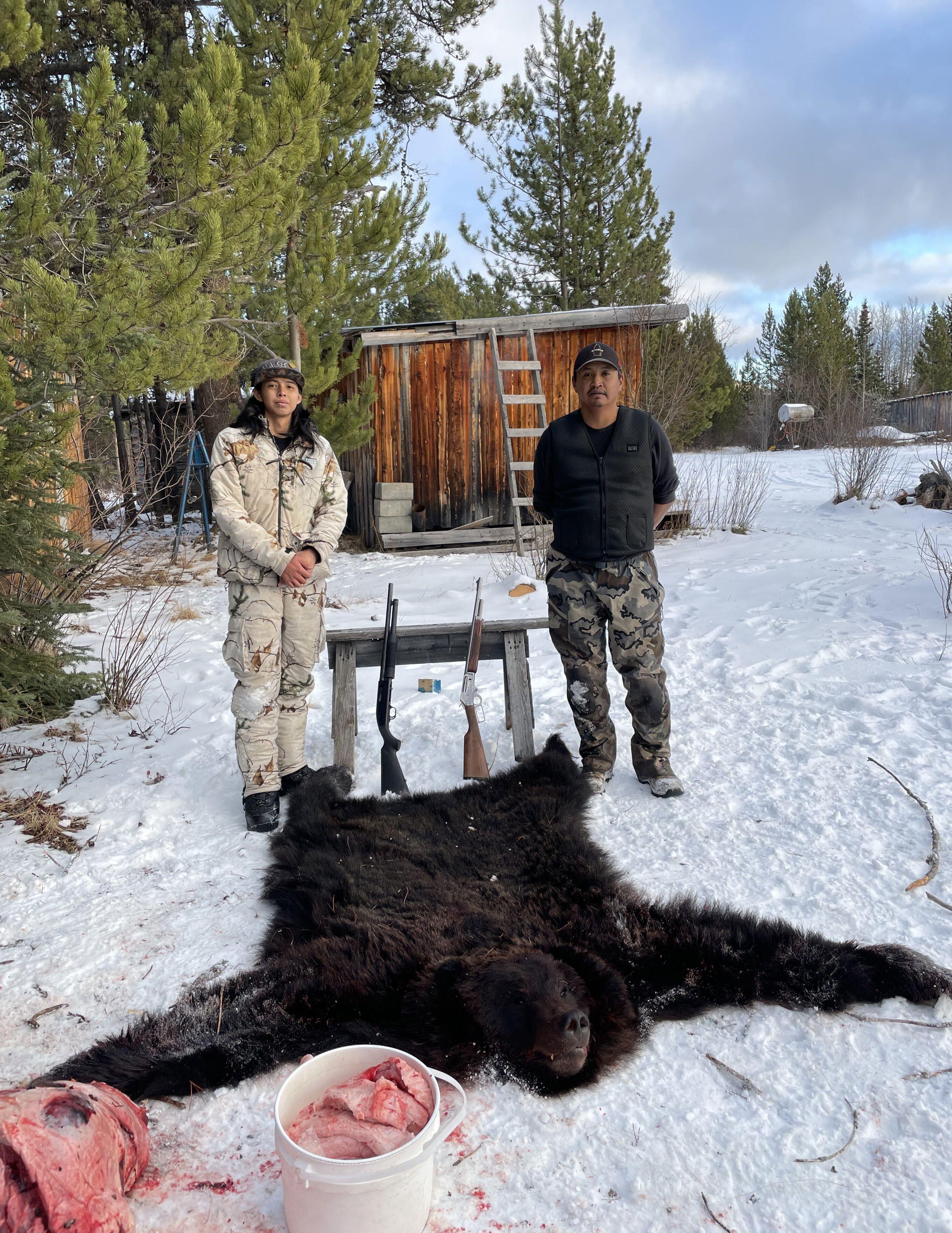
TCG Guardians went door to door in each of the three communities (Dease Lake, Telegraph Creek, and Iskut) to conduct harvest surveys. As expected, we were unable to reach all in-territory Tahltans due to work and other commitments; if you did not talk with a guardian regarding the survey, you will be receiving one in the mail. Going forward, please use your TCG wildlife calendar to record your harvests throughout the year. This will make it much easier to recall your harvests during the following year’s round of surveys. The information gained from these surveys is required for joint decisionmaking authority in wildlife management and provides proof of our sustenance needs. In participating in the survey, you are actively managing our home territory and ensuring your personal rights are protected for future generations.
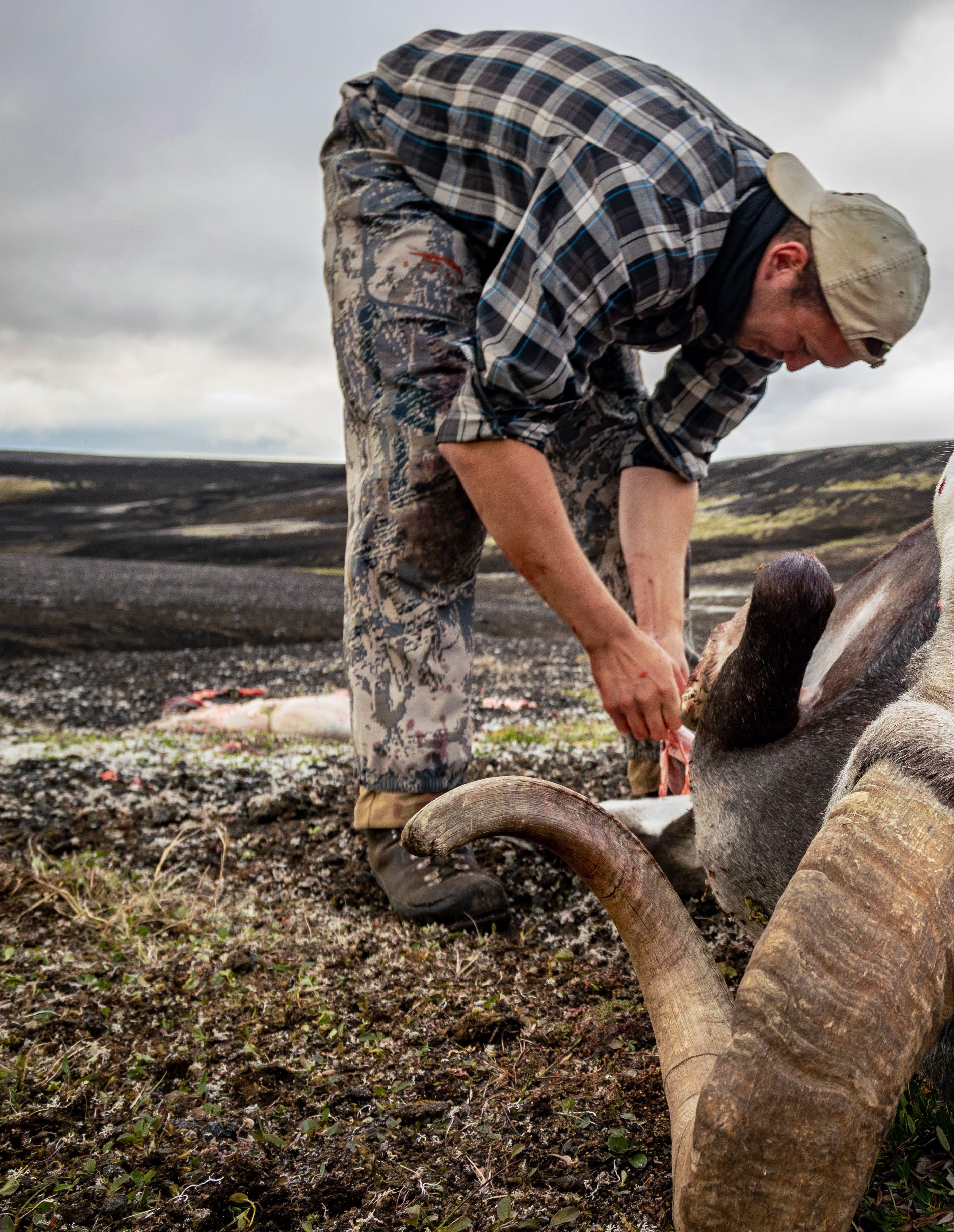
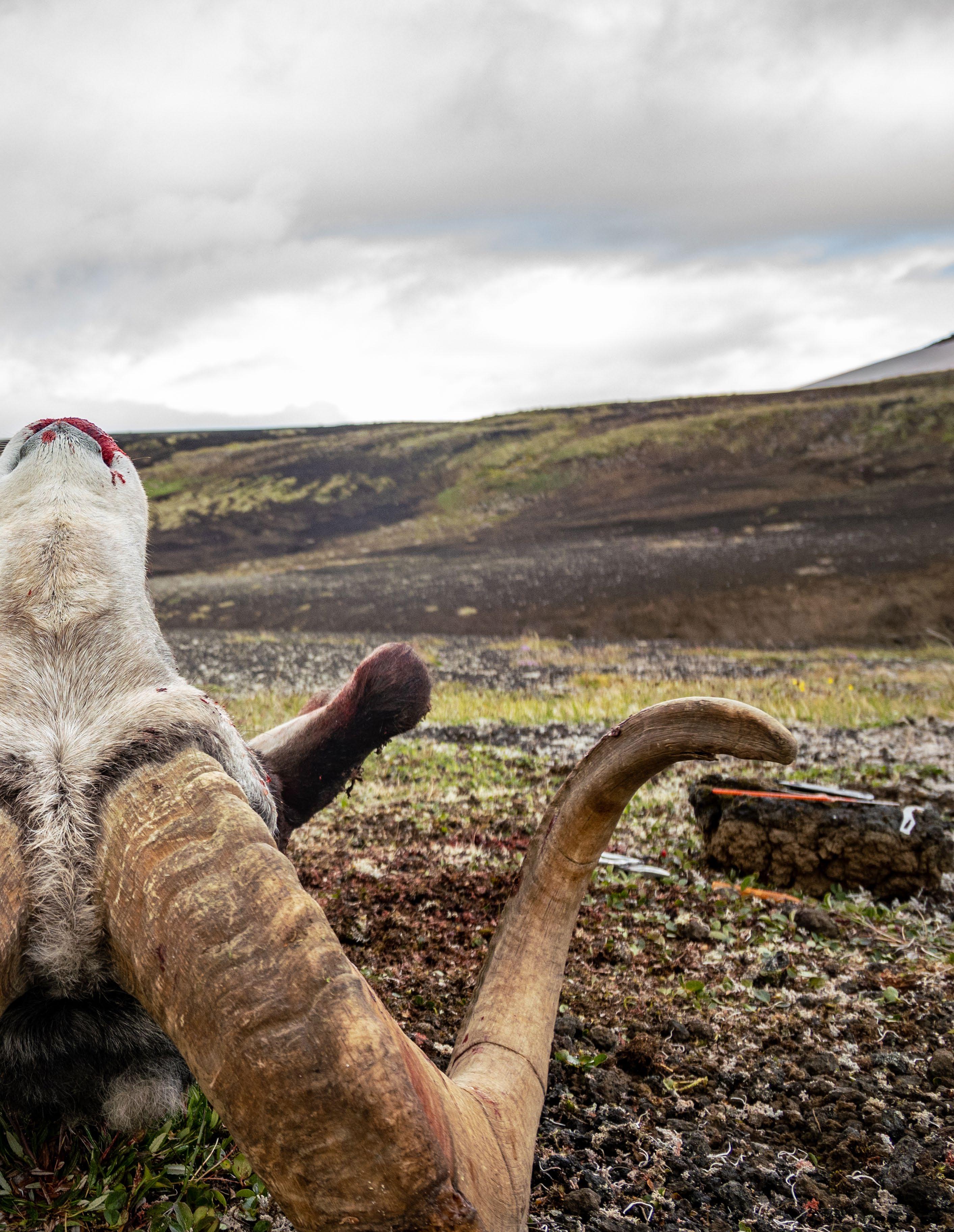
Predator Management Technician
Hello, my name is Eugene Etzerza Jr. I am working as a Predator Management Technician. I grew up in Telegraph Creek and now I live in Dease Lake. My wife and I have three adult sons.
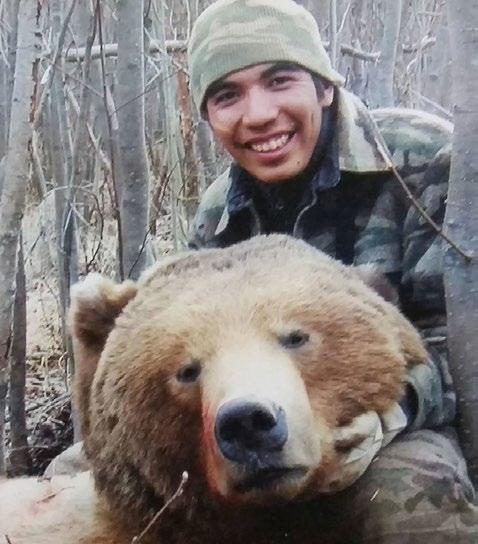

Growing up in Telegraph Creek, I was taught how to hunt and trap by my father. My parents are Eugene and Lola Etzerza. I enjoy being out on the land and sharing my knowledge. Our family likes to go out hunting, fishing, and camping together as often as possible. I look forward to the opportunity to be out in the bush, trapping and hunting wolves and bears within our territory.
I feel as though this is the perfect job for me and I am sure there will be many great experiences during my time with the Tahltan Central Government (TCG). Previously, I have worked as a mechanic and a carpenter on various projects and worksites in Telegraph Creek, Dease Lake, and locations within Tahltan Territory. Throughout my lifetime, I have been to many areas within our territory either for work or hunting or trapping. I always appreciate seeing all the animals and spending time outdoors.
Predator Management Technician
I grew up in the community of Telegraph Creek my entire life, hunting, fishing, and trapping under my grandfather’s tutelage. Raised in an outfitter family, hunting has always been a large part of my life. My role as a Predator Management Technician allows me to practice my traditional skills for wildlife management. I am excited to join the Tahltan Central Government Wildlife Department team. I started in my position late October 2022, so I have spent the last month learning the system used to trap and remove wolves from the Tahltan Guardians. I will be based out of my home community of Telegraph Creek, and this winter I hope to catch a few wolves and gain experience while trapping using the techniques that I learn daily.
Protecting wildlife species and populations in and around my home is important to me. I want to protect our animals for my children, so that they may continue to practice our Tahltan culture with their children in the future.
Derek Louie
Predator Management Technician WILDLIFE EMPLOYMENT UPDATEHi, my name is Derek Louie. I reside in Dease Lake, and I have lived in territory for most of my life. I descend from the Carlick family and belong to the Tsesk’iye Clan. My parents are Andy and Penny Louie.
My time growing up was split between attending school and being out on the land. I remember as a young boy going to school in Iskut and running home for lunch so my dad, my late brother Ashley, and I could go run our rabbit snares, eat lunch, then go back to school for the afternoon. Growing up, if I was not in school, I was out on the land camping, hunting, or trapping, learning our traditional ways from my parents and my uncles and aunties.
I have been hired as one of the Predator Management Technicians for the Tahltan Central Government's (TCG's) Wildlife Department. With my traditional lifestyle of hunting, fishing, trapping, and gathering medicines, I will be bringing all of my knowledge to my new position. I am excited to be a part of a team working to help restore the moose and caribou populations in the territory back to, or close to, the numbers that my Elders have spoken to me about in the stories of what they used to see when they went out on the land.

It is important to me that I do my part in the conservation and protection of these resources to ensure that my children and my grandchildren can also practice their traditional culture.
Dwayne Tashoots
My name is Dwayne Tashoots and I am honoured to be joining the Tahltan Central Government (TCG), Wildlife Department as a Predator Management Technician. I belong to the Wolf Clan from the Tahltan Nation, where I reside in the community of Iskut along with my spouse/ hunting partner, Kelly Quock, and our son, Duane Jr. We take tremendous pride in our hunting, trapping, and fishing skills, and utilizing the land’s resources for our traditional harvests. Obtaining my hunting outdoor knowledge from a great list of hunters, notably Frank Tashoots, Charlie Abou (my grandparents), and my dad, James Abou, has been nothing less than spectacular. Being able to pass it on along with countless stories has continually been a wonderful experience. I believe my skillset can contribute to the successful day-to-day running of the TCG Wildlife Department.
Obtaining my hunting outdoor knowledge from a great list of hunters, notably Frank Tashoots, Charlie Abou (my grandparents), and my dad, James Abou, has been nothing less than spectacular. Being able to pass it on along with countless stories has continually been a wonderful experience. I believe my skillset can contribute to the successful day-to-day running of the TCG Wildlife Department.
I strongly agree in managing our wildlife’s ecosystems for our future generations. Having balance in our ecosystem will not only keep our wildlife thriving but ensure the wolves, bears, and many other predators are not the reason moose and caribou populations eventually diminish. We have seen the White-tailed deer drastically decline over the years and have noted that the Stone’s sheep population has decreased as well.
So, working together is a must to keep our territory thriving with an abundance of wild game. I would like my son, my grandkids, and many generations to follow to experience all that Tahltan Territory has to offer as I have done, along with tens of thousands before me.
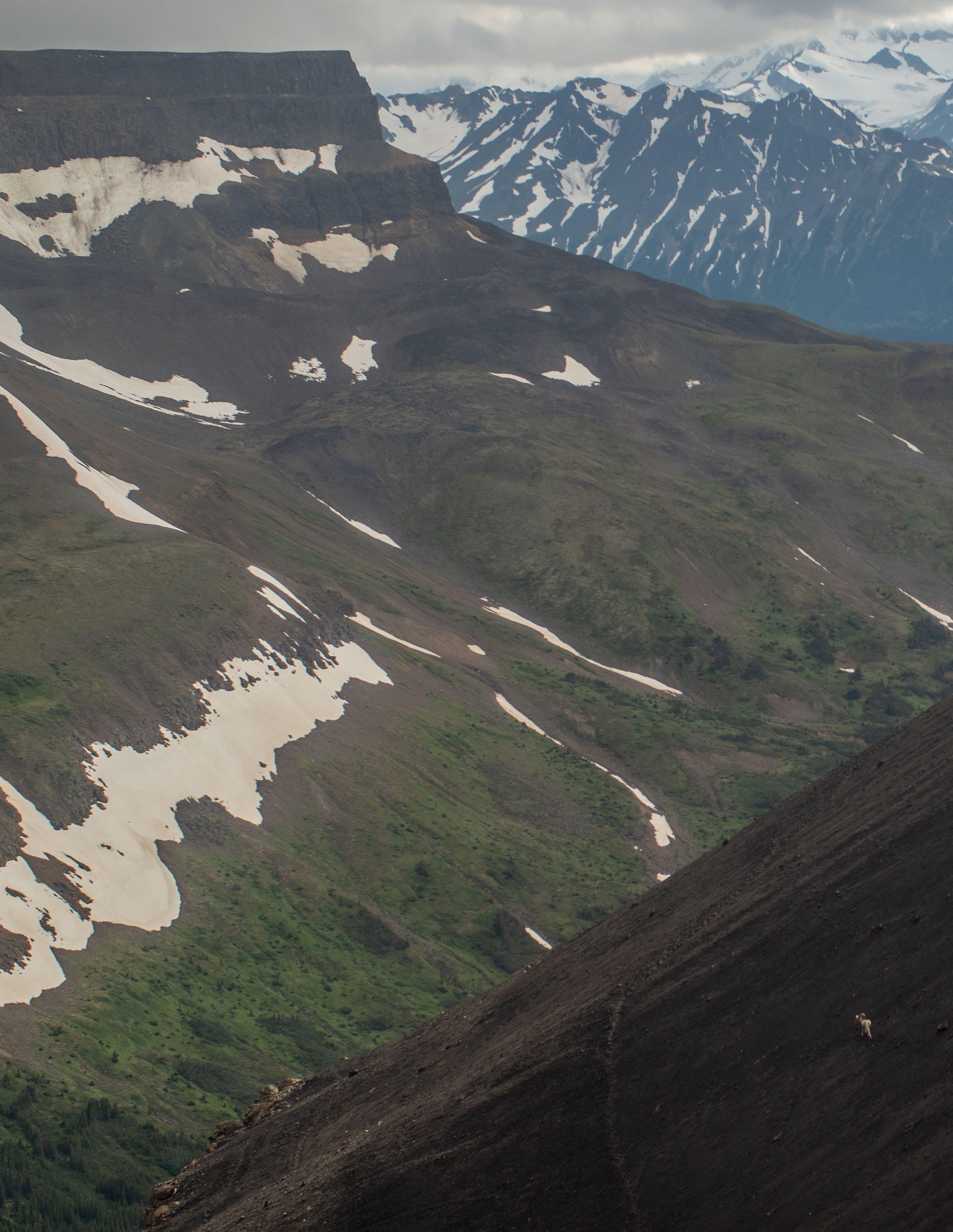

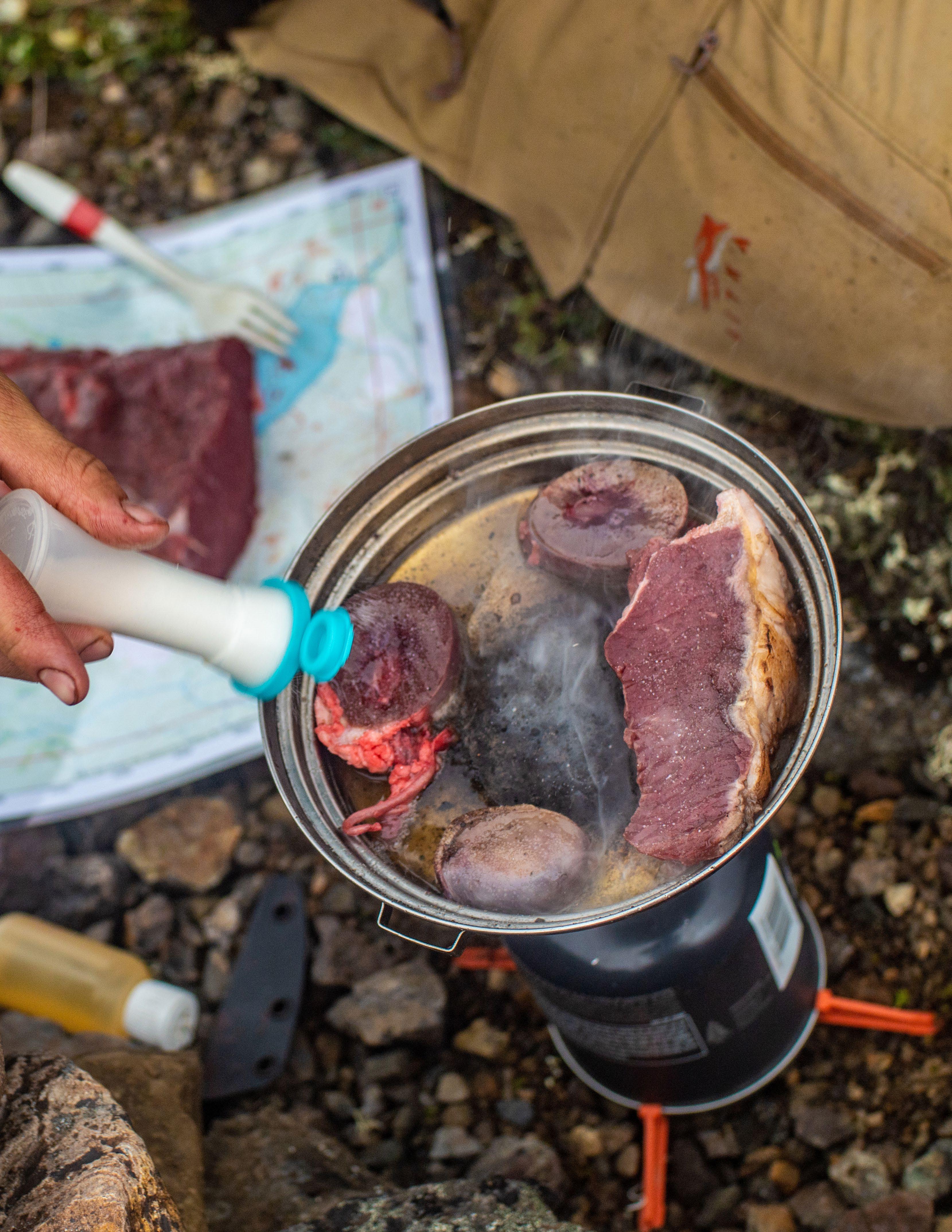
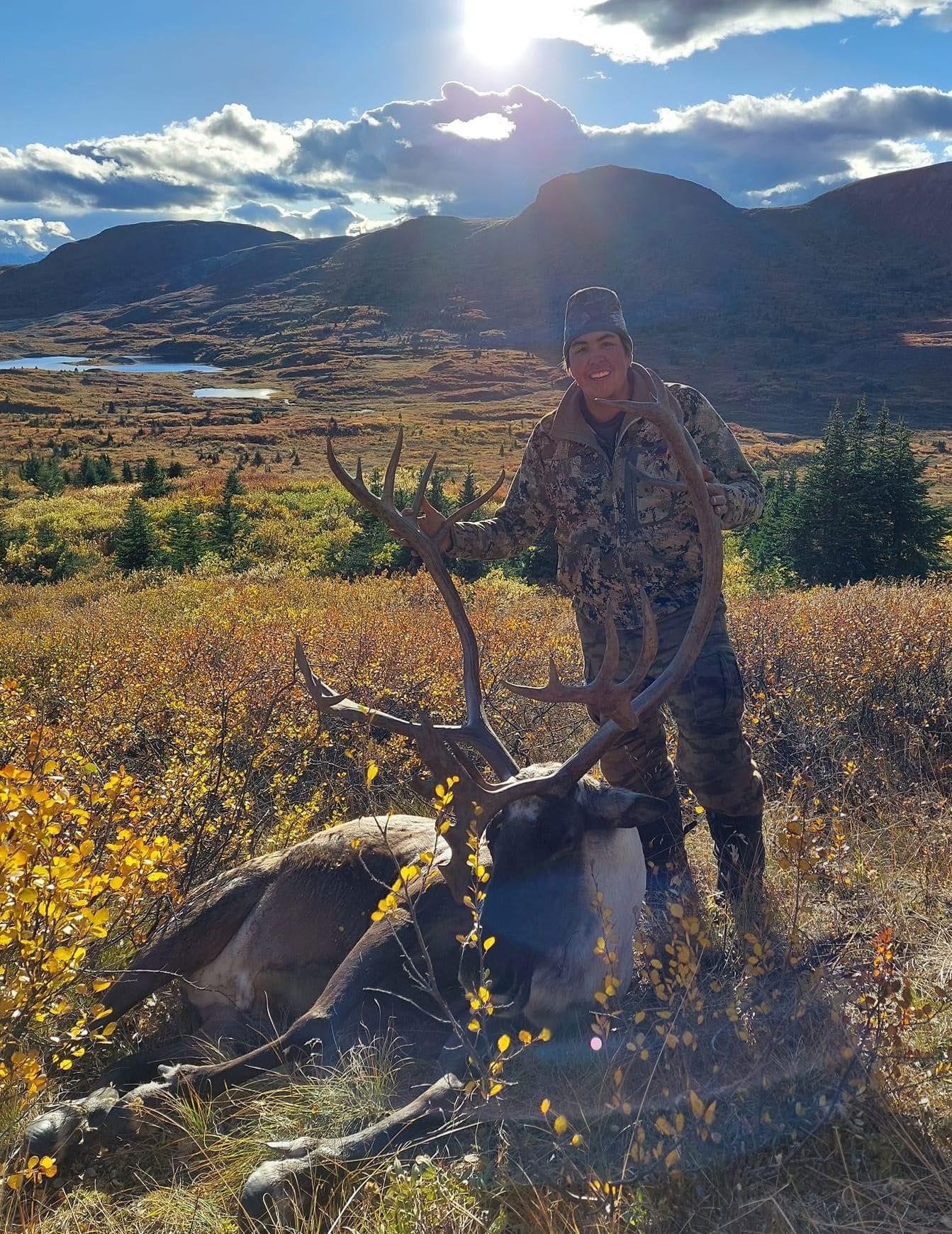

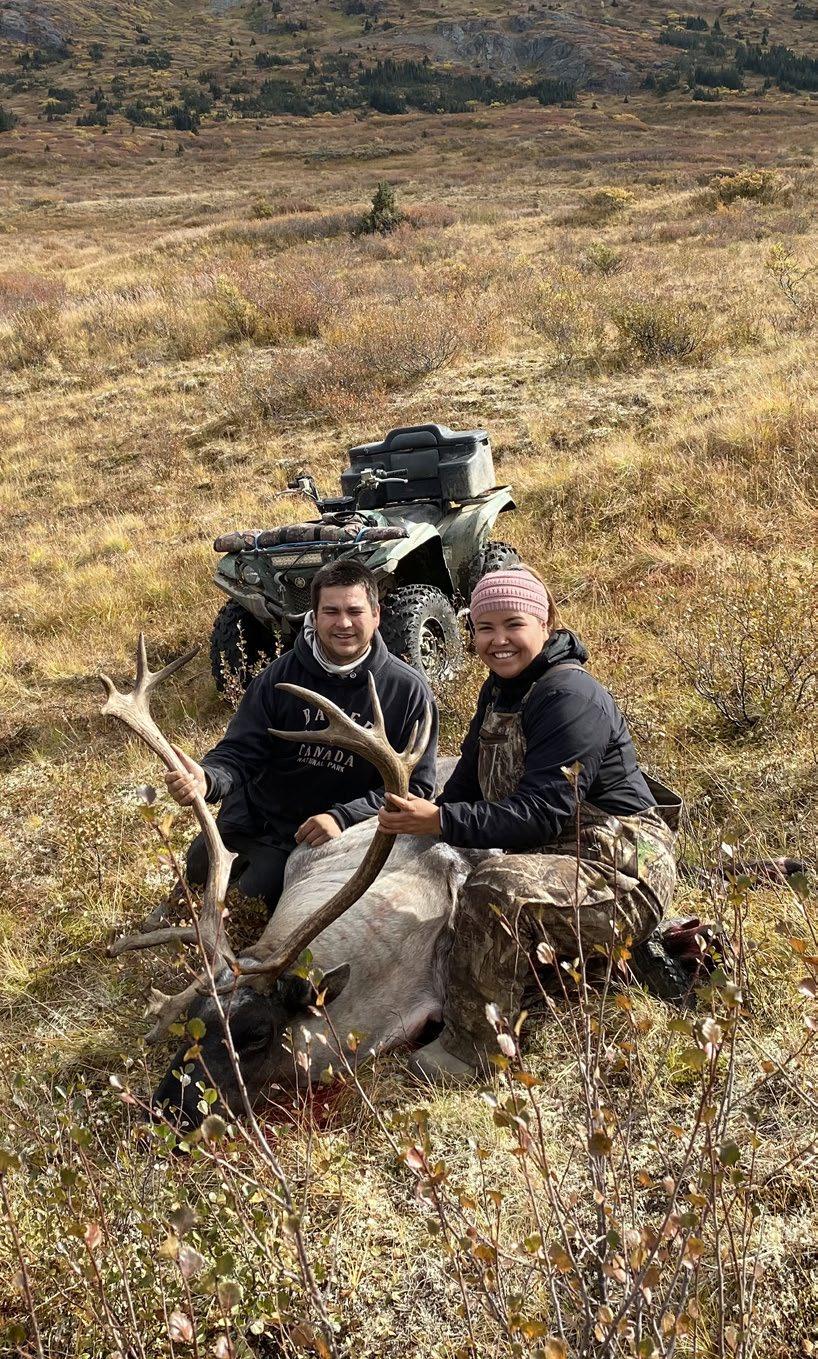
 1. Brianna Tashoots and Delaney Nole 1a
1b
1. Brianna Tashoots and Delaney Nole 1a
1b
Lando Ball shot his first moose in late February to help with Harold Dennis’ wake and funeral; he also gave the majority of his portion of moose meat away to Elders as per our Tahltan customs on our first successful hunt. His uncle, Hankin Asp, was his mentor on how to properly and respectfully look after his moose.
Moose kill, Feb. 2022. Took 9 days to hunt and 12 hours to pack out of the bush. So rugged and lots of trees down because of fires. I was the only help but we got it done. Teamwork!
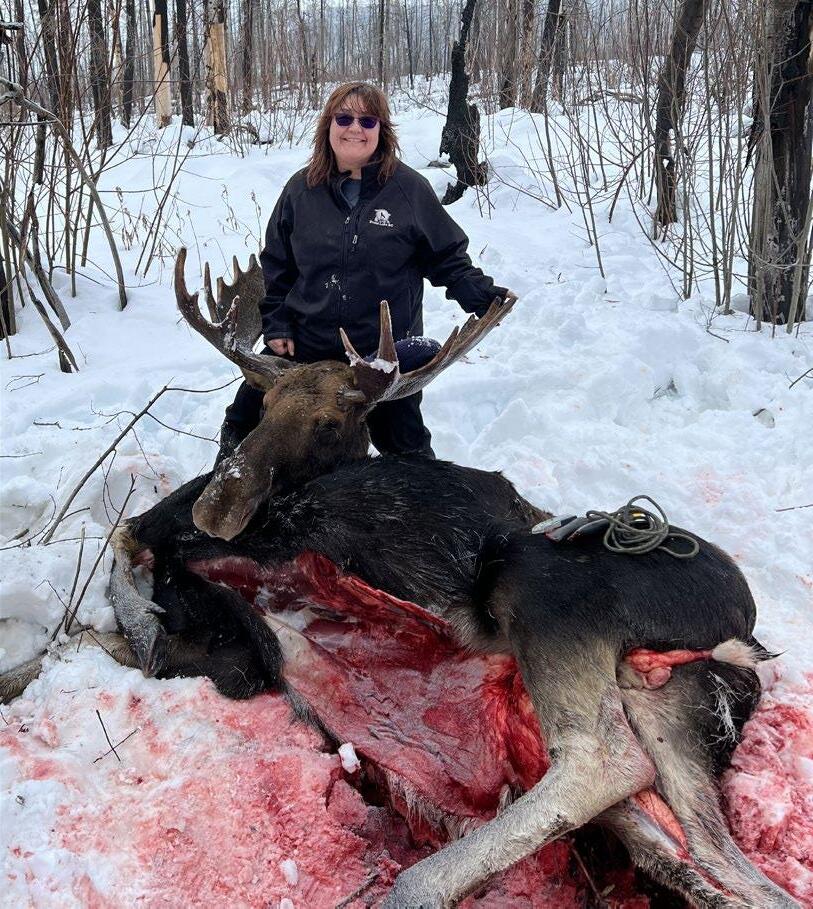
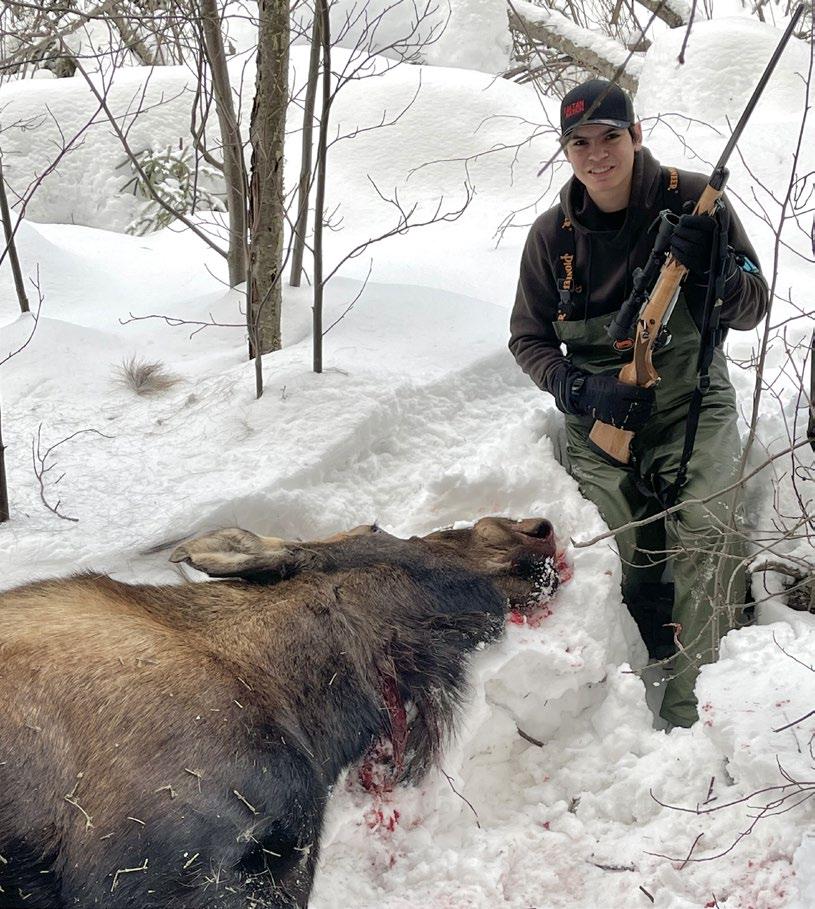
a. 2022 Stone's sheep taken by Troy Creyke.
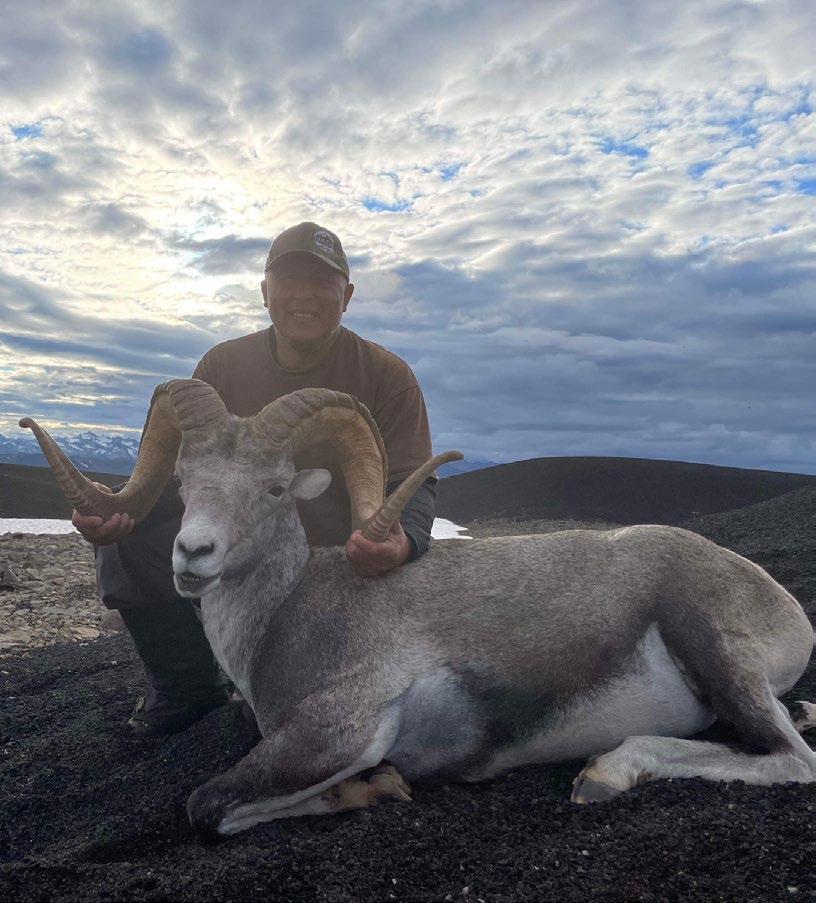
b. Taking the ram back to our spike.
c. Loving the mountains.
d. This is Creed. Bringing along a dog and having the dog have its own pack within Tahltan Territory brings a strong feeling of connection to my ancestors.
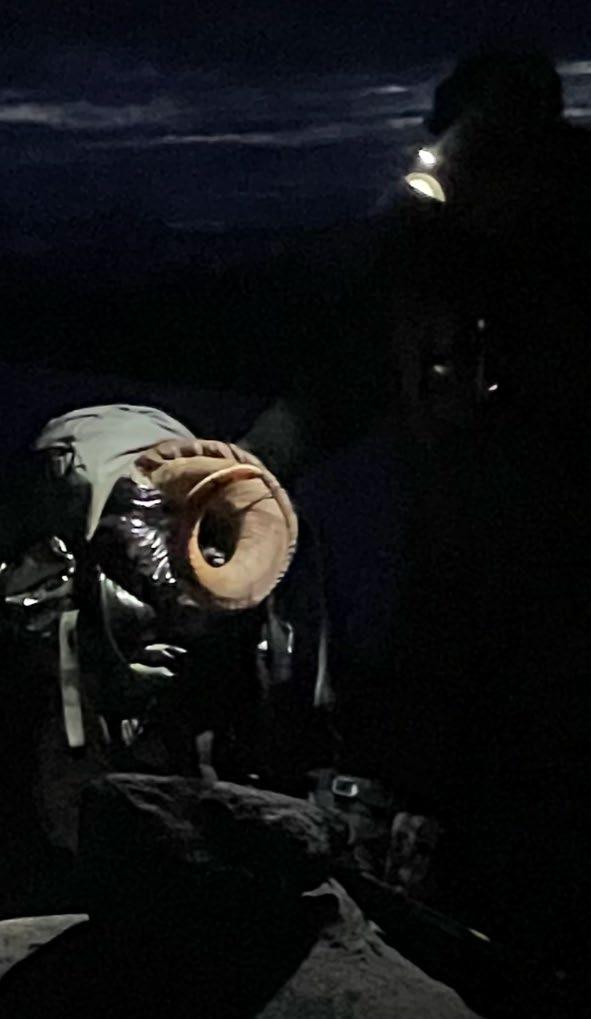
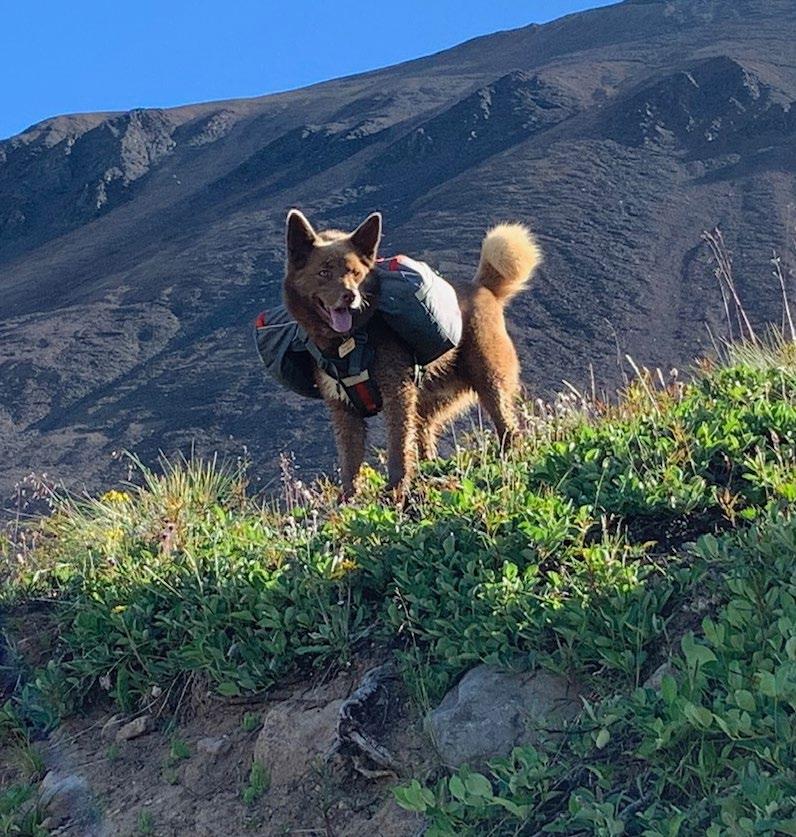
 2. Lando Ball
3. Noreen & Tim McLean
4. Troy Creyke
2. Lando Ball
3. Noreen & Tim McLean
4. Troy Creyke
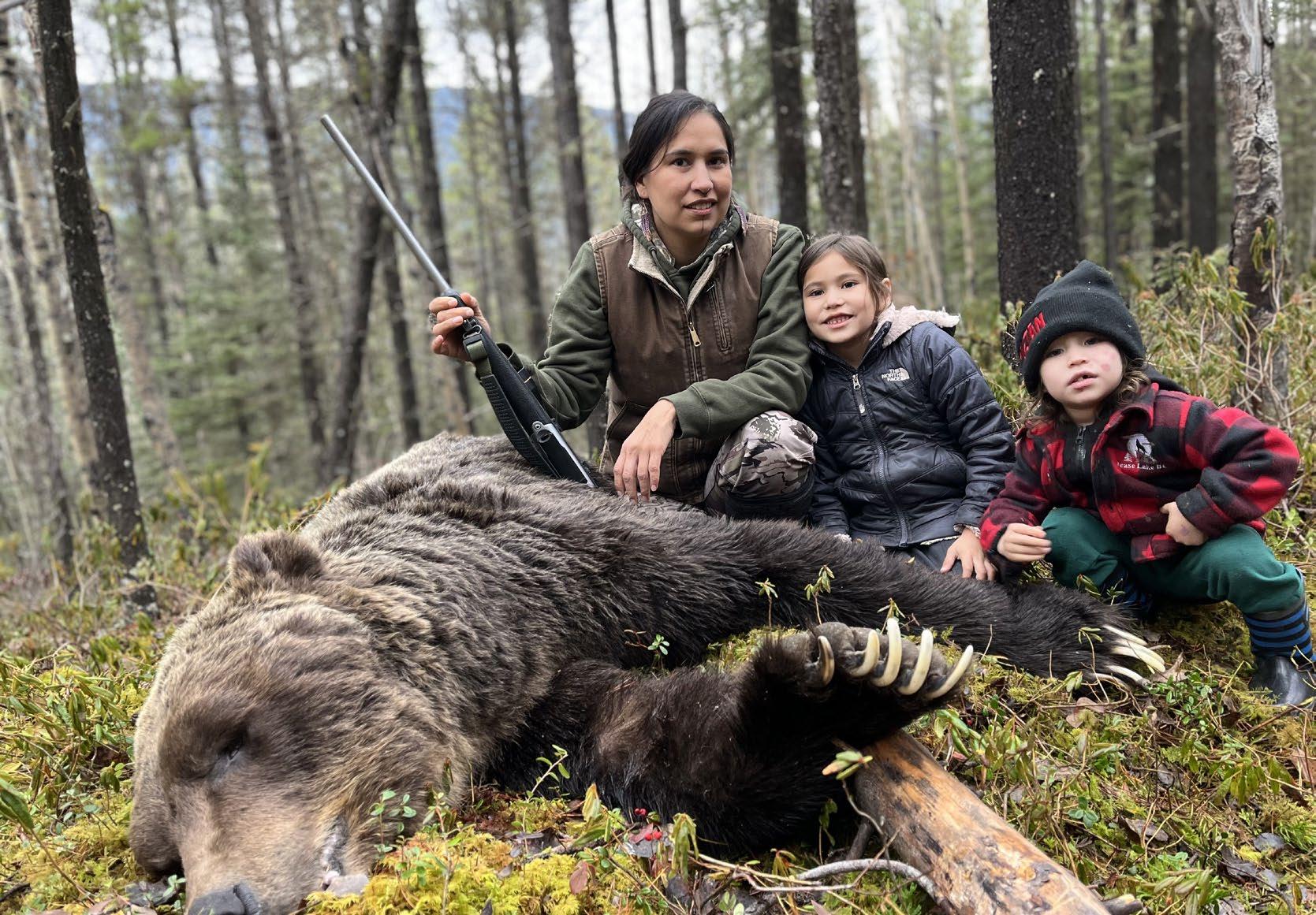
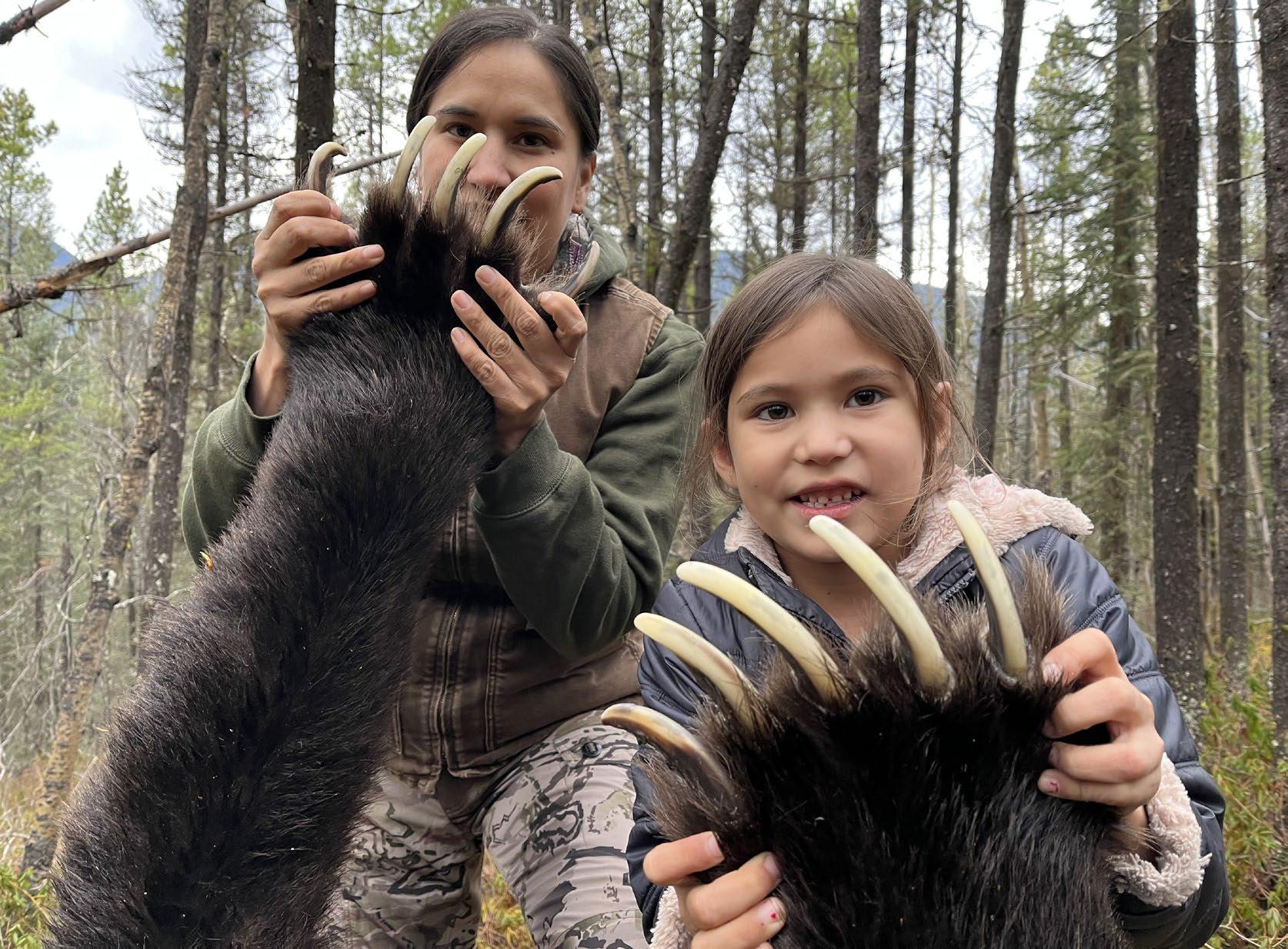
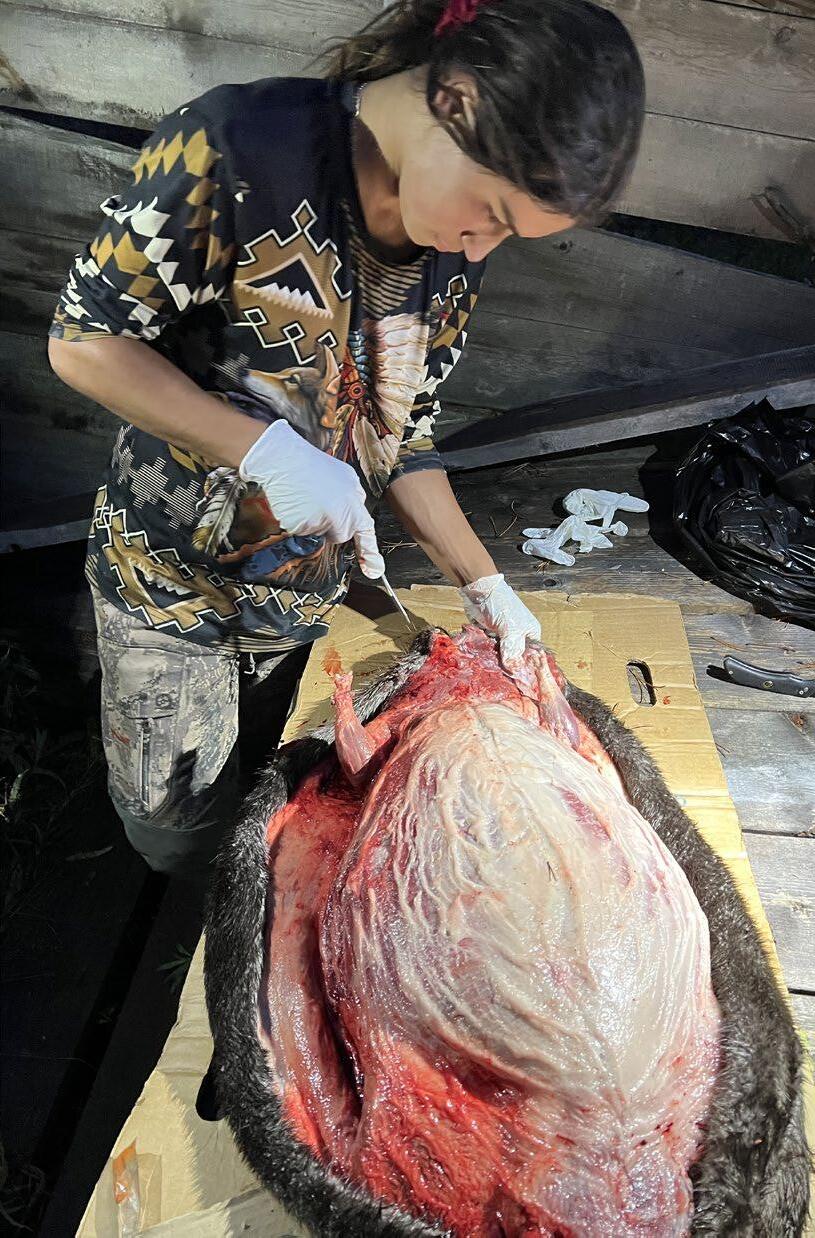

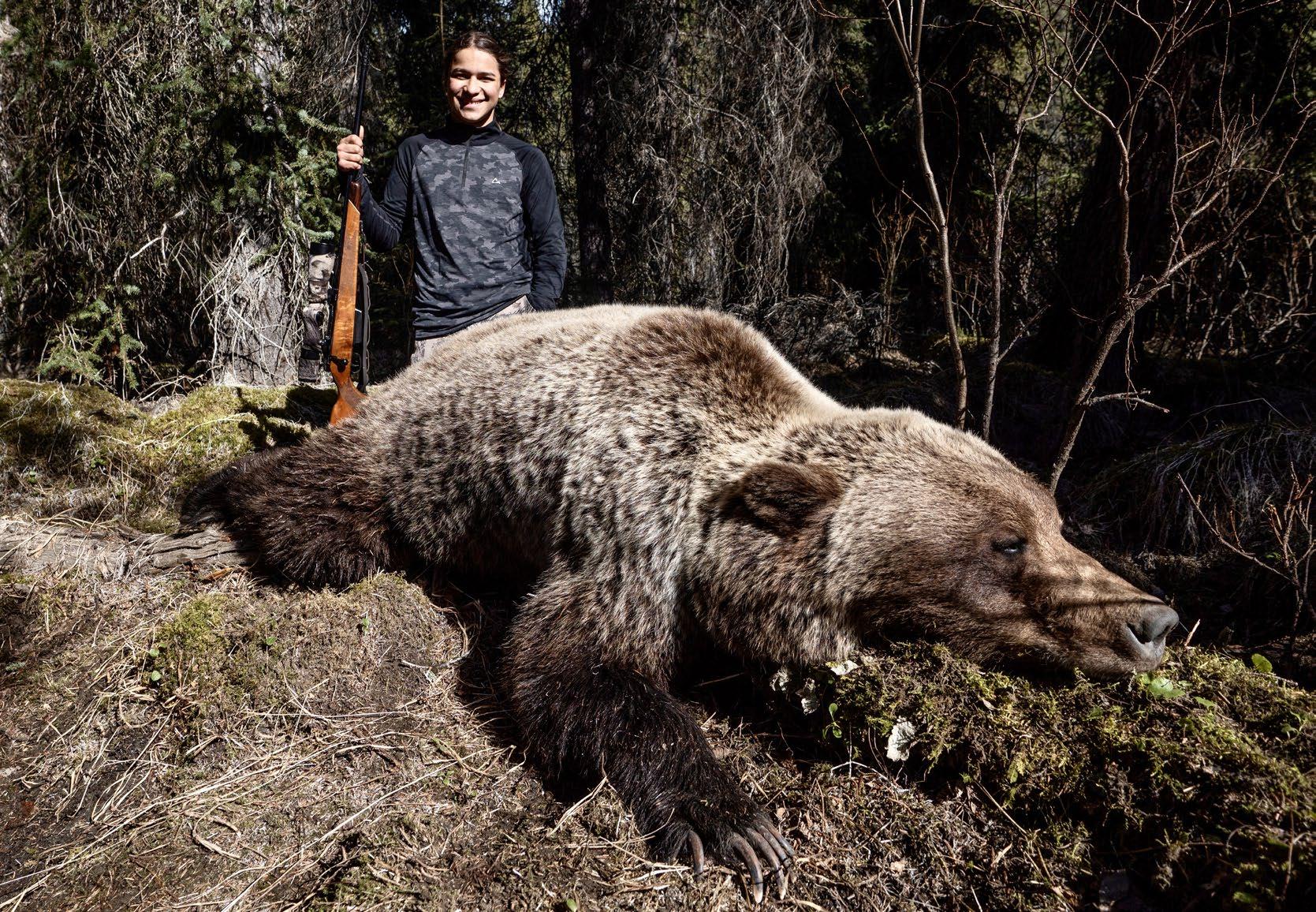

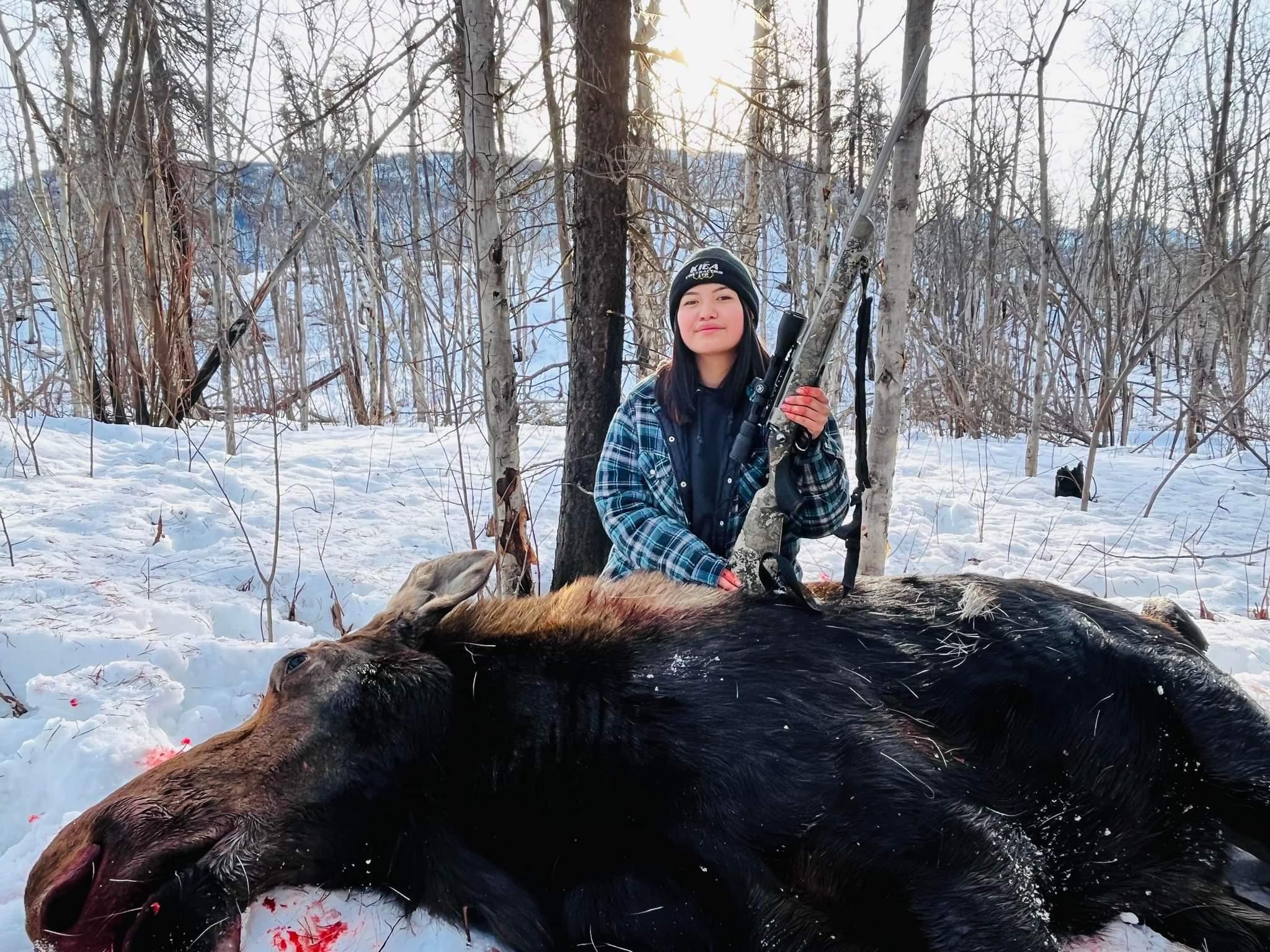
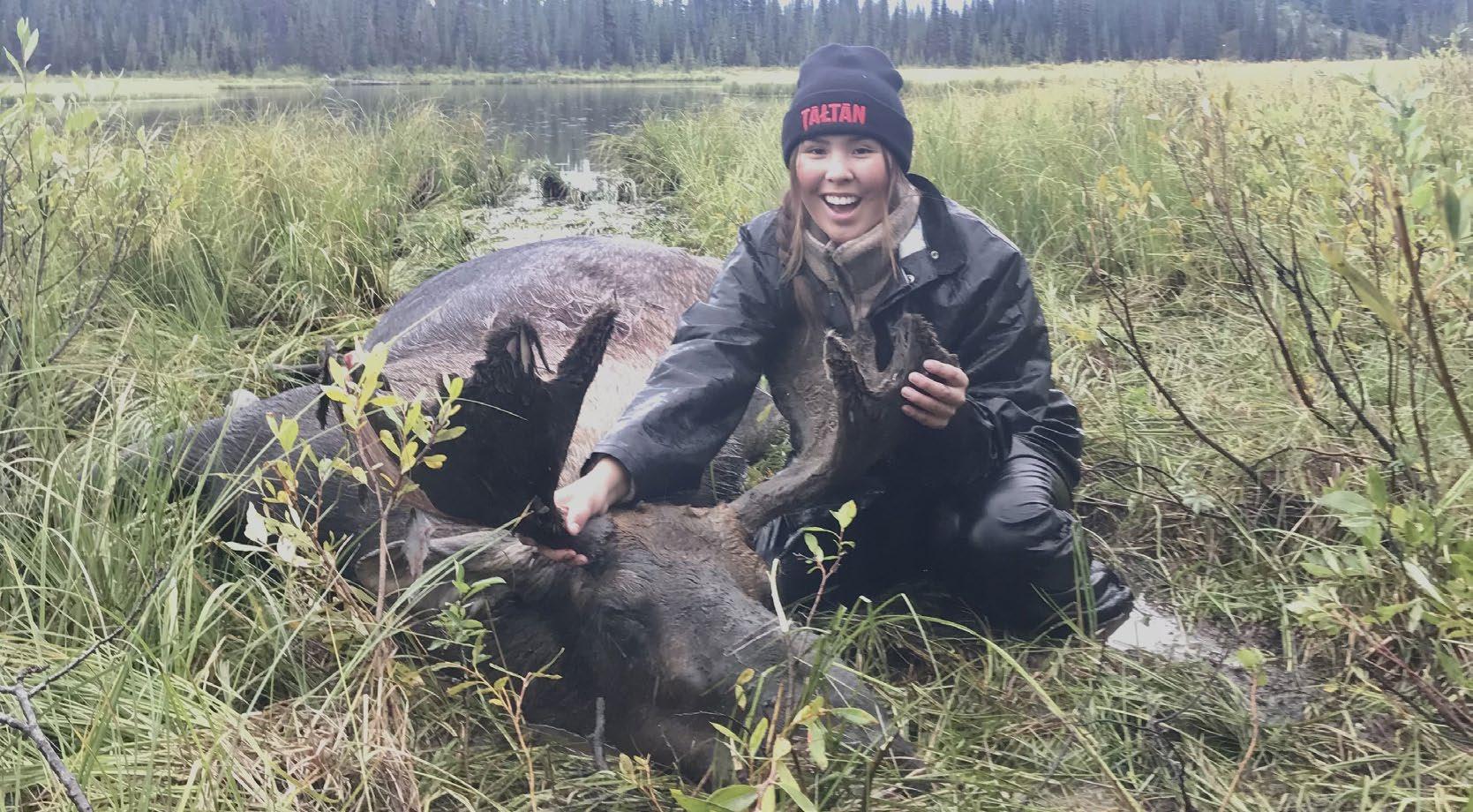 7. Cindy Dennis
a. Dennis Quock with his two daughters and moose harvest.
b. Mackenzie Dennis and moose harvest.
7. Cindy Dennis
a. Dennis Quock with his two daughters and moose harvest.
b. Mackenzie Dennis and moose harvest.
traditions,
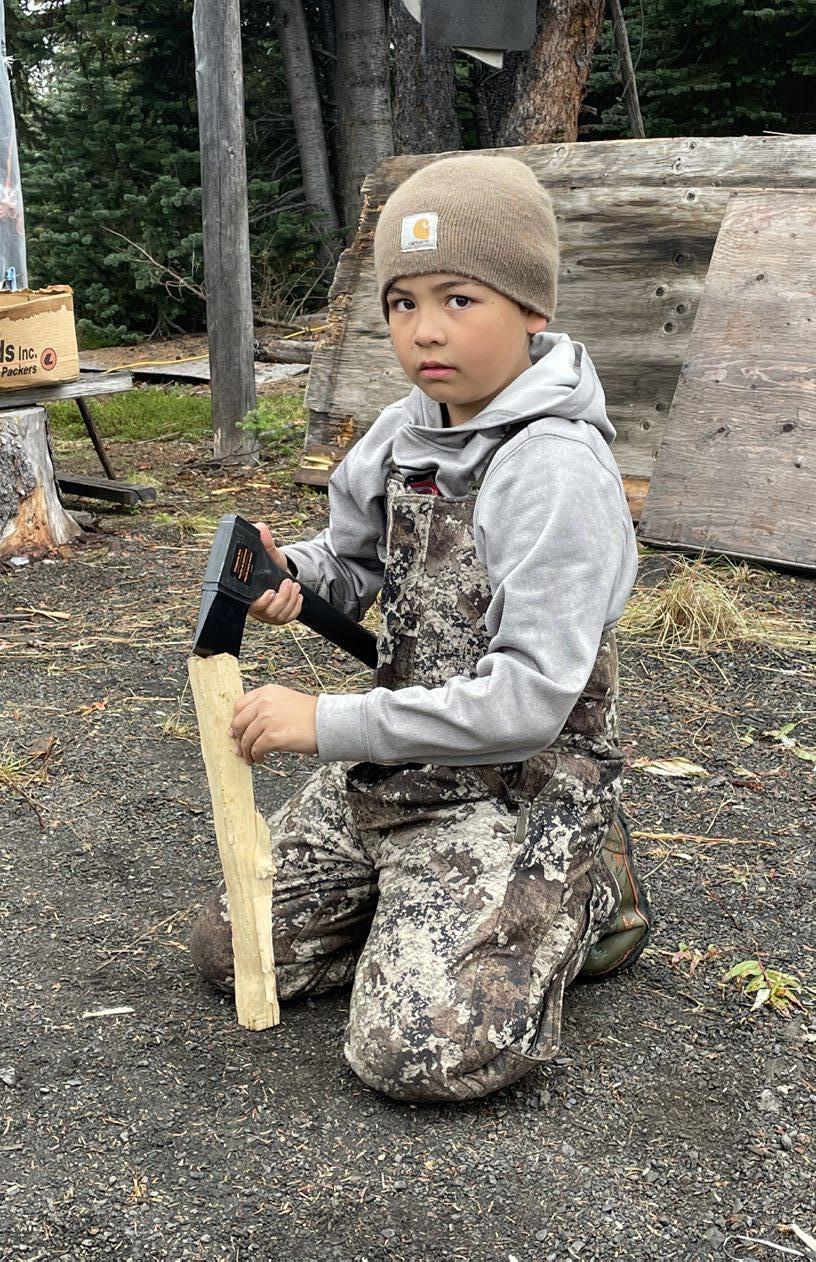
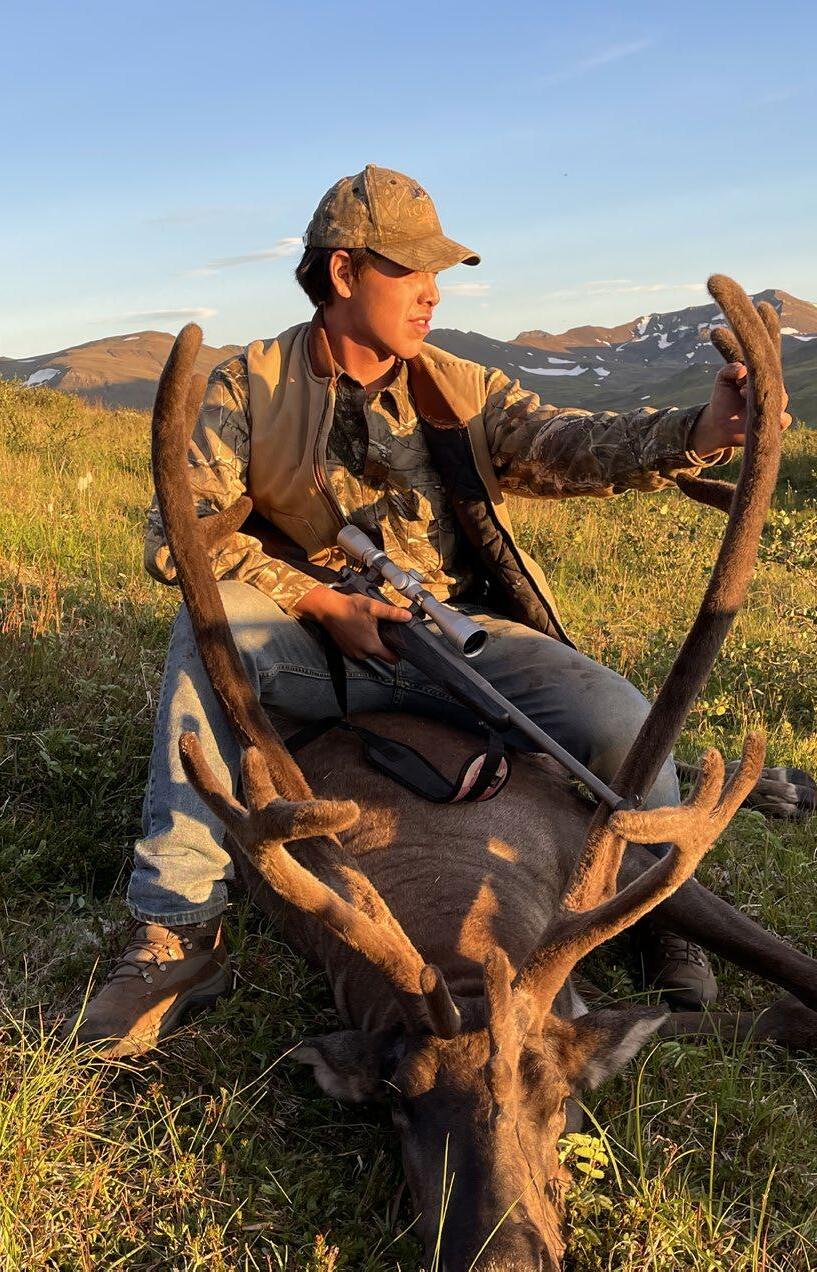
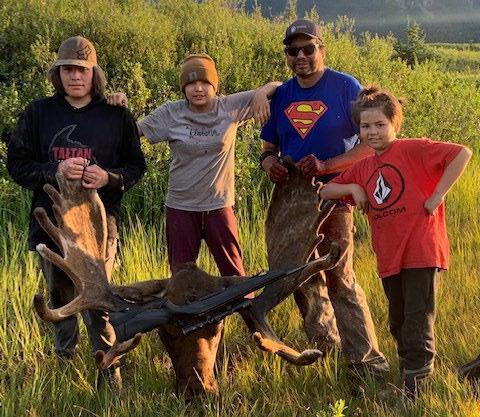 9. Art Nole and Family Moose harvest
10. Payne Brothers
a. Kai Payne - 15 years old with his first bull caribou in the Klappan Mountains. August 2022. Following Tahltan culture and
Kai delivered his first caribou harvest to Elders and family in Iskut and surrounding communities.
9. Art Nole and Family Moose harvest
10. Payne Brothers
a. Kai Payne - 15 years old with his first bull caribou in the Klappan Mountains. August 2022. Following Tahltan culture and
Kai delivered his first caribou harvest to Elders and family in Iskut and surrounding communities.
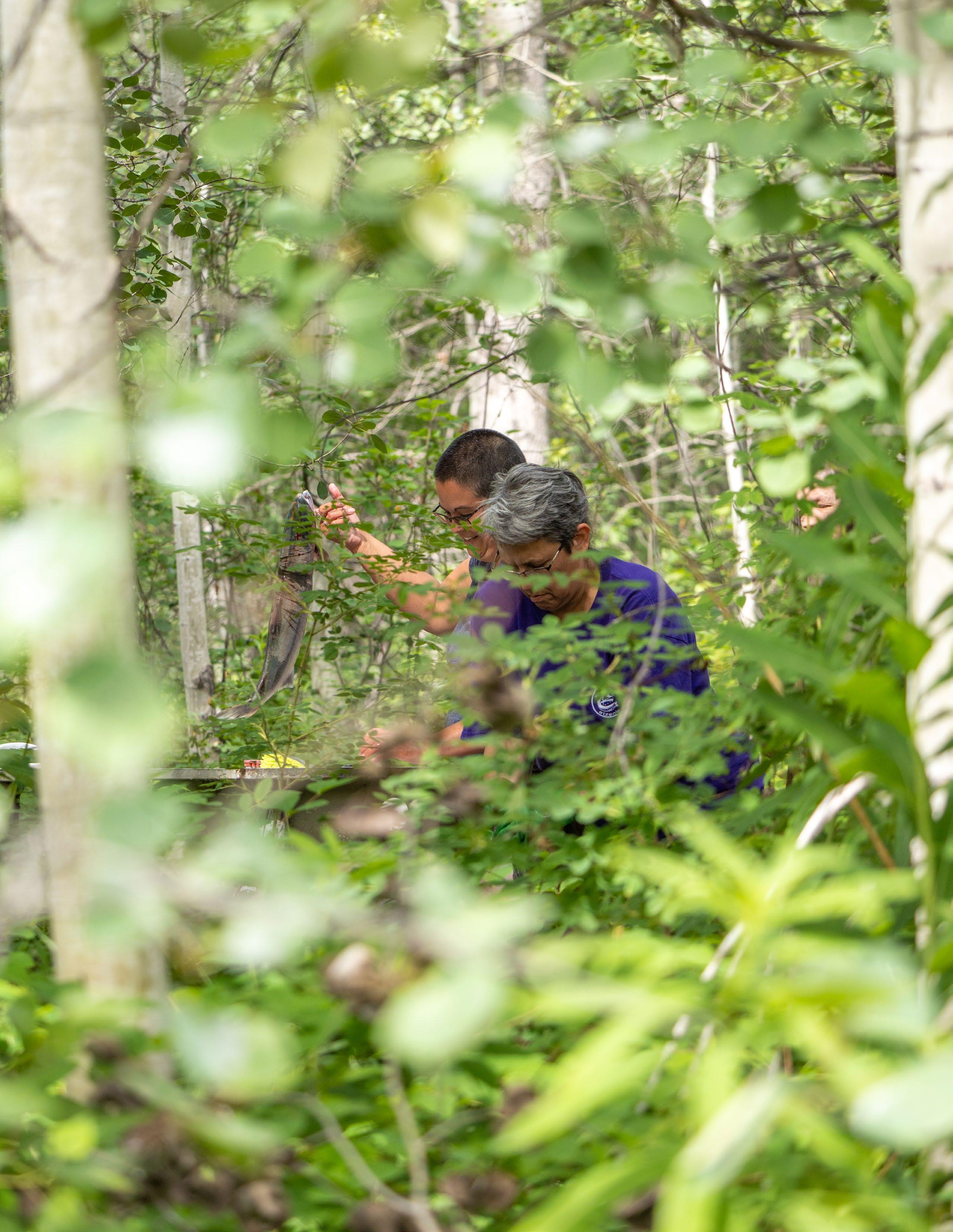
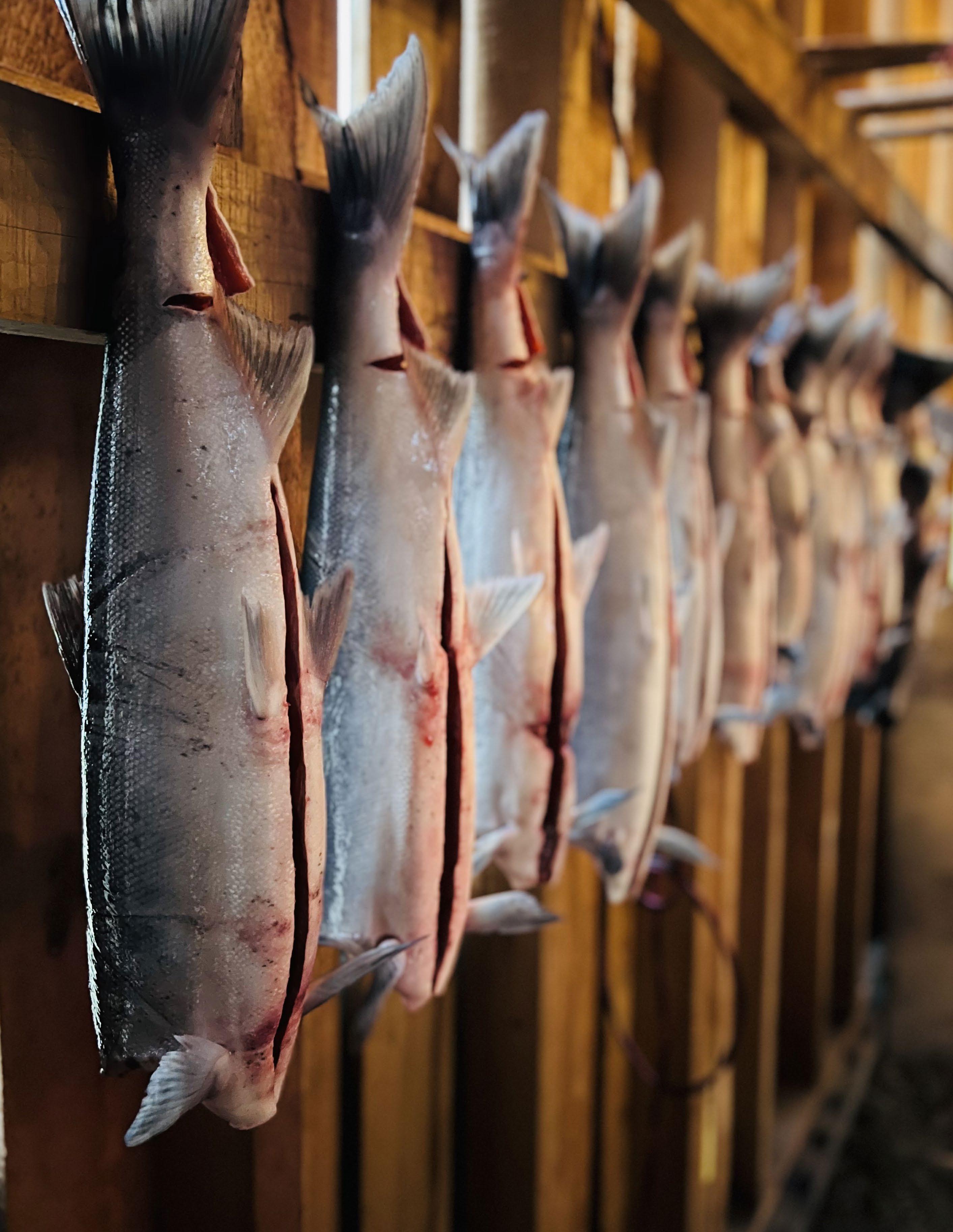
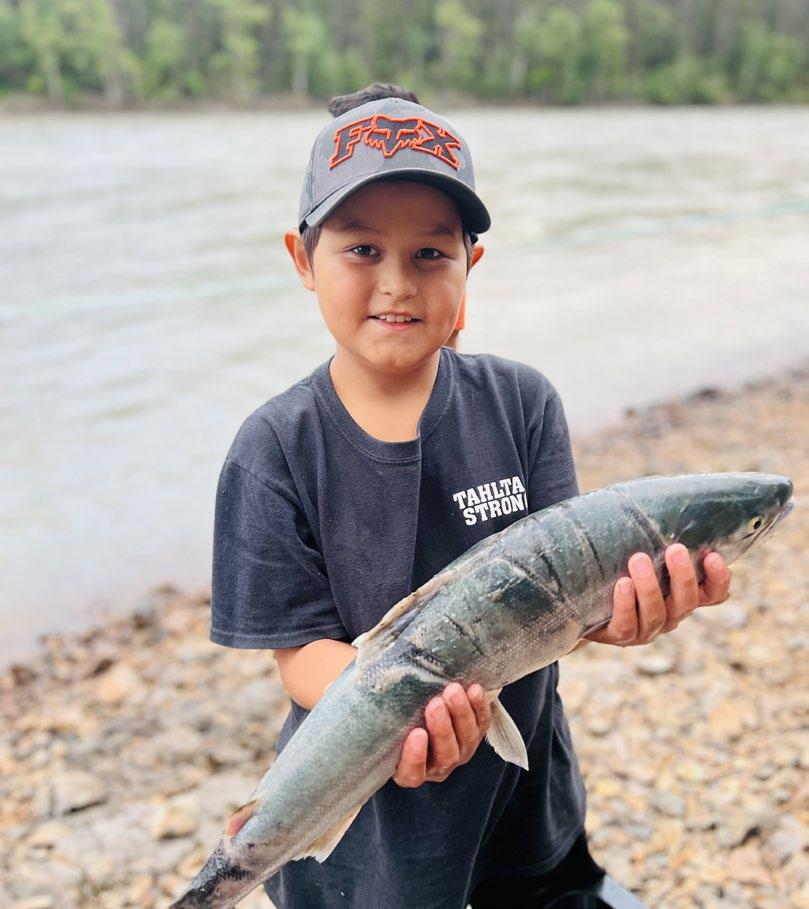
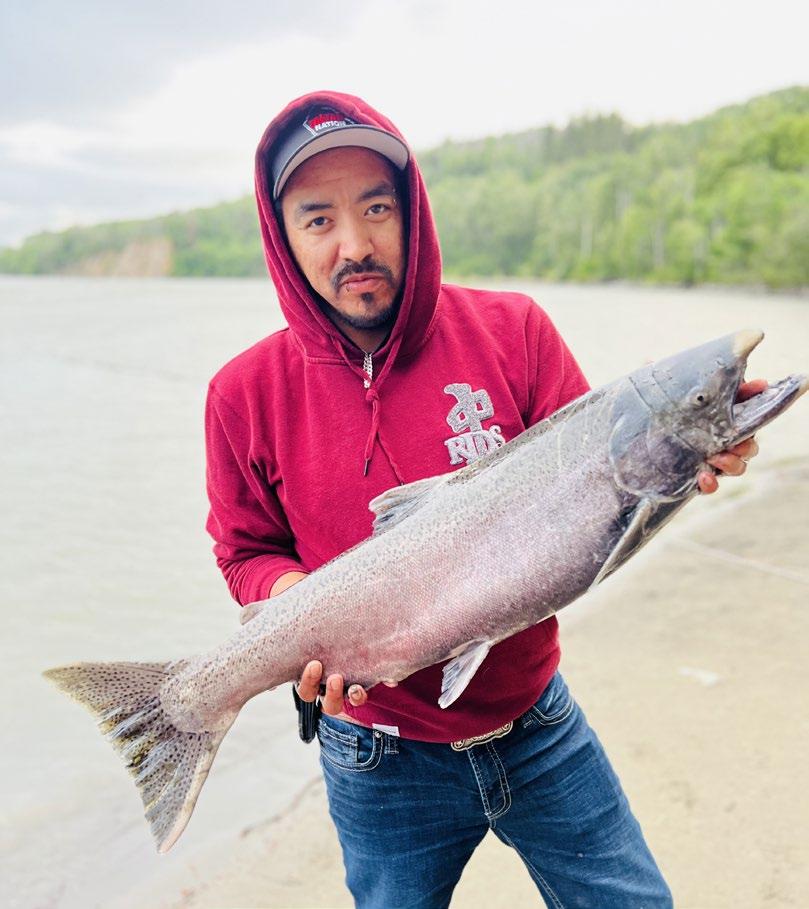
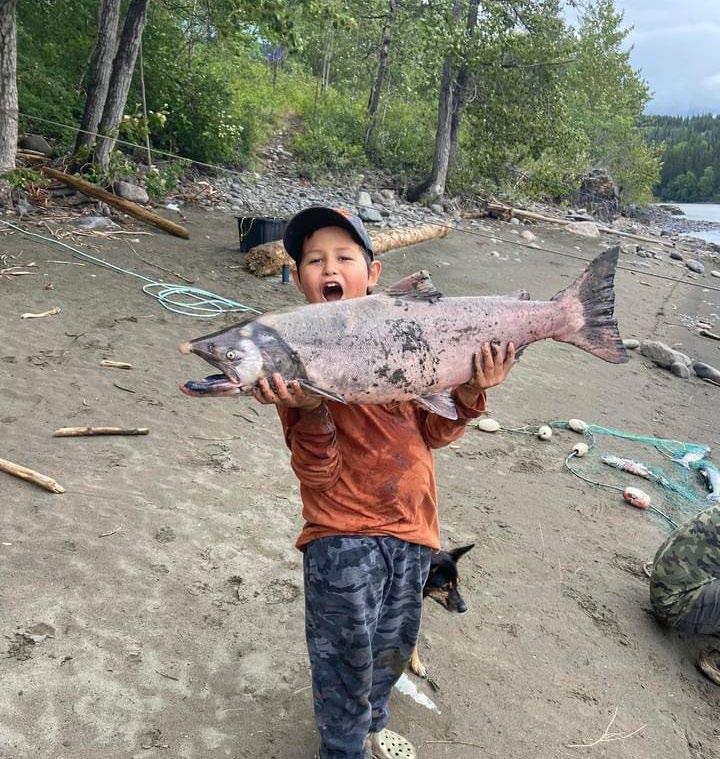

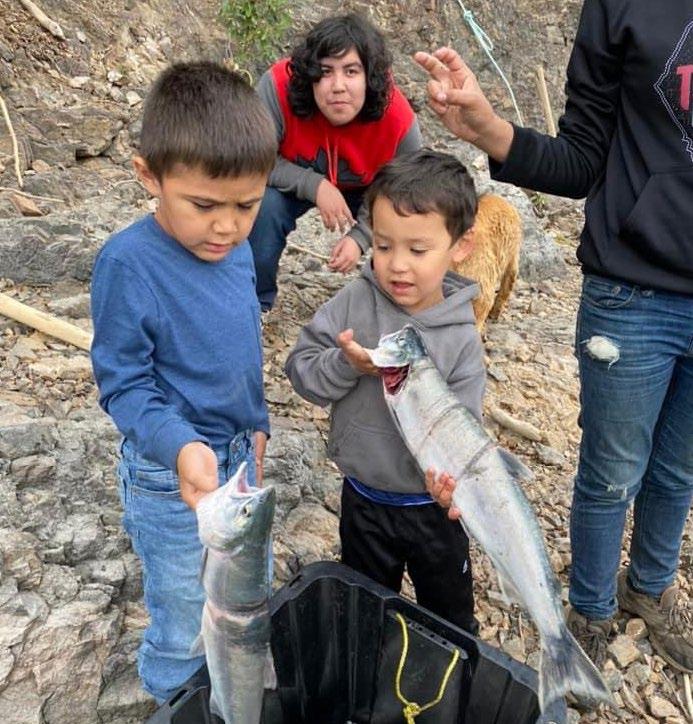
 1. Gibson Quash
a. Gibson caught a king salmon at the 3 Sisters campground.
b. Gibson helping the adults gut and clean the fish.
2. Kody Quash
3. Shirley Quash
a. Tiffany Beaulieu, Deegan Nole, Kolsyn Nole, and Emery Nole at 3 Sisters Fish Camp.
b. Gibson Quash holding a king salmon at 3 Sisters Fish Camp.
c. Darcel Barton, Deegan Nole, and Elijah Quash at 3 Sisters Fish Camp.
1a
2
3b
3a
3c
1. Gibson Quash
a. Gibson caught a king salmon at the 3 Sisters campground.
b. Gibson helping the adults gut and clean the fish.
2. Kody Quash
3. Shirley Quash
a. Tiffany Beaulieu, Deegan Nole, Kolsyn Nole, and Emery Nole at 3 Sisters Fish Camp.
b. Gibson Quash holding a king salmon at 3 Sisters Fish Camp.
c. Darcel Barton, Deegan Nole, and Elijah Quash at 3 Sisters Fish Camp.
1a
2
3b
3a
3c
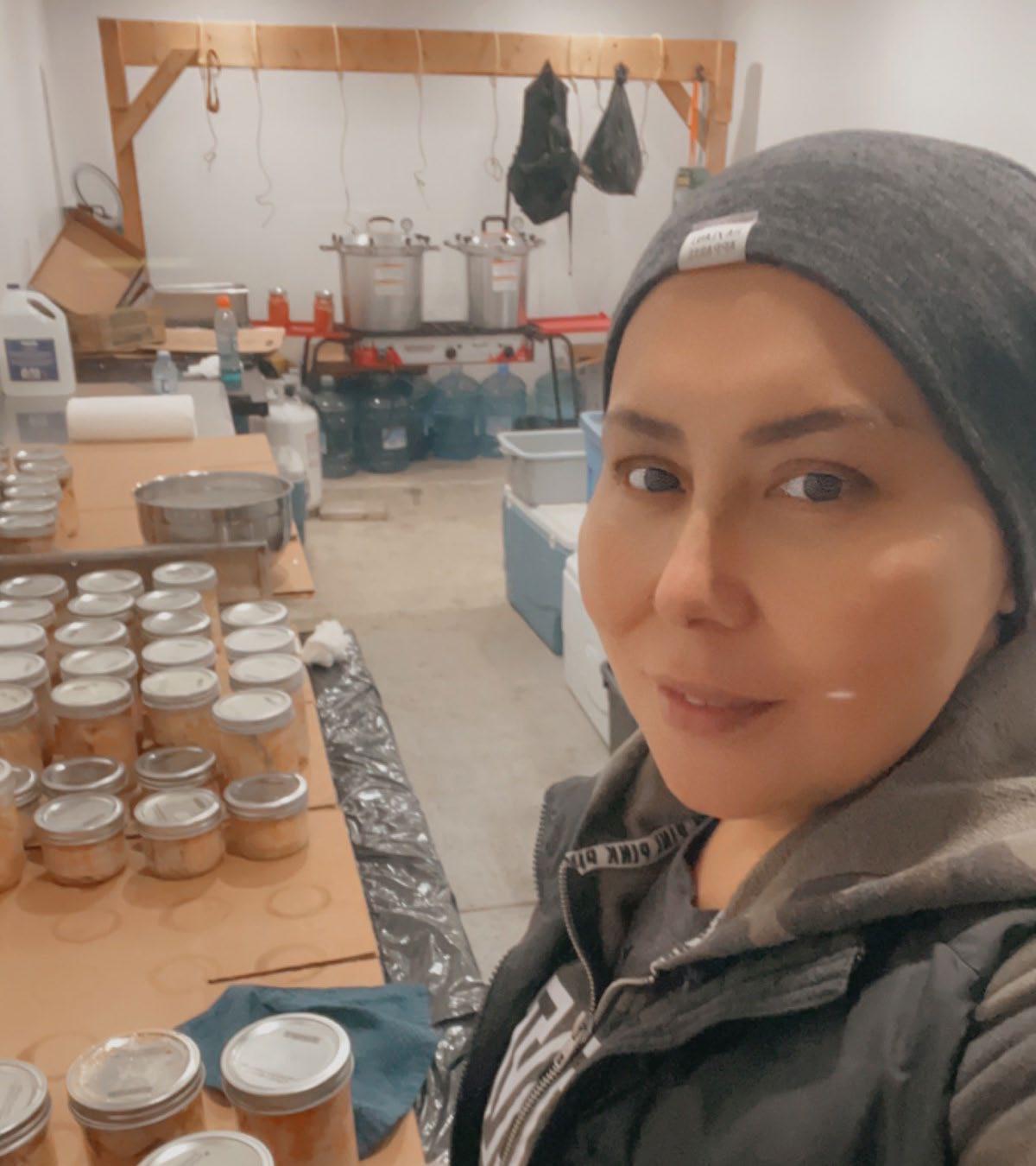
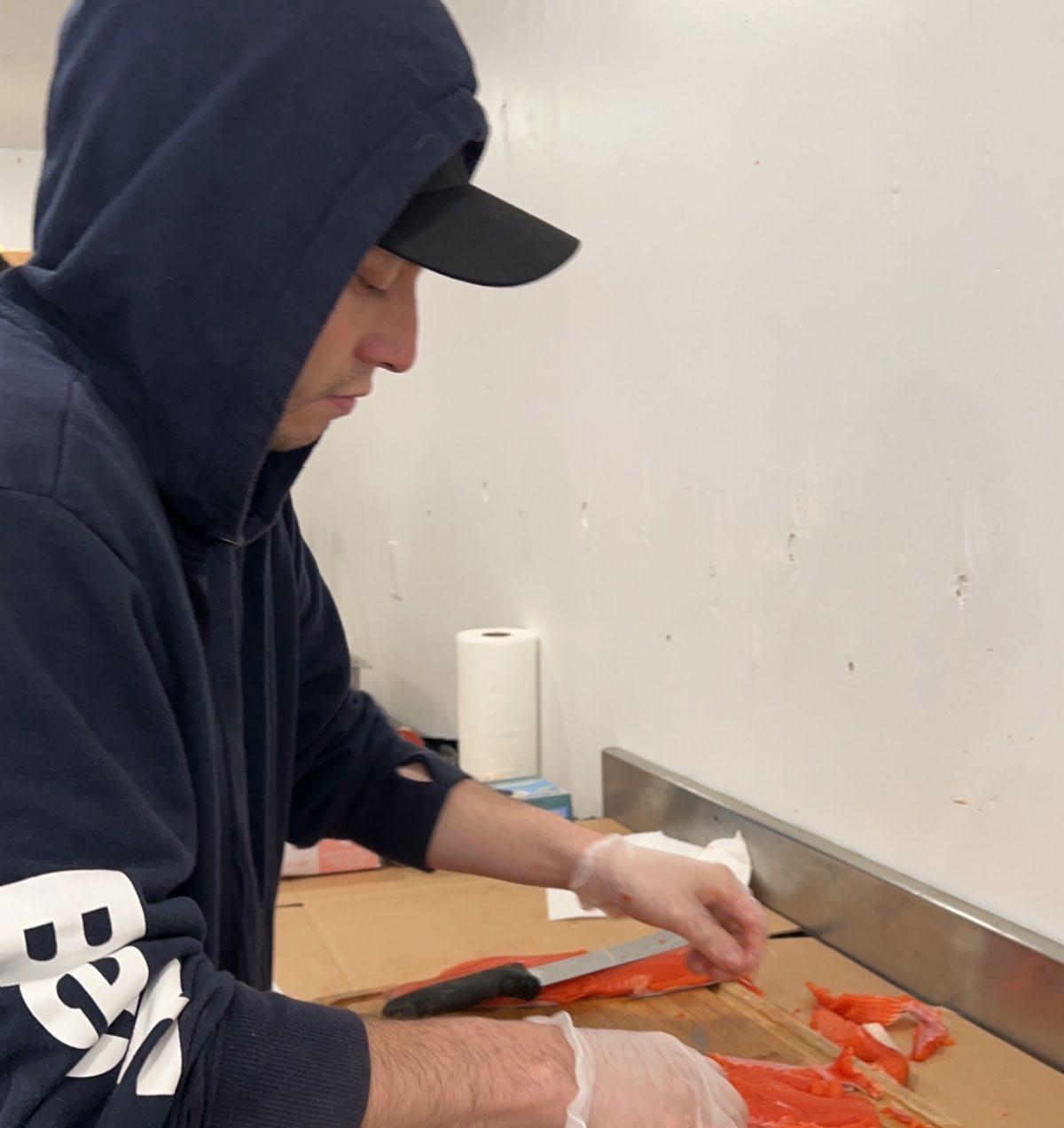
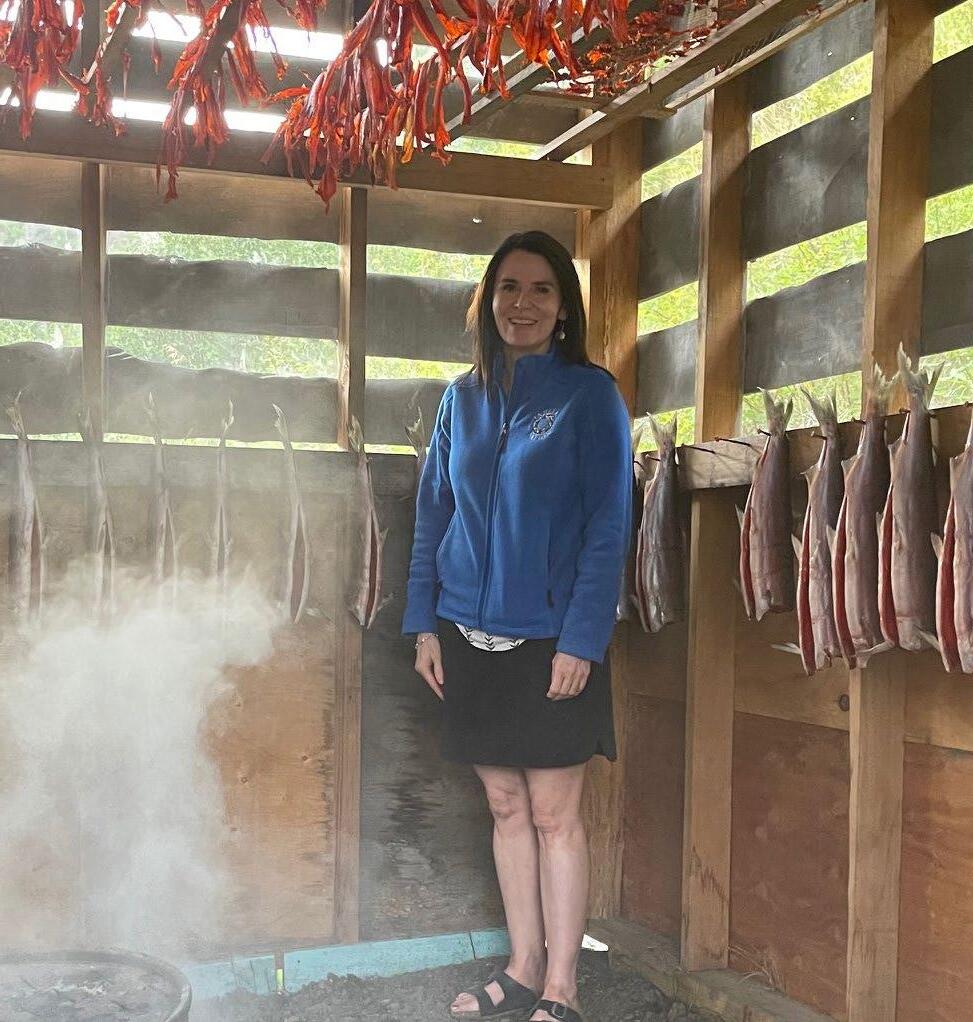
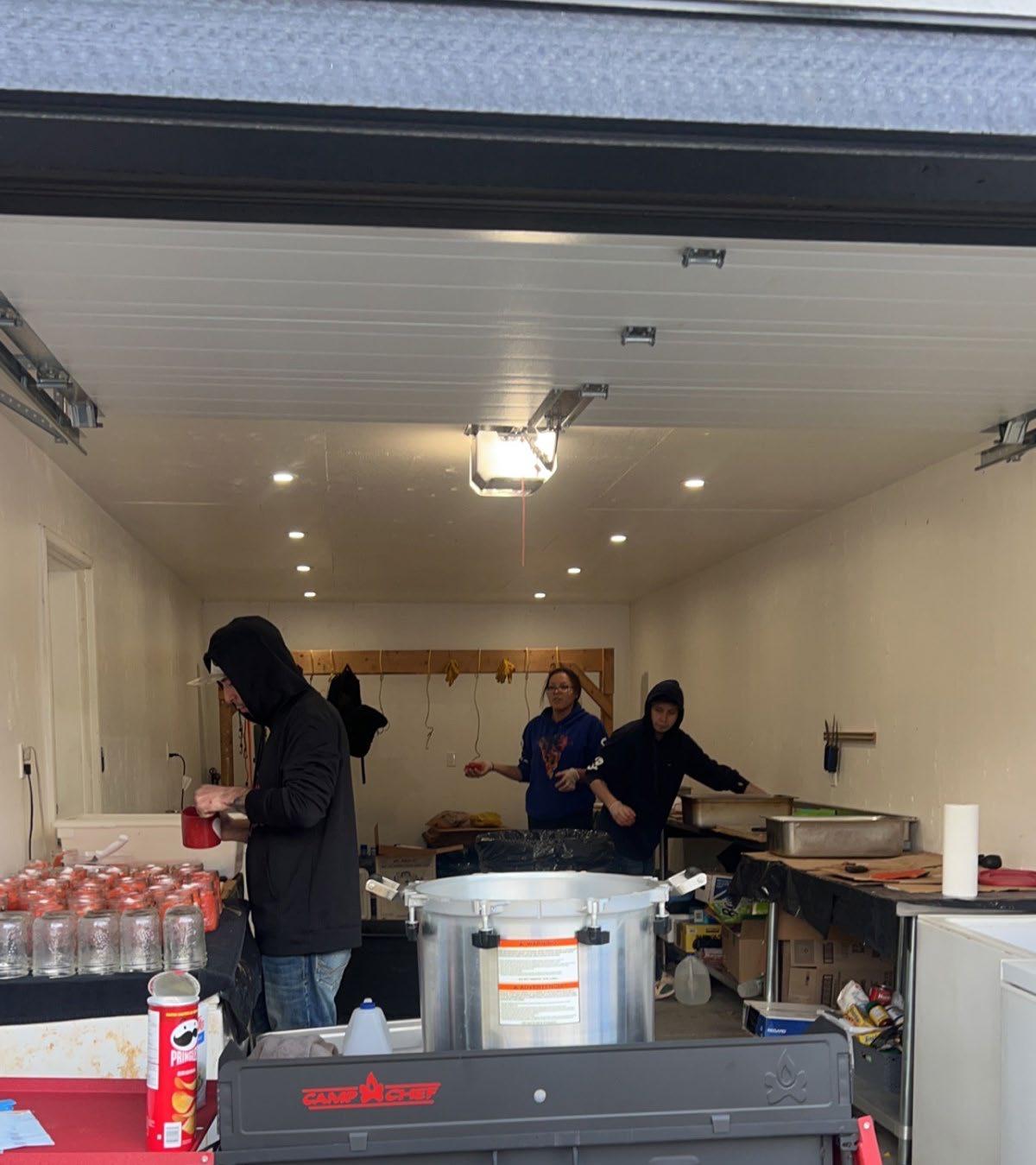
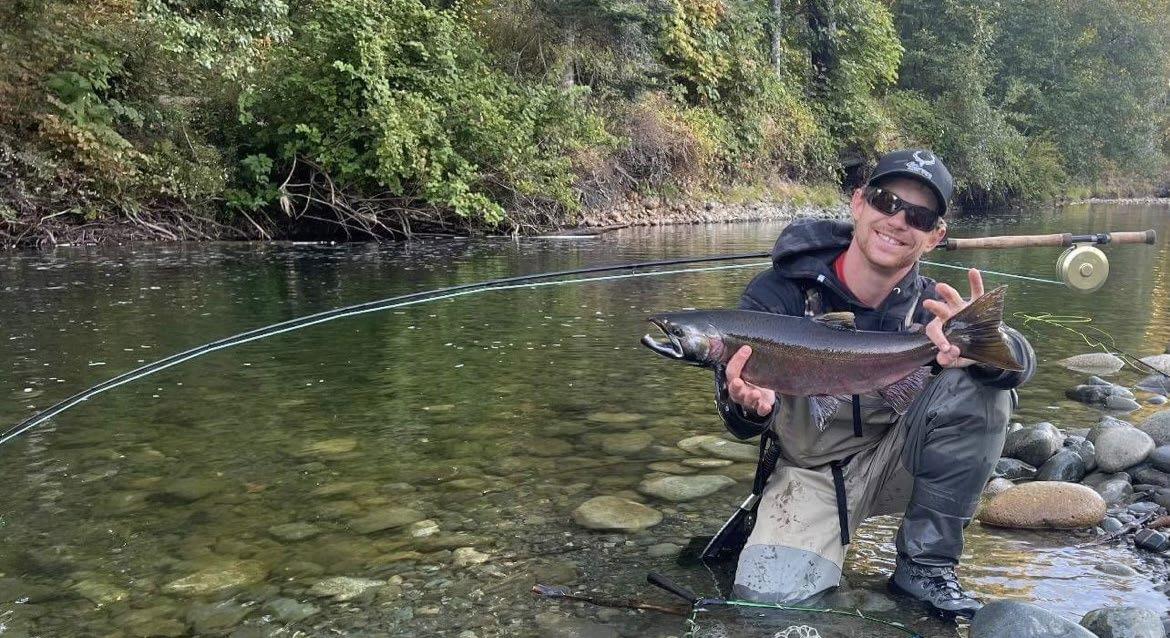 4. Erich Mostad
5. Kimberley Marion
6. Jeanie McLean in the smoke house, 2022
4. Erich Mostad
5. Kimberley Marion
6. Jeanie McLean in the smoke house, 2022
Every year, come hell or high water, I pack up my family and travel to my family’s traditional fishing spot at 6 Mile. My great grandma, Mary Williams, née Frank, and Grandma Vera McPhee, née Williams, have passed on their Tahltan culture and knowledge to their children at 6 Mile flats.
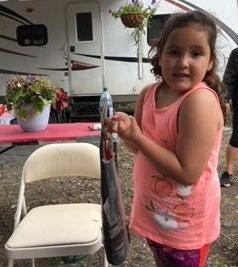
a. My daughter Jessie at 6 mile looking over the Stikine River watching a net get pulled.
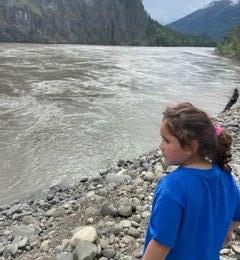
b. My daughter Jessie, my sister Patty McPhee and myself Eileen McPhee cutting Salmon for the Smoke house.
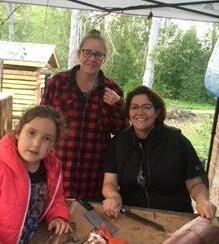
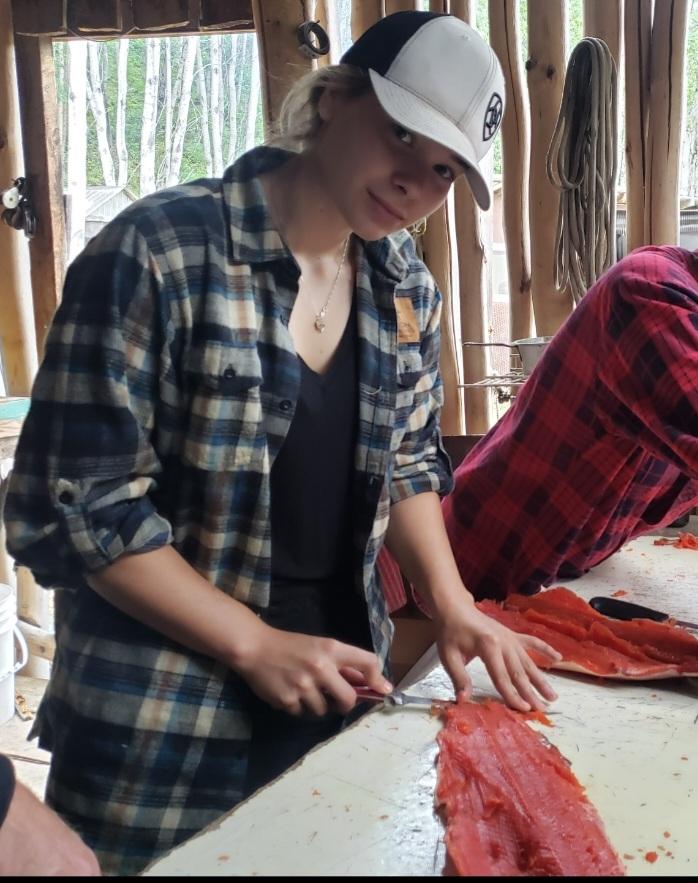
c. Eileen hanging Salmon in the new fish house.
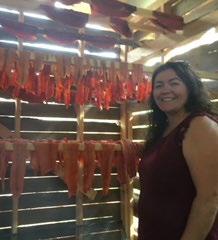
Proudly watched with pride while our kids worked the fish house this year with their significant others. Very happy days, I hope my parents were watching from above.
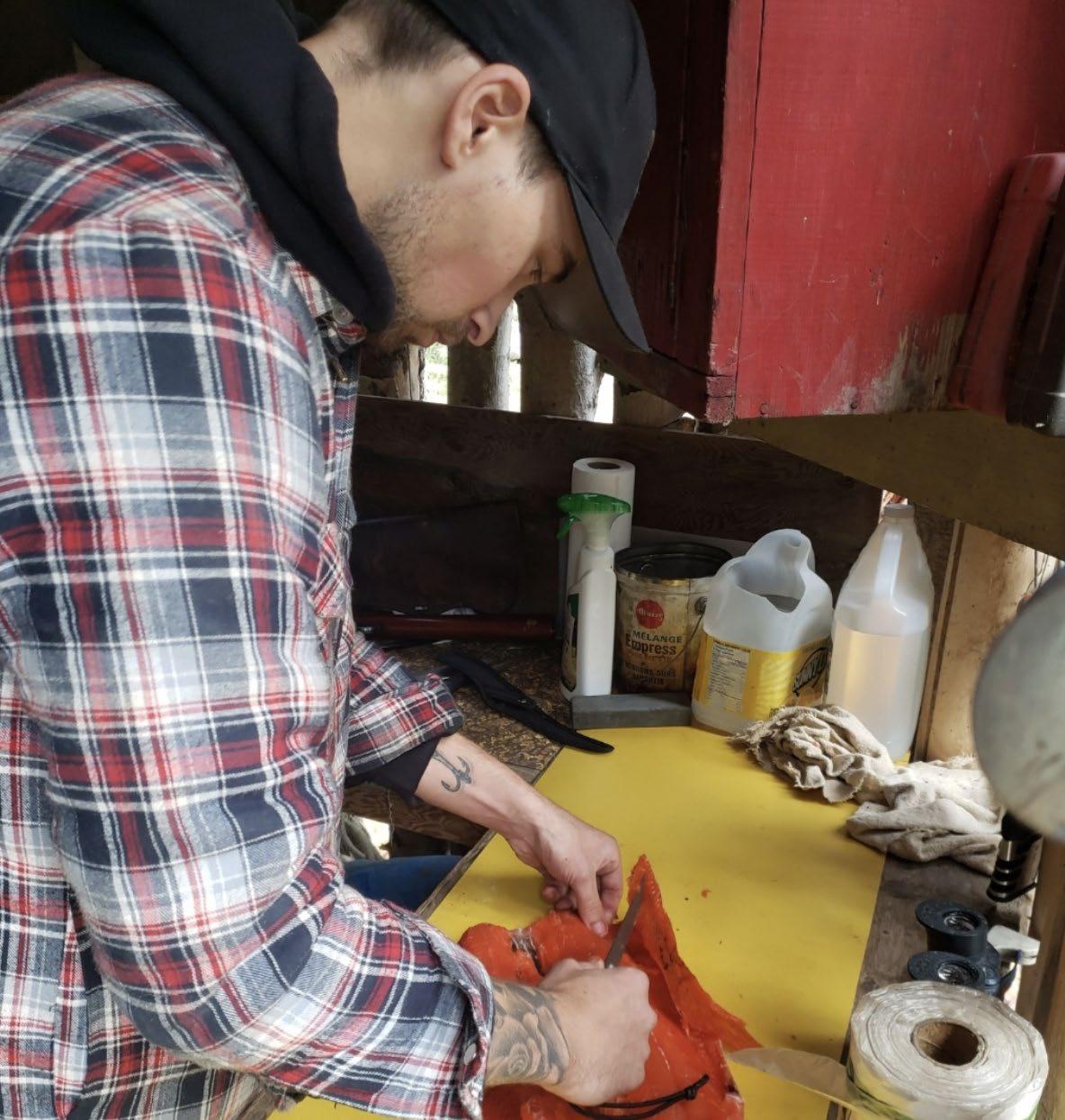 7. Eileen McPhee
d. My daughter Jessie holding a fresh Sockeye salmon.
8. TrinaAnne GleasonZubek
a. My daughter Aleea Gleason-Zubek.
b. My son Keegan Gleason-Zubek.
7a
7c
8a
7b
7d
7. Eileen McPhee
d. My daughter Jessie holding a fresh Sockeye salmon.
8. TrinaAnne GleasonZubek
a. My daughter Aleea Gleason-Zubek.
b. My son Keegan Gleason-Zubek.
7a
7c
8a
7b
7d
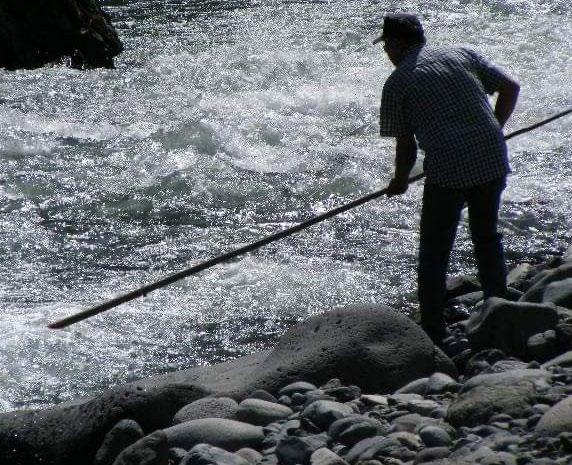
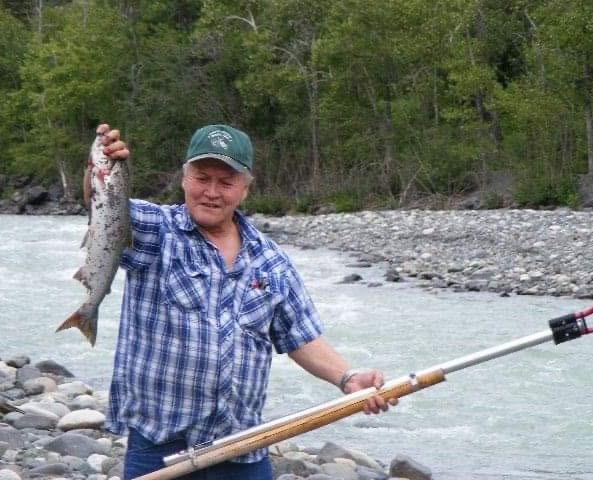 9. Allan Marion
a. Dip-netting in the Tahltan.
9. Allan Marion
a. Dip-netting in the Tahltan.


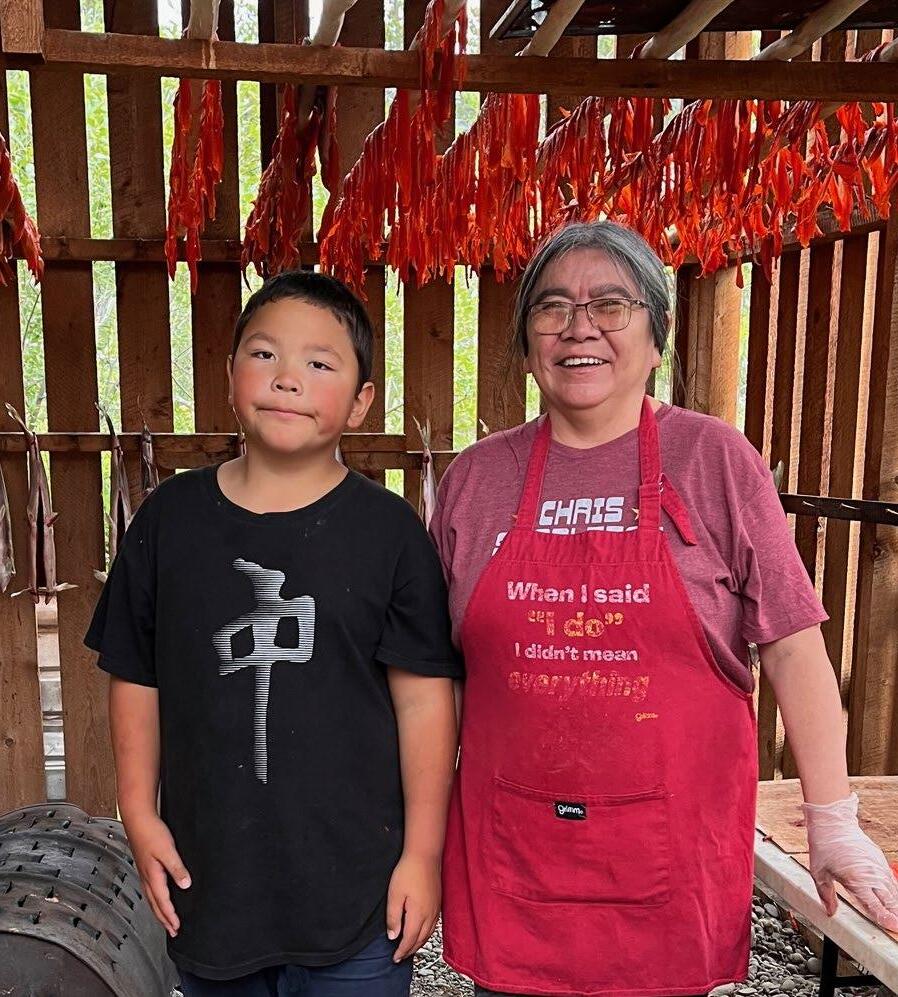
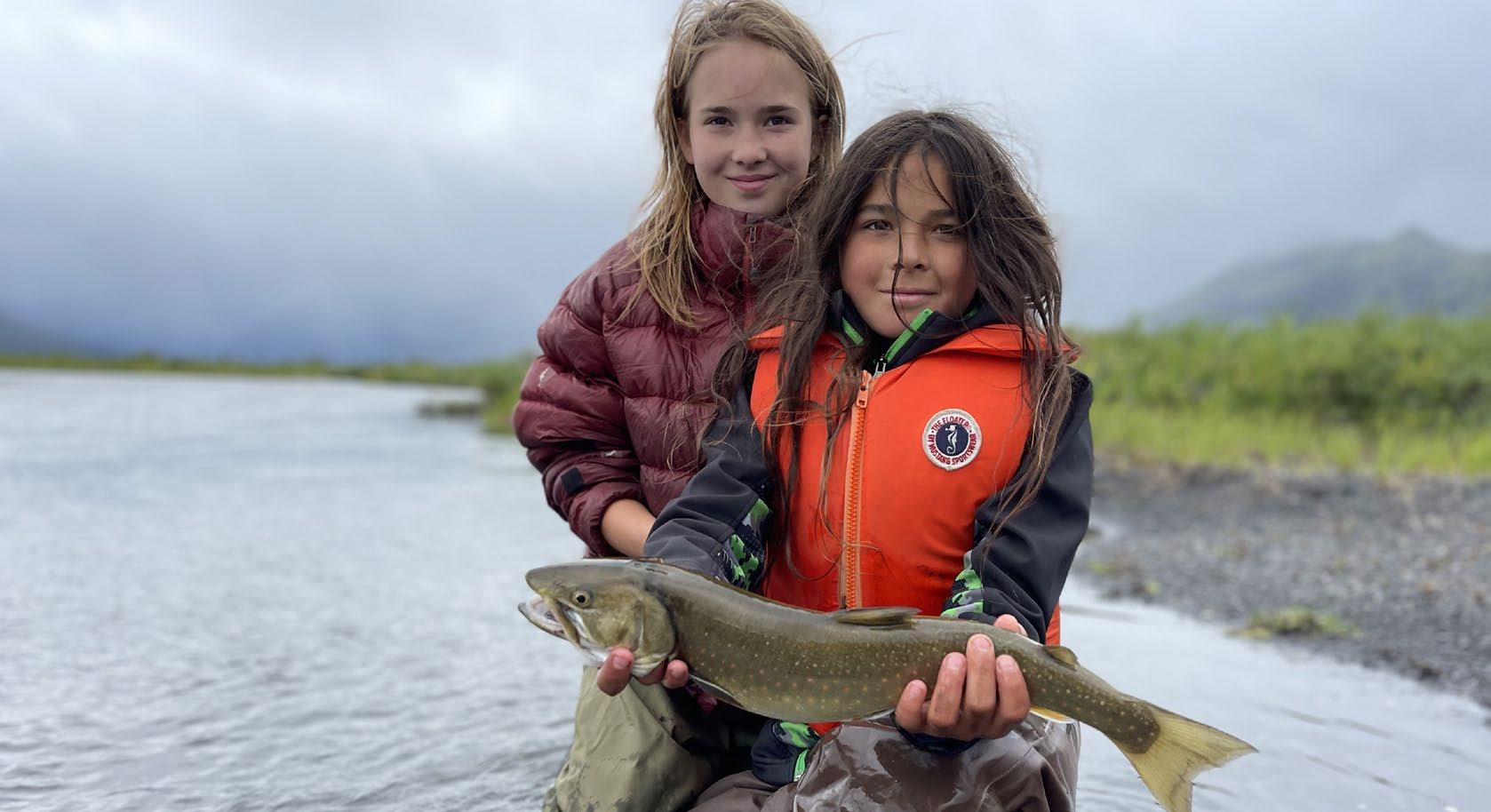 10. Shana Dennis
11. Nahlin Day and Nethenion Day
10. Shana Dennis
11. Nahlin Day and Nethenion Day
12. Cheri Frocklage
a. Clint Callbreath
b. Fly fishing - Derek Louie caught this when the line wrapped around this graylings tail.
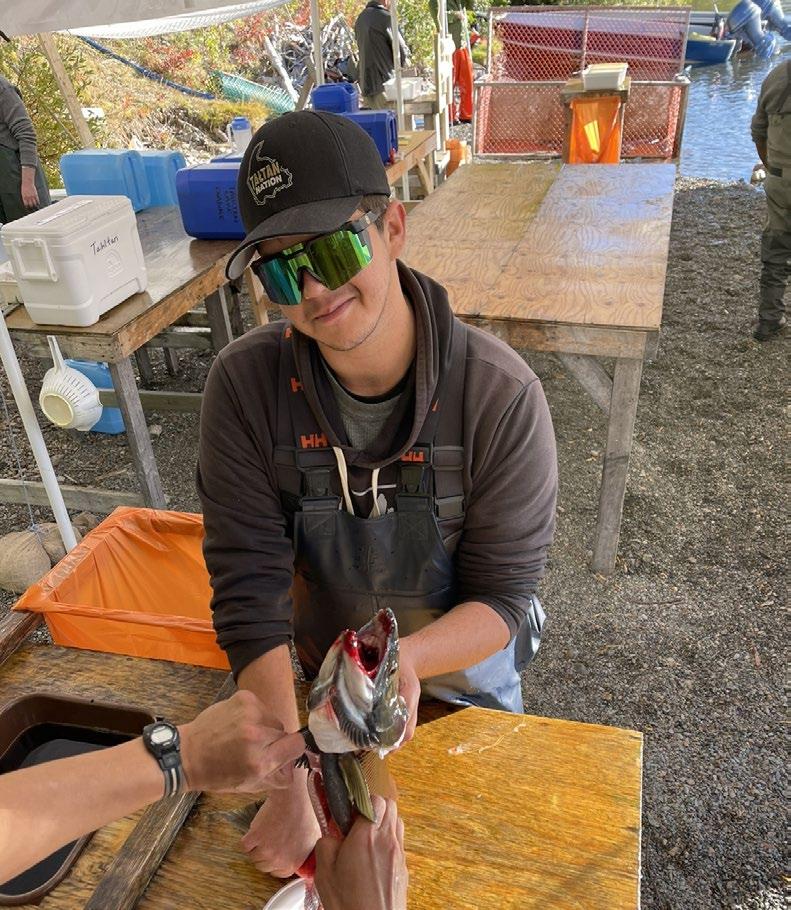
c. Fishing fun in the winter sun with my best little friend.
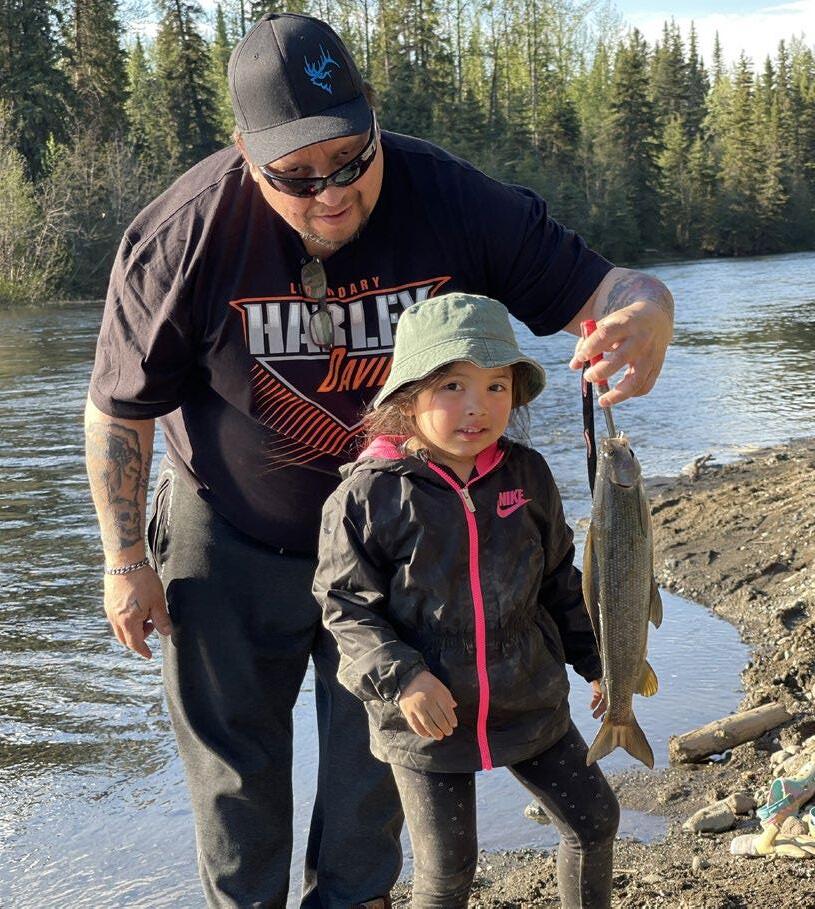

d. Sheslay posing with her Gigi and her supper.
e. Gnat Lake - Andy Louie and Melissa Louie.
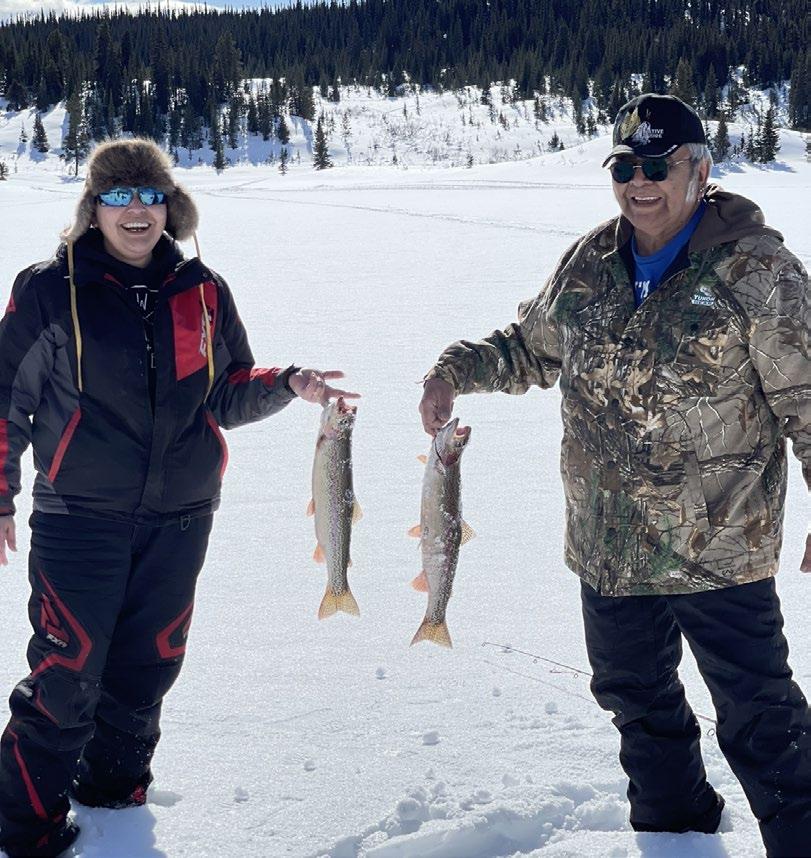
f. Sheslay and Gamma Andrea reeling in a nice grayling.
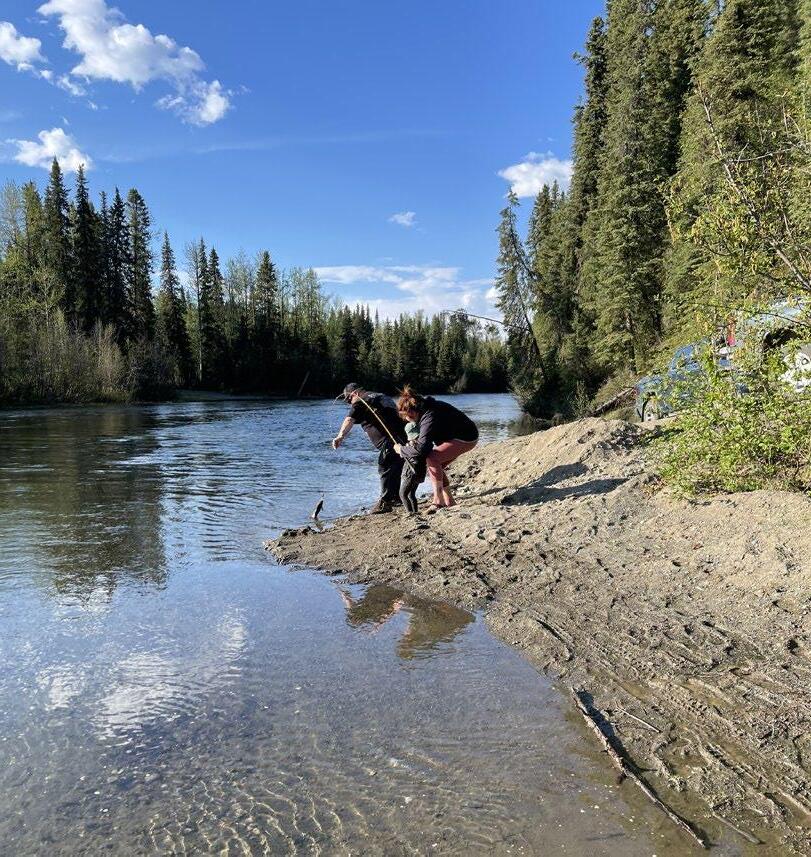
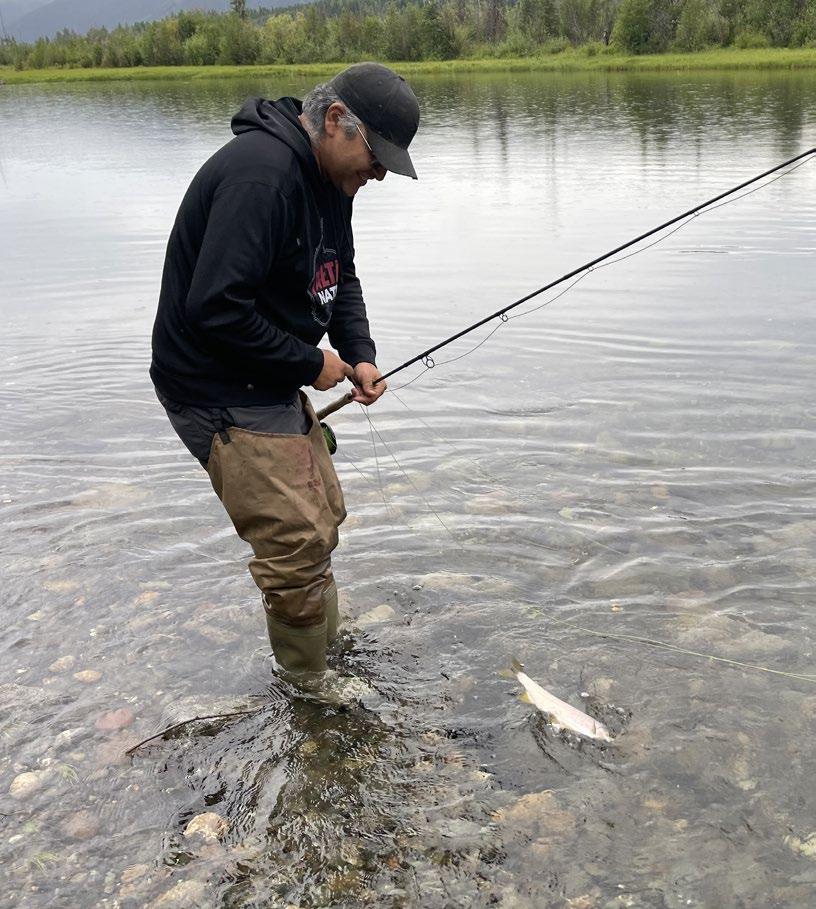
59 – Stikine Salmon Harvests & Escapements
61 – Food, Social, and Ceremonial (FSC) Comments & Concerns
63 – The Stikine River Salmon Studies
– Biological Contract
69 – Aboriginal Fisheries Strategy (AFS) Projects
– Little Tahltan Chinook Video Counter
– Stikine Stock Separation
– Catch Monitor
– Tahltan River Sonar Feasibility
– Tahltan Lake Egg Take
– Chinook Aerial Survey
– Sockeye Aerial Survey
– Coho Aerial Survey
– Salmonids in the Classroom
– Tahltan River Steelhead Study
77 – Fisheries Employment Update
– New Hires
– Fisheries Guardian

No directed fisheries by Canada or the United States of America (USA)
PRE-SEASON FORECAST: MANAGEMENT OBJECTIVE: ALLOWABLE CATCH (AC):
7,400
17,400
0
(average run size = ~19,000) Escapement Goal Range: 14,000 to 28,000 large Chinook salmon
The Total Canadian Harvest is comprised entirely of our Tahltan Food Fishery catches. As you can see, your assistance and efforts to reduce incidental catches of King salmon, really do make a big difference during this time of marginal spawning escapements.
Our reported Chinook catches are well below the 10-year average.
US HARVESTS
* The numbers presented are Stikine stocks harvested in the US fishery identified through genetic analysis.
District 106
District 108
Subsistence
No numbers available at time of report submission
*0 Troll, *31 Gillnet, *6 Sport
*25 (incidental catch from Sockeye fishery)
Total 62 Large Chinook (10 year average 1,100)
ESCAPEMENT
Little Tahltan River 677 large, 520 jacks, Total 1197 Stikine System Wide 9,090 Chinook salmon (10 year average 17,600)
Directed Fisheries Permitted – Total Allowable Catch Calculations Canada 47% and United States 53%
63,000
PRE-SEASON FORECAST: MANAGEMENT OBJECTIVE:
54,000
42,000
21,000
*Estimated Spawning
STIKINE SOCKEYE SPAWNING ESCAPEMENT:
The Transboundary Rivers Chapter of the Pacific Salmon Treaty mandates that terminal run forecasts for the transboundary Taku and Stikine Rivers stocks of Chinook salmon be available by December 1 of the preceding year. The Transboundary Technical Committee has completed the 2023 forecasts. The forecasts are as follows:
» The Taku River terminal run forecast is 23,000 large fish (SE = 4,600), within the escapement goal range of 19,000 to 36,000. In the Taku River, a strong run of 4-year-old Chinook salmon in 2022 representing the 2018 brood year drives an improved forecast for 2023.
» The Stikine River terminal run forecast is 11,700 large fish (SE = 3,200), below the escapement goal range of 14,000 to 28,000.
(* SE stands for Statistical Error)
As I always start, I would like to take a moment to acknowledge our Tahltan fishers and families and say thank you, mēduh, for your support and for taking a direct role in the conservation and protection of our Tahltan River Chinook stocks. We see you, and we raise our hands to you in gratitude. The Tahltan Central Government Fisheries Department (TCGFD) continues to ask that our members do not fish directly for King salmon by net or rod. In addition, we continue to seek your support in delaying the start of your directed food fishing for Sockeye to allow for higher numbers of Chinook salmon to migrate through the Tahltan Food, Social, and Ceremonial (FSC) Fishery corridor of the Stikine River and further on into the Tahltan River and its many Chinook-producing tributaries. These stocks have seen steadily declining for over a decade. We need to do more for these salmon to ensure that they make it back to their spawning grounds at Little Tahltan River, Beatty Creek, Bear Creek, Johnny Tashoots Creek and the mainstem Tahltan River. Of highest concern is the state of the Little Tahltan River stock. A once robust run of King salmon is clinging on for survival and although we have been doing all that we can possibly do, there are still a couple of persistent practices that continue to hinder our efforts to ensure the appropriate stewardship of these fragile King salmon stocks.
There are still a small number of Tahltan members who are choosing to fish for Kings, regardless of the escapement concerns, and do not respect the conservation efforts of others. Some of these individuals display disrespectful behavior towards our Fisheries Guardian, and some played childish games. This is not acceptable and will not be tolerated any longer.
I am sure that many of our Tahltan members may have been startled to see the DFO officers in your camps. It has been many years since the officers have had the ability and/or resources to conduct their routine visits to the Stikine River. The feedback that I received from members was mostly very positive. I have heard there have been some remarks stating that DFO had no right to come into our food fishing camps, but I hope that my statements above explain and clarify that the TCGFD requested their presence. Please understand that this is the last remaining tool to start the process of eliminating illegal fishing and illegal fish sales that have continued despite the many years of efforts, educational information, discussions, and warnings that have gone unheeded.
I repeat my statement from last year: any sale of our food fish is considered an illegal activity.
It is acceptable to barter with your fish. Meaning, you can trade some of your catch with others, maybe for meat, medicines, services, or resources you cannot get here in territory. But you can NOT harvest and process your fish for sale. Whether that be dried salmon (enekāge), jarred salmon, whole salmon, smoked or otherwise. Taking our salmon resources from the river with the intention of profiting from them in any way is illegal

We have members and associate members that have become far too comfortable with this practice, and it has to stop now. We are actively working on this.
Video 2022 Respect Fish video
The issues of illegal food fish sales and fishing against the department’s authority, which also results in incomplete reporting of catches, or intentionally inaccurate accounting of the catches remain to be the largest obstacles.
Our stocks are declining due to marine conditions, climate change, and low production and survival rates, and yet, we have members making thousands of dollars every year on their food fish, both in and outside of our territory.
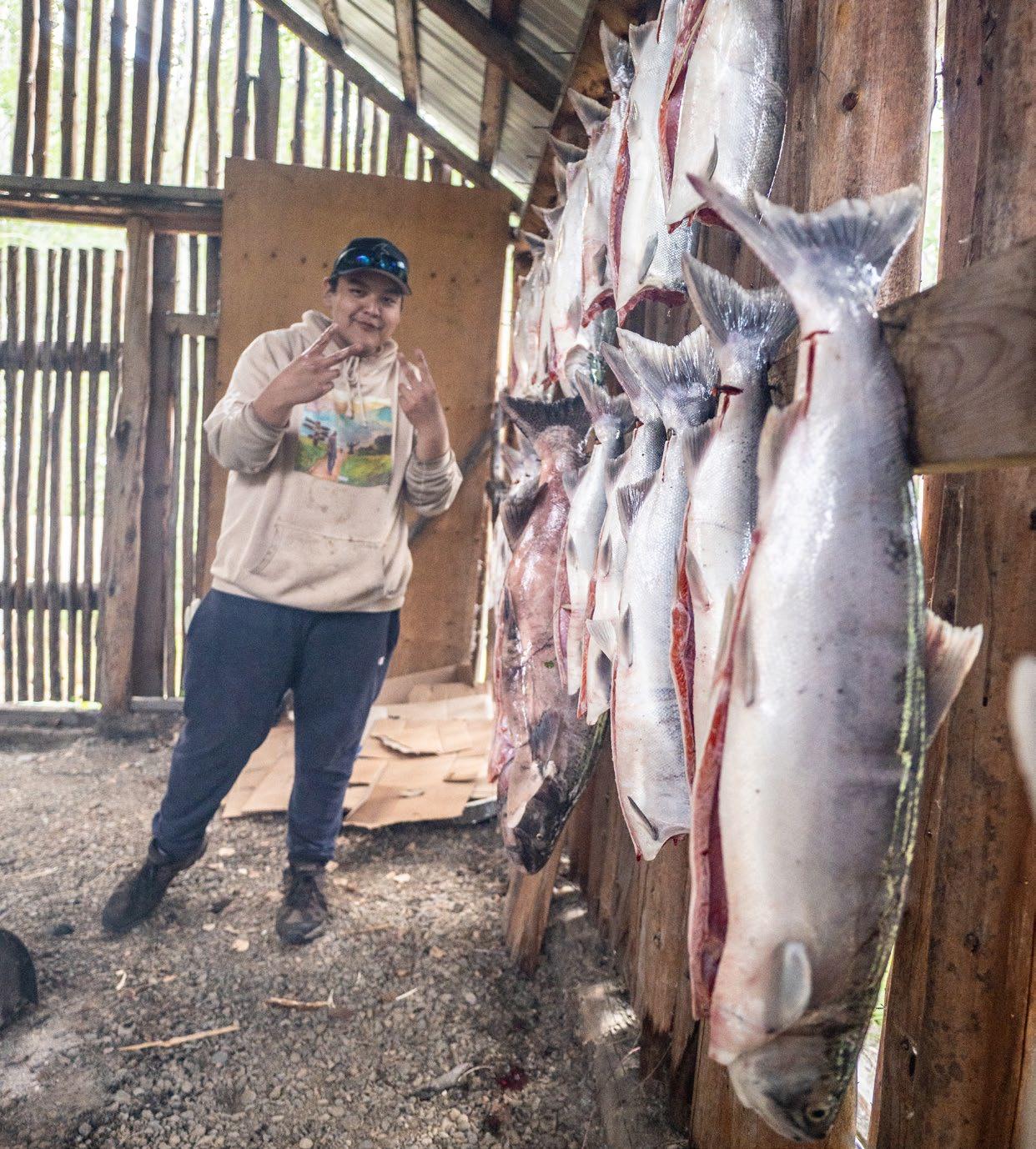
As your Fisheries Director, I would ask that if you are participating in this illegal activity, whether selling or purchasing these products, please do your part and stop. Stop supporting this illegal activity. You can play a huge roll by not buying salmon. There has got to be a better way to get the salmon you are craving. Maybe you are craving the connection to the land and the fish and the water as well. Come and experience it. Learn if you do not know how, ask if you do not know how; someone will teach you. That is how our tradition works; we teach to empower our next generation and to pass on those traditional teachings from our grandmothers and our grandfathers.
Although we have made great gains in having most of our members agree and hold back on setting nets until after the Annual General Assembly (AGA) in early July to minimize the incidental catches of Chinook, we are seeking further efforts that can be made to conserve an even higher number of Kings in the first two weeks of July.
In recent years, the Tahltan Lake Sockeye salmon run that fuels the Tahltan FSC fishery around Telegraph Creek, has shown a shift in the timing and arrival of the run. In prior years, the run of Sockeye started to trickle in at the end of June and beginning of July, but the TCGFD has noticed both in the numbers and anecdotal observations made by staff and community members that this has shifted more to around July 10 – 12 when the Sockeye begin arriving in numbers that are better suited to our FSC needs and effort. For example, in 2019 the first Sockeye hit our fishers’ nets on June 25 compared to 2022, when the first Sockeye (only one) hit on the July 7 and then no more were caught until July 10 (10) to July 12 (129). This appears to be becoming a trend with each season being shifted back further before we start seeing good catches.
The other aspect, a very important one at that, is the incidental catches of Chinook. This is of great concern to the Stikine Chinook stock that has recently been listed as a stock of concern by both Canada and the United States. The number of Chinooks harvested in our FSC fishery in the first couple weeks has been a concern for the TCGFD for the past several years, and we have made great strides in curtailing those catches

by delaying the opening of our FSC fishery and asking members to use only Sockeye mesh (big Chinook are less likely to get tangled in smaller sized mesh) which has shown great reduction in incidental harvest.
This can be further improved on. Last year, the FSC fishery caught 269 large Chinook and 117 small Chinook, if we had delayed the FSC until July 12, we could have saved a further 206 large Chinook and 48 small or jack Chinook. With the state of Stikine Chinook, every fish counts towards the stocks rebuilding or recovering to any extent. For perspective, the 2022 weir count at Little Tahltan was 677 large and 520 jacks. The additional 206 Chinook through the weir would have been a substantial gain in wild-spawning production. The TCGFD has provided a briefing note and recommendations to the Board of Directors.
I appreciate the continued support of my Elder, David Rattray, and other members of the Tahltan Elders Council who provide me with guidance and recommendations on this important issue. We all have an obligation to defend and protect our natural resources, it is who we are, it is our inherent responsibility to protect and conserve for our current and our future generations. We must steward effectively.

Tahltan/TCG Fisheries has provided technical support to the Stikine River Salmon Studies (SRSS) Biological Contract for over forty years formally, and services in an informal fashion even prior to that. The data collected is used for both short-term and long-term evaluation and decision-making. In season, the Department of Fisheries and Oceans Canada (DFO) biologists use the data to determine run status and provide information to fishery managers to assist them in their management of sustainable First Nation, recreational, and commercial fisheries. Data collected may also be used for post season run reconstruction and may form part of the long-standing data sets used for future analysis.
OUR TCGFD FIELD TECHNICIANS’ DUTIES AND TASKS INCLUDE:
Operate and maintain adult and juvenile collection devices including weirs, video and sonar systems, gee traps, beach seines, and gill nets;
Collect biological information and samples such as size, scales, otoliths, and DNA in an order prescribed by Project Authority;
Record, maintain, store, and transmit daily computerized data; and,
Apply tags to adult and juvenile salmon.
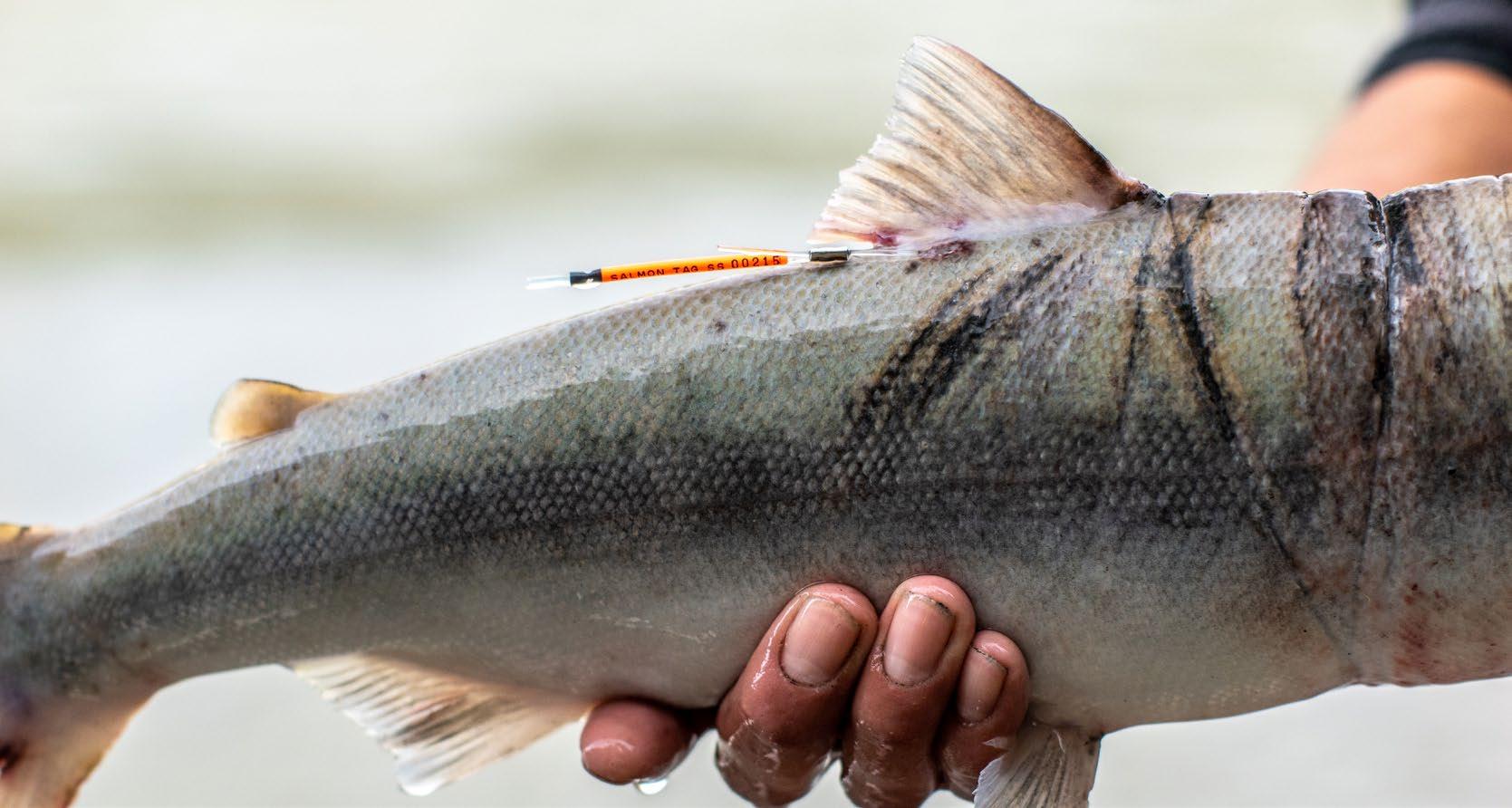
The 2022 Lower Stikine Juvenile Chinook and Coho Coded Wire Tagging (CWT) Project saw the return of both DFO and TCGFD staff to the project, alongside the Alaska Department of Fish and Game (ADF&G) who have carried out the last two years of the project by themselves due to COVID-19 restrictions. The project began with the crew mobilizing from Dease Lake on April 14 and flying to the Lower Stikine camp via helicopter. The TCGFD crew consisted of Kyle Inkster, Sheldon Dennis, Jared Dennis, Clint Callbreath, John Nole and with Raina Feldman as their cook for the project. The 2022 CWT Project concluded on May 30 and saw the joint efforts between Canada and the US capture and tag a total of 33,000 Chinook and 15,000 Coho smolts.
33,000
62,888
2021 RESULTS COMPARED
15,00
The contract secured a total budget of $473,000 for the 2022 field season, this was a significant increase of $110,000 from the prior year and was negotiated based on a notable wage increase for our field staff and increased travel rates reflective of inflation. This contract typically supports sixteen field positions from April-October.
The Kakwan Adult Chinook Mark/Recapture Project was a year that also saw the return of TCGFD staff to a project that has been delivered by ADF&G over the past two years due to COVID-19. The TCGFD staff that executed the project were Kyle Inkster and Sheldon Dennis and ADF&G staff from May 5 – July 10. They tagged 176 large Chinook.
MAY 5–JULY 10 TAGGING RESULTS
176
TAGS APPLIED TO LARGE CHINOOK SALMON
210
2020 TAGS
COHO SALMON SMOLTS CHINOOK SALMON SMOLTS WIRE TAGGING RESULTSJune 20 — August 18
1.73m
May 4 –June 28
This year the non-lethal Sockeye assessment fishery was done by both DFO and TCGFD staff and ran from June 20 – August 18, 2022. This project is designed to give an idea of in-season abundance estimates & stock identification (identify Tahltan versus mainstem stocks). The project consisted of two capture methods: drift netting and set netting. The results are as follows: Setnet: 910 Driftnet: 700. TCGFD staff: John Nole, Sheldon Dennis, Kyle Inkster, and Clint Callbreath. SOCKEYE
207,735 1.52m
12% 88%
The 2022 Sockeye Smolt outmigration saw results that exceeded the 2022 pre-season forecast, with a final count of 1,731,129 smolts leaving Tahltan Lake. The smolt weir was run on site by TCGFD staff alone this year with coordination with the DFO. The smolt crew was led by Michael Nole who was joined by Fabian Vance, Drew Inkster, and Peter Carlick-Beck. The crew was on site from May 4 – June 28, and their biggest day saw them count 800,583 smolts. Early analysis of wild to enhanced ratio shows that the wild smolt survival has dramatically improved over last year.
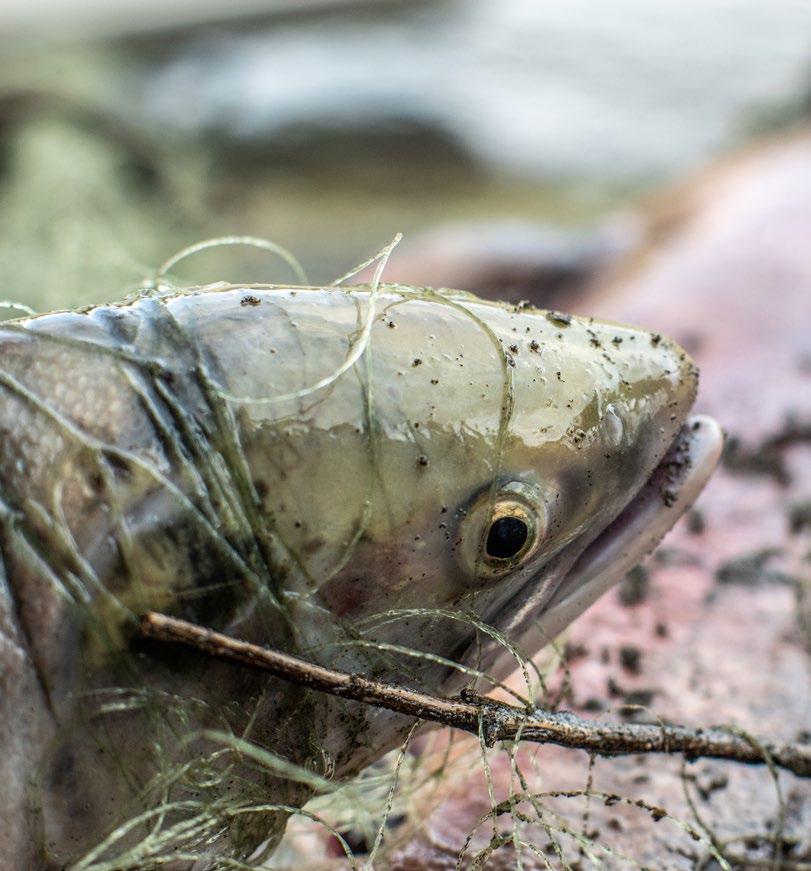
In the past few years, the enhanced to wild ratio has exceeded the 50/50 guideline, where the enhanced were outnumbering the wild in some recent years up to 75-80% in favour of the enhanced. This year the preliminary results have shown the enhanced coming in around only 12%. This is great news for the wild smolts who came in with a strong showing at 88% of the Sockeye outmigration. Approximately 207,735 enhanced and 1,523,394 wild smolts left Tahltan Lake for the Pacific Ocean to rear, feed, migrate, and continue their life cycle.

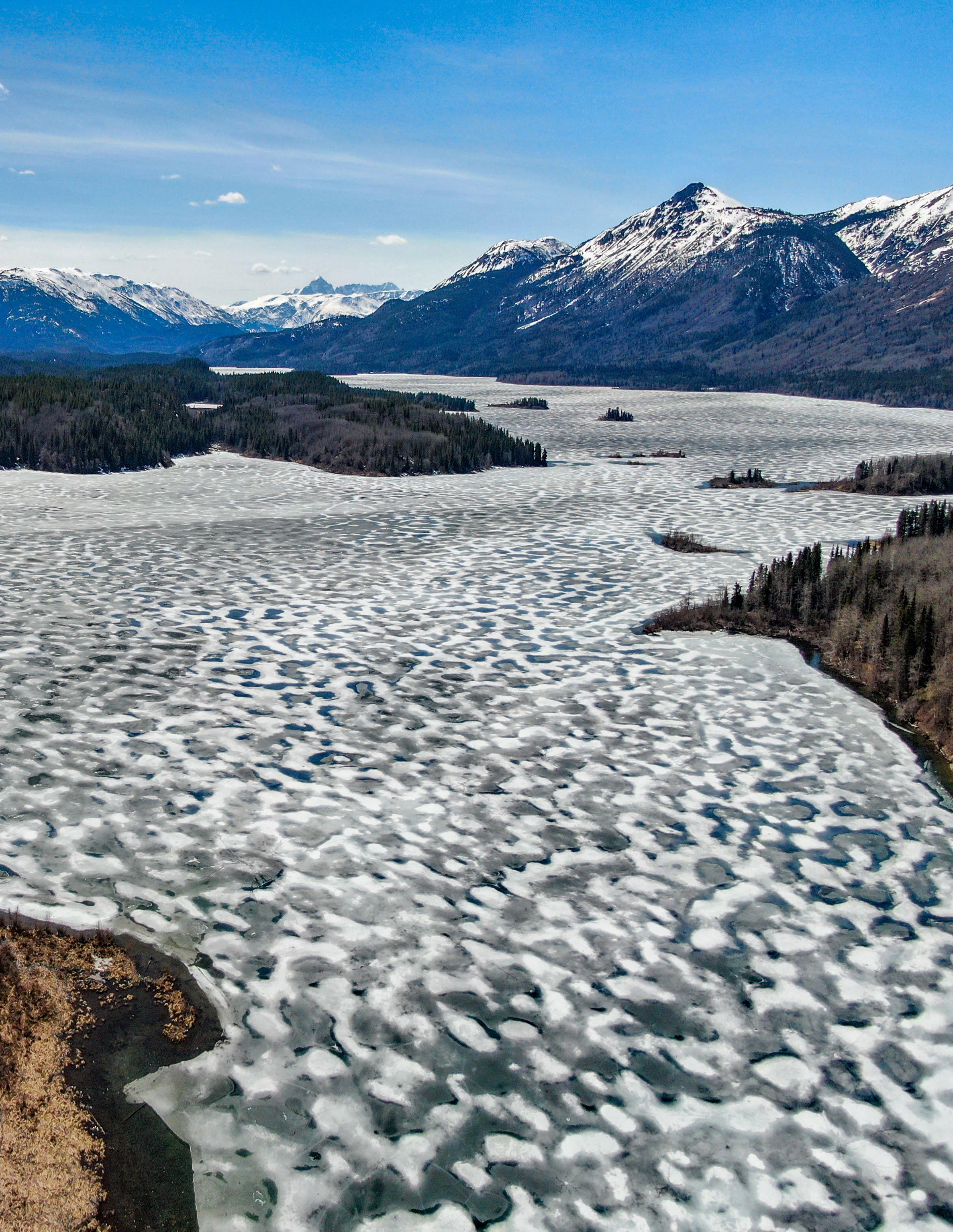
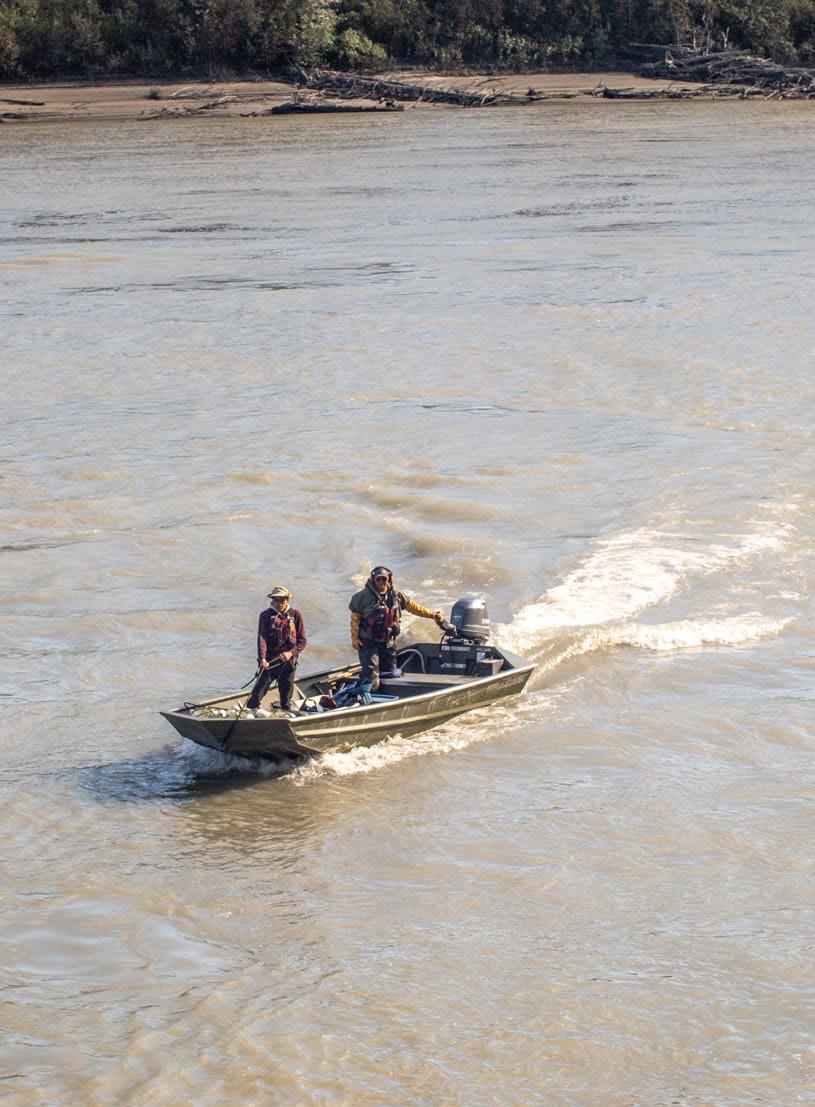
August 14 – October 30
The Coho assessment operations on the Lower Stikine and Iskut rivers aim to build an abundance-based management regime of the Coho stocks in the Stikine to parallel the management regimes for Sockeye and Chinook. Currently, the only measure of population and abundance is the commercial Coho fishery on the Stikine, which has a goal of 5,000 Coho, and an aerial survey of index sites. These Coho operations involve the tagging and recapture of Coho to give us a much more accurate idea of population abundance, distribution and run timing. The 2022 operations were delivered by both DFO and TCGFD staff who were on site from August 14 – October 30 and netted 913 and tagged 911 of them. They were able to re-capture 78 adults. There was a DNA collection portion of the project that they were unable to complete due to bad weather. TCGFD staff included Jared Dennis, Kyle Inkster, Drew Inkster, Raina Feldman, Margaret Asp, Peter Carlick-Beck, and John Nole.
78 TAHLTAN CENTRAL GOVERNMENT – FISH & WILDLIFE NEWSLETTER 2023
July 7 – September 15
The 2022 Tahltan Lake Adult Enumeration Project that counts all the adult Sockeye salmon returning to Tahltan Lake ran from July 7 – September 15. Michael Nole and Fabian Vance were tasked with installing and operating the weir. The weir was installed on July 10, and they got their first Sockeye on July 22. This year saw another year of above average escapement into Tahltan Lake with a total of 53,172 adults returning to spawn.
August 28 – September 16
The commercial Coho fishery was conducted between August 28 – September 16. The fishery caught 5,081 adult Coho salmon. The sampling of this project was done by the Coho Assessment Team involving DFO and TCGFD staff.
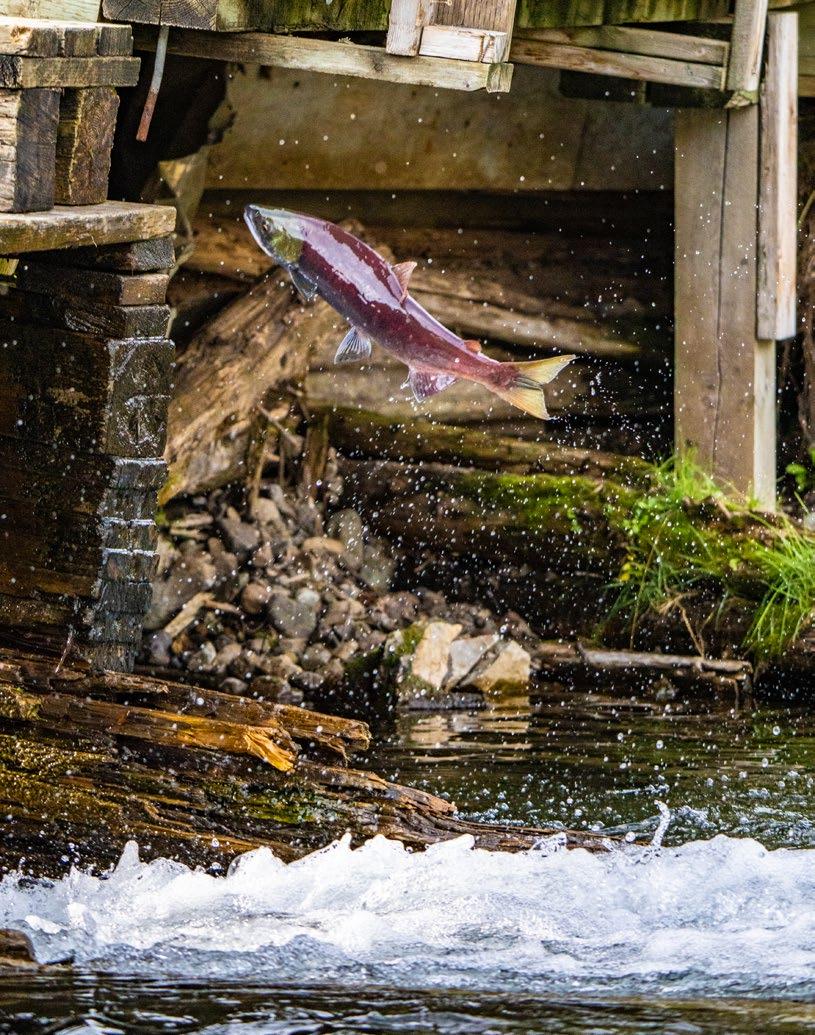
53,172
ADULTS RETURNING TO
5,081
ADULT COHO SALMON CAUGHT Left: Peter Carlick-Beck and Margaret Asp. Bottom: Sockeye jumping the weir. SPAWN
The AFS Agreement between the Department of Fisheries and Oceans Canada (DFO) and the Tahltan Central Government (TCG) provides the core funding for the Fisheries Department operations.

The TCG Fisheries Department (TCGFD) received a total contribution of $691,780 from AFS and Pacific Salmon Treaty (PST) funding sources in 2022. It allows for office infrastructure, administration costs, vehicle purchases/insurance/maintenance, equipment purchases/maintenance, management wages, meeting travel, training, and an increasing list of stock assessment and monitoring projects which are summarized below.
June 22 – August 15
The 2022 Little Tahltan Chinook enumeration project ran from June 22 – August 15. Jared Dennis and Peter Carlick-Beck arrived on site on June 22 but were unable to install the video counter weir until the July 7 due to highwater conditions in the Little Tahltan River. Once the water stabilized, they were able to begin their counting, with their first fish on July 10. Jared and Peter ended up counting 565 large Chinook and 650 non-large Chinook (jacks).
Above: Drew Inkster preparing fish for the egg take at Tahltan Lake.June 27 – August 5
The 2022 Stikine Stock Separation project that collects biological data and samples from the catches caught in the Food, Social, and Ceremonial fishery (FSC) centered around Telegraph Creek, ran from June 27 – August 5 and was conducted by TCGFD staff members Raina Feldman and Shenoa Asp. The two sampled catches from various fishers from Glenora up to Tahltan. They collected 398 Sockeye and 50 Chinook samples this year.
The monitoring of the 2022 FSC fishery was done by long-time catch monitor, Noreen McLean. This year saw an above average return of Sockeye to the Stikine. This worked out well for fishers who we were anticipating would return in higher numbers than what was seen in the past two years due to COVID-19 and road closures. Noreen’s counts indicated that our Tahltan members harvested 5,723 Sockeye, 269 large Chinook, 117 small Chinook and released 89 Chinook.
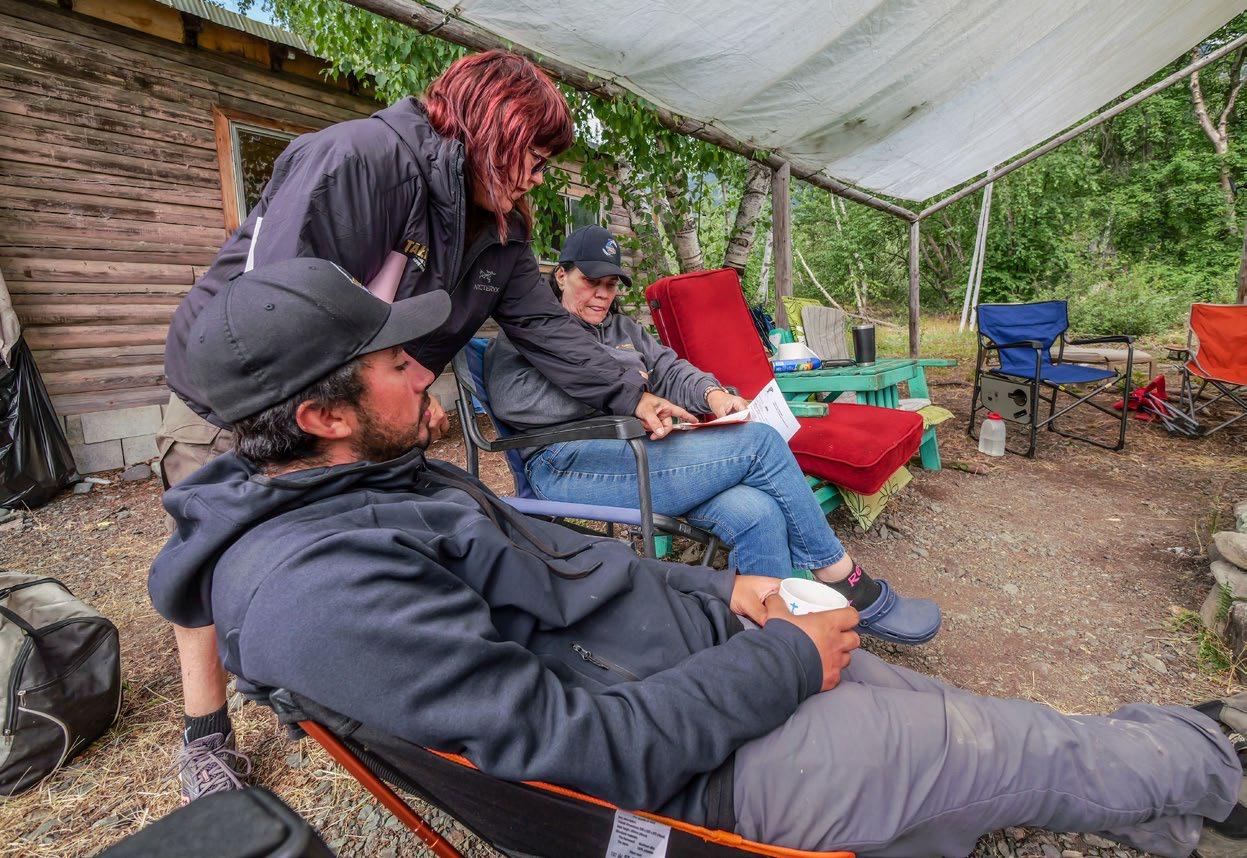
50 269 117
The Tahltan River Sonar Project, which is still in early stages of site selection and testing, saw the DFO and TCGFD test out the sonar unit at a new site just below the telemetry tower that is stationed up at Lava Beds, just above the site of the 2014 landslide on the Tahltan River. The site visit was done by TCGFD Fisheries Manager, Kerry Carlick, and the DFO. The new site is more promising than sites from last year’s testing, although further analysis is required in terms of logistics and sonar stand design. A review of water level data from the Tahltan River bridge hydrometric station will gives us a better idea of water levels which will help inform our final location for the unit. The end goal of the project is to be able to count every fish that swims up the Tahltan River, without touching them at all. The less hands-on, the better for the fish.
CHINOOK LARGE CHINOOK SMALL CHINOOK ABORIGINAL FISHERIES STRATEGY (AFS) PROJECTS
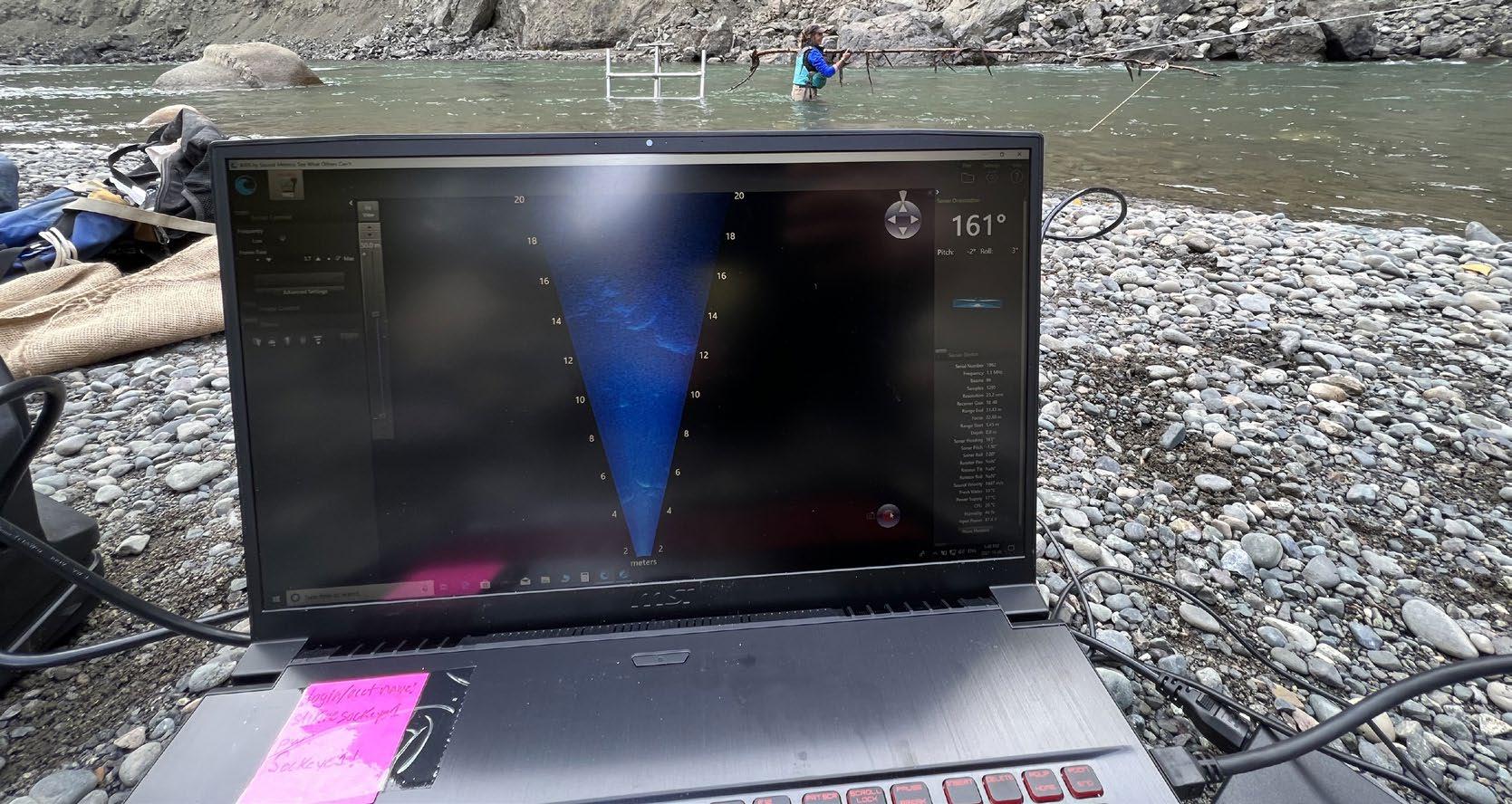 Left: Tahltan River Sonar.
Left: Tahltan River Sonar.
Tahltan Lake Sockeye Enhancement Egg Take (1989-2022)
Results From Eggs Collected in September 2021 Egg Take:
» 1.52 million eggs delivered in September 2021: 74% egg to fry survival, these results are good and above average (average project survival, 71%)
» No fry lost to infectious hematopoietic necrosis virus (IHN)
» 1,079,400 Sockeye fry released to Tahltan Lake (Average 1,965,000)
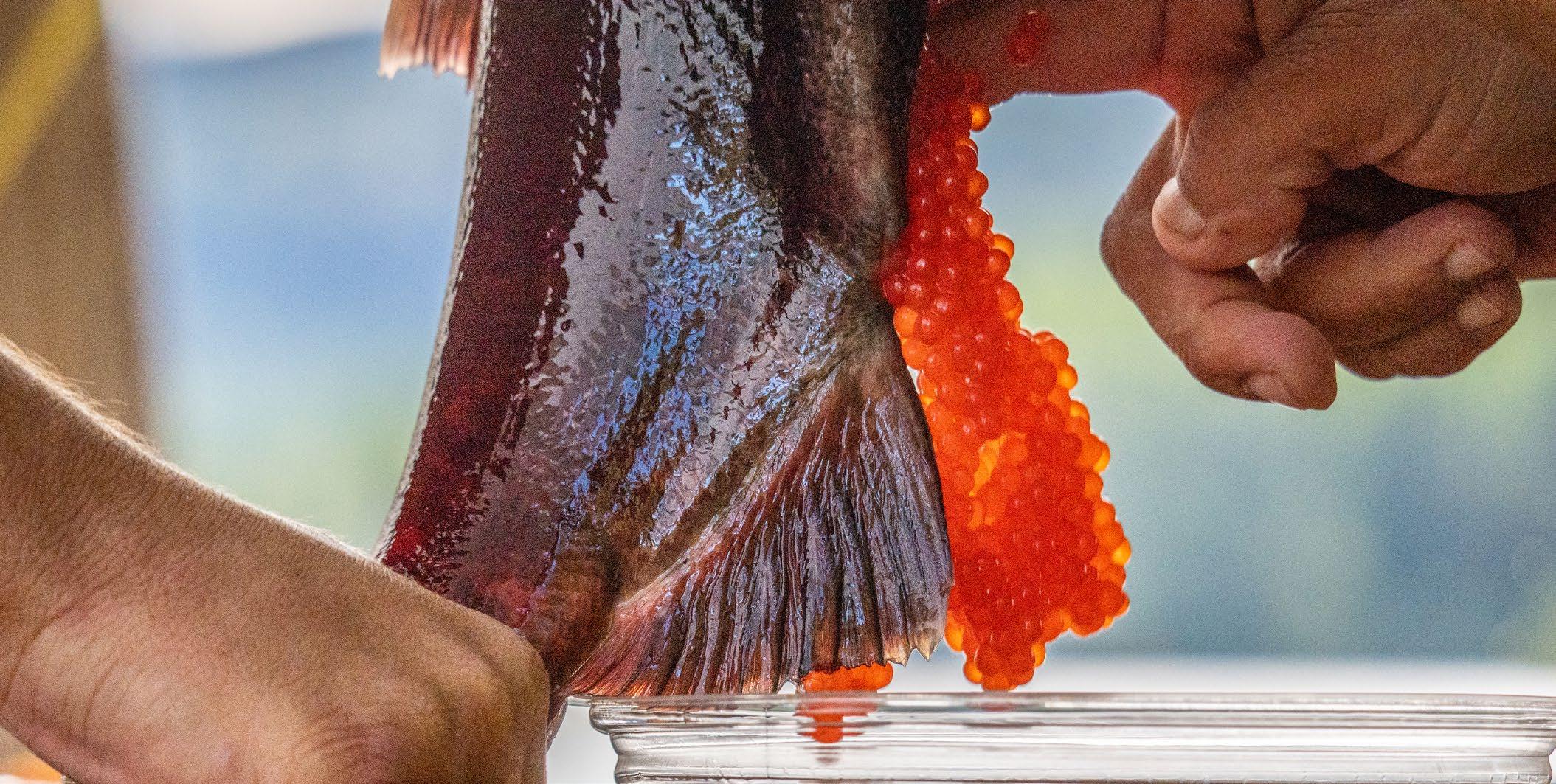
» Fixed wing delivery and release completed May 30, 2022
We have continued increased fishing efforts at Tahltan Lake since 2010 to ensure that adequate broodstock (Sockeye spawners that contribute to the egg take) are captured to provide five million Sockeye eggs to the Snettisham Hatchery in Alaska. Although the target of five million eggs remains in the Stikine Enhancement Production Plan, this target has been modified and reduced in recent years based upon the observed poor wild smolt survivals and forecasted final escapement. Efforts include the retention of all green females captured at the primary spawning site, and the augmented fishing crew for the peak of the spawning activities which captures and delivers females to the
holding pens to improve the ability to maintain and reach the egg take targets. Given the smaller egg take targets over the past few years, we have not been utilizing the alternate fishing crew, however, we continue to retain all the green females captured in the spawning grounds and hold them in large floating net pens until they ripen.
A smaller contingent of the egg take crew (Derek Louie, Drew Inkster, and Clint Callbreath) were deployed to Tahltan Lake on September 1. They were sent in a few days early to construct six new Vexar (plastic mesh) holding pens, two new rinse tables for the fertilization procedures, and general site preparation. The remainder of the crew flew to the site with BC Yukon Air on September 5. Five egg takes were completed between September 9 –15, and a total of 2.1 million fertilized Sockeye eggs were delivered to Snettisham Hatchery. Weather cooperated for all five egg transport flights happening on the same day. Egg transport flight services were provided by Ward Air from Juneau. Their pilot was remarkable, going above and beyond, delivering huge donuts and a bag full of McDonalds cheeseburgers to the field staff. Seeing the smiles this kind and generous gesture created is priceless. Camp was winterized and crew were demobilized and flown out on September 21 with BC Yukon Air. Much appreciation to Billy, Alex, and staff at the base for their support.
Eggs from 784 females were collected and fertilized by 800 males, respectively. Fecundity (number of eggs
Above: Fecundity this year was estimated at 2,674 eggs per female.
EXPECTED FRY RELEASE 1.5m
SPRING 2023
per female) was estimated at 2,674 which resulted in two million eggs being delivered. In addition, ovarian, kidney, and broodstock (lengths and otoliths) samples were taken and provided by field staff as per the project protocols.
Crew members were Richard Erhardt, Cheri Frocklage, Drew Inkster, Sheldon Dennis, Clint Callbreath, Derek Louie, Michael Nole, Fabian Vance, and Noreen McLean. This year, Ollie traded in her waders for an apron and participated as our camp cook, providing meals and general camp cleaning for the course of the project. Mēduh Noreen for all the good food and laughter in the kitchen. It was such a relief to have Richard back in the field with us and taking care of all the many forms of data that we keep on the project. We missed you and it was great to have you back in camp, Es Pane. In addition to our regular crew members, we were delighted to have the Tahltan Central Government (TCG) Multimedia Director, Adam Amir, join us at the site for four days of filming. Mēduh, Adam, we enjoyed your company, and your time and presence were welcomed and greatly appreciated. We look forward to many more collaborations and future field site visits and filming opportunities to come. Keep your eyes open for a future video release from the Fisheries Department of the sights, sounds, photos, footage, experiences, and stories Adam collected during his visit.
Successes this year included: implementation of operational and equipment recommendations from the previous year; having all egg delivery flights happen on the same day via fixed wing charters; and reaching the revised egg take target.
Gratitude to our returning crew members for their ongoing commitment and the sharing of their expertise to some new field staff on this project.
Many thanks to Kevin Steck and the crew at Snettisham Hatchery. We truly appreciate all the people on the other end that make sure the support flights, fuel, propane, supplies, and groceries keep coming in; we could not do it without you.
And last, but not least, a big thank you to Department of Fisheries and Oceans (DFO) for use of the camp facilities.
Expected fry release of 1.5 million in the spring of 2023.
July 29, 2022
The 2022 Chinook aerial index survey was done by Tahltan Central Government Fisheries Department (TCGFD) staff members Kerry Carlick and Naia Pennington. The sites surveyed were Beaty Creek, Little Tahltan River, the Tahltan River (unable to survey due to high turbidity), Christina Creek, and Verret River. The survey day was a beautiful sunny day which provided great viewing conditions, except it did have high water levels in some locations, i.e., the Tahltan River looked like chocolate milk. The summary of results between the two surveyors is as follows:
Results are as follows: 18 20 306 0 3.5
September 12
Completed September 12 by Kerry Carlick and Cheri Frocklage who were joined by TCG Multimedia Director, Adam Amir. They were flown to each index site where they performed the surveys. The weather was great for flying and provided us with excellent viewing conditions. The results were encouraging, especially at sites like Chutine River, where we historically have had a hard time counting due to water conditions (turbidity and water level); we had great counts from there. The summary of results (average between surveyors):
Results are as follows: 276 380.5 0 35 0 79
BEATTY CREEK VERRETT RIVER LITTLE TAHLTAN RIVER TAHLTAN RIVER CHRISTINA CREEK CHUTINE RIVER SCUD RIVER PORCUPINE RIVER VERRETT SOUGHSNovember 8
Scheduled for November 3 but delayed until November 8 due to poor weather conditions, Kerry Carlick and Raina Feldman participated in the survey under good viewing conditions overall. However, the formation of ice at some of the index sites made for less favourable counting ability. Survey results indicate that we may have missed the optimum window for counting resulting from the weather-delayed flight.
Results are as follows:
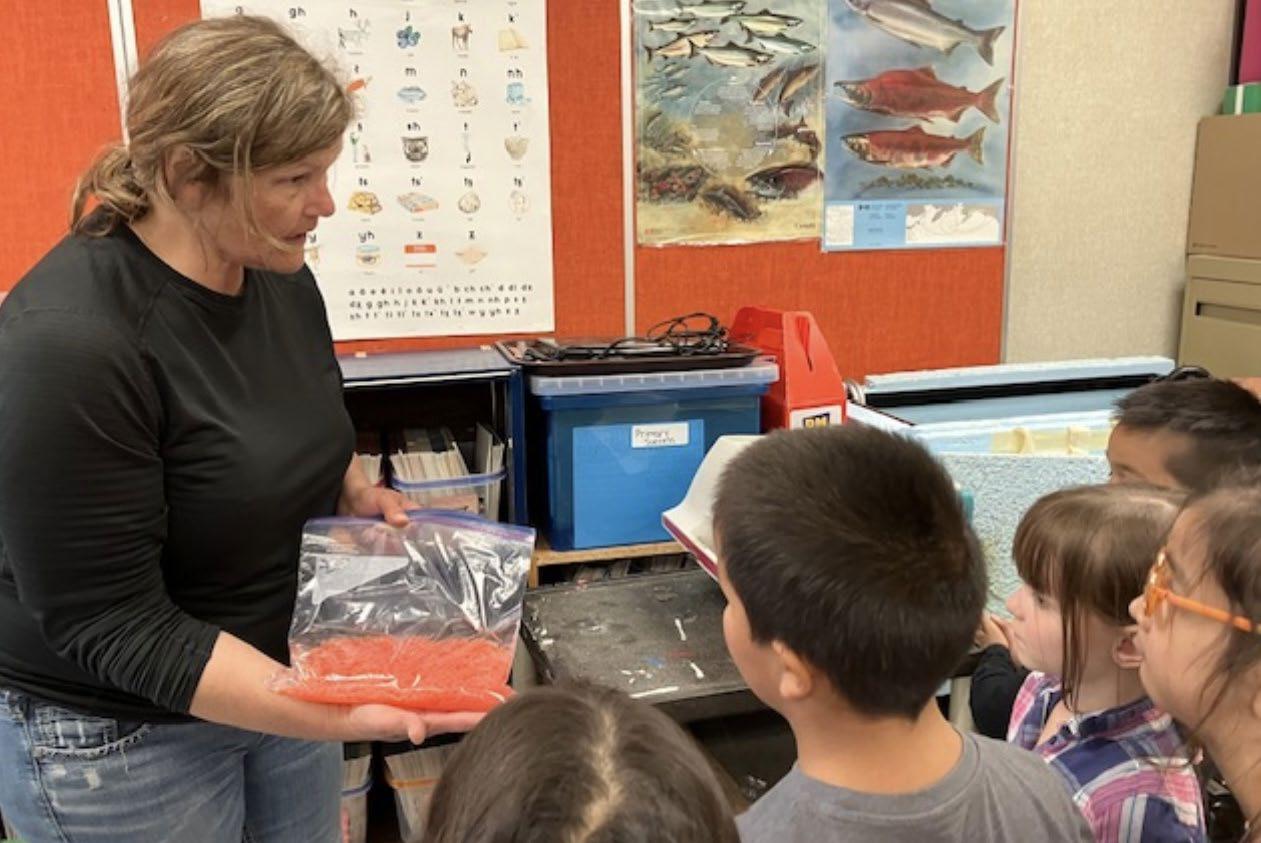
2022 marks the restart of the salmon classroom incubation program. The Tahltan Central Government Fisheries Department (TCGFD) will be working diligently to increase our presence in the three local schools. Sockeye salmon eggs from Tahltan Lake were delivered to the Dease Lake School on September 21. Upon reaching the eyed stage, eggs were distributed to Iskut and Tahltan Schools. Students will rear the Sockeye eggs to the fry stage, observing egg and fish development along the way and learning about the biology of the Pacific Sockeye salmon and the cultural values and significance of the Stikine salmon resources to the Tahltan Nation. TCGFD staff have been visiting the schools over the course of the winter for discussions and classroom salmon dissections. The surviving fry will be released in the spring of 2023 with a gathering of students, teachers, and community members at Tahltan River. Naia Newton, our Aquatic Protection Officer has been instrumental in getting this project back up and running.
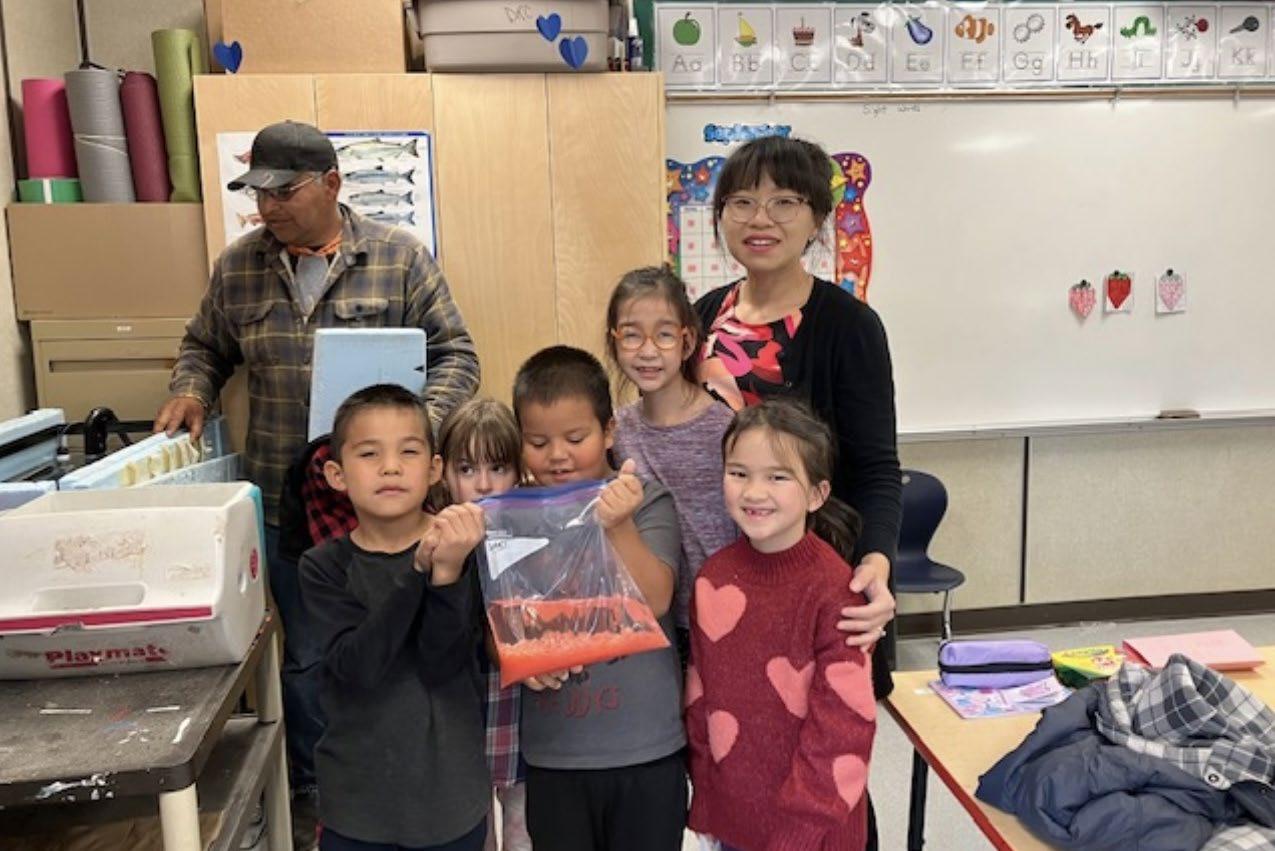
The TCGFD proposed stepping up the aerial survey program and increasing the budget and number of surveys to get a more accurate depiction during our recent annual post season Government to Government meeting with the DFO. Further discussions will follow over the course of the winter months.Top right: Salmon in the classroom: anxious students.
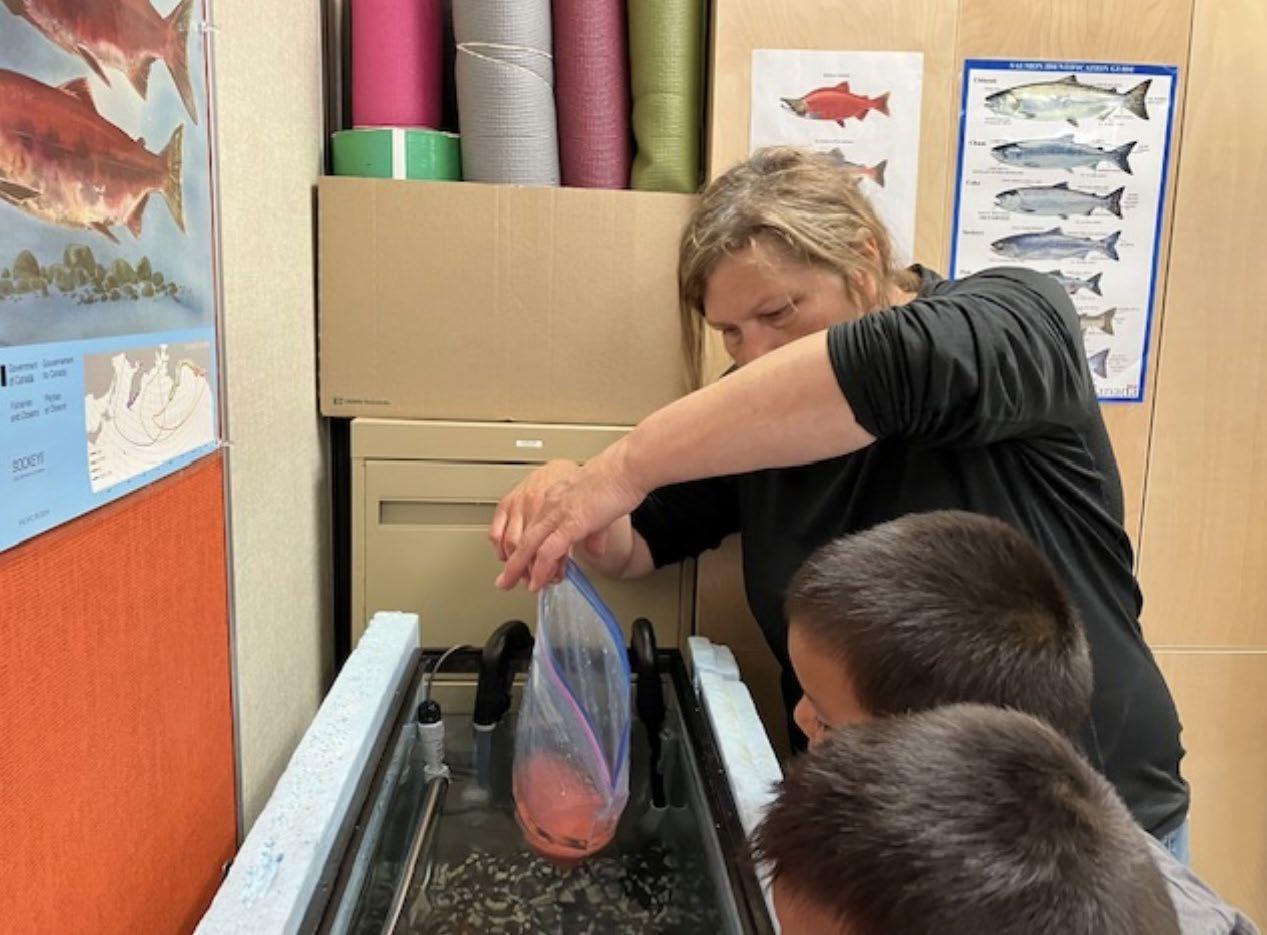
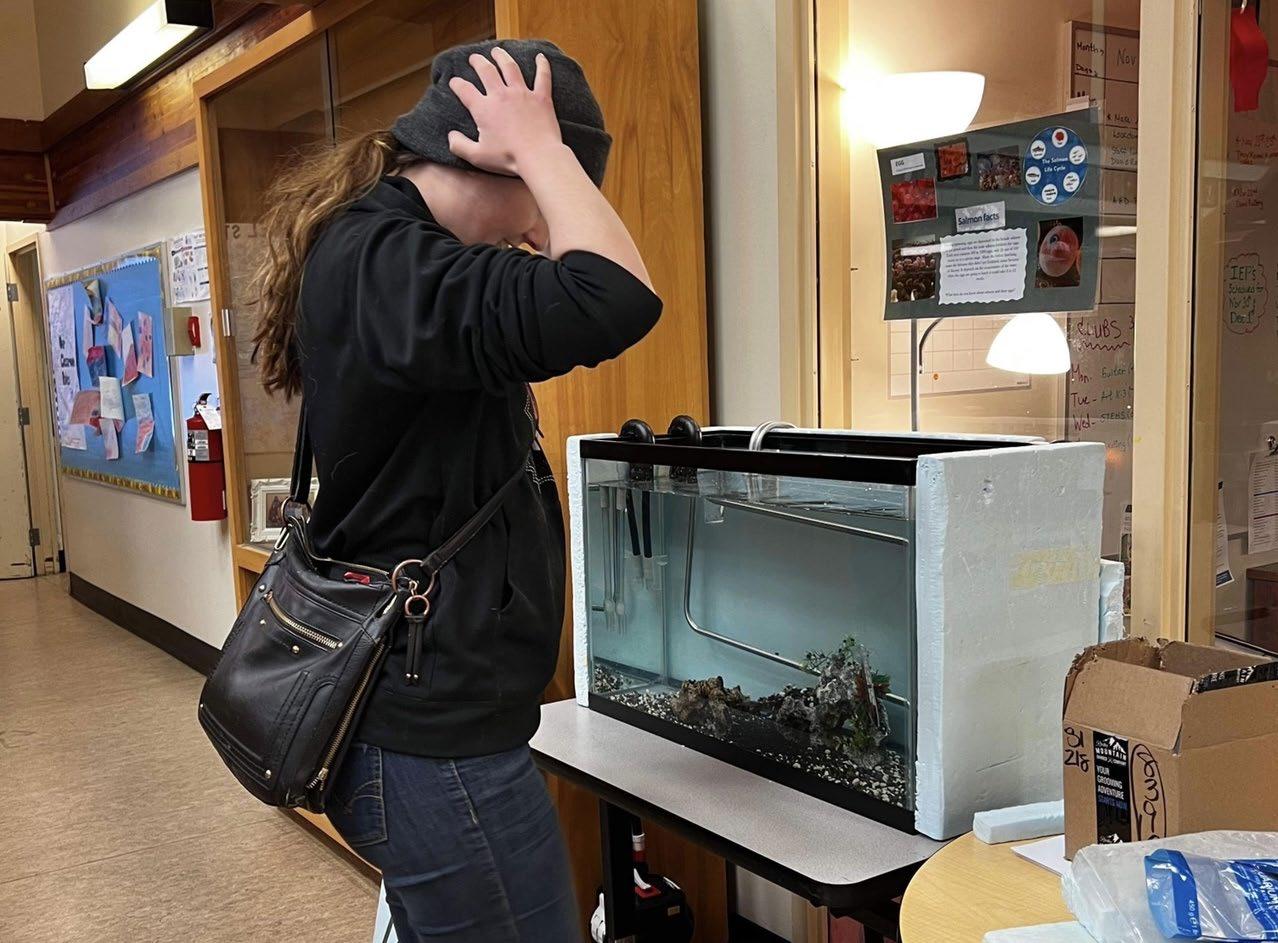
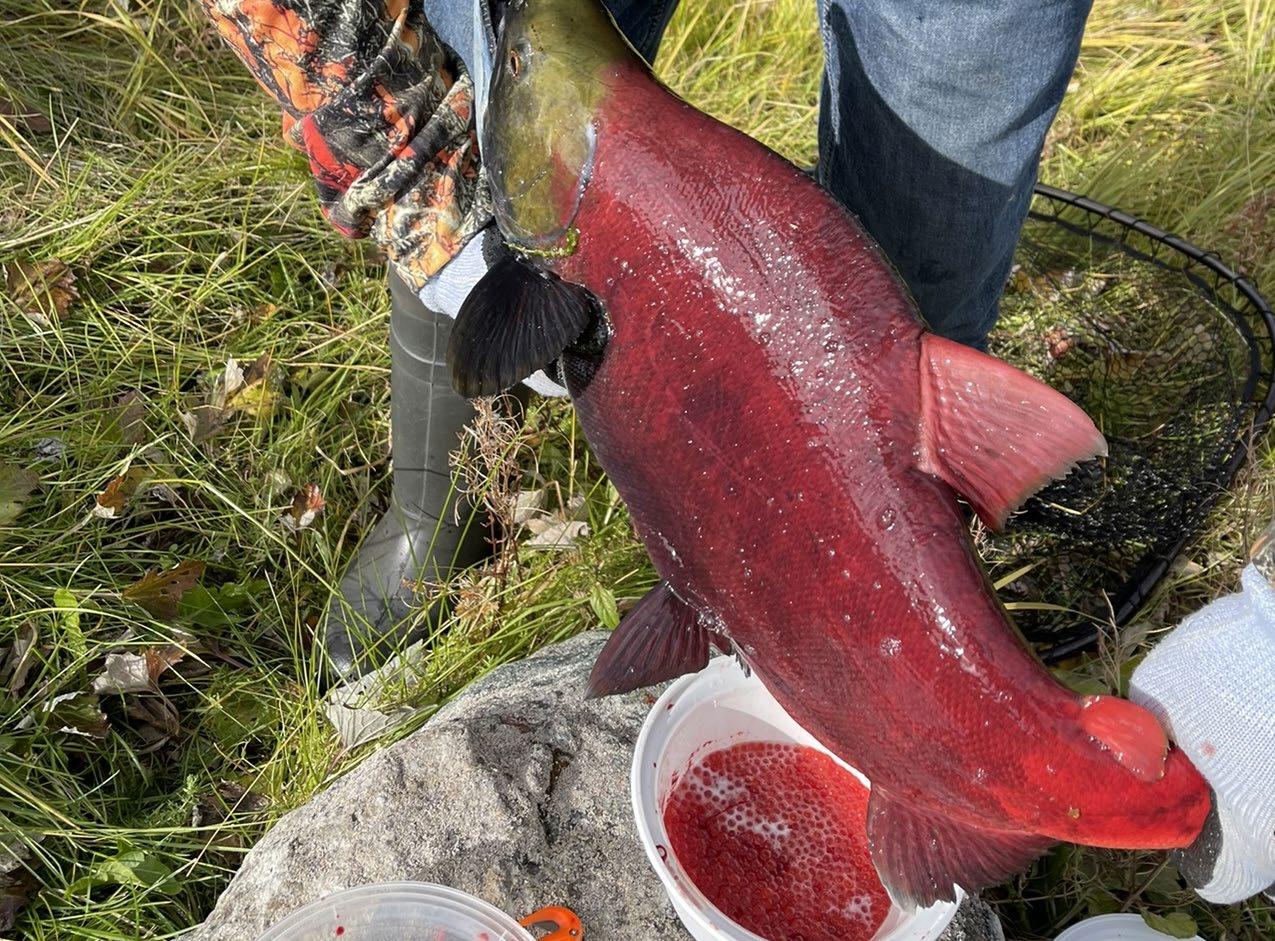
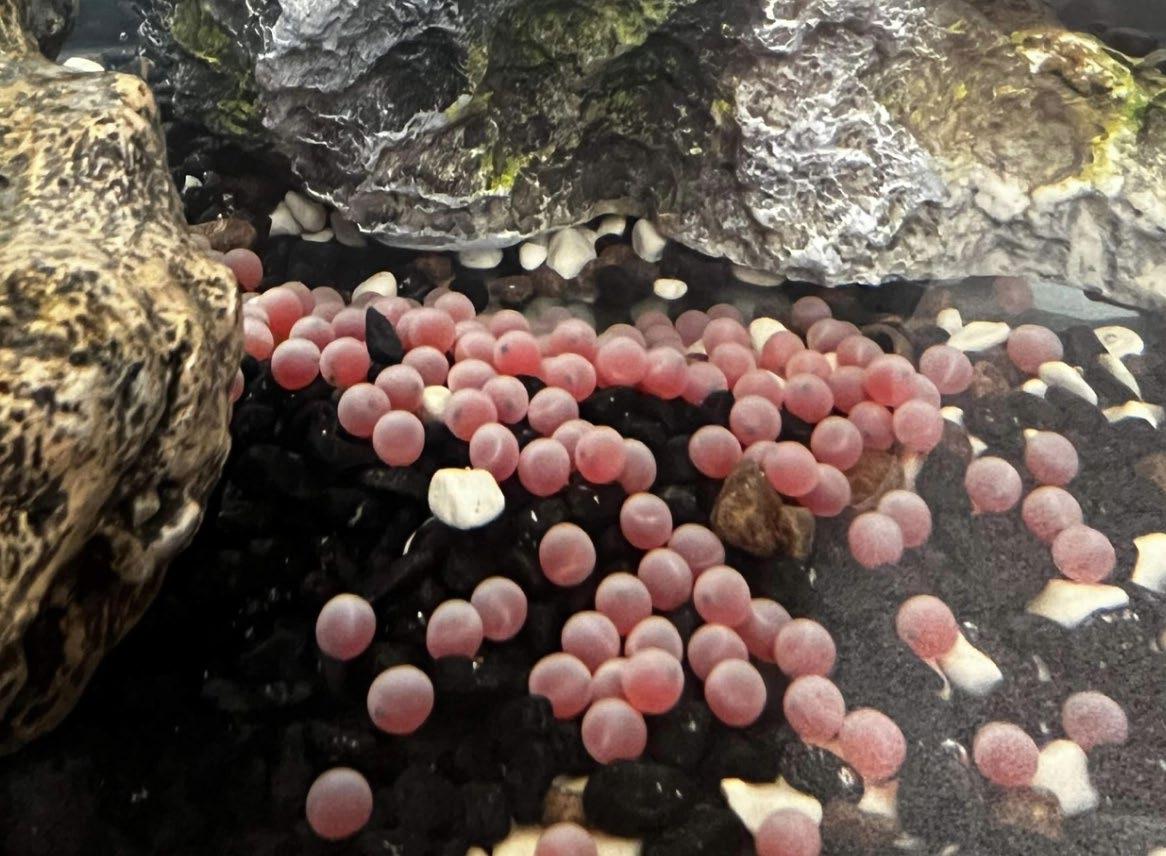
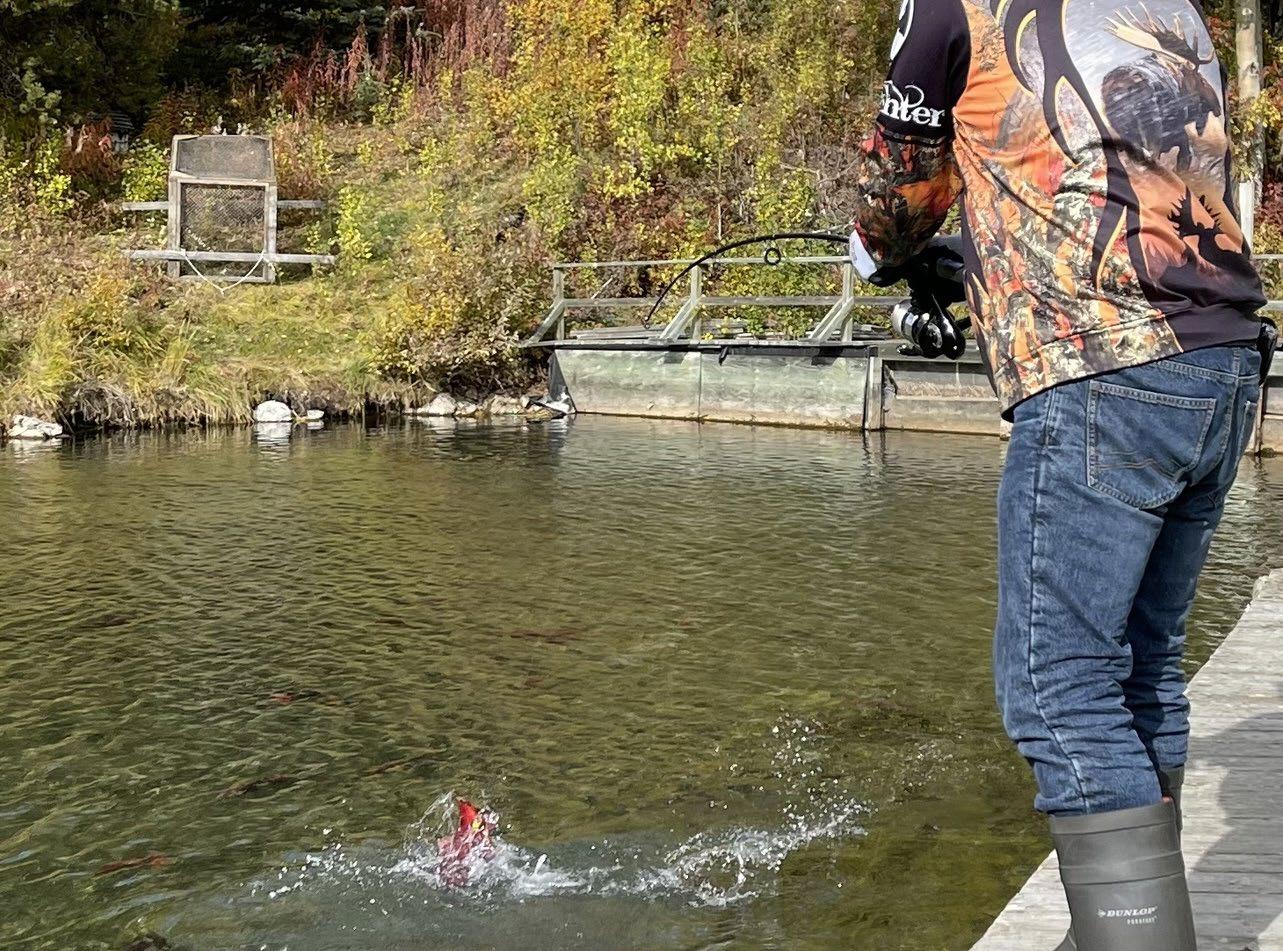
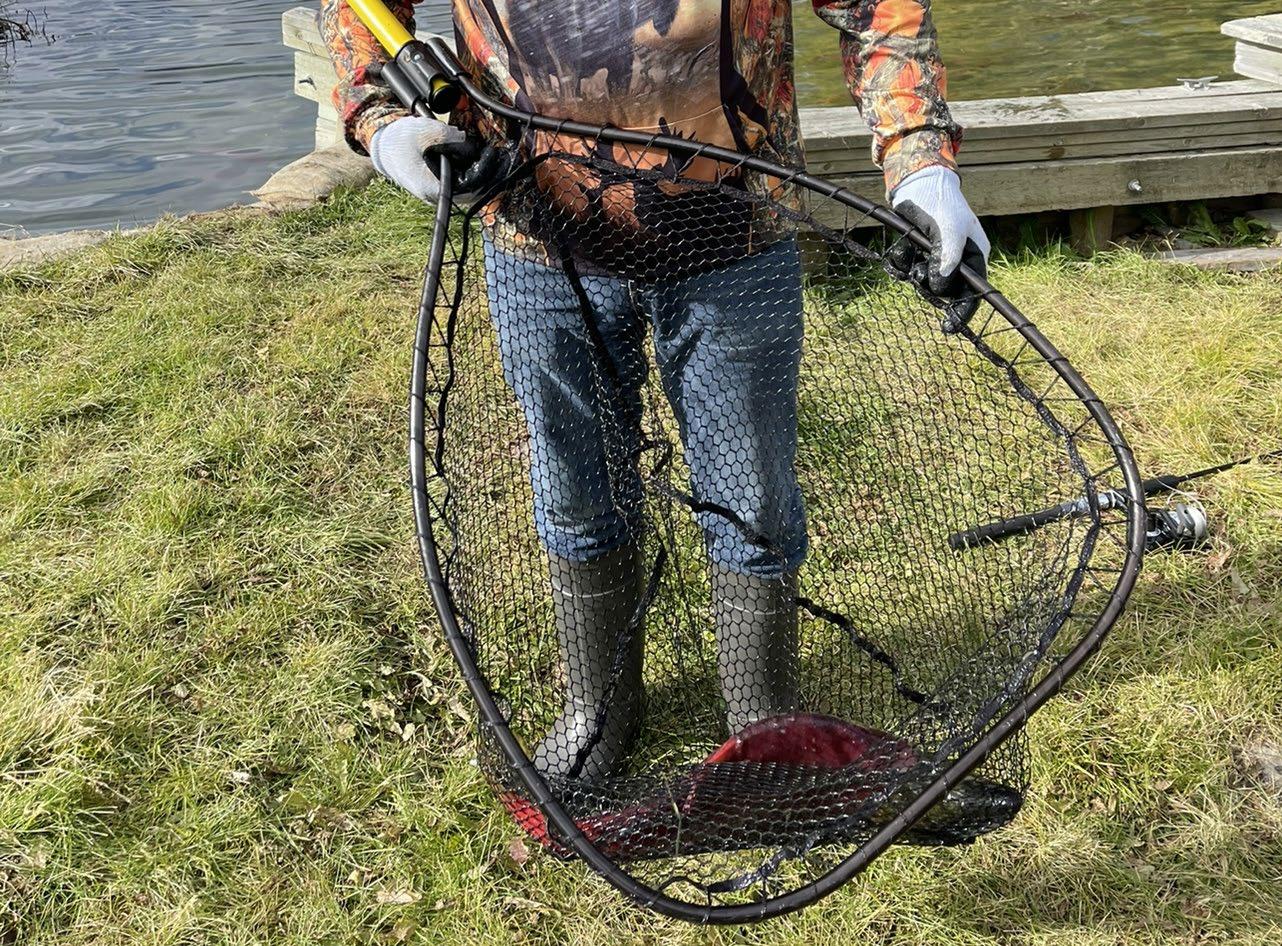 Above: Salmon In the Classroom - In they go - their new home for the time being.
Above: Salmon In the Classroom - Naia delivering eyed eggs to Klappan School.
Above: Salmon In the Classroom - The sperm was added to the eggs along with some water to activate the fertilization process.
Above: Salmon In the Classroom - Look closely...can you see the eye of the baby sockeye salmon which is forming inside the egg.
Above: Salmon In the Classroom - one male and one female sockeye were snagged from the spawning grounds.
Above: Salmon In the Classroom - In they go - their new home for the time being.
Above: Salmon In the Classroom - Naia delivering eyed eggs to Klappan School.
Above: Salmon In the Classroom - The sperm was added to the eggs along with some water to activate the fertilization process.
Above: Salmon In the Classroom - Look closely...can you see the eye of the baby sockeye salmon which is forming inside the egg.
Above: Salmon In the Classroom - one male and one female sockeye were snagged from the spawning grounds.
“Overwintering Behaviour, Immigration and Emigration patterns, Spawning Period and Spawning Sites of Steelhead Trout (Oncorhynchus mykiss) Indigenous to the Tahltan River, British Columbia.”
This is a Tahltan Central Government Fisheries Department (TCGFD) funded project led by biologist, Peter Etherton, who has been contracted to assist TCG Fisheries Manager, Kerry Carlick. The goal for the project is to get a better understanding of the population of Steelhead that return to the Tahltan River and that our Tahltan members have always utilized as another food source later into the fall and winter months. The radio tagging study will have four components we want to better understand:
1. Overwintering sites and associated habitats;
2. Enter and exit timing into and out of the Tahltan River;
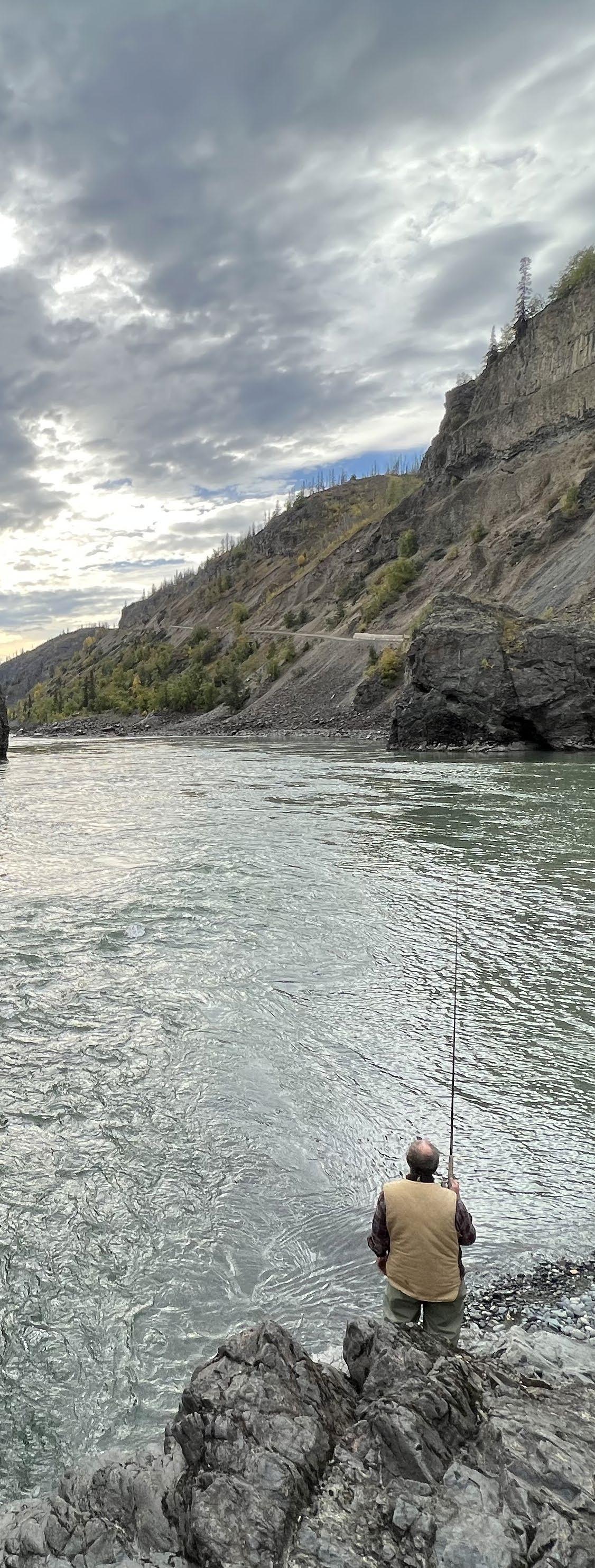
3. Migration rate; and
4. Spawning location and period of spawn.
28 October 2022
In 2021 the Tahltan Central Government (TCG) embarked on a study to determine the overwintering and spawning sites of Tahltan River Steelhead trout, augmenting the existing traditional knowledge relating to this fish species.
Given the disappointing results of the 2021 Tahltan Steelhead radio tagging study during which only seven radio tags were applied over a 25-day fishing period, a new approach was adopted in 2022 that saw the field work centre at the mouth of the Tahltan River where an active sport fishery exists. Moreover, the capture method was changed from gillnetting to sport fishing (angling). It was also anticipated that the
local anglers, consisting of Tahltan Nation members would participate in the study by providing some of their Steelhead catch to the project for tagging (a cash draw based on the number of fish each participant surrendered for tagging was used as an incentive.)
A total of forty-one radio tags were applied to Steelhead trout between September 10 and October 4. Peak fishing success occurred from September 15 – 18 (fishing conditions deteriorated in late September due to high water). As of October 5, no Steelhead had migrated above the radio tower located on the Stikine River’s north bank upstream of the Tahltan River, while fourteen tagged Steelhead were detected migrating past the Tahltan River tower (see Fig. 1). On average, tagged fish took eleven days to migrate from the tagging site near the mouth of the Tahltan River to the Tahltan River tower, a distance of 2.9 km.
The average size of the tagged Steelhead trout was 681 millimetres (27 inches). Of the 41 Steelhead tagged, 15 were males representing 37 percent of the sample.
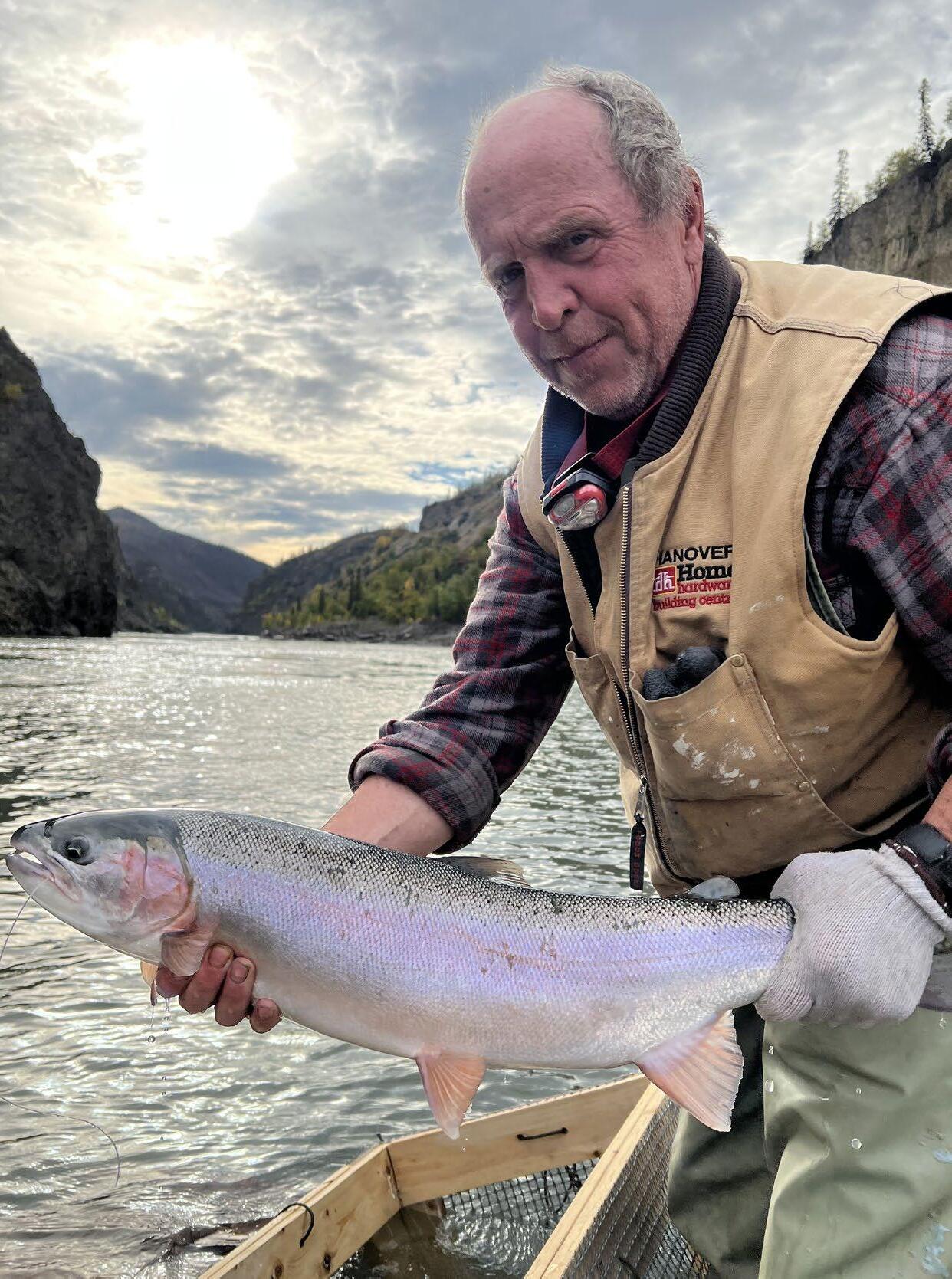
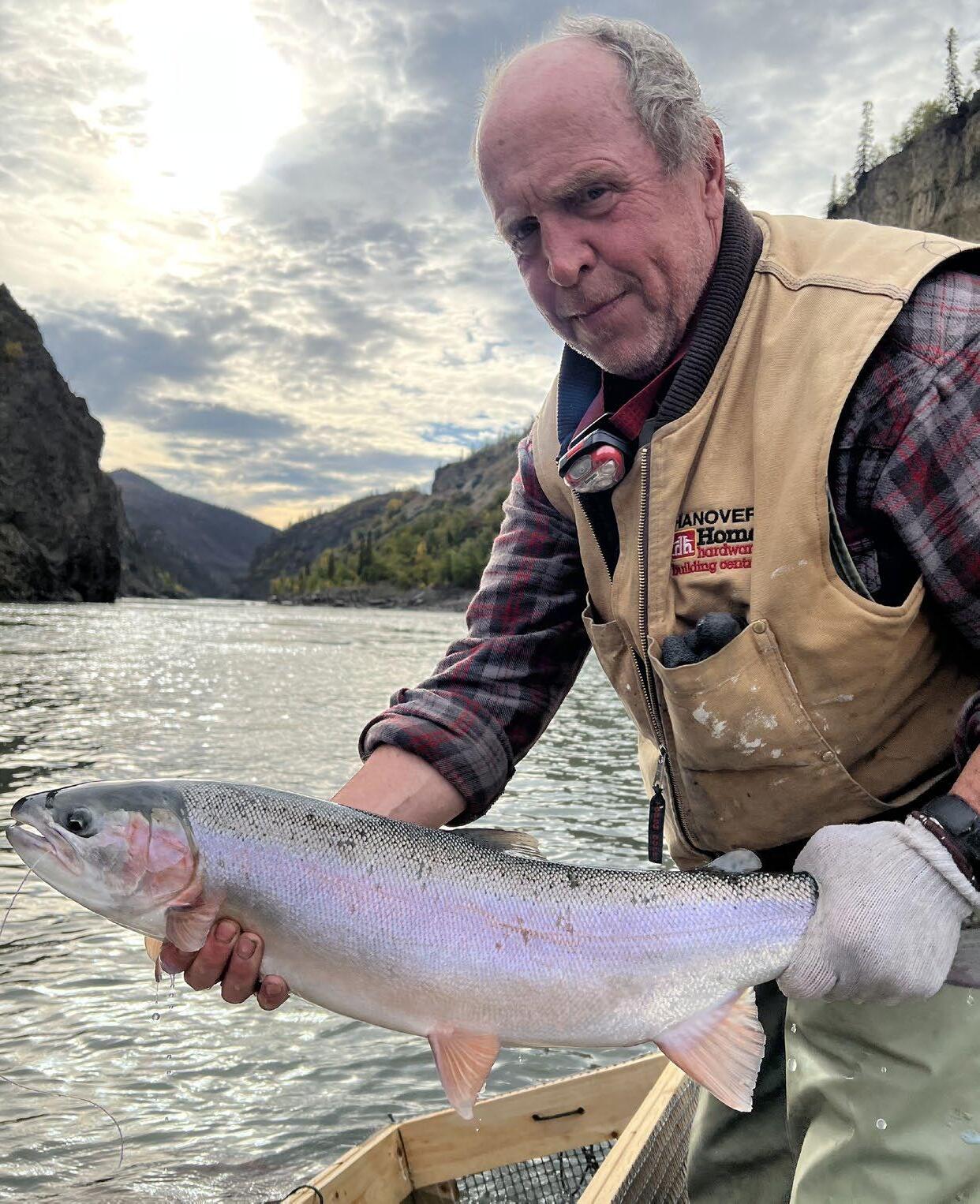
Several aerial surveys are scheduled to occur between late November, 2022 and early May 2023 to determine overwintering and spawning locations. A report summarizing the findings of the project will be available in August 2023.
The cash prize draw, as advertised, eligible to anglers who donated Steelhead to the project, will take place in late November.
A sizeable fraction of the total tags applied were from Steelhead trout donated to the project by Tahltan First Nation members. A special thank you is extended to Joe and Dale Dennis for their advice and tips on how to catch Steelhead and for donations of bait.
My name is Clint Callbreath and I reside in Dease Lake. My parents are Thorne and Ivy Callbreath and my Tahltan lineage is from my grandparents, Melvin and Verna Callbreath.
Clint was a valuable addition to our staff this field season and did a great job. He is a quick learner, works hard, and has a great sense of humour. It did not take him long to settle and fit right in with other field staff.
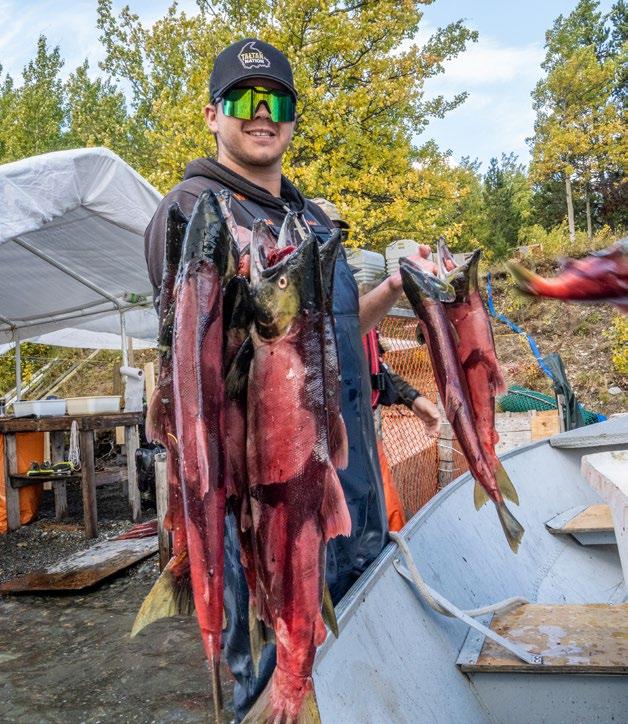
My name is Shenoa Asp, my Tahltan name is Hūdedī’ukh, I am from the Tses’kiye clan, and the Shukak family. My parents are Margaret and Edward Asp, and my grandparents are Ed Sr. and Daisy Asp, and Ray and Ann Henyu. Over the years of watching my mom work for Fisheries I have gained an interest in working for the Tahltan Central Government (TCG). I enjoy going out on our land hunting and fishing with my dad, camping with my family, hiking, snowmobiling, and hanging out with my friends. I loved growing up in the north and plan to return to territory full-time after I complete my education.
After finishing my post-secondary education, I intend to return and further my work for the Fisheries and Wildlife Departments. To come back to my people and be on the land means so much to me. It all started when I was younger, I remember going down to the net with my family watching my Uncle Ray Jr. and my dad gut fish, and my mom and everyone else pulling fish out. Going back up to camp and helping my great grandma, Edna Quock, hang enekāge. This past summer I worked with Raina Feldman as a fish sampler. I sure enjoyed working outdoors and getting to know locals at their fish camps. I am looking forward to this season and the new adventures along with it.
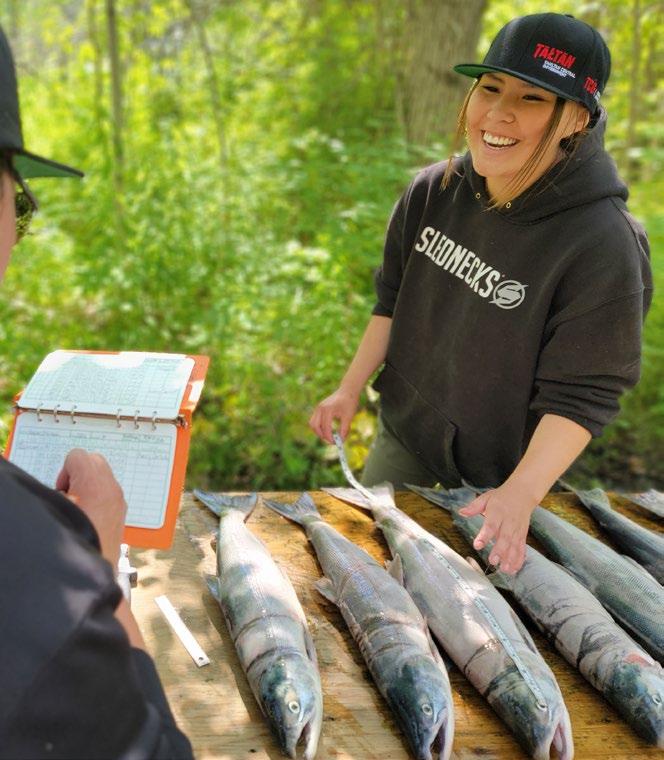
In 2022 Margaret Asp returned to her role as the Tahltan Central Government (TCG) Fisheries Guardian in Telegraph Creek. Margaret’s job is focused on the protection of our salmon from those who might be a part of illegal fishing practices. These include targeting Chinook salmon, harvesting and selling food fish, over harvesting, etc. 2022 was going to be a busy year with a return to more historical fishing pressure, which has been down the past two years due to COVID-19 restrictions and the road closure of Highway 51. The Fisheries Guardian is primarily stationed at Tahltan where she hands out permits for fishing and transport. Margaret also monitors the Tahltan River which was a highly active sport fishing site in previous years, but has been closed to salmon angling since the landslide in 2014. This is to allow the fewer returning Chinook unimpeded access to their spawning grounds above. They use the area by the bridge as a staging area to make it past the old slide site and are very susceptible to capture here.
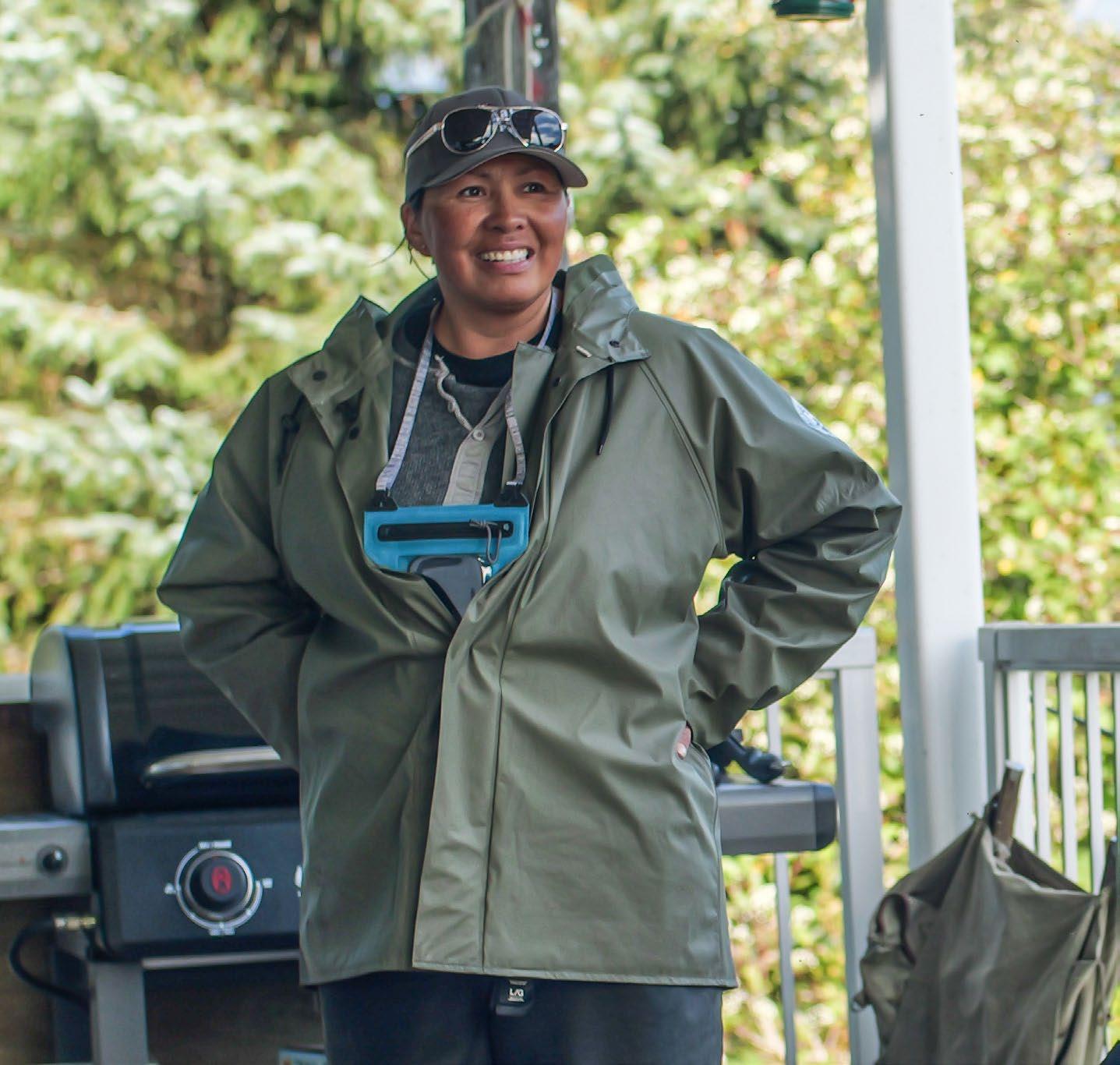
This year was especially fulfilling for our Fisheries Guardian as we were finally able to collaborate with the Department of Fisheries and Oceans (DFO) Fisheries Officers who came down for a few days to patrol with Margaret. This has been a goal for this project for years now but with COVID-19 and road issues this was not able to happen until this year. Margaret was joined by two Fisheries Officers from July 22 – 24, 2022. They patrolled the food fishing corridor from Tahltan to Glenora during those dates, and checked out as many fish camps as they could. This relationship will be very important going forward, just as it is with Conservation Officers and Wildlife Guardians. We are stronger together when we work together in the best interest of the resource.
The future of this program looks very good with close collaboration with DFO enforcement. It is the aim of our department to have our Fisheries Guardian training be comparable to the DFO Fisheries Officers. This will help increase our enforcement abilities within
our department and help us protect the salmon to a higher degree. This is a very important role and a tough one and we would like to recognize Margaret for her continued dedication to the salmon of the Stikine. For the most part, our membership is great at following the recommendations and direction given by the Fisheries Department, but we will continue to monitor and work to educate those who do not of their responsibilities that come with their rights to harvest salmon as Tahltans.
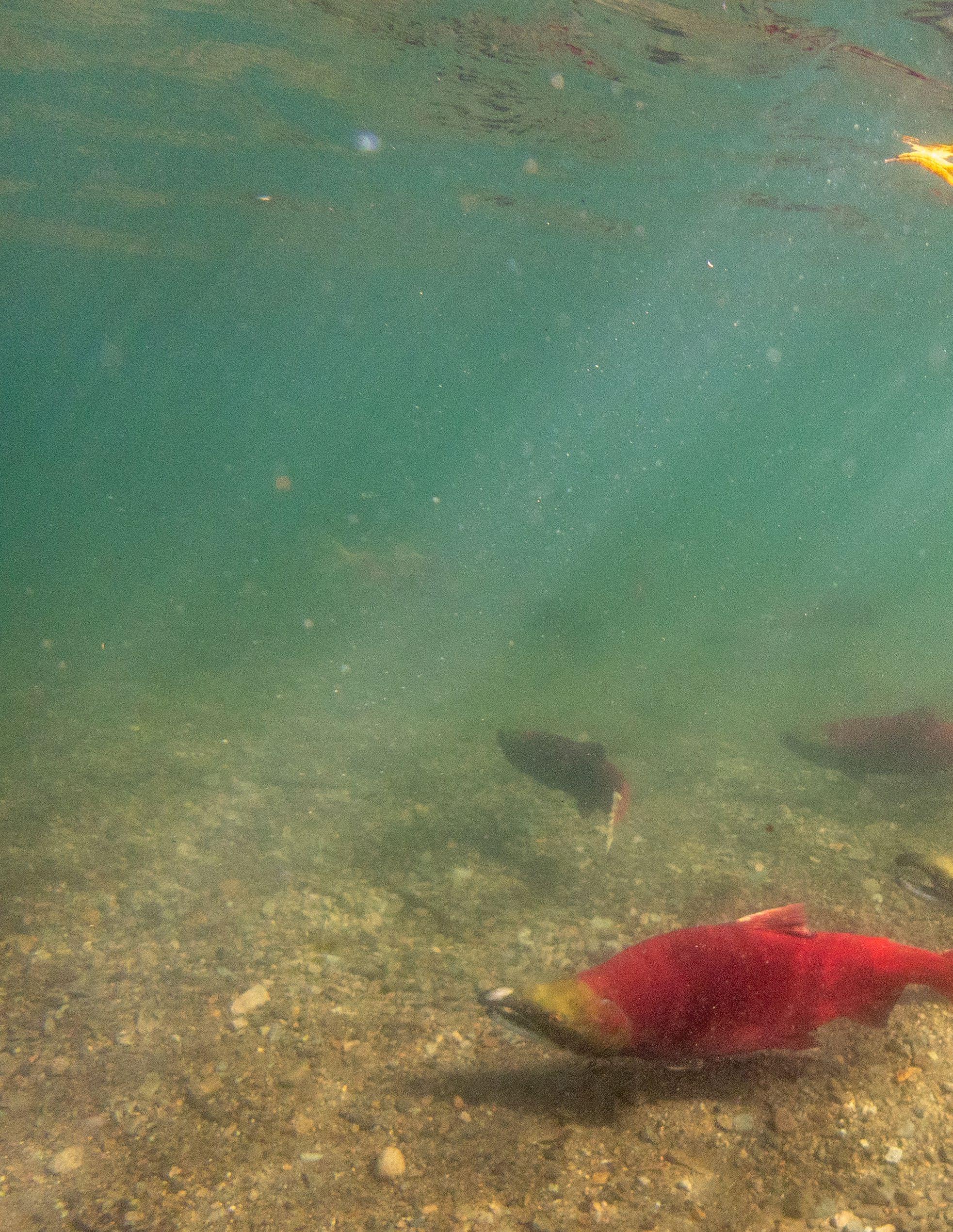

The Tahltan Stewardship Initiative (TSI) will support our Nation in asserting self-determination and fulfilling our inherent stewardship responsibilities for Tahltan Territory. The TSI will help us to build our engagement, governance, and stewardship plans.
This vital work is needed to ensure we take care of our territory now and for future generations.
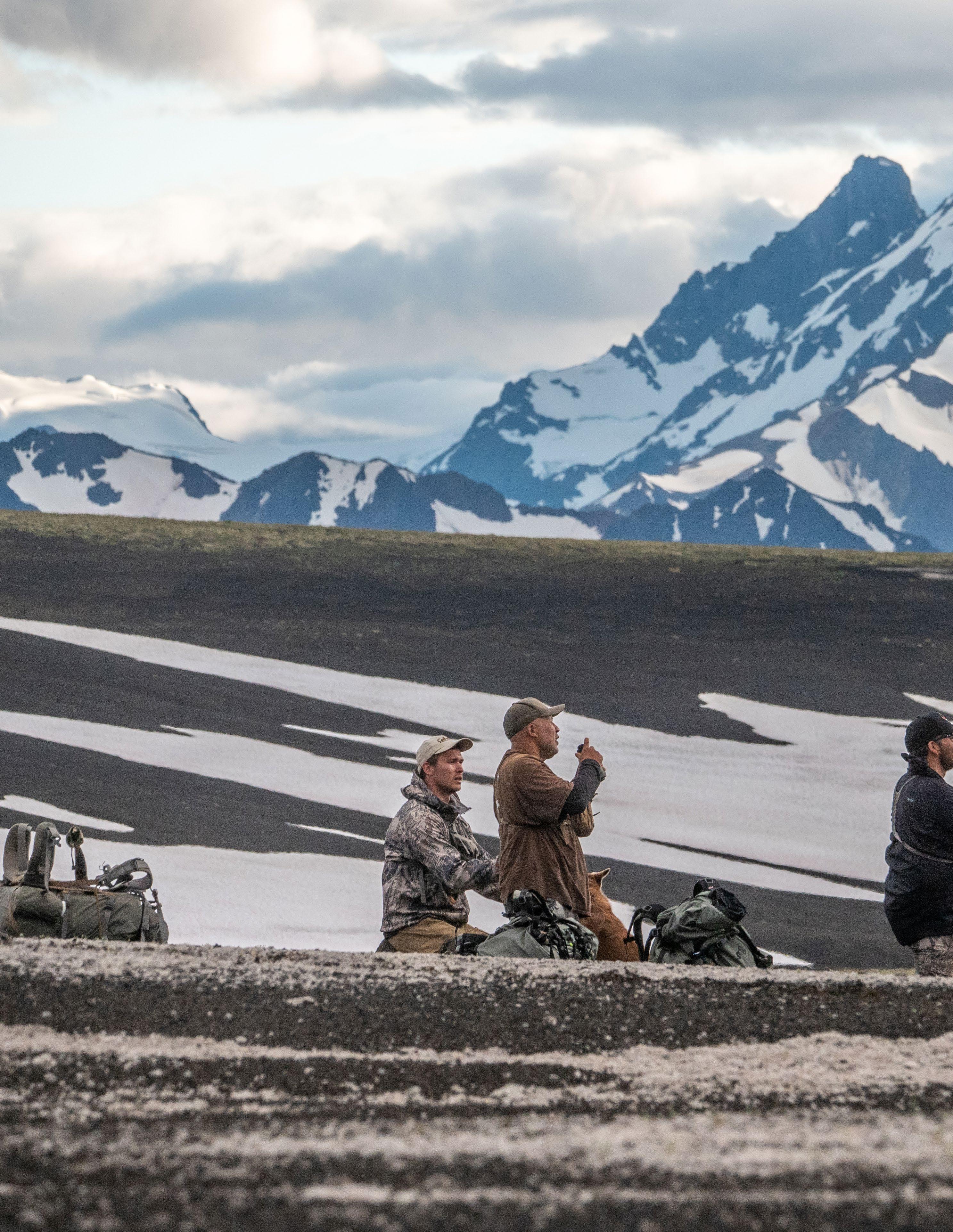
The Tahltan Stewardship Initiative (TSI) is our opportunity for transformative change based on the recognition of Tahltan Title and Rights.
Now, we have a say in decisions that matter for our people in accordance with our values and knowledge. We decide how to protect our culture, care for our lands, water, air, fish, and wildlife. We decide how to sustainably manage our territory.
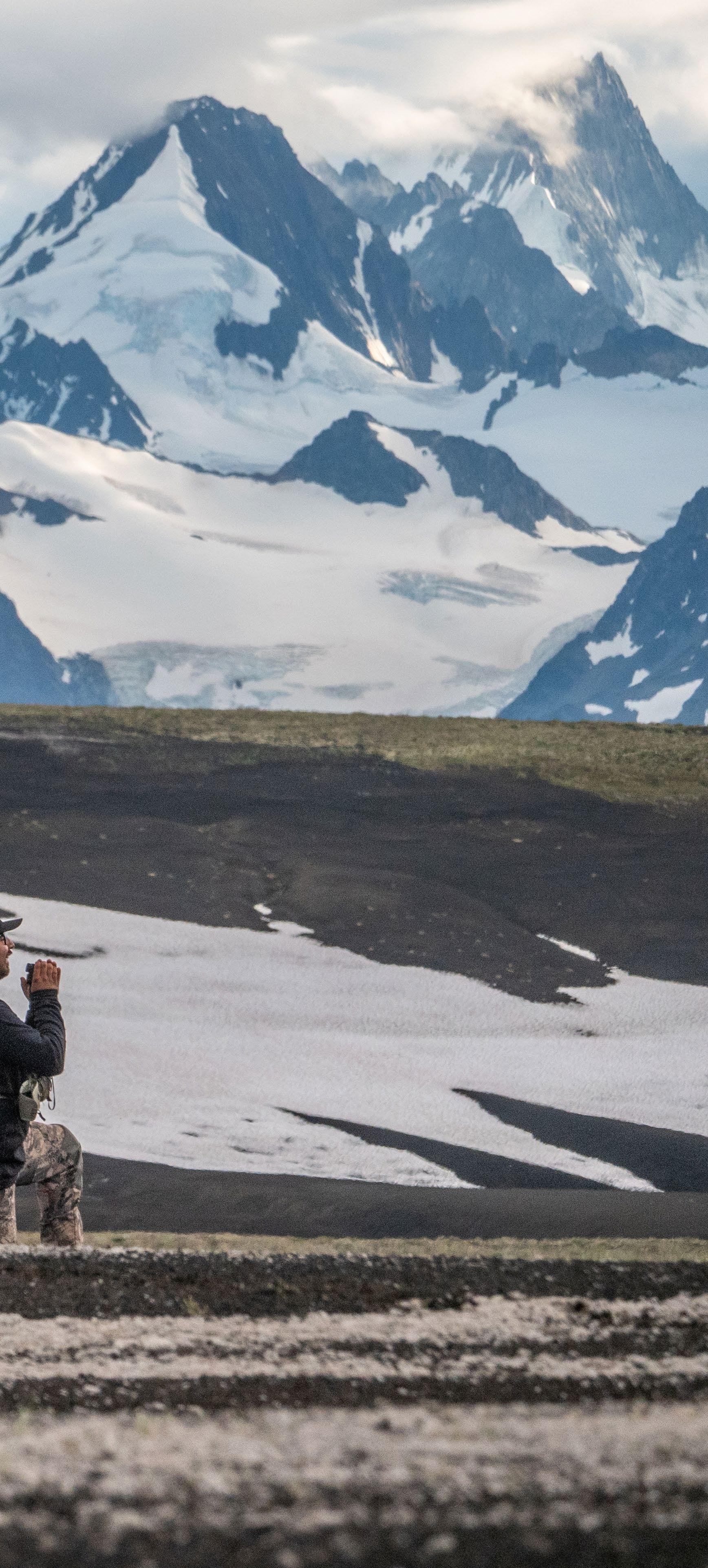
TSI means Tahltans working together to transform how things are done. Through TSI, the rules are changing, and we are shaping the process.
The vision of the Tahltan Stewardship Initiative is for the Tahltan Nation to fulfill its inherent stewardship responsibilities for all lands, water, air, wildlife, fish, and natural resources within Tahltan Territory. We will accomplish this vision through the work being done on our projects including the Tahltan Stewardship Plan (TSP) and direction from Tahltan membership. The TSP is being developed for Tahltan Territory and will be based on Tahltan knowledge and worldview on how to properly care for our land.





If you do not have a lot of time to commit but would like to contribute – you can. There are many ways for you to stay informed and be a part of this important work. Visit: tsi.tahltan.org at any time to learn about each of our projects, connect with our project team, complete project surveys and mapping exercises, watch previous engagement sessions, and more – whenever it works for you!

Interested in learning more or getting involved?
Ȗ Reach out to us: communications@tahltan.org

1980s
The Tahltan Ancestral Study with Elders
2003


Out of Respect Report
2013
The Shared Decision-Making Agreement with the Province of British Columbia
2016
Wildlife Department formed within the TCG
2018–2021

The Collaborative Stewardship Framework with the 3Nations and the Province of British Columbia
2020
Fisheries Department formed within the TCG
1987
Resource Development Policy
2005
Formation of the Tahltan Heritage Resources Environmental Assessment Team (THREAT)
2015
Lands Department formed within the Tahltan Central Government
2017
The Klappan Plan and the Klappan Management Board
2019
Culture & Heritage Department formed within the TCG
Each of these projects and efforts has helped to advance our Nation and support our unified goals founded on the principles of mutual respect, recognition, and reconciliation of Tahltan title and rights. Together, we work to protect the environment, safeguard our culture and heritage, ensure shared revenues and other benefits from sustainable development, and strengthen the well-being of our Tahltan Nation family.
The Tahltan Territory spans 95,933 square km of Northwest British Columbia or the equivalent of 11% of the province. The territory is rich in natural resources and continues to garner international atttention for its mineral potential and diverse, iconic wildlife.
TAHLTAN TERRITORY IS HOME TO:
Ȗ Approximately 70% of BC’s resource rich Golden Triangle;
Ȗ Two of BC’s 10 operating mines or their shared footprint;
Ȗ Approximately 53% of BC’s exploration activities by expenditure, 14% of Canada’sand 3% of the world;
Ȗ Annual exploration expenditures on projects is currently estimated at approximately $295 million, with production values for active mines estimated to be approximately $1 .05 billion
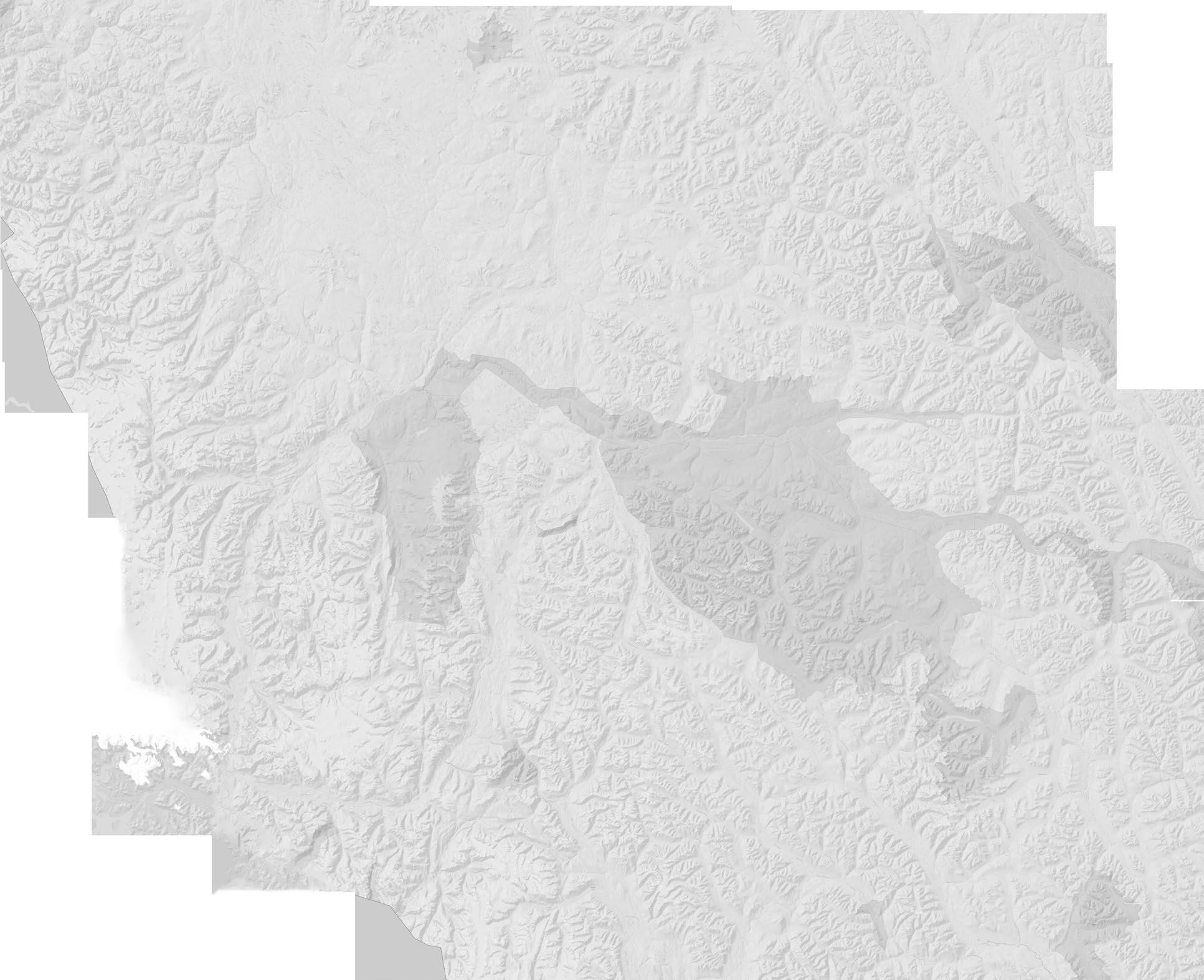


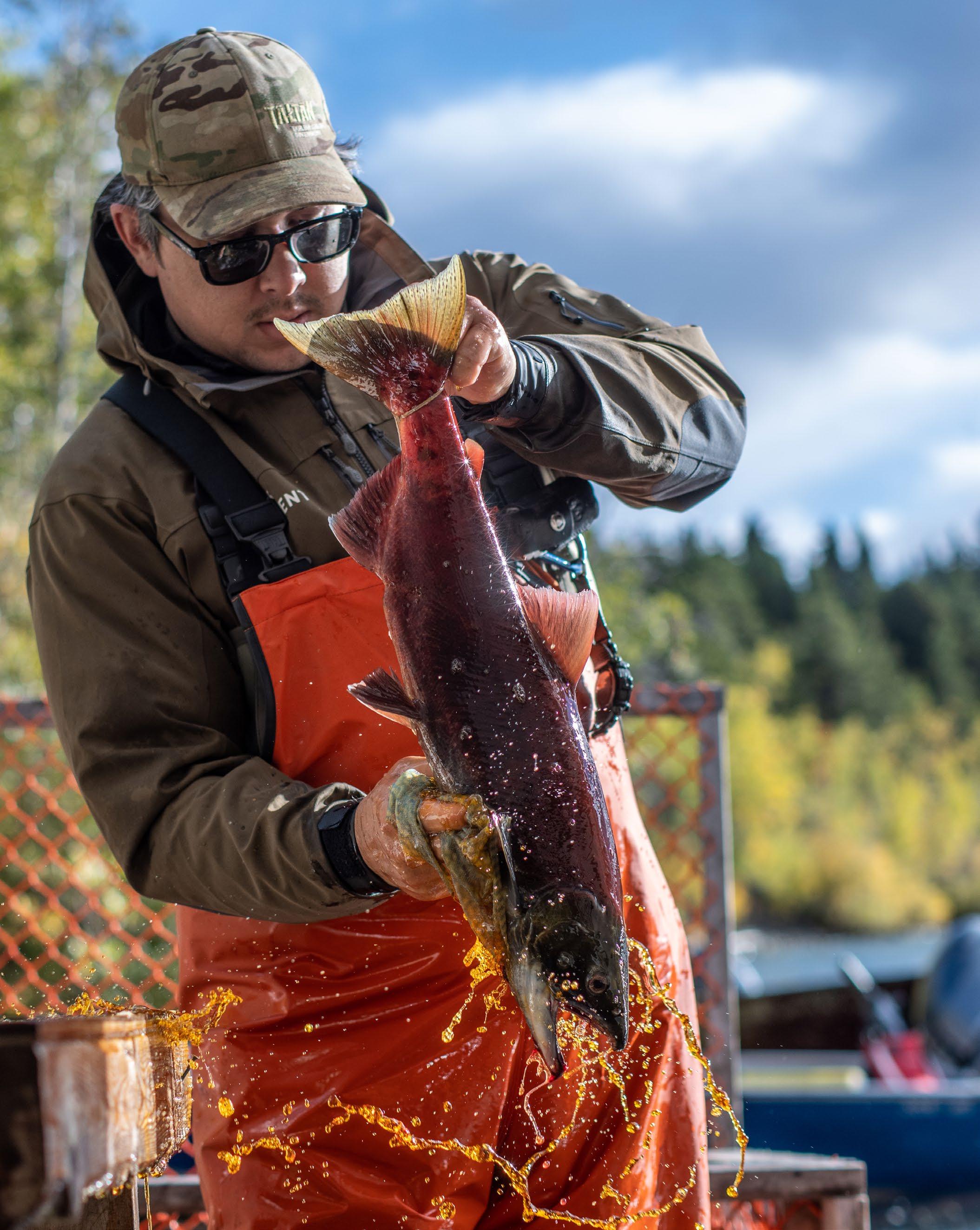

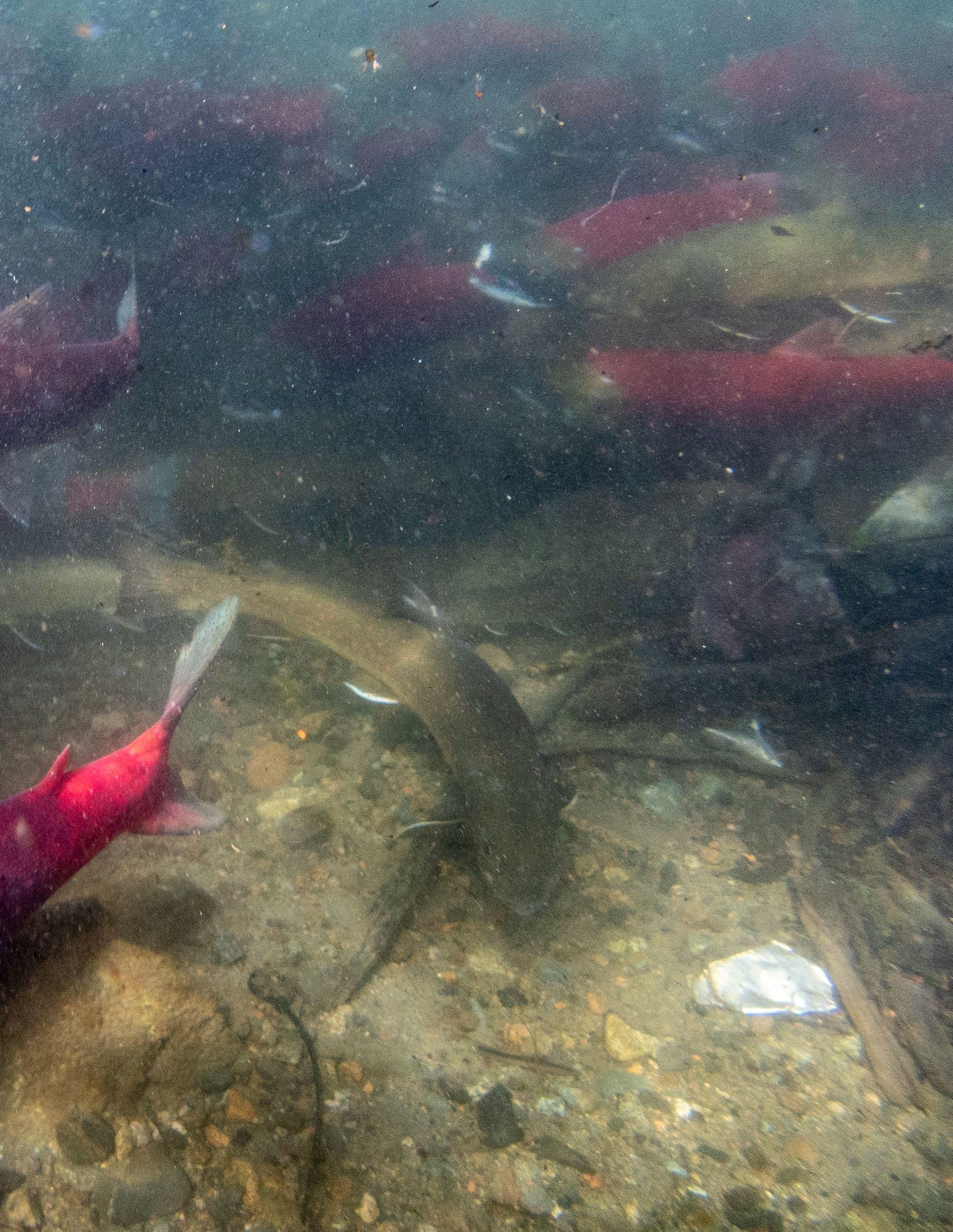

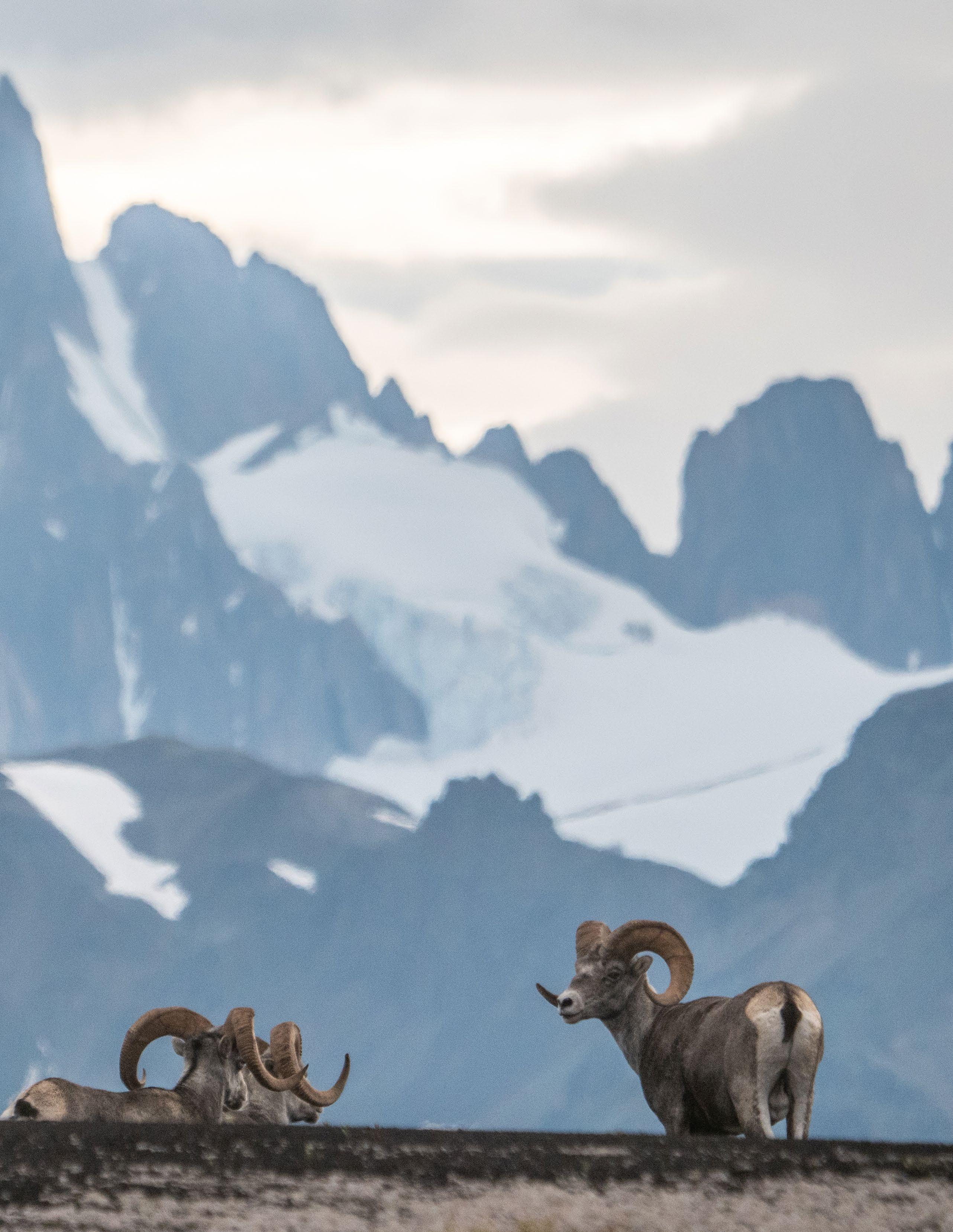
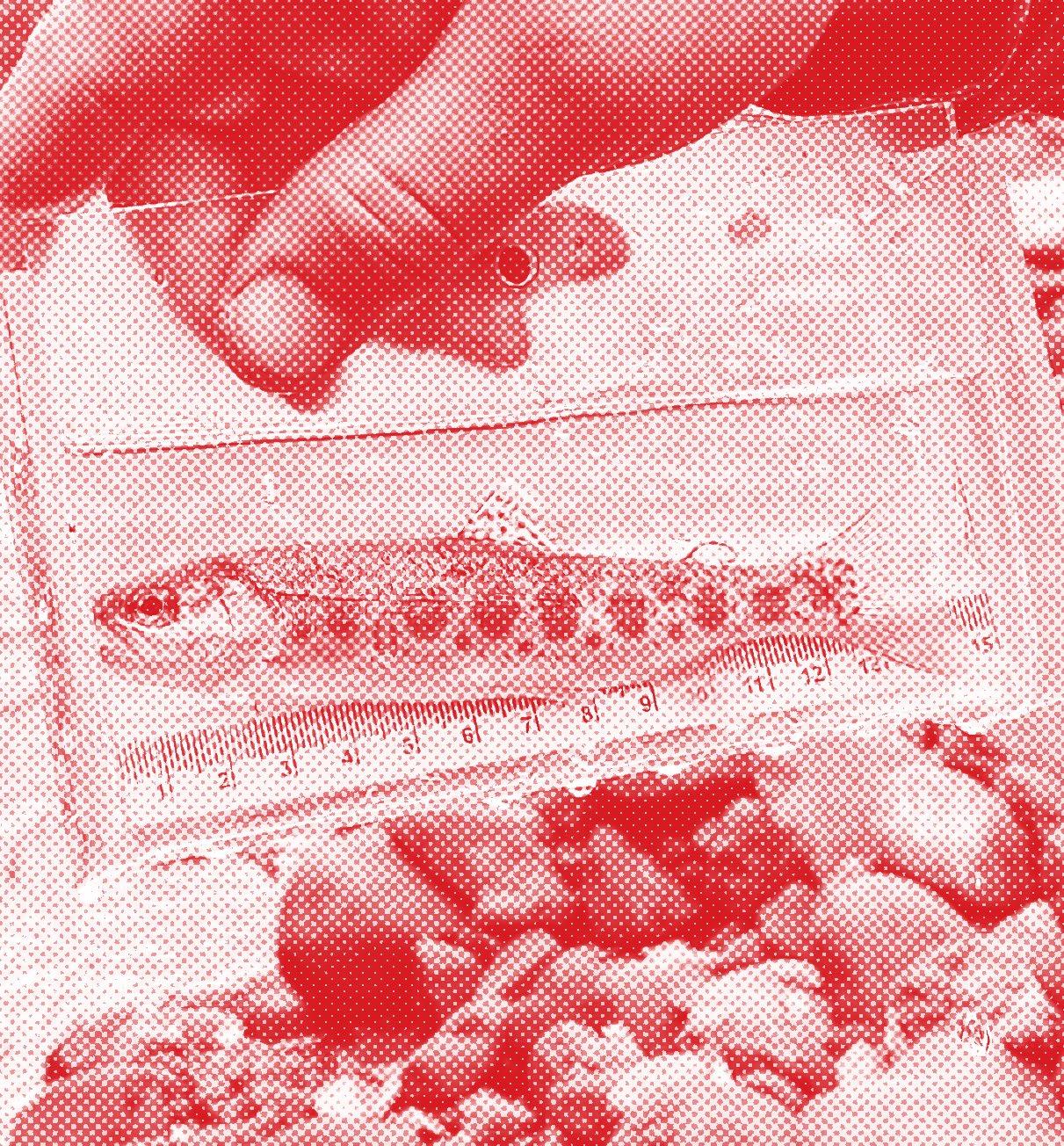
The Fisheries Stewardship Initiative brings Tahltan knowledge, world view, and science together to ensure that we are safeguarding our fish and their habitats. Field projects have been designed to collect key baseline fish and hydrology (water) data to assess critical ecosystem processes that will support delineation of protected areas and the design of management measures.
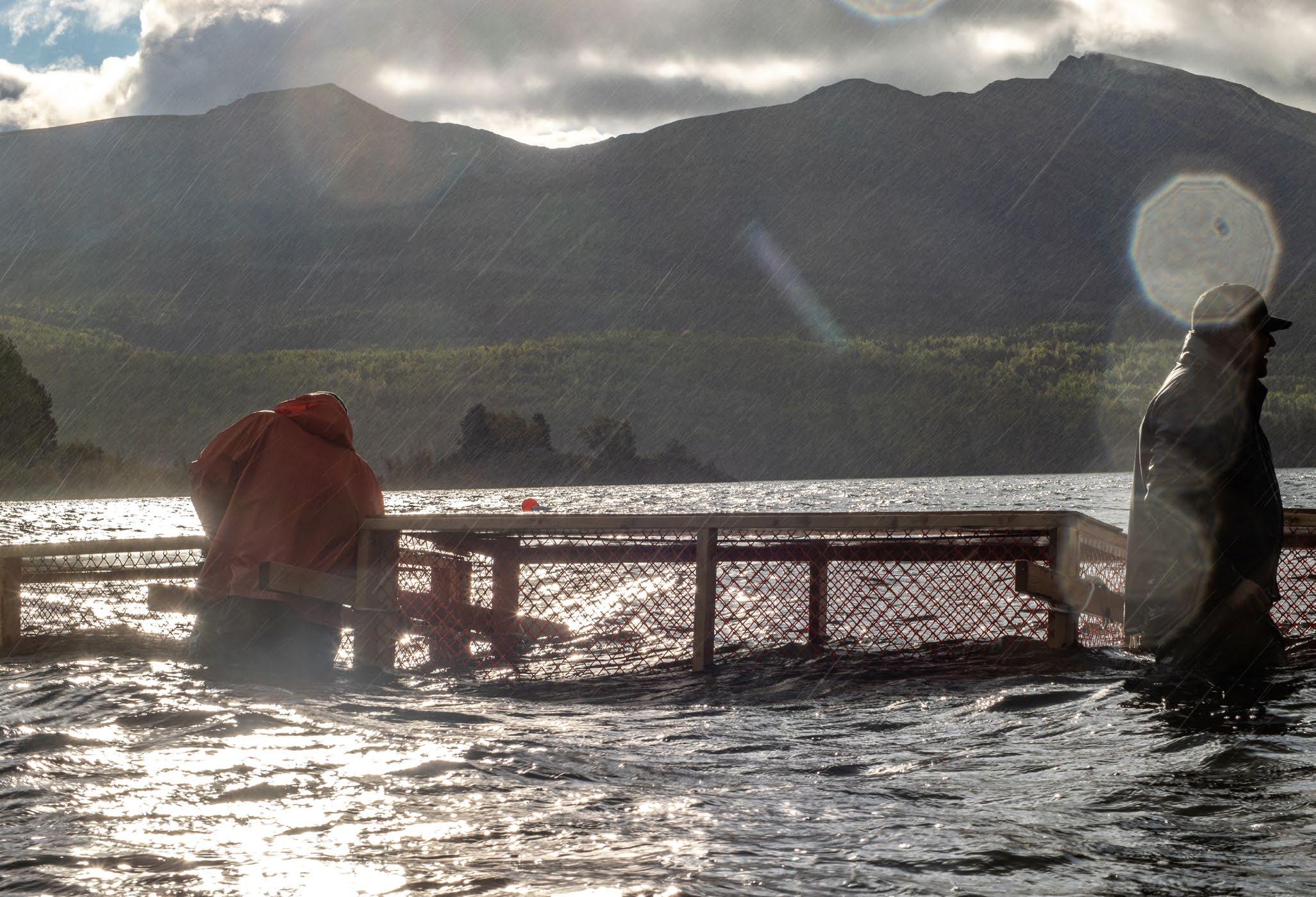

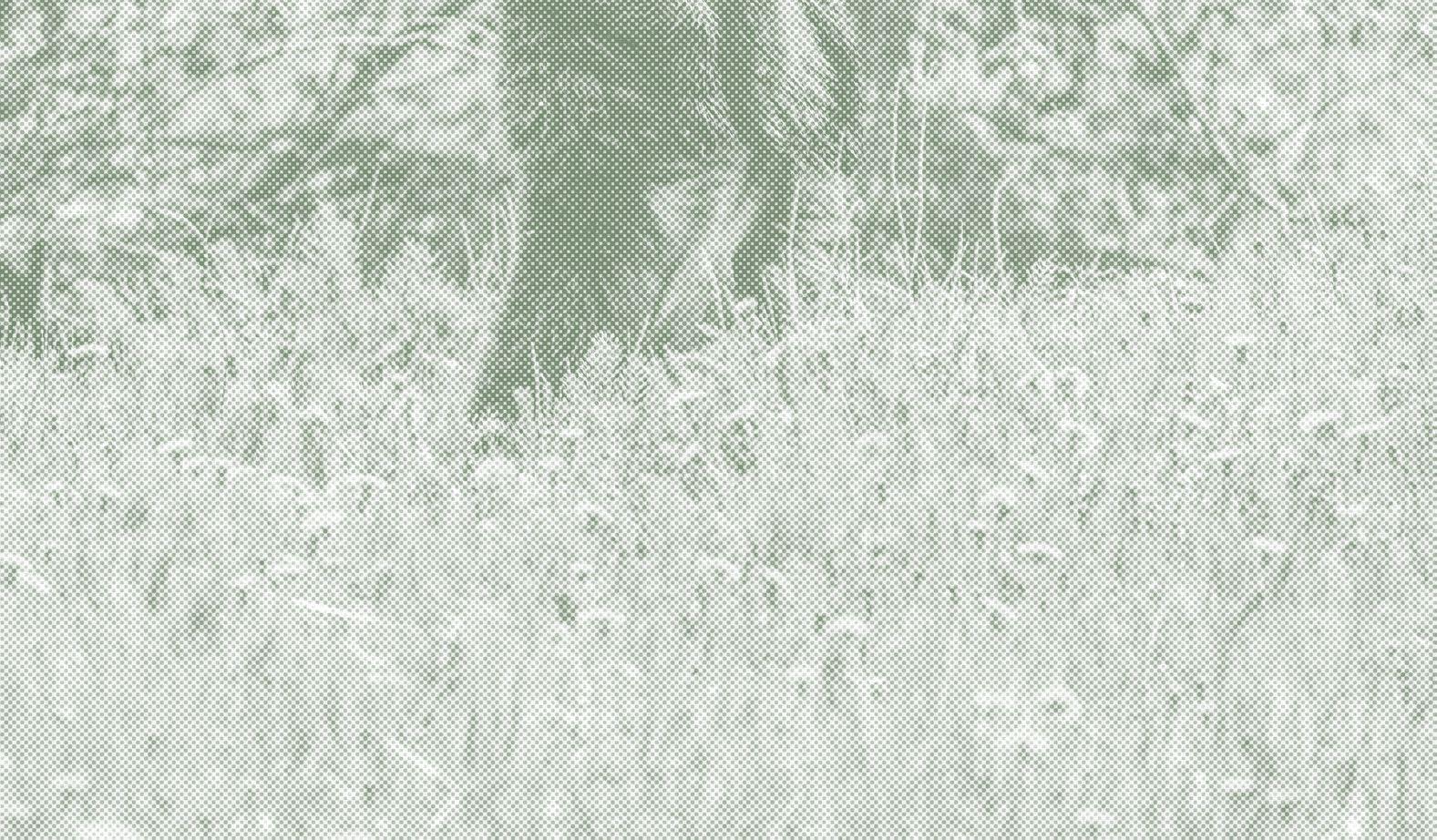
It was another busy summer for the Tahltan Fisheries field crews involved in the Indigenous Protected and Conserved Areas (IPCA) project. As with previous years, the Fisheries Department was engaged in assessments at Tahltan Lake, along the rail grade, and across the Tahltan River fire zone. This year the work was extended into the Nahlin River watershed with an overview assessment of major spawning areas in the Dudidontu River and the Nahlin headwaters. Highlights of the summer field work are as follows;
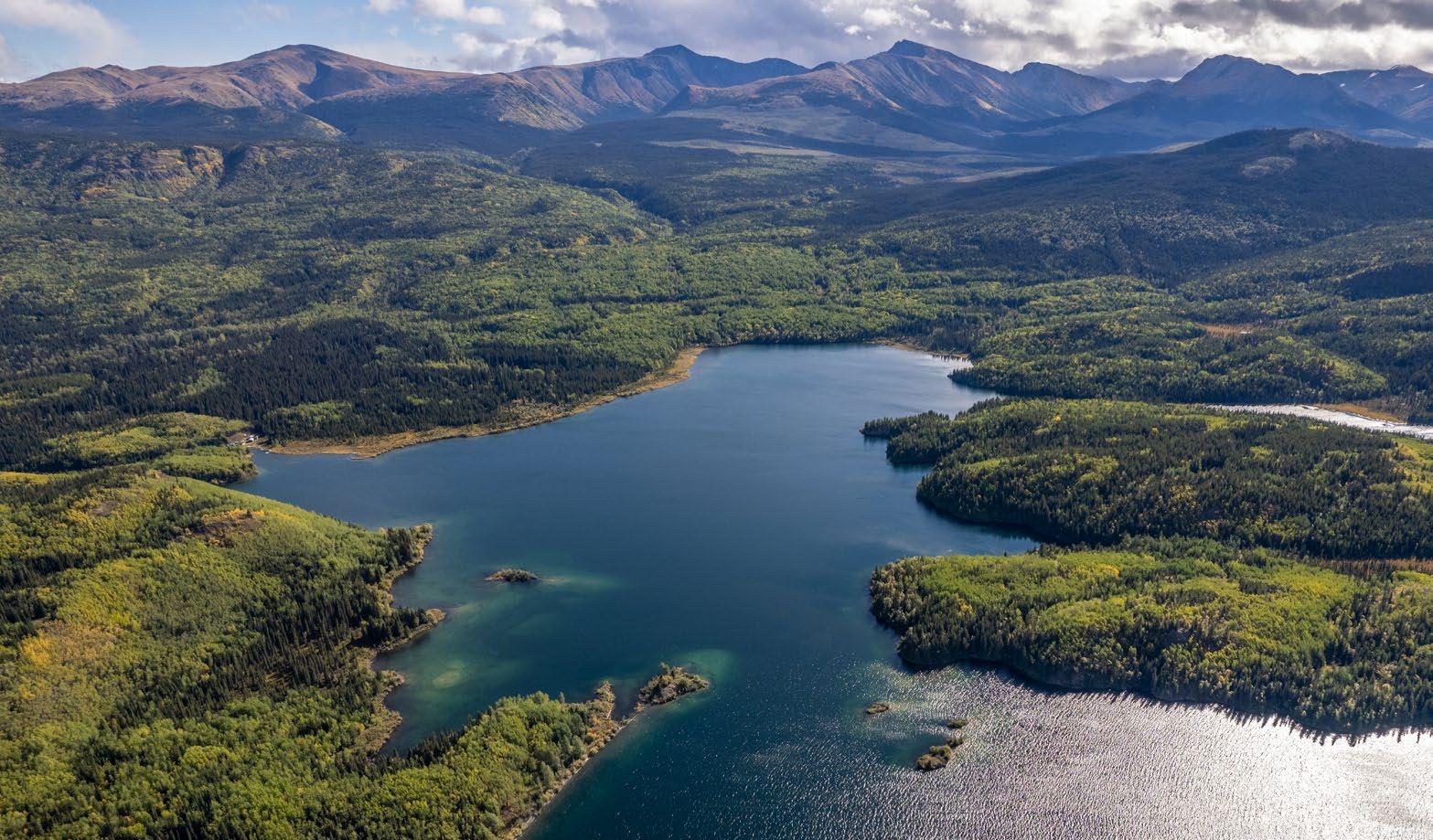
The crew went into the lake in early July just before the arrival of the year’s Sockeye return. It was a high water level year at the lake due to a late snowmelt, so the feeder streams were still in flood. The work at site included using the new drone to assess the downstream beaver activity to inform the dam clearing crews who manage to ensure Sockeye are not impeded by beaver dams.
Other activities included installing new groundwater wells at the main spawning area and the north end of the lake. The hydrology work at the lake is proceeding well as we try to gain a better idea of how the lake works. Progress is being made toward replacing the old weir at the outlet of the lake.
There was an expanded program this year along the rail grade as we completed assessments on sections that had not been finished last year including the grade between Dease Lake and the Stikine rail bridge and the section between Kluakaz airstrip and the Kluatantan. There was an expanded water quality sampling program conducted this year that focused on sampling sites that the community uses to draw their potable water. We are hoping to continue expanding this program in the future.
In the Tanzilla section of the grade we were able to take a close look at some of the massive earth fill grade crossings that are touted as some of the largest earth fills anywhere. Several sites along the grade were assessed in more detail to describe the major water issues that occur all along the grade. One of the most important impacts is the diversion of water from natural streams into ditch-lines which has a serious impact on fish habitat.
Rudy Day joined the crew to assist with the overview of the Nahlin headwaters. We used his Camp Island Lake camp as a base while conducting a series of overflights and assessments including the bathymetric survey of Chicken Lake downstream of Camp Island Lake. The Dudidontu overflight included a survey of spawners in the upper watershed and a look at salmon migration challenges in the Dudidontu canyon.
This work makes it more apparent that Level Mountain is an important source of groundwater for salmon spawning areas all around the base of the mountain. There is a significant area of extremely high value fish habitat in the Nahlin and Dudidontu headwaters, including massive areas of plateau wetlands.
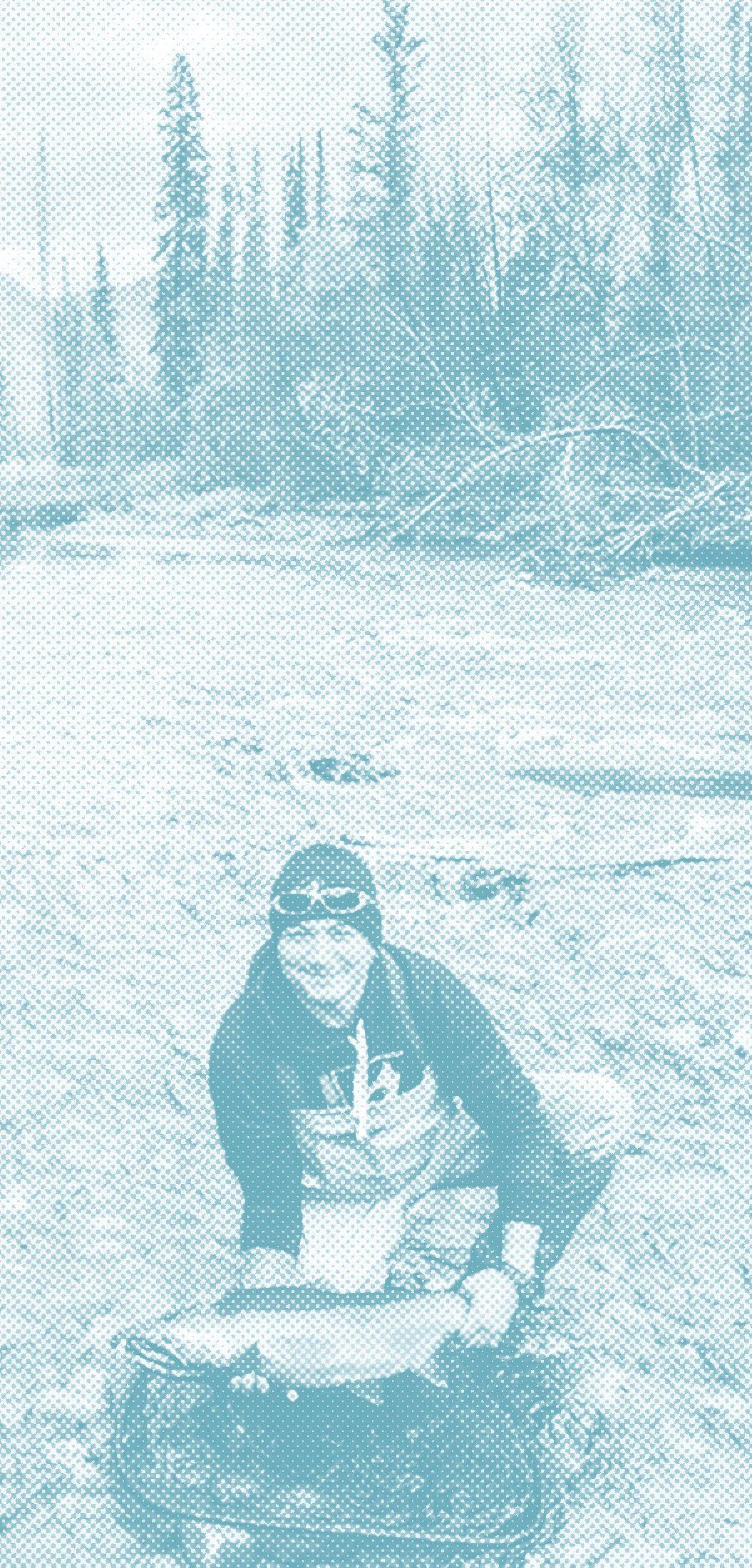
An overflight of the burned areas in the Tahltan watershed was conducted with a terrain stability specialist to assess the ongoing landslides and erosion occurring in the area. Thankfully, due to some wet weather in recent years and the rich soils in the area, it is greening up surprisingly fast. More detailed assessments were conducted at some of the landslides that are sending sediment into the Little Tahltan above the main spawning areas.
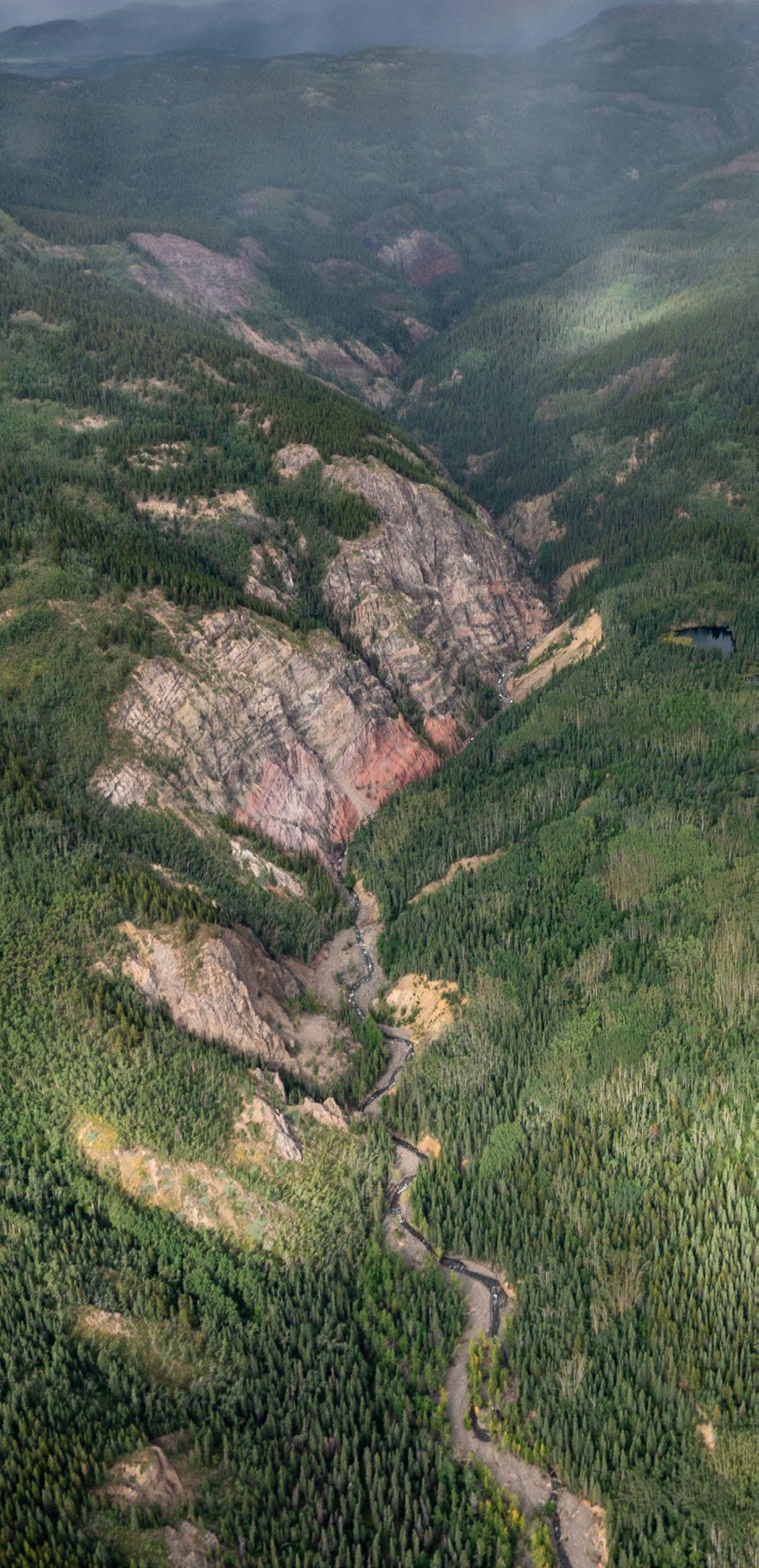 Above: Creek coming off Level Mountain.
Above: Creek coming off Level Mountain.
The Wildlife Department currently has several projects that are a part of the TSI including the following initiatives:
Northern Mountain Population (NMP) woodland caribou are currently designated as “Special Concern” under the federal Species At Risk Act. In Tahltan Territory, there are seven herds with this status which are all important to the Nation for traditional uses and sustenance needs. Tahltan have traditionally managed these herds through our knowledge and understanding of the historic seasonal ranges, movements, and changes in range use over time. However, Tahltan
citizens are expressing concern on the apparent changes to seasonal range and movements by caribou herds and lower numbers over the last ten years. Tahltan citizens have observed climate change impacts on the territory for years and are starting to express concerns regarding how these changes will affect the wildlife, traditional uses, and sustenance harvesting.
The Tahltan Central Government (TCG) started monitoring caribou and wolves in 2019 to collect information on the movements, seasonal range use, and populations; engage with the communities, Elders, and Youth on caribou and climate changes, both historic and current; and collaboratively develop climate change and caribou management strategies. Since 2020, with the advancement of the Tahltan Stewardship Initiative (TSI), Tahltan candidate Indigenous Protected and Conserved Areas initiative (IPCAs), and TCG’s engagement in the 3Nations Society – British Columbia Collaborative Stewardship Forum (3NBC-CSF), additional collars and seasonal monitoring have been expanded for the study. Caribou from the Tseneglode, Spatsizi, Edziza, and Level Mountain-Kawdy Plateau herds and associated wolf packs are being monitored by TCG Guardians and Wildlife Department.
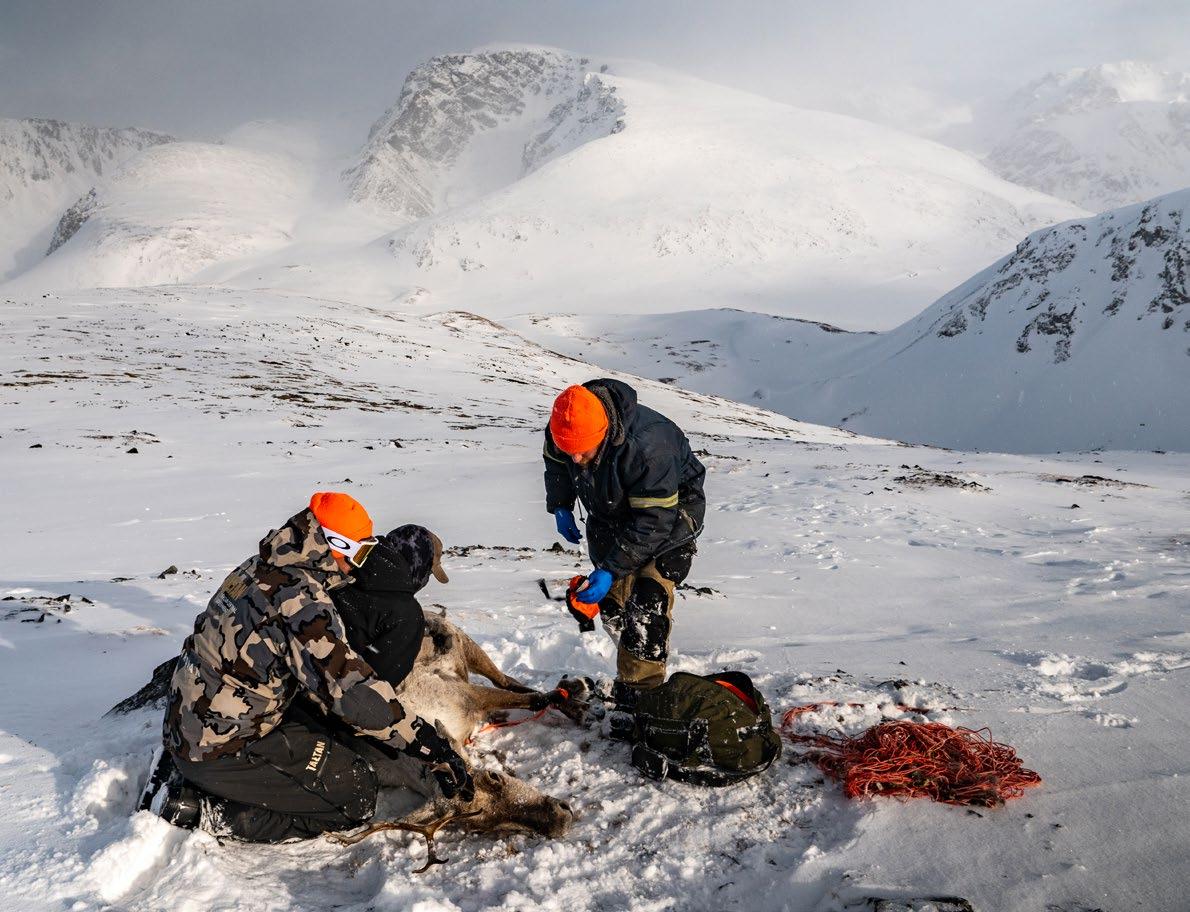
 Above: Collaring a caribou from the Tseneglode herd.
Above: Collaring a caribou from the Tseneglode herd.
In April 2019, ten caribou were captured, collared, and body condition measured by TCG Guardians, and monitored by the Wildlife Department. A video was done by TCG’s Multimedia Department Director, Adam Amir, about the capture, and it is available on the TCG website at tahltan.org/videos
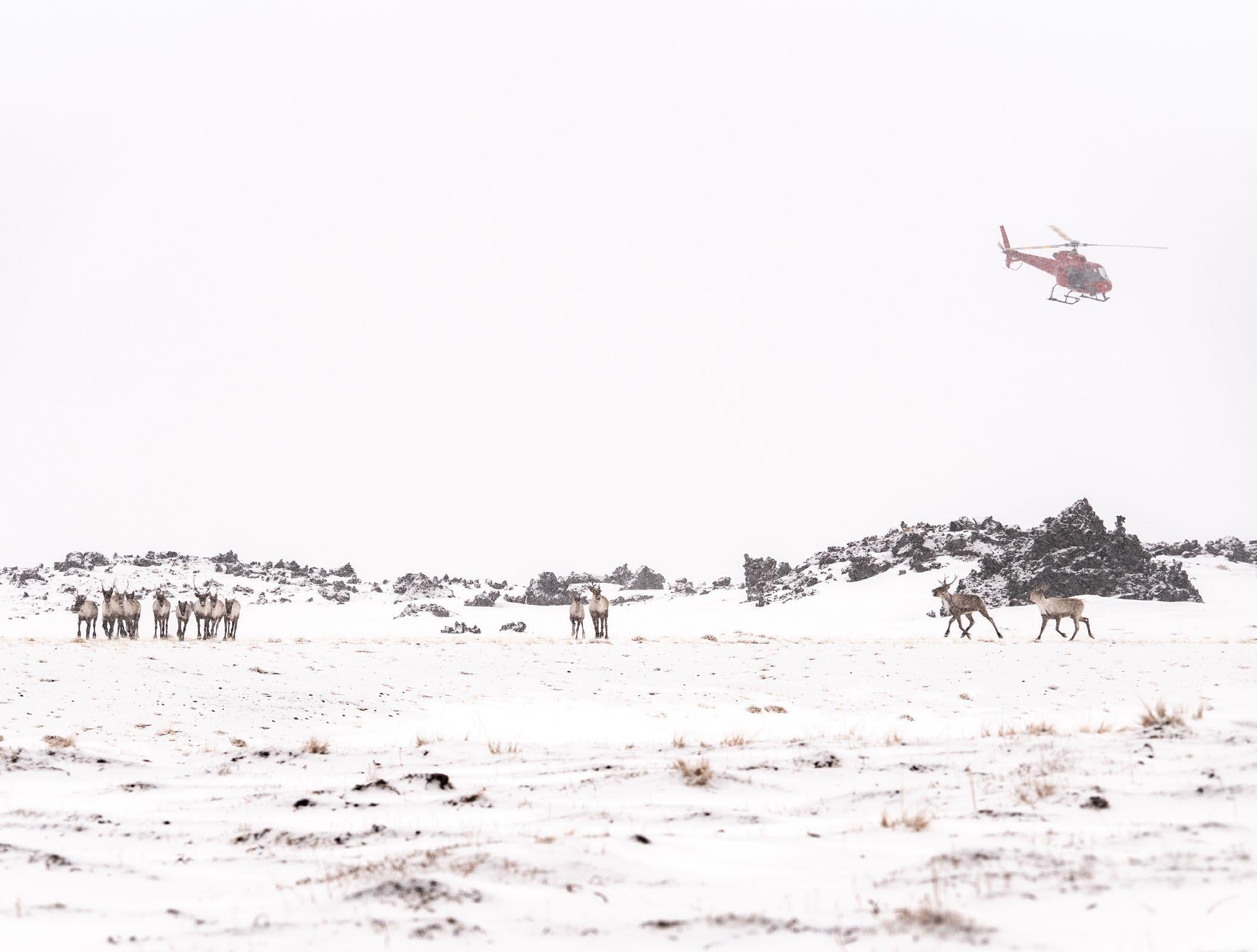
Currently, there are 18 Tseneglode , 17 Level Mountain - Kawdy Plateau, 11 Spatsizi, and four Edziza collared caribou active (Maps 1-4) with five collars dropping off the caribou or off air due to technical failures, and the other 16 Tseneglode, and nine Level Mountain - Kawdy Plateau collars being predated over the study period. This represents annual mortality of approximately 31 to 25 percent.
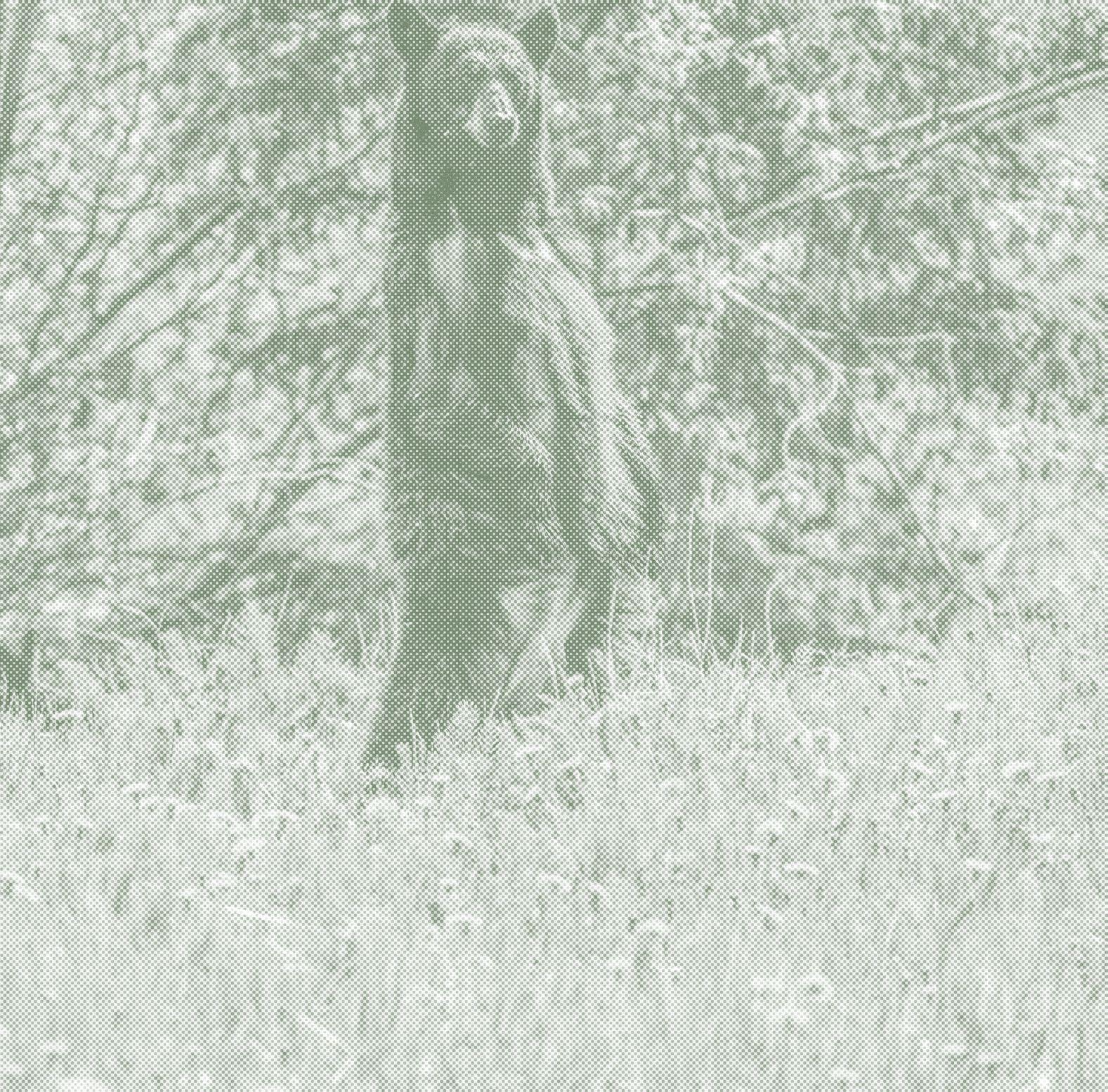 Above: Releasing a collared caribou in Spatsizi.
Above: Releasing a collared caribou in Spatsizi.
Seasonally, the caribou are predominately staying within Dark Mountain to the north, Turnagain River to the east, Midway Ranges and Stikine River to the south, and Tseneglode Mountain to the west. However, there are a number of caribou who are moving well to the north in winter and spring and across the Stikine
River in the south (Map 1). The seasonal movements indicate there is a great deal of mixing between caribou herds to the north (Horseranch and Little Rancheria) and to the south with the Spatsizi herd range.
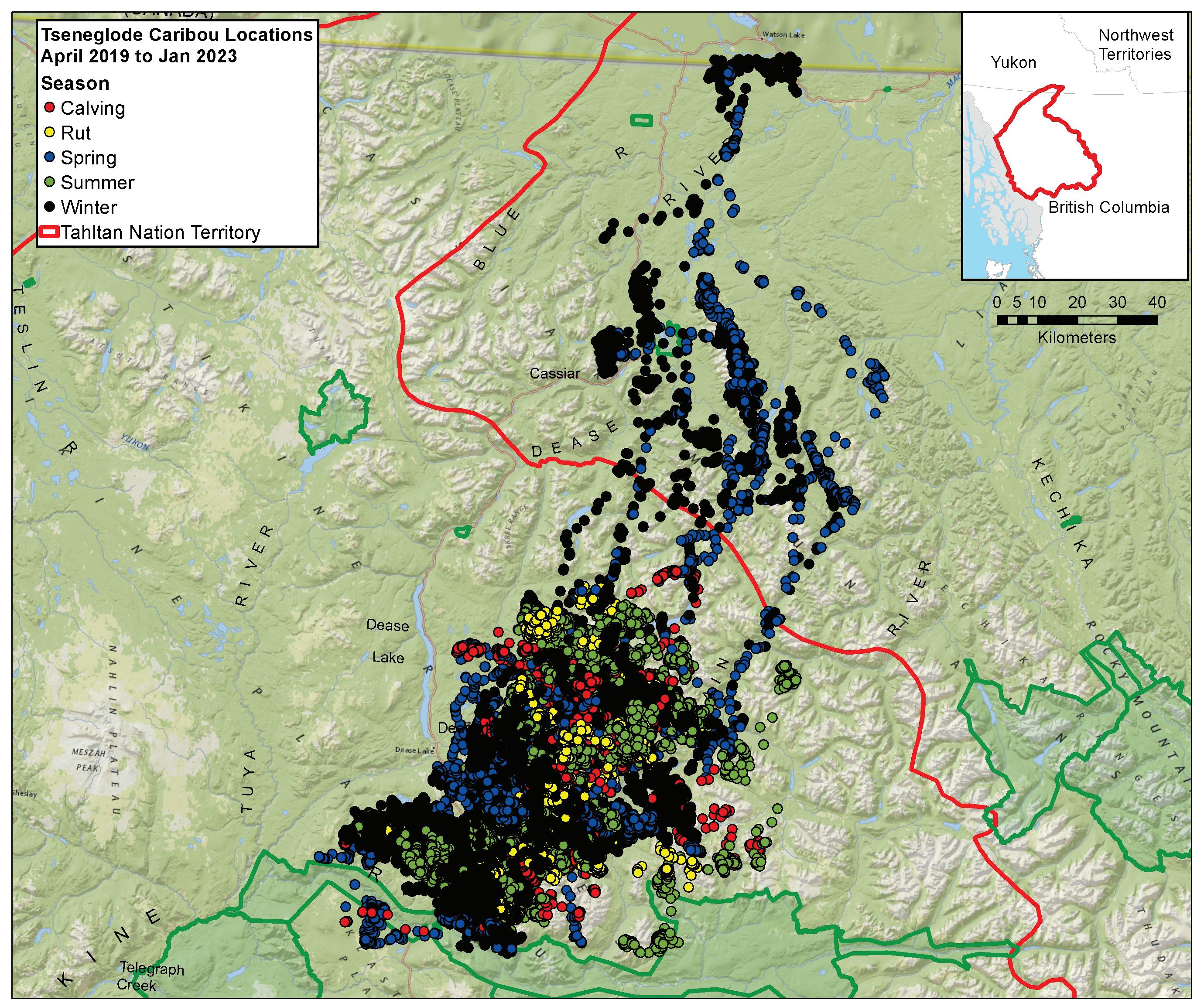
Seasonally, caribou are still showing movements similar to historical knowledge where caribou will calve, summer, and rut in Level Mountain, Kawdy Plateau, and Tuya Mountains with large groups forming during rut on Level Mountain and Kawdy Plateau (Map 2). Caribou currently stay in these areas until snow depth increases, usually in January, and the animals move north to lower elevation forests between Teslin Lake and Level Mountain. Similar to Tseneglode, some
individuals will move to winter range of the Swift River, Little Rancheria, and Horseranch caribou herds. These movements, like Tseneglode do indicate there are limited north-south barriers between the herds, but barriers like the highways have influences on eastwest movements for caribou.
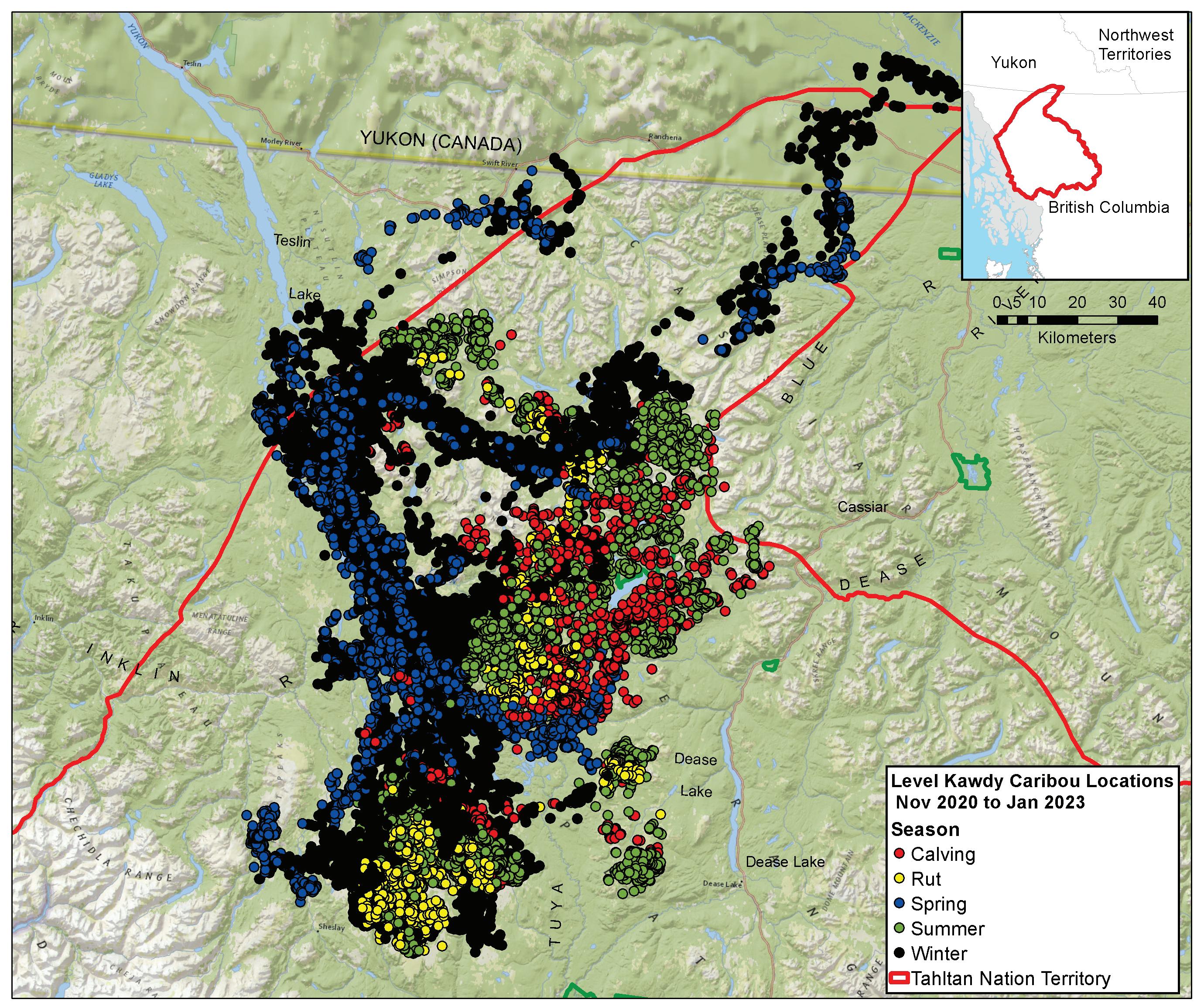 Map 2. Level Mountain Kawdy Plateau caribou herd GPS seasonal locations 2019 to 2023.
Map 2. Level Mountain Kawdy Plateau caribou herd GPS seasonal locations 2019 to 2023.
Given the collars were deployed in March 2022, the information to date is limited but is similar to past monitoring where Edziza caribou tend to stay in the alpine for most of the year but use lower elevations at the north end of the range for spring and early calving (Map 4). However, with the limited caribou numbers in the herd, it is still early in terms of understanding current movement patterns. Spatsizi caribou have shown to be using the lower elevation forested habitats on the Upper Stikine River and adjacent plateau in winter, and then moving south and east during spring, calving, summer, and rut seasons (Map 3). However, the information is limited and more will be shared in the next year.

Fortunately, on a broad scale, the movements and seasonal ranges for all herds are consistent with Tahltan knowledge and local knowledge. However, detailed habitat use is being examined with these knowledge sources to determine more fine scale seasonal habitat requirements (Table 1).
 Map 3. Spatsizi caribou herd GPS seasonal locations 2019 to 2023.
Map 3. Spatsizi caribou herd GPS seasonal locations 2019 to 2023.
TCG’s Guardians and Wildlife Department continue to conduct seasonal classification surveys to determine the number of bulls, calves, and cows to determine population trends. Since 2019, generally 400 to 700 caribou have been observed during the seasonal surveys (calving, rut, and late winter) in the Tseneglode area. A population estimate survey was flown in the winter of 2021/2022 and the results are being worked on with B.C., however a similar number of caribou was observed on this survey. The report and estimate will be provided in 2023.
Level Mountain caribou seasonal surveys have been flown since 2020 and generally 700 to 1,000 caribou have been observed. A population estimate survey is planned for the rut (October 2023) by TCG Guardians and B.C. representatives with the results to be shared during the winter of 2023/2024.

Edziza caribou numbers continue to be low, between 20 to 40 animals, and the Spatsizi caribou have not had sufficient surveys to provide recent information given the collars were deployed in 2022. Recent surveys show a range of 700 to 1,000 caribou. A population estimate survey is planned for Spatsizi in the rut of 2023.
Population indicators to assess population status and trends are based on the rationales and indicators identified for the Northern Mountain population (NMP) woodland caribou herds (Environment Canada 2012, Hatter 2019). These indicators are > 35 bulls:100 cows and/or > 25 calves:100 cows. Herds with fewer than 25 calves/100 cows for several years (three years) and small herds (<200) are more stressed by harvest (Environment Canada 2012). The recent monitoring on caribou has indicated bull ratios in the high twenties/ mid-thirties and calf ratios in the high teens/low twenties. Some of the recent surveys in 2021(October – rut) and 2022 (March – late winter) for the herds include rut sex ratios of 15 to18 calves/100 cows + 3 (90% CI) (n=795) and a 33 to 36 bulls/100 cows + 4 (90% CI) (n=926) and late winter sex ratios of 15 to 18 calves/100 cows + 5 (90% CI) (n=470) and a 25 to 29 bulls/100 cows + 4 (90% CI) (n=509). The lower bull ratio is probably due to our focus on family groups and most of the collars being on female caribou. Surveys in 2022 have similar information and are being compiled, and a late winter survey is planned in March this year.
Both sex ratios are considered to have been at or below stable population indicators for several years; however, more monitoring is occurring to assess the overall population status. While the Tahltan monitoring has only been in progress since 2019, Tahltan knowledge and local knowledge have identified potential declining trends for an extended period.
Community engagement is being planned in winter of 2022/2023, to share the current work with Tahltan knowledge and local knowledge. It is also to discuss caribou management and climate change strategies. In addition, there is planning to develop communitybased wildlife habitat mapping this winter. These activities, as well as other related caribou study items will be discussed with communities this winter.
Tahltan Nation has identified predator management as a wildlife management priority with a focus on in and around community use areas and culturally important species such as moose, tinhorn sheep, and woodland caribou. A predator management framework has been developed by the Tahltan Central Government (TCG). A component of this framework is monitoring wolves and their movements, predation rates, and home ranges in and around community use areas and where other monitoring programs are active such as the Tseneglode, Edziza, Horseranch, Spatsizi, and Level Mountain-Kawdy Plateau woodland caribou herds.
Declines in ungulate populations attributed to wolves suggest that in the Tahltan Territory wolf population and density estimates are higher than current estimates with the current wolf populations impact on ungulates appearing unsustainable (e.g., as indicated by the Environment Canada 2014a caribou recovery plan). The estimate of 2,300 to 4,600 wolves for the Skeena Region is provided using density extrapolation by B.C.’s Ministry of Forests, Lands, and Natural Resource Operations (FLNRO) (2014a). Tahltan Territory is estimated at ~93,500 km²1 approximately 36 percent of the Skeena Region suggesting approximately 470 to 1,400 wolves will occur in the territory based on FLNRORD 2014 density range (TCG Tahltan Predator Management Plan in prep.).
Since November 2020, 23 GPS collars have been deployed by TCG Guardians and the Wildlife Department on wolves with four mortalities, seven collars with technical failures, and four collars being redeployed on new packs after mortalities (Maps 5 - 7).
Average movement between locations is 7.9 km + 15.4 km (90% CI) (N=7,301) and average home range/pack size is 664 km² + 221 km² (90% CI) (N=23) which is similar to other northern boreal ecosystems.
Wolf densities in northern boreal ecosystems are estimated with a range of five to 15 wolves/1000 km2 in northwestern B.C., 10 to 20 wolves/1000km² in Alaska, nine wolves/1000 km² in Yukon 2 (Hatler et al. 2008, BC FLNRO 2014, TCG Tahltan Predator Management Plan in prep). Pack sizes in the Yukon are estimated in the range seven of nine wolves 3 and ranges of five to 30 wolves in Alaska (Hatler et al. 2008).
Wolf densities in Tahltan Nation, based on a pack size range of seven to nine wolves associated with each collared wolf home range, results in a density estimate of 12 to 17 wolves /1000 km² (N=23). Wolf densities
based on capture information, local knowledge and Tahltan knowledge through the predator management plan and associated wolf trapping program have estimated pack size to range from eight to 18 wolves with each collared wolf for the study area. Based on this range of pack size and the home range areas, results in a density estimate of 15 to 21 wolves /1000 km² (N=23). Densities summarised by Hatler et al. (2008) indicate that wolf densities observed in northern B.C. have ranged from 10 to 44 wolves per 1,000 km² (TCG Tahltan Predator Management Plan in prep.).
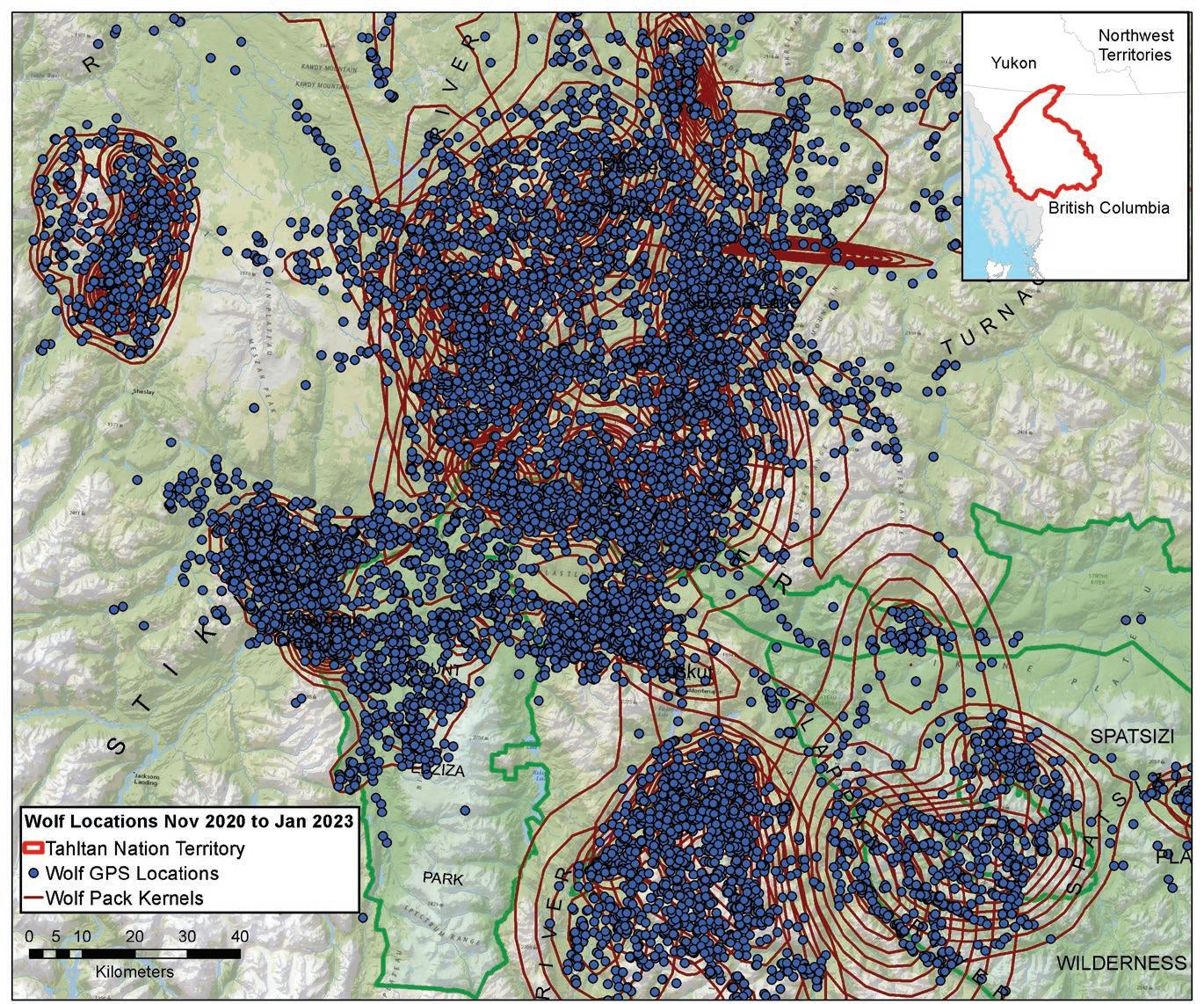
Wolf density estimates are higher than the provincial estimates and are higher than wolf densities identified for recovering caribou populations (three wolves/ 1000 km² Environment Canada 2012) and stable caribou populations (six wolves/1000 km² Hatter and Bergerud 1991, Hatter 2019).
1 https://tahltan.org/
2 https://yukon.ca/en/grey-wolf
3 https://yukon.ca/en/grey-wolf
Map 5. Wolf GPS seasonal locations in central Tahltan Territory 2020 to 2023
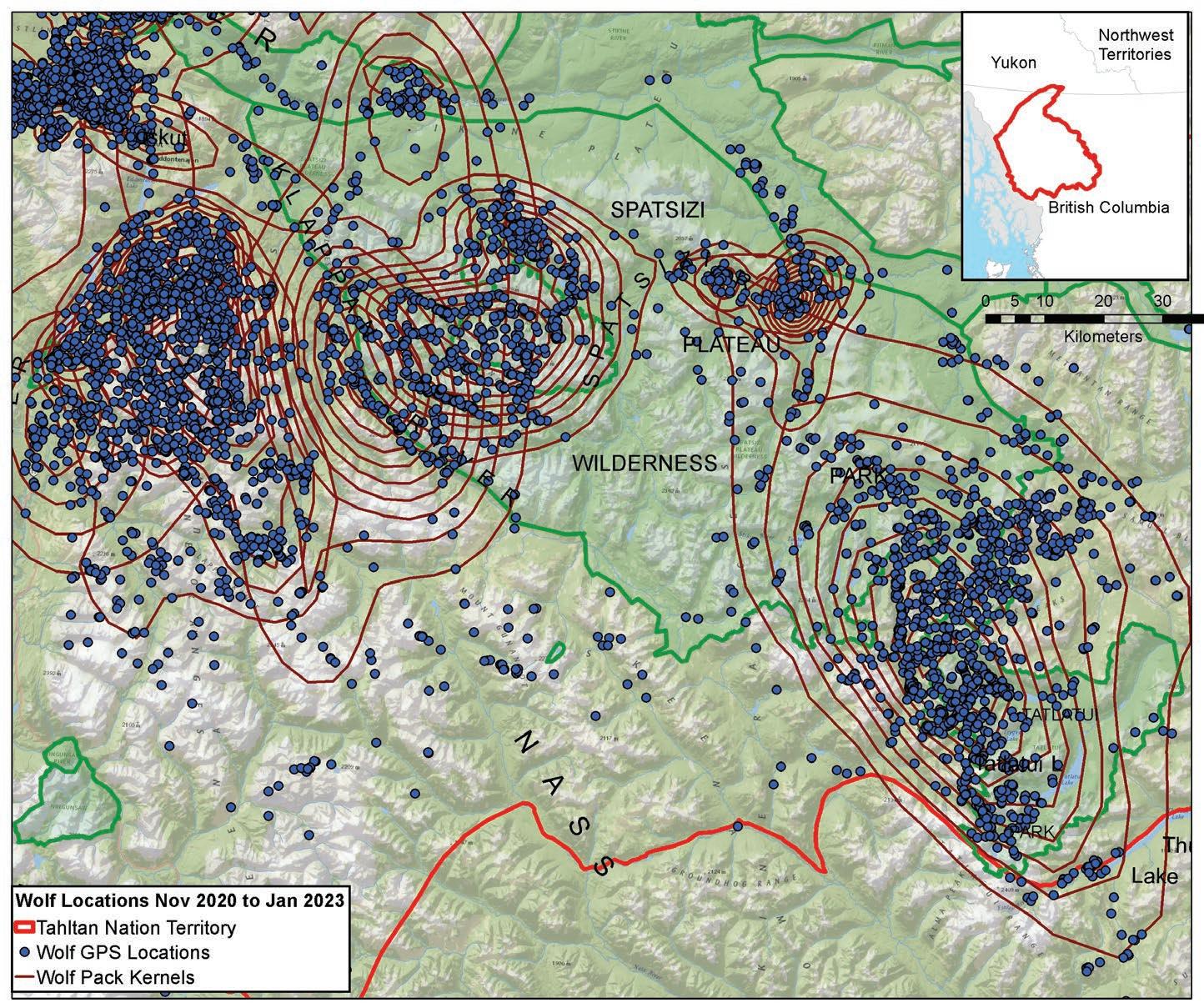
 Map 6. Wolf GPS seasonal locations in southwest Tahltan Territory 2020 to 2023.
Map 6. Wolf GPS seasonal locations in southwest Tahltan Territory 2020 to 2023.
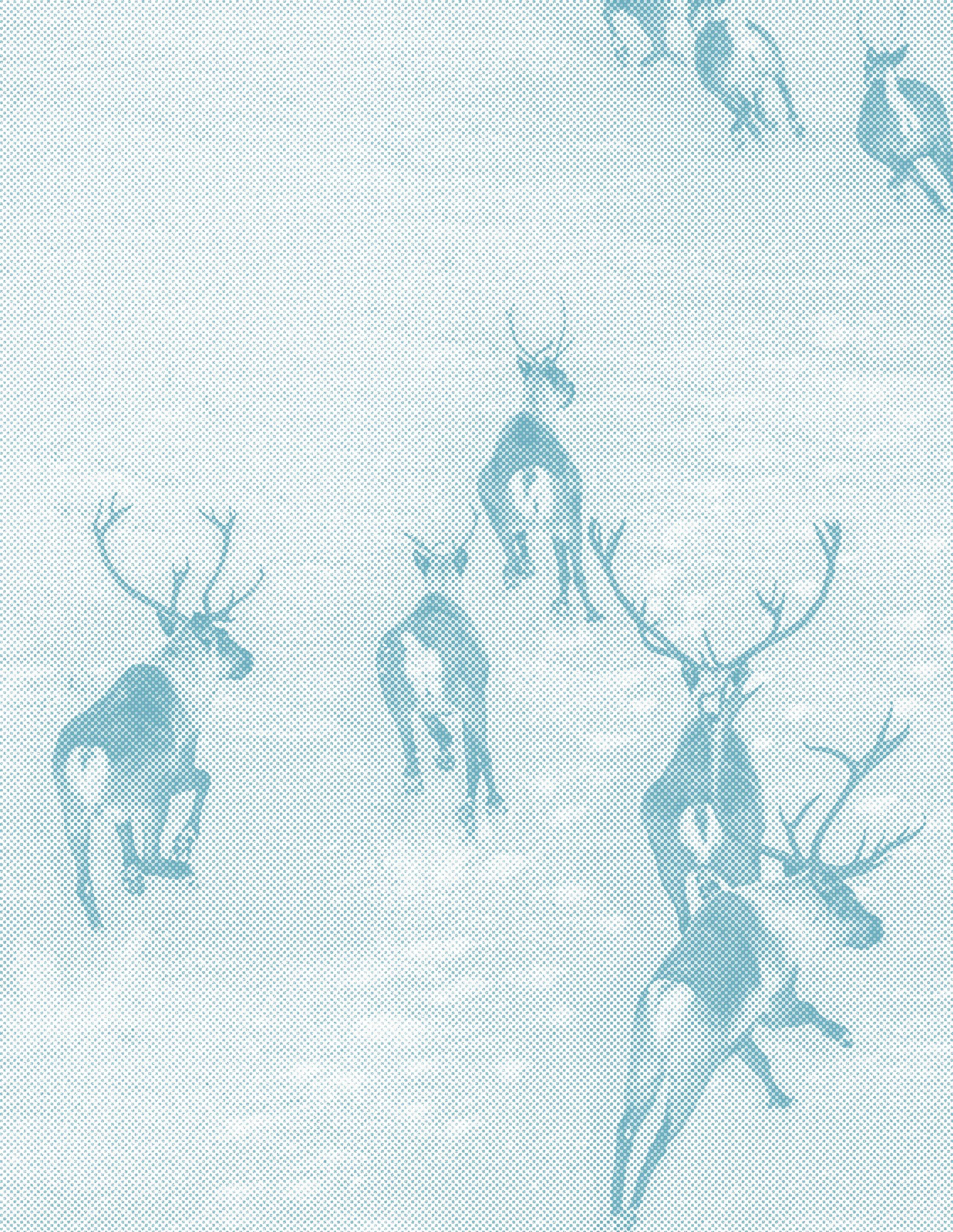
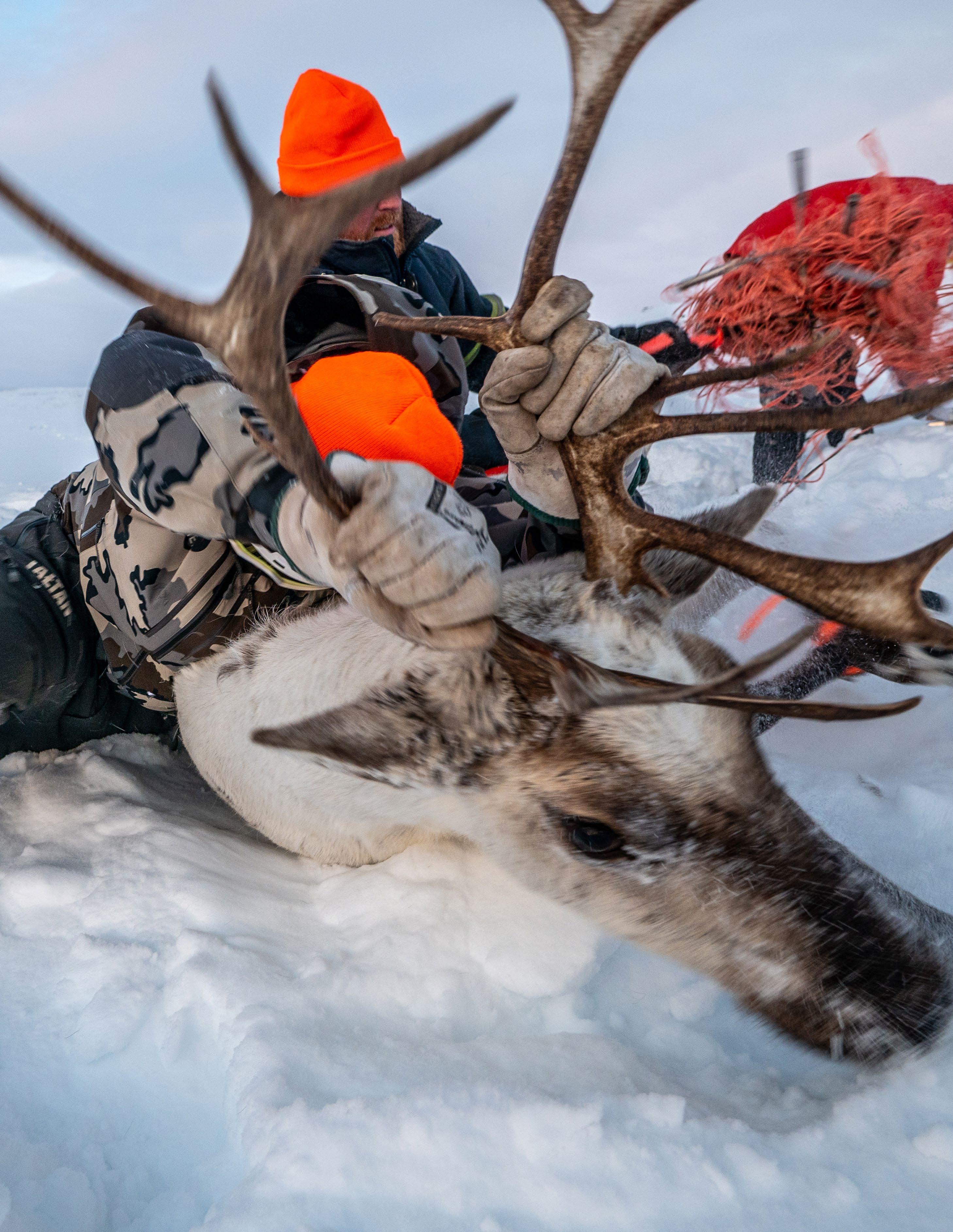
TCG’s Guardians were able to trap a total of 19 wolves last winter 2021/22 from Klappan, Tseneglode, Willow Creek, Muddy Lake Road, Burnt Trailer, and Dease River. During that time, Tahltan community members utilized the incentivized harvesting program to hunt and trap an additional 14 wolves from various locations. Bringing the total number of animals removed in 2021-2022 from the landscape to 33. The harvest incentive remains for wolves and Grizzly bears but is no longer in place for black bears.
TCG Guardians and Predator Management Technicians are continuing the trapping program this winter 2022/2023 with a total of 15 wolves trapped to date. Nine wolves from Tseneglode Mountain, one from Goldpan, one from Dease Lake, one from Muddy Lake, and three from Klappan Railway Grade.
Tahltan community members also harvested five additional wolves to date, one from Stikine River, three from Kiniskan Lake, and one from Old Burn Road: bringing the total number of wolves removed to date to 20 animals.
Additionally, we were able to deploy collars on wolf packs at Dease Lake, Level Mountain, and Klappan last winter. We had planned on deploying two more collars, but poor snow conditions forced us to postpone our final day of wolf captures to this winter. This is in addition to collars on wolf packs in Edziza, Telegraph Creek, Iskut, and Spatsizi. Information gained from these collars will be used to plan further predator management actions and support changes in caribou, sheep, and moose management.
 Left: Guardian Clements Brace skinning a fox. Skinning a wolf can take 8 or so hours.
Top right: Guardian Clements Brace in pursuit of the Tseneglode pack.
Left: Guardian Clements Brace skinning a fox. Skinning a wolf can take 8 or so hours.
Top right: Guardian Clements Brace in pursuit of the Tseneglode pack.
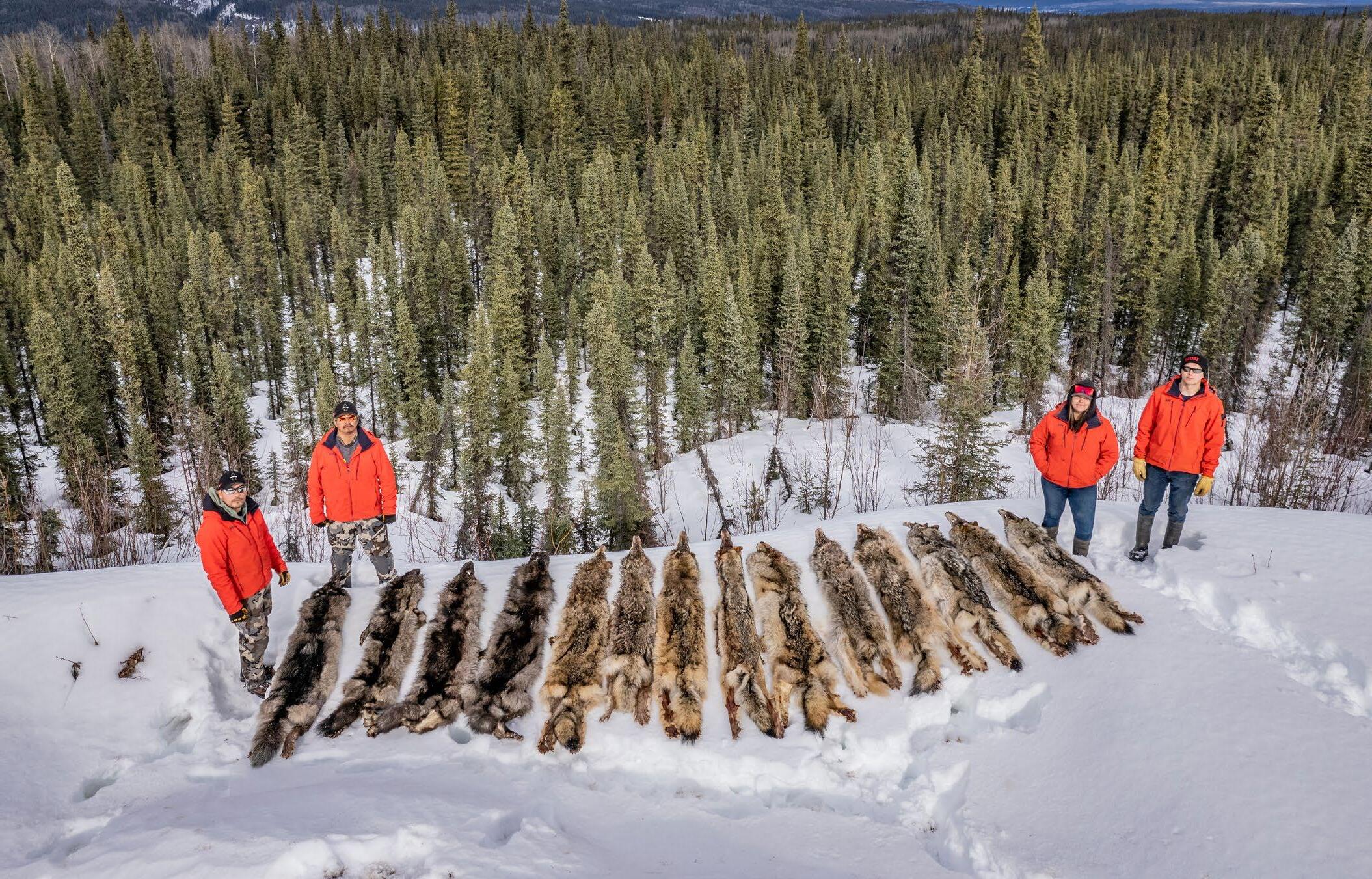
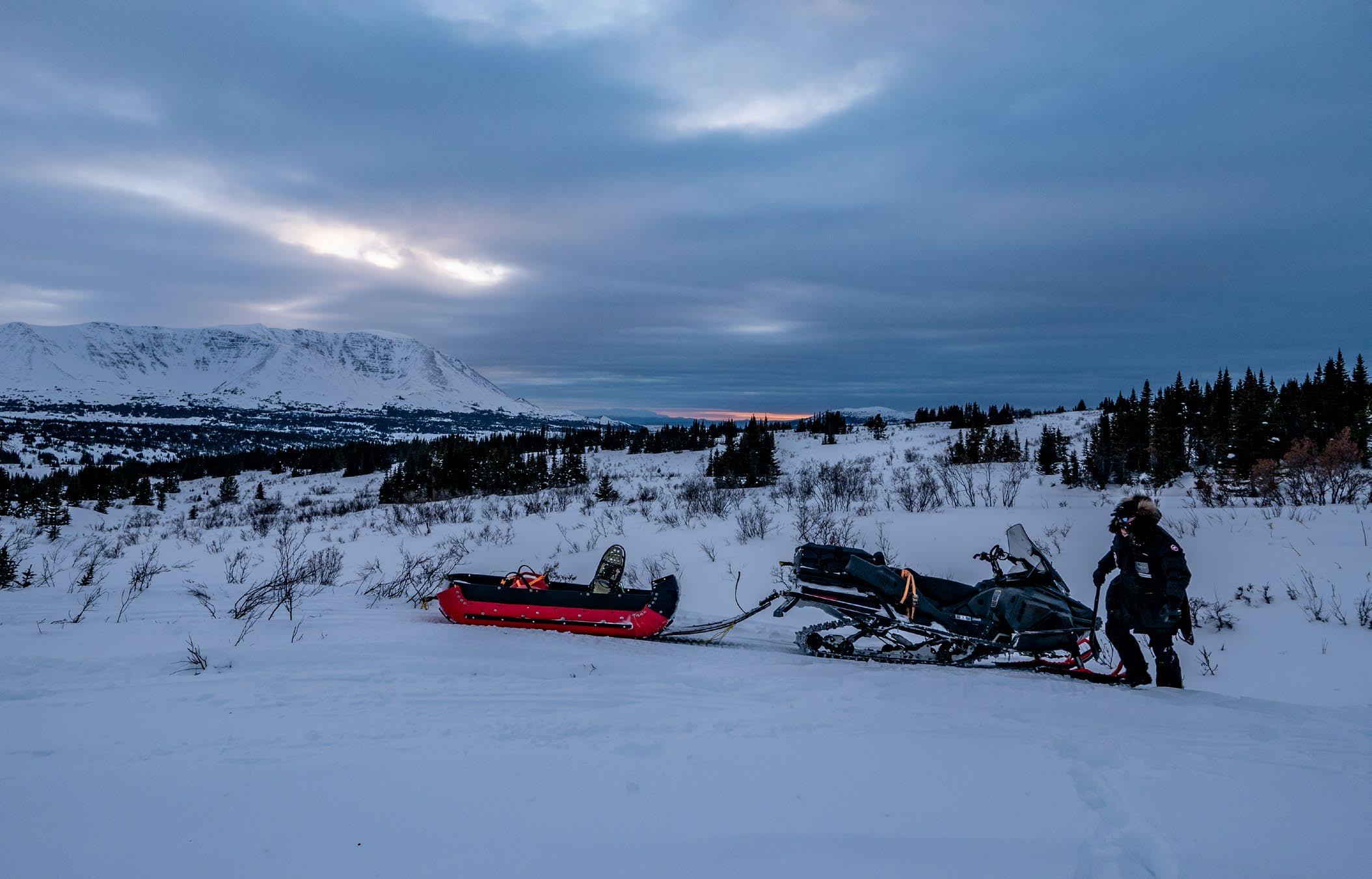
Front Cover — Stone’s sheep, Tahltan Territory
Page B/C — Spawning Sockeye salmon, Tahltan Lake
Page 7 — Capturing spawning Sockeye during the egg take at Tahltan Lake
Page 10 — Grizzly fishing in Johnny Tashoots Creek Look closely to see the salmon below
Page 12 — One of the Edziza herd caribou looks back after being collared
Page 16 — Guardian Clements Brace untangles a caribou for collaring up by Tuya Lakes
Page 20 — Interim Wildlife Director Westin Creyke heads out to net gun caribou for collaring
Page 21/22 — Interim Wildlife Director Westin Creyke releases an Edziza herd caribou after collaring
Page 32 — Wolf tracks revealing their activity around Richard and Dwayne’s Klappan trapping site
Page 35/36 — Interim Wildlife Director Westin Creyke with his Stone’s sheep
Page 39/40 — Stone’s sheep, Tahltan Territory
Page 41 — Cooking up sheep meat on the mountain
Page 42 — Blake Asp hunting photo submission
Page 49 — Susan Kelly and Cynthia Framst clean fish at the Three Sisters Fish Camp
Page 50 — Hailey McPhee fishing photo submission
Page 58 — Drew Inkster, Clint Callbreath and Michael Nole prepare to catch sockeye for the Tahltan Lake egg take
Page 63 — The Stikine
Page 66 — Tahltan Lake In Spring Photo by Drew Inkster
Page 68 — Margaret Asp and Peter Carlick-Beck coming home to the DFO camp
Page 79/80 — Spawning sockeye at Tahltan Lake
Page 81/82 — Andrade Louie on the hunt
Page 87 — Drew Inkster sterilizing salmon for the egg take
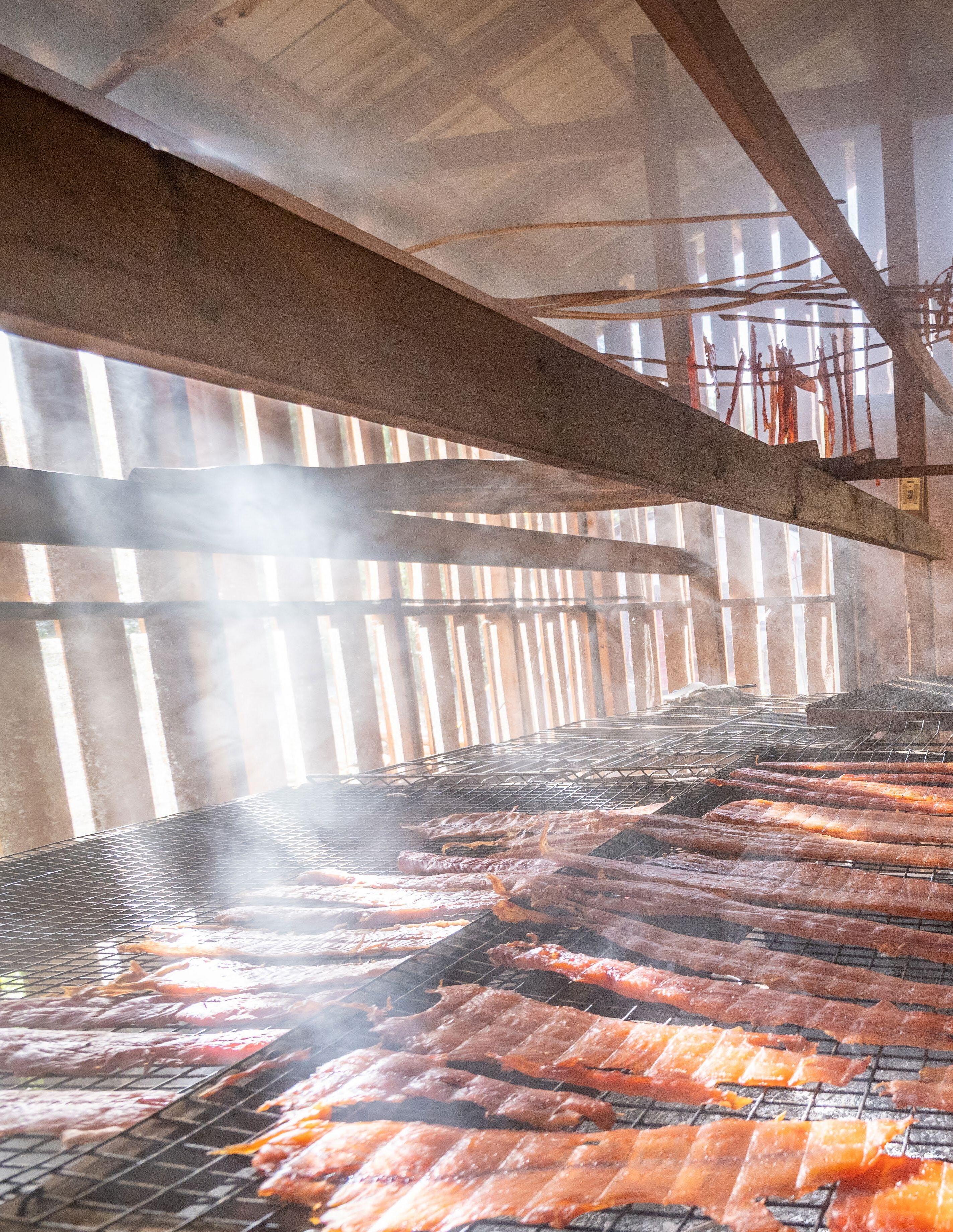
Page 89/90 (pull out) — Spawning sockeye heading up Johnny Tashoots Creek
Page 91/92 (pull out) — Stone's sheep, Tahltan Territory
Page 94 — Drew Inkster and Fabian Vance during the Tahltan Lake egg take
Page 106 — Interim Wildlife Director Westin Creyke wrangles a Tseneglode caribou out of a net for collaring
Page 109/110 — The Ball’s fish house at Winter Creek
Back Cover — Sockeye headed out to Tahltan Lake
